The advent of the IoT has led to changes on how Australians live and work. With the IoT devices turning into the drivers of the industries, comprising smart cities and healthcare, the necessity to explore the subject of the IoT security within the framework of the cybersecurity has never been as urgent as now. In 2024, Australia reported more than 1,113 data breaches reports, which represented a 25 % increment compared to the previous year. By the end of 2024, more than 18.8 billion IoT devices were worldwide, representing almost 75 percent of all connected devices.
Due to the intimate IoT integration into highly sensitive facilities like hospitals, utilities, and supply chains, poor IoT security can bring whole networks to their knees. This blog discusses the practical meaning of IoT security in cybersecurity, the major categories of security, gives practical examples, and explains how the whole thing works in the context of the Australian constantly changing threat environment.
What Is IoT Security in Cybersecurity?
IoT security in cybersecurity refers to the practices, protocols, and technologies used to safeguard internet-connected devices and the networks they operate on. Such devices tend to be smart meters, sensors, wearables, and industrial equipment. They all provide potential points of entry for threat actors.
Due to the fact that most IoT devices are lightweight and specialized to perform one task, they tend not to have onboard security. Because of this, they are susceptible to compromise by means such as:
- Unauthorized access or remote control
- Data leakage and interception
- Malware injection (e.g., botnets such as Mirai)
- Side-channel attacks in industrial environments
IoT device security mitigate these threats through secure booting, firmware integrity checks, encrypted communication, and device authentication. IoT security in regulated industries, such as healthcare and energy, will also have to comply with data protection laws, such as the Australian Privacy Act and industry-specific models, such as the Essential Eight.
By covering the whole lifecycle of IoT devices from provisioning and connectivity to decommissioning, organizations can steer clear of blind spots that result in breaches.
Why IoT Matters in Australia
IoT adoption is gaining speed all over Australia, particularly in smart homes, utilities, agriculture, and transportation. With more devices going online, it is becoming essential to secure them, not merely for privacy, but also for public safety and business continuity.
Following are the reasons IoT security is of special significance in Australia:
- Increased attack surface: More and more unmonitored or legacy endpoints IoT security can be targeted to compromise larger systems.
- Dependency on critical infrastructure: Industries such as power grids, water supply, and emergency services depend on IoT controls. One breach can halt operations or put lives at risk.
- Pressure to comply: Laws such as the Privacy Act and advice from the Australian Cyber Security Centre (ACSC) compel organizations to secure personal and business information passing through connected devices.
- Government initiative for secure-by-design: Plans in the Australian Cyber Security Strategy 2023–2030 emphasize the need to “hard wire” security across a device’s lifetime.
- Reputational and financial threats: IoT compromises with customer information can result in fines, legal action, and a substantial erosion of public confidence.
- Onset of 5G and edge computing: Decentralized and increased data processing speed eliminates the need for perimeter security, highlighting the need for endpoint-level security and segmentation.
By tackling these particular challenges, Australian companies can remain one step ahead of the threats and ensure that innovation is not at the expense of security. A tailored security risk assessment can help Australian enterprises prioritize their most vulnerable IoT endpoints before attackers do.
Read our latest guide on IoT Security Audit.
Types of IoT Security
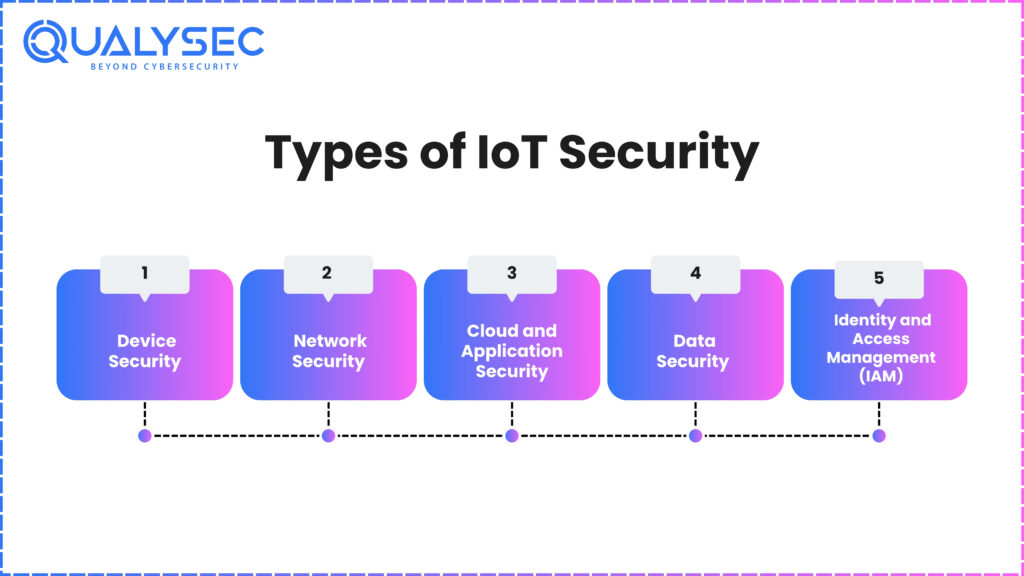
IoT security is not a single, monolithic solution. Defending connected devices demands layers of protection. These are the primary IoT security risks methods, each addressing various elements of the threat profile:
1. Device Security
- Secures the hardware and embedded software.
- Goes through secure boot mechanisms, firmware signing, tamper evidence, and OS hardening.
- Example: Locking down smart meters or connected health devices so they cannot be remotely reprogrammed without authenticated permission.
2. Network Security
- Prioritizes the protection of communication among IoT devices, gateways, and central servers.
- Depends on firewalls, VPNs, intrusion detection systems (IDS), and network segmentation.
- Example: Segregating a smart thermostat network from core enterprise systems to hinder lateral movement in case of compromise.
3. Cloud and Application Security
- Guards data as it’s being transmitted to and processed in cloud services or centralized platforms.
- Includes encryption in transit and at rest, API security, identity access management (IAM), and periodic patching.
- Example: Encrypting telemetry data received from farming IoT sensors by cloud dashboards.
4. Data Security
- Protects the integrity, confidentiality, and traceability of data gathered by IoT devices.
- Employs tokenization, anonymization, blockchain journals, and access controls.
- Example: Anonymizing the user data gathered by fitness trackers prior to analysis.
5. Identity and Access Management (IAM)
- Manages what users, devices, or systems can access others and how much they can access.
- Uses certificates, multi-factor authentication, and device-specific credentials.
- For instance, provision of temporary access to a contractor’s smart surveillance cameras in an office building.
Latest Penetration Testing Report
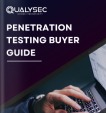
How IoT Security Works
IoT security testing works based on the protection integrated into all parts of the lifecycle of a device, namely its deployment, usage, and retirement, as well as all channels of communication utilized by the devices. It integrates hardware-based controls, software-defined limitations, network segmentation, and cloud-level policies into a single unit.
And this is how it works in reality:
1. Secure Identity Provisioning
During the onboarding process, a device receives a digitally unique identity, e.g. a certificate or cryptographic key. This makes all the communication trusted and verifiable.
2. Continuous Authentication, Authorization
There should be repetitive verification of the identity of devices and users, particularly when sensitive operations are to be carried out. This restricts access and keeps a tight control over functionality of devices.
3. Observing the behavior of Devices
Baseline behavior is established for each device. Deviations of any kind, whether that is an unusual amount of data or a change of IP address, will sound alerts or automatic isolation to further risk.
4. Firmware and over the air (OTA) updates
Security patches are deployed to devices wirelessly. Such updates are signed and validated to ensure that they are not compromised prior to installation.
5. Integration with Threat Detection Systems
SIEM or SOAR platforms are fed with logs and behavioral data by IoT environments. This provides real time observation capability, improves the speed of anomaly detection, and allows automated counter measures such as shutting down of compromised end points.
6. Secure Decommissioning
When a device comes to end-of-life, it is appropriately wiped, deactivated in networks, and its credentials are revoked to annul any outstanding security threat.
The internet of things security does not simply mean the security of devices separately. It is also concerned with preserving integrity of the whole network and denying the move of attackers through interconnected systems.
Common Vulnerabilities & Breaches
Despite the layers of defense, IoT ecosystems still are susceptible to some common vulnerabilities. Such weaknesses are usually realized due to negligence during manufacturing of these devices or improper installation of security measures or even negligence in long term device care.
The major vulnerabilities are:
1. Hardcoded Credentials
A lot of gadgets continue to be sold with default usernames and passwords. Otherwise, hackers can easily take control by using default credentials which are openly available on the internet.
2. Insecure APIs
API is often used in IoT devices to connect to a cloud platform. Improperly implemented or not authenticated APIs may serve as the entrance points to remote attackers.
3. Outdated Firmware
Appliances usually operate on unpatched software. This gives threat actors a chance to exploit known bugs even after fixes have been released.
4. Lack of Encryption for Data in Transit
Plain text IoT Some IoT implementations send sensitive information over plain text. This data can be intercepted and altered, without encryption.
5. Overexposed Interfaces
Unused open ports or interfaces such as Telnet and FTP are usually left open. One may use them to get shell access or execute arbitrary commands.
6. Weak Physical Security
The devices used in industries such as agriculture and infrastructure can be physically configured to be exposed to tampering as they are usually placed in remote or outdoor areas.
The examples of remarkable violations:
- A little while ago in Australia, an API vulnerability was used to tamper with a network of smart parking meters in a large city, calculating fees and payment status.
- A healthcare system integrated with connected insulin pumps had to recall the devices after scientists showed how an attacker could change dosage settings remotely because of the lack of secure wireless communication protocols.
These vulnerabilities should be handled by a blend of improved design standards, rigid vendor selection, periodic penetration tests, and constant surveillance. With the increase in the number of industries in Australia utilizing the IoT, the dangers associated with such gaps should no longer be overlooked.
Best Practices for IoT Security
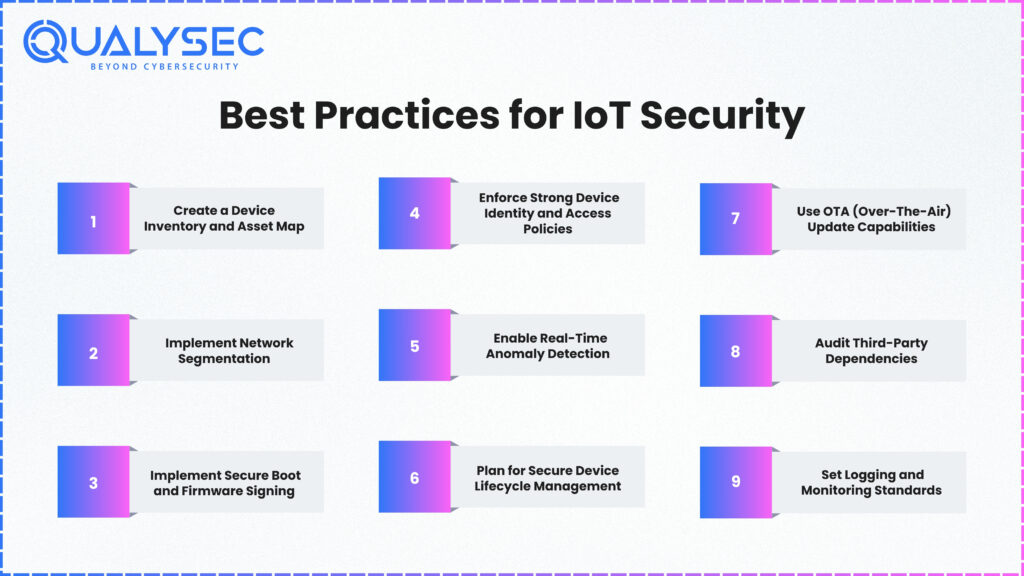
With IoT ecosystems still growing across industries such as healthcare, mining, logistics, and smart cities in Australia, having a systematic approach to security is paramount. What follows are actionable, real-world advice businesses can follow to effectively secure IoT environments:
1. Create a Device Inventory and Asset Map
Start with a live inventory of all the IoT devices on your network, including manufacturer, model, firmware version, and access rights.
2. Implement Network Segmentation
Segregate IoT devices from mission-critical systems with VLANs or firewalled subnets. If a device is compromised, this prevents lateral movement to other areas of the infrastructure.
3. Implement Secure Boot and Firmware Signing
Only let trusted firmware run on devices by enforcing cryptographic validation during boot time. This minimizes the risk of rootkits or firmware-level attacks.
4. Enforce Strong Device Identity and Access Policies
Assign unique identities to all devices and enforce least-privilege rules for what they may access. Implement mutual authentication wherever possible.
5. Enable Real-Time Anomaly Detection
Add behavioral analytics to identify out-of-the-ordinary traffic activity, failed login attempts, or unusual command sequences.
6. Plan for Secure Device Lifecycle Management
Make onboarding procedures, secure decommissioning processes, and data wiping when devices are retired or replaced part of the plan.
7. Use OTA (Over-The-Air) Update Capabilities
Select devices with secure remote firmware update capabilities. Require update mechanisms to be encrypted and authenticated.
8. Audit Third-Party Dependencies
Periodically assess vendors providing hardware, software, and cloud services‘ security posture. Unvetted third parties might bring embedded risks.
9. Set Logging and Monitoring Standards
Centralized logging across IoT gateways and applications assists in quicker incident investigation and compliance monitoring.
By integrating these practices into their IoT strategy, Australian companies can significantly minimize the attack surface, identify problems sooner, and respond more quickly when threats do arise. Regular cyber security testing ensures these best practices remain effective and continuously updated against evolving IoT threats.
Our experts at Qualysec have helped secure fintech, SaaS, and enterprise systems across 25+ countries. Manual + Automated Pentesting. No false positives. Actionable reports.

Common Mistakes to Avoid
Nevertheless, despite the increased awareness, numerous organizations in Australia still tend to repeat the same mistakes associated with the implementation of IoT security standards. Such errors usually keep crucial systems vulnerable not due to the absence of the necessary tools but the inconstancy of ideal practices.
1. Leaving Default Credentials Unchanged
A number of high-profile breaches were observed to have originated in devices that were using the factory-set username and password. Attackers exploit this low-hanging fruit using automated scripts that scan for publicly known credentials.
2. Ignoring Firmware Updates
Unlike applications or operating systems, the IoT devices do not necessarily notify users about the need to update the firmware. This predisposes them to be easily attacked by malicious individuals through known CVEs (Common Vulnerabilities and Exposures). In 2023, there were several exploits initiated against Australian smart energy meters running vulnerable firmware.
3. Not Segmenting IoT Networks
A considerable number of businesses continue to interlink IoT to the same network as the operations. When a sensor or camera is compromised, it may be used as a pivot to perform lateral movement by the attackers and have a direct path to sensitive data environments.
4. Assuming VPNs Alone Are Sufficient
As much as VPNs offer encryption of traffic, they lack the capability of validating device identity or behavior. When improperly configured, VPNs can give rogue devices access to internal networks without adequate vetting.
5. Skipping Continuous Monitoring
Risk assessments once a year or one-time audits are not sufficient any more. Attackers are growingly depending on patience and persistence. It is very difficult to detect an anomaly without 24/7 visibility into device behavior and data flow, by the time the damage is detected, it is usually real.
Such errors are not mere hypothetical ones. With compromised CCTV cameras to hijacked industrial controls, neglecting the fundamentals is still resulting in operational and reputational damage.
Leading IoT security Companies to Know in 2025
Why Qualysec to deal with IoT Security in Cyber Security
Since IoT ecosystems are becoming increasingly complex, Australian businesses require more than off-the-shelf security assessment tools. They require experts that get the intricacies of linked gadgets, novel threat avenues, and regulatory demands. This is the place where Qualysec differs.
What Makes Qualysec a Reliable IoT Security Partner:
- The extensive knowledge in the field of IoT Penetration Testing: Qualysec conducts simulated attacks on the real IoT devices to identify vulnerabilities in firmware, insecure APIs, and ineffective authentication models. These are cross- Referenced against known CVEs and OWASP IoT Top 10 so that nothing is missed.
- Secure-by-Design Consulting for Manufacturers: In case you are developing IoT products, Qualysec can help with secure architecture design. This consists of examining bootloader integrity, firmware hardening and the incorporation of secure OTA (Over-the-Air) update systems.
- End-to-End Risk Assessment: Qualysec offers end-to-end IoT ecosystem testing, device-to-cloud and app-to-network. This involves threat modelling, data flow analysis and encryption protocol analysis on all layers of communications.
- Compliance Alignment: For your business to be compliant with either ISO 27001, SOC 2, or domain-specific requirements such as the Australian Privacy Principles (APPs), Qualysec provides audit-ready reports and remediation recommendations based on these standards.
- DevSecOps readiness and CI/CD Integration: At enterprise organizations implementing IoT solutions on a large scale, Qualysec provides security as a part of the development process, automating the most important tests without causing delivery pipelines to bog down.
- Local Relevance, Global Experience: Having clients in the US, Europe, and Asia-Pacific, Qualysec implements global intelligence in the resolution of local issues. Their IoT security specialists are prepared to deal with both consumer-grade and industrial IoT settings.
If you are responsible in healthcare, utilities, manufacturing or smart cities to manage connected devices, Qualysec services will provide you with the visibility, detail and accuracy to secure them.
Talk to our Cybersecurity Expert to discuss your specific needs and how we can help your business.
Conclusion
The dependence of Australia on connected devices is increasing, and hence the need to secure them is becoming urgent. Whether it is a healthcare monitor, a smart grid, logistics tracker, or a consumer wearable, every device connected to the IoT creates a possible entry point of a cybersecurity threat. To maintain a high level of IoT security, it is essential to ensure more than just superficial security measures; instead, implement proactive, non-stop, and personalized defense. It is not only meant to protect data but also national infrastructure, the supply chain, and the trust of the people.
Explore our IoT Penetration Testing services and schedule a free consultation to discover how we can help you reduce exposure, comply with regulations, and secure your IoT ecosystem from design to deployment.
Frequently Asked Questions (FAQ)
Q1. What is IoT security in cybersecurity?
Ans: Cybersecurity IoT security is the strategies, tools, and practices applied to defend connected devices and networks in the Internet of Things. It includes such aspects as securing the firmware of devices and network protocols, as well as controlling the privacy of data and its unauthorized access.
Q2. What are the three types of IoT security?
Ans: Device-level Security – Secures the physical device, and device firmware, such as access controls and secure boot.
Network-level Security – protects the communication layer by means of such protocols as TLS, VPNs, and network dividing.
Cloud-level Security-Concentrates on securing the data that is stored or processed in cloud, identity management and encryption at rest.
Q3. How can IoT be used for security?
Ans: IoT surveillance cameras, motion sensors, smart locks, biometric readers, etc. are currently being employed to improve physical and cyber security. When combined with AI and analytics, they assist in intrusion detection, automatized alerting and enhance the response time.
Q4. What are the IoT applications in cybersecurity?
Ans: IoT plays a role in cybersecurity by:
- Monitoring endpoints for anomalies
- Supporting threat detection via smart sensors
- Enhancing access control with connected ID systems
- Helping audit compliance with real-time data trails
These applications strengthen overall situational awareness and resilience across sectors like healthcare, manufacturing, energy, and smart cities.

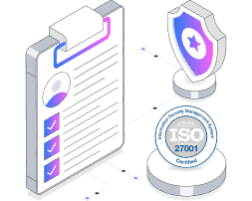
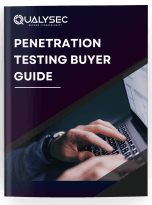


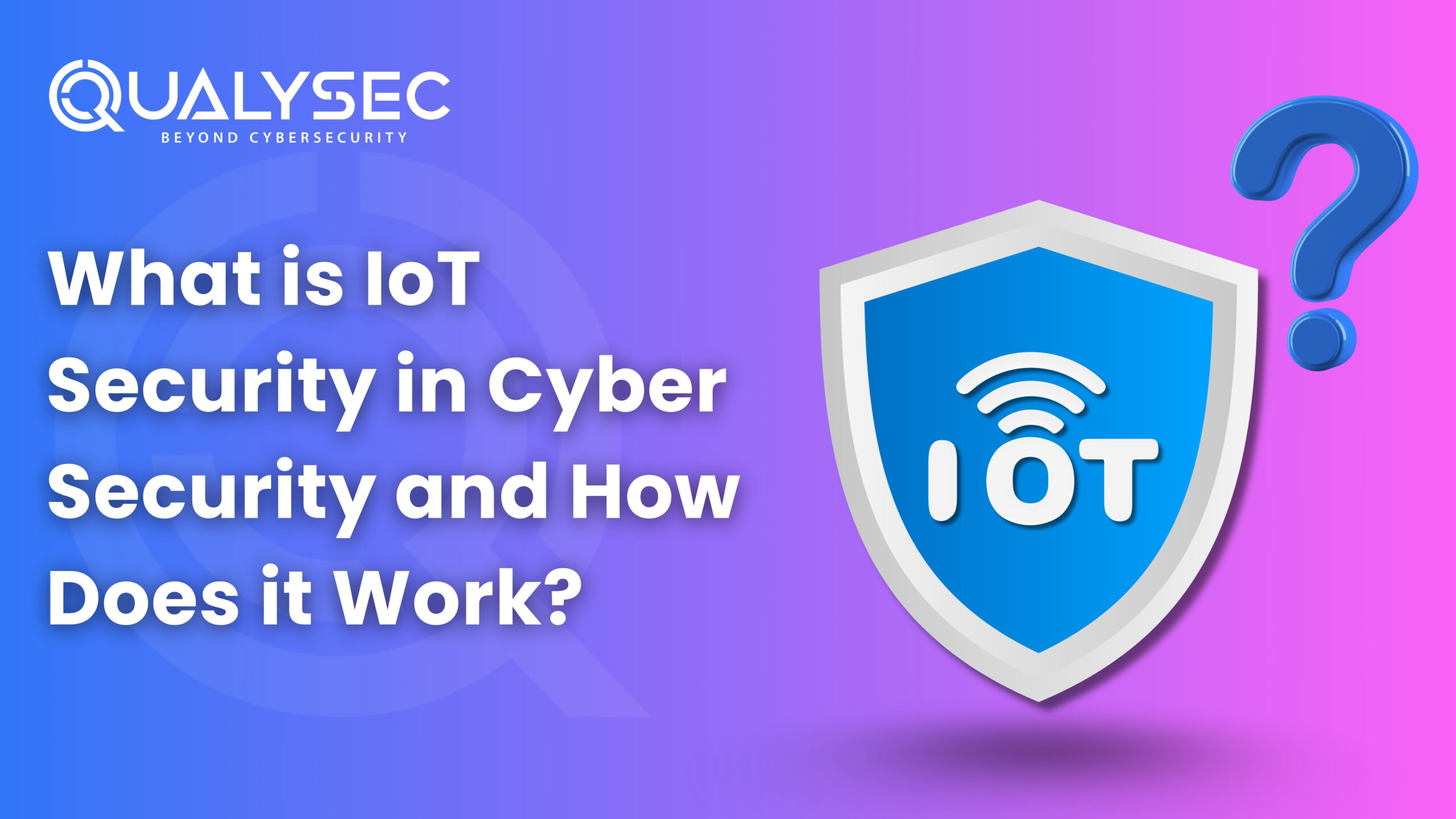



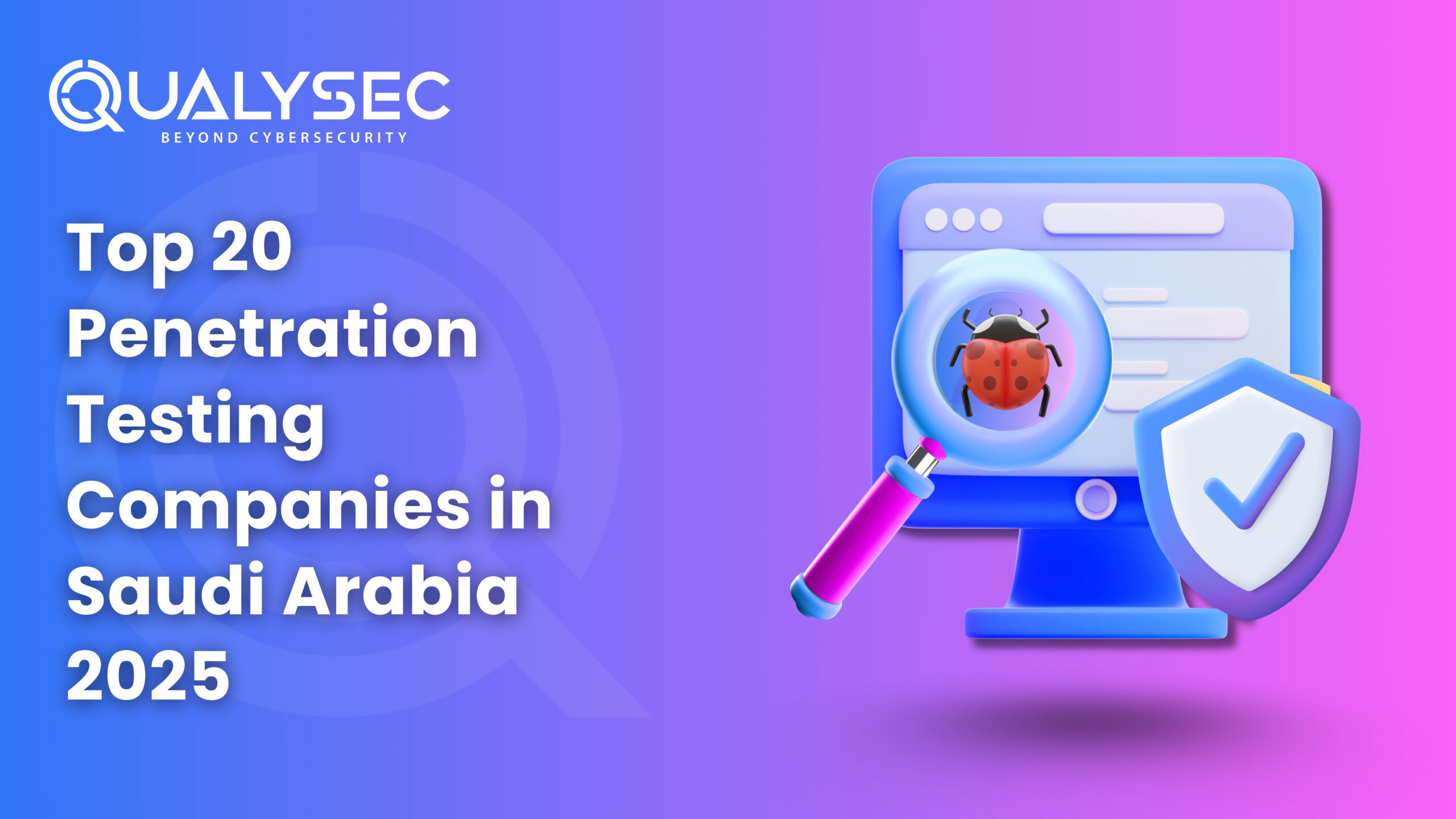
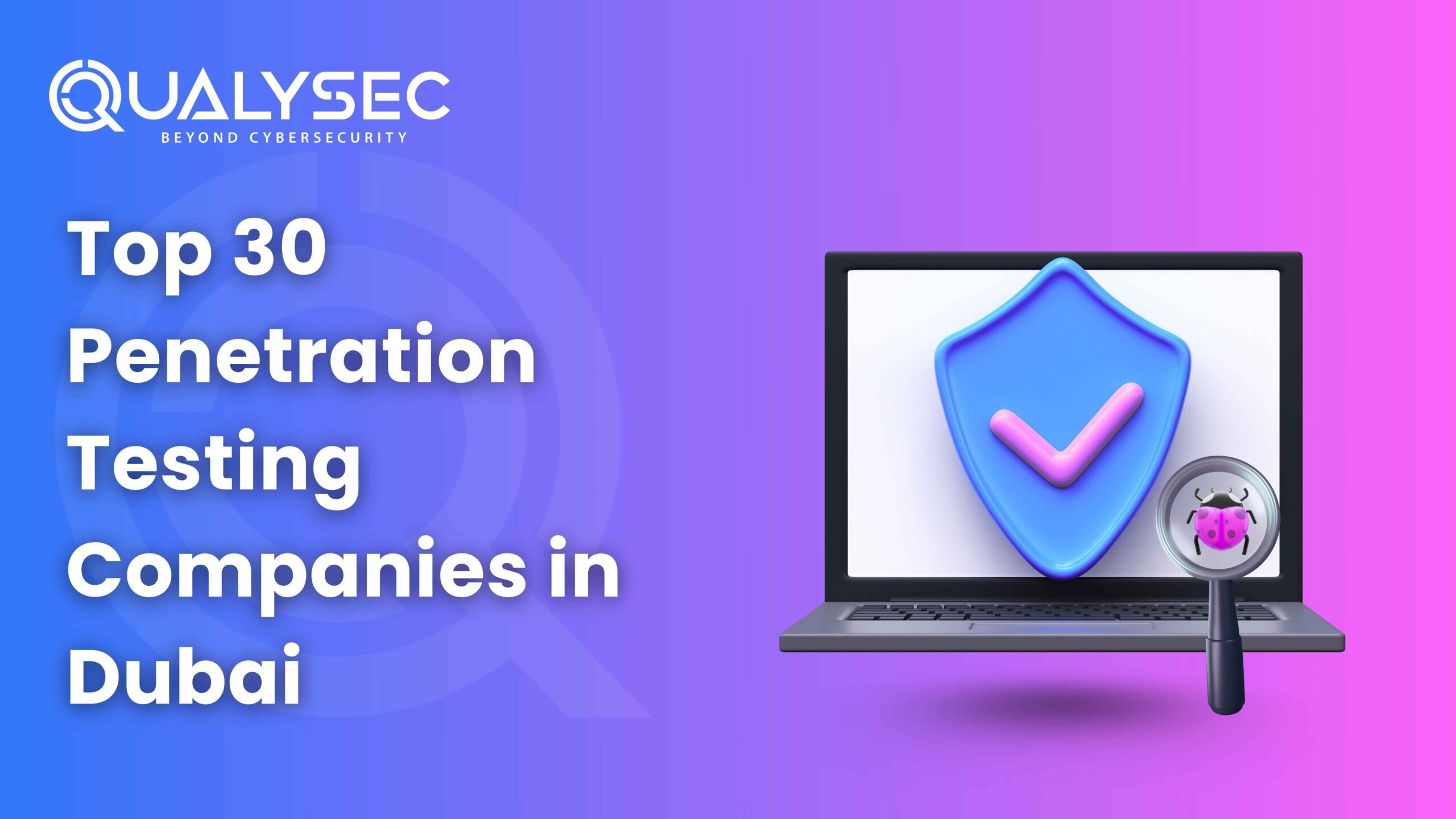

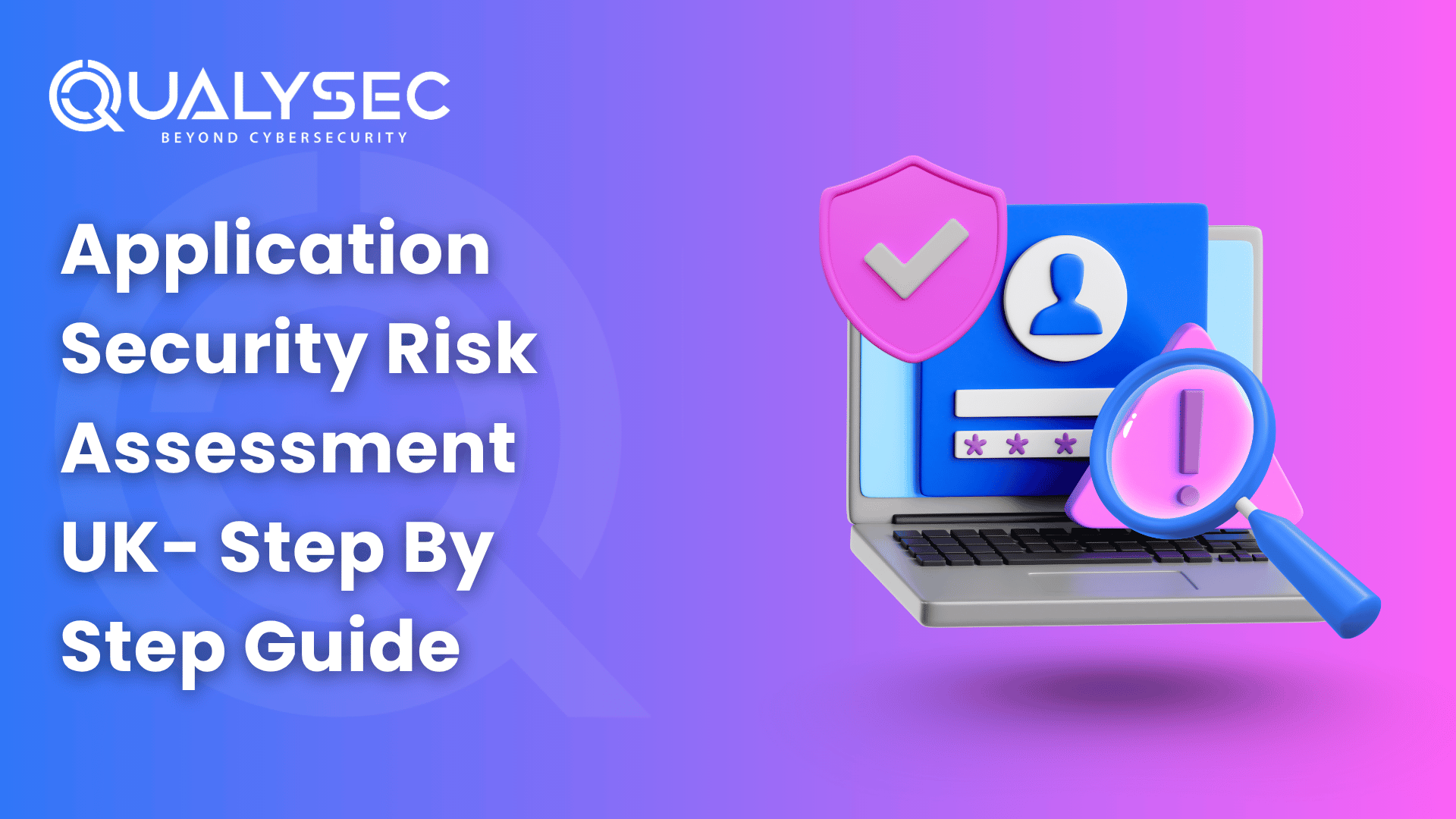
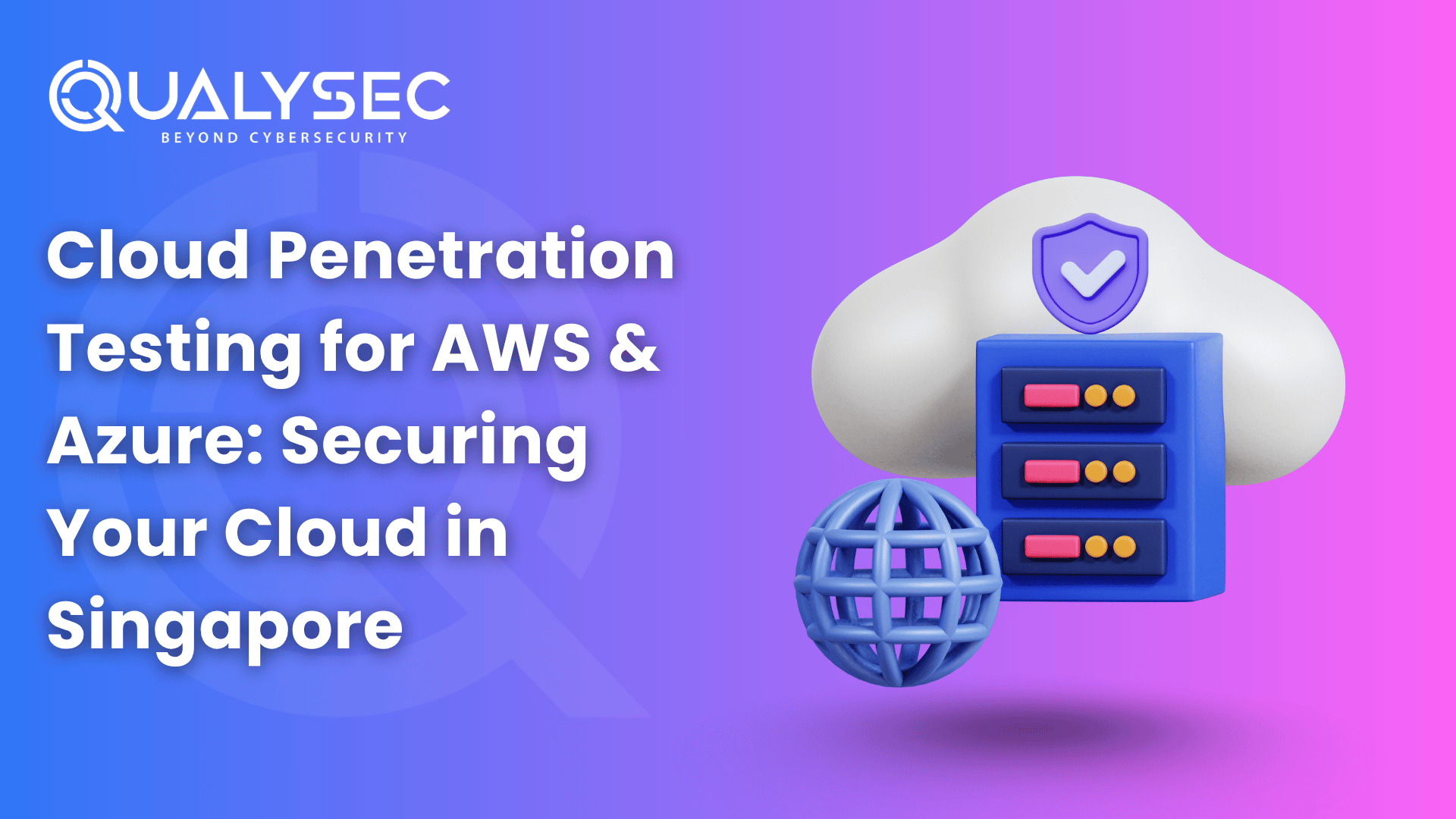
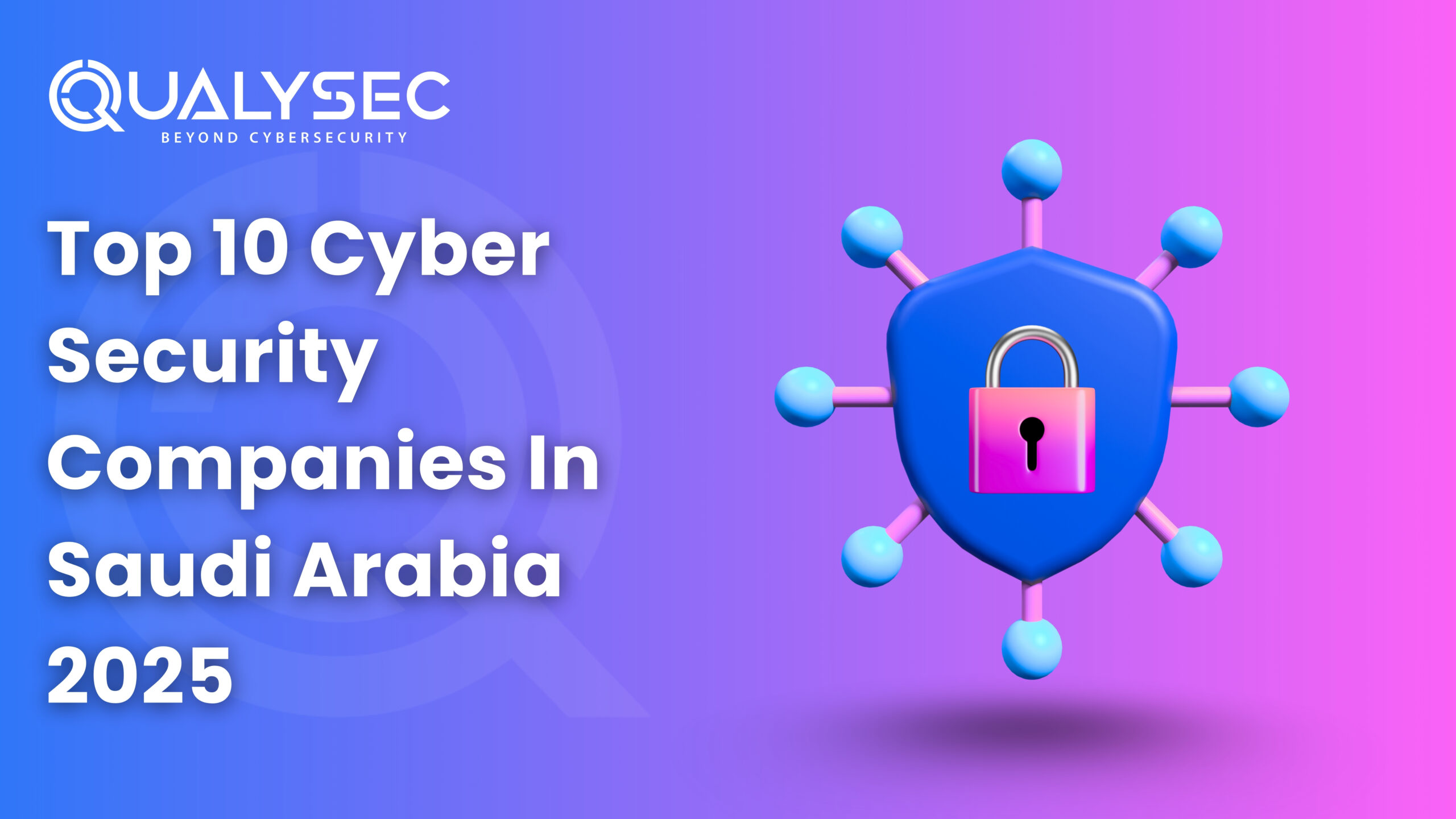
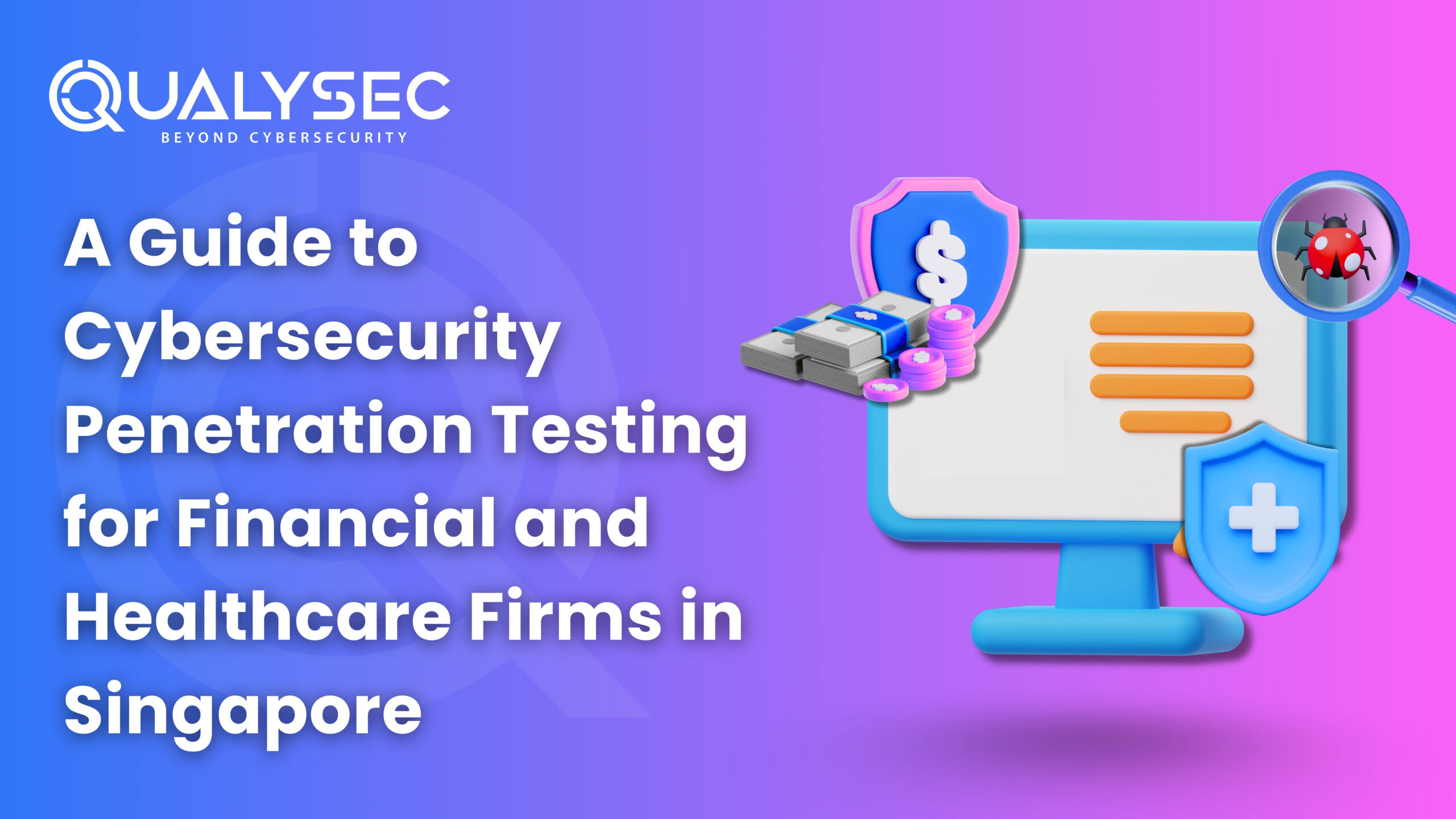

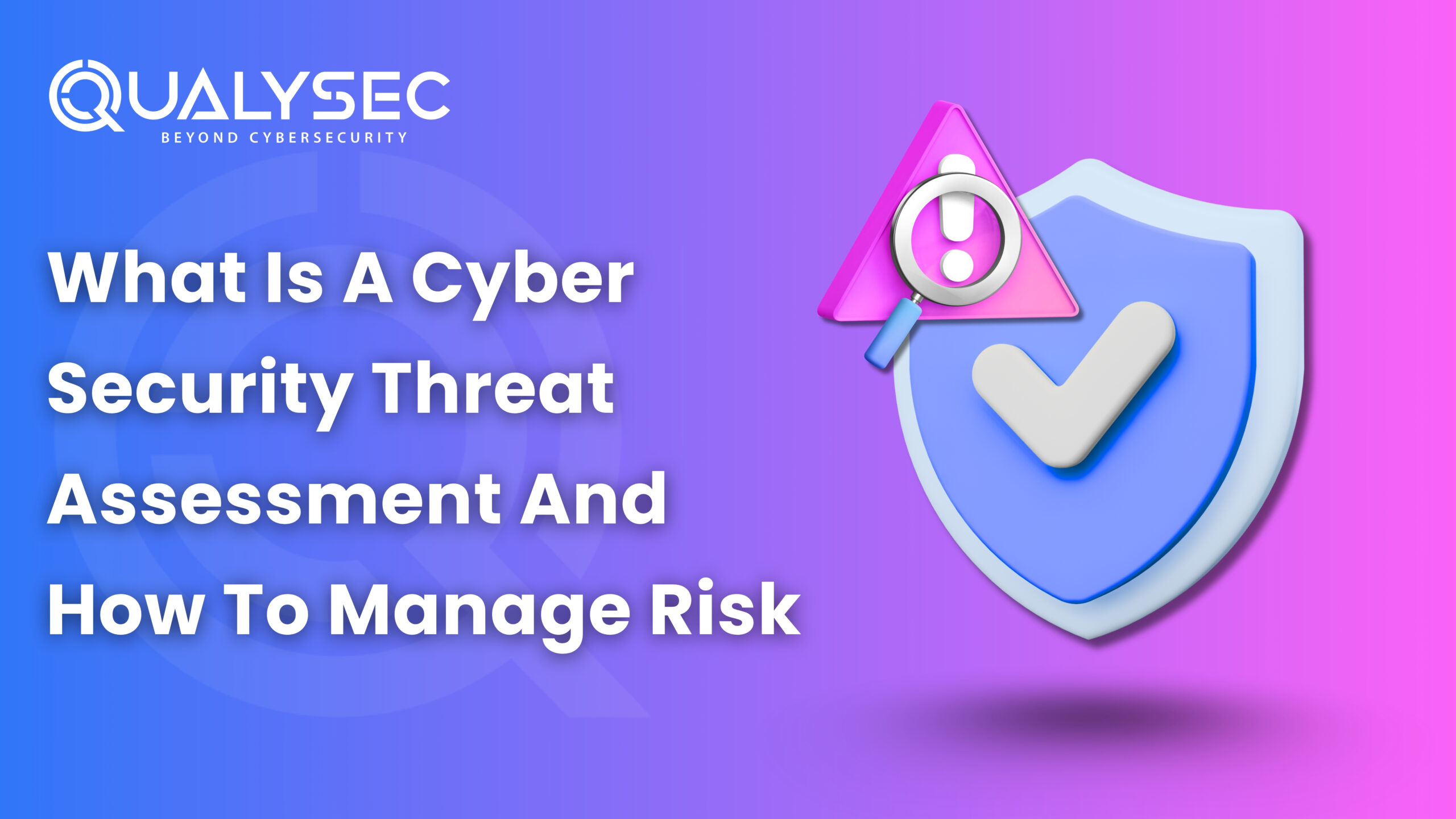



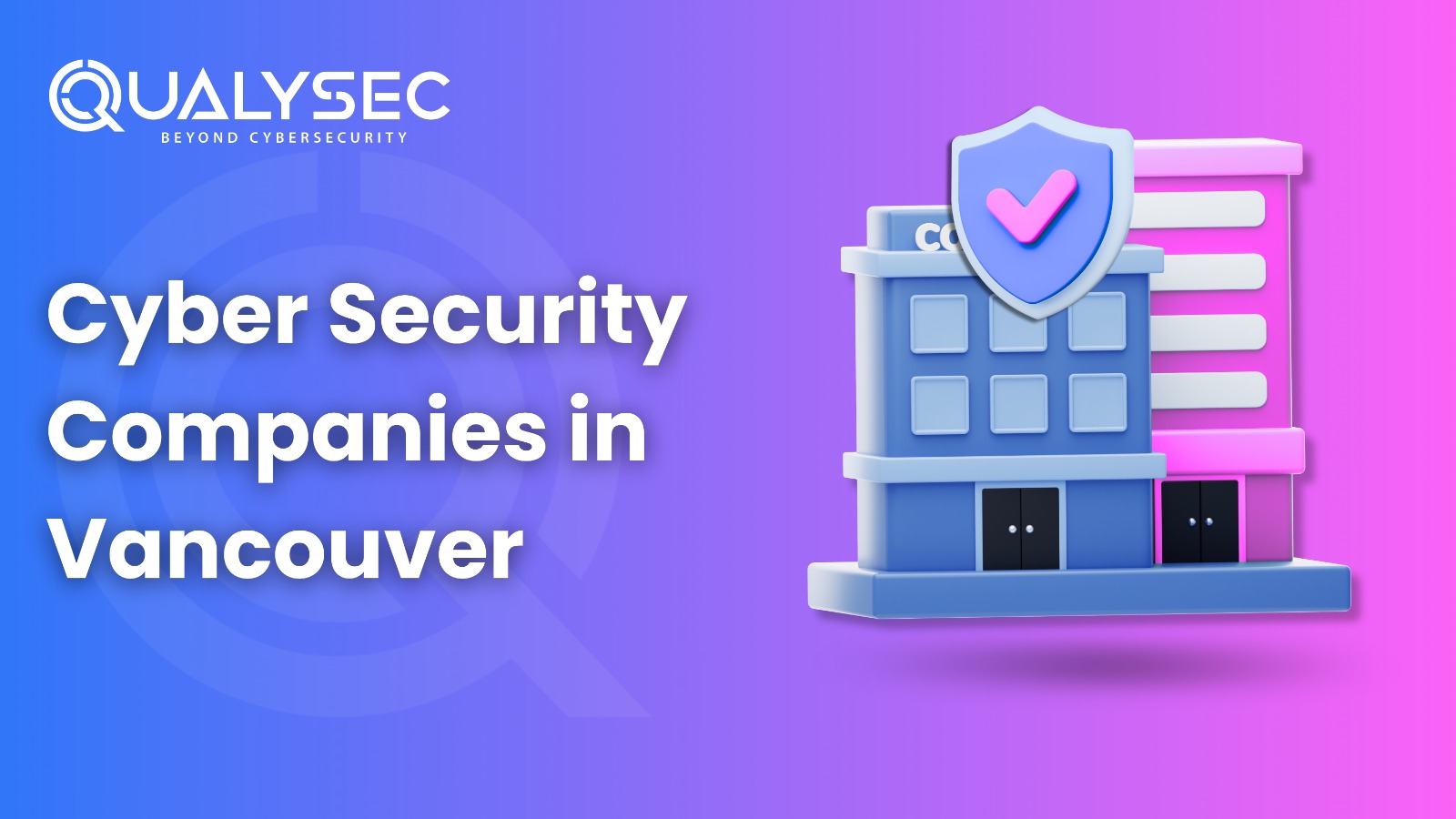
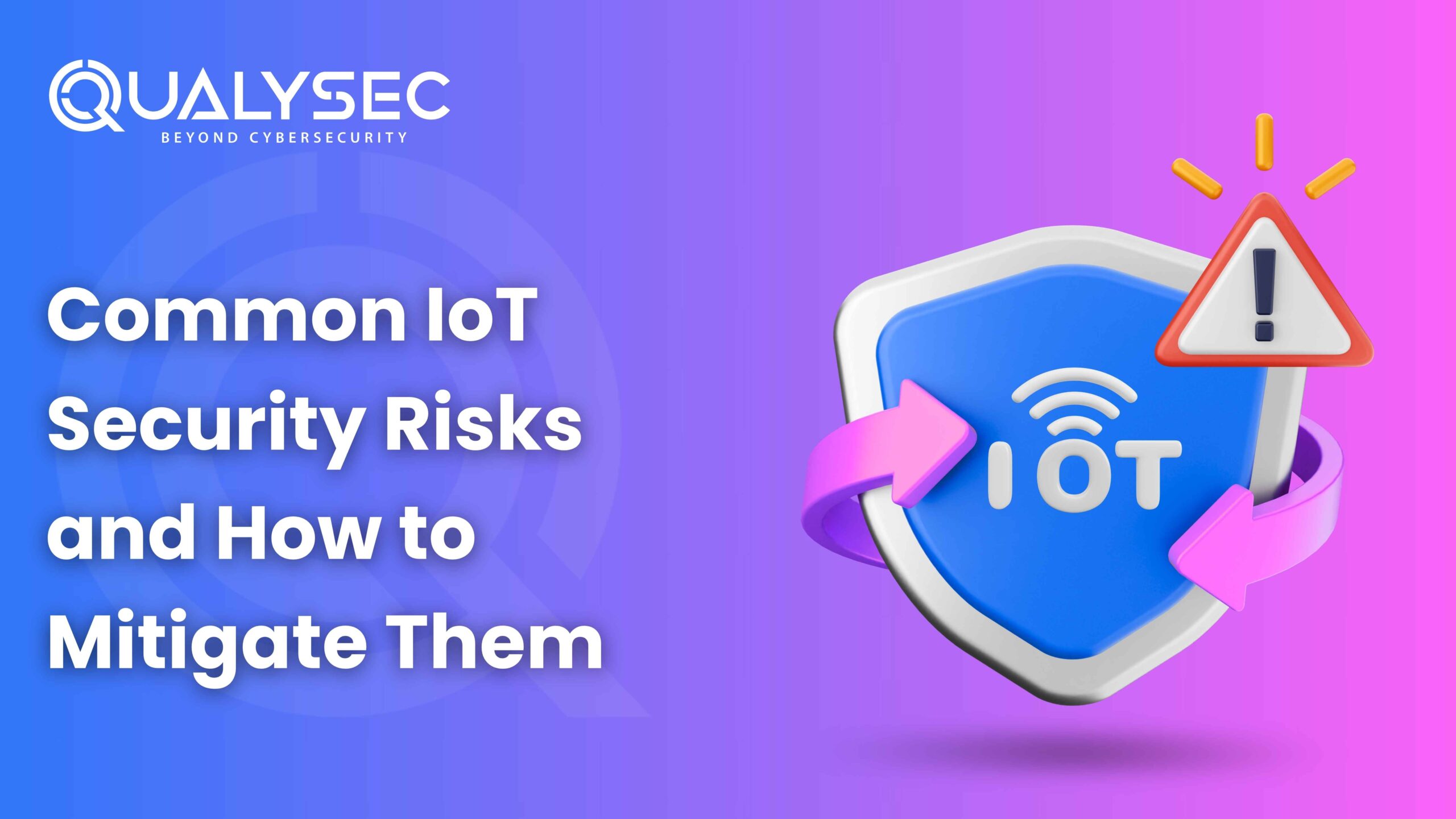
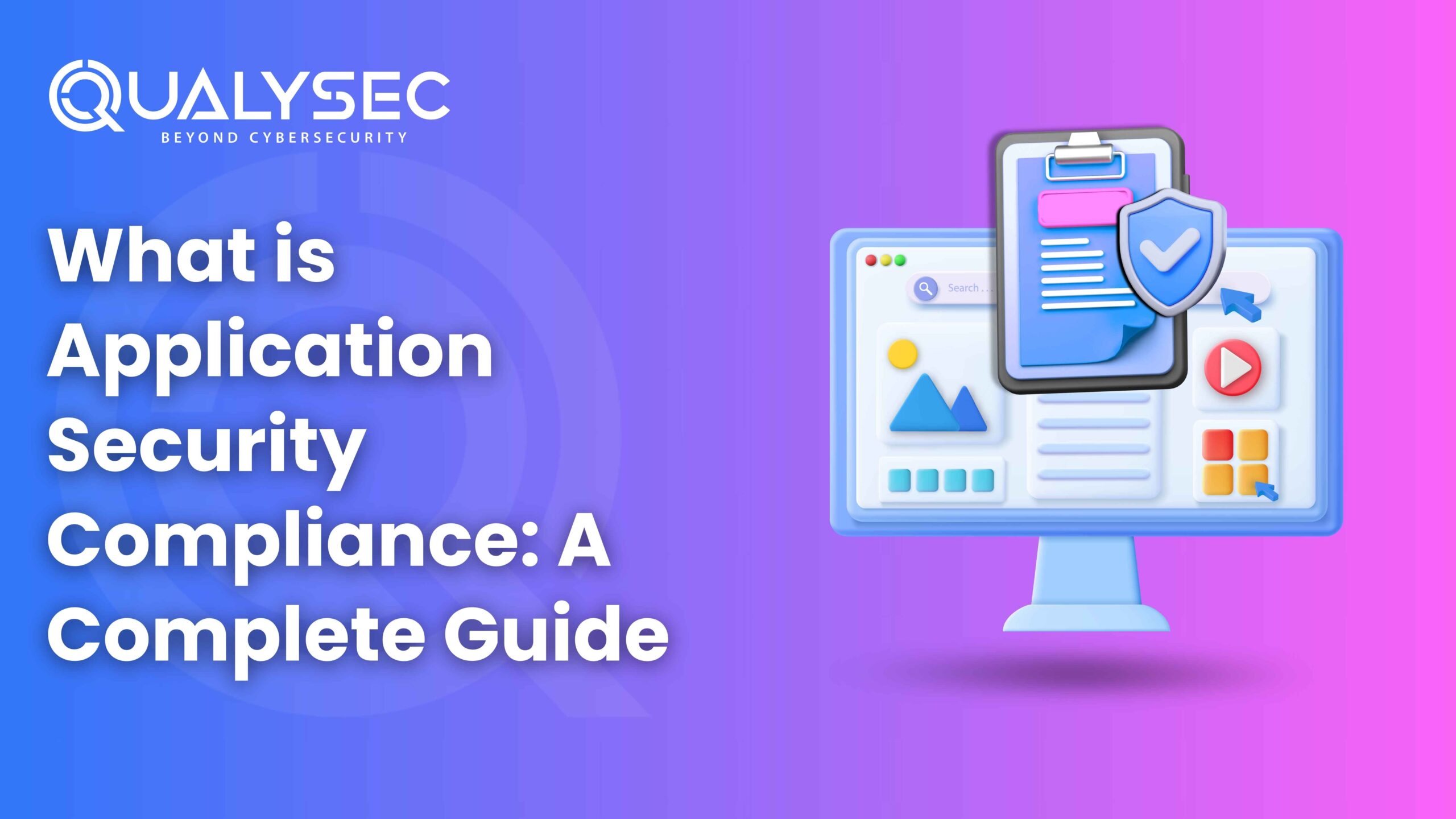
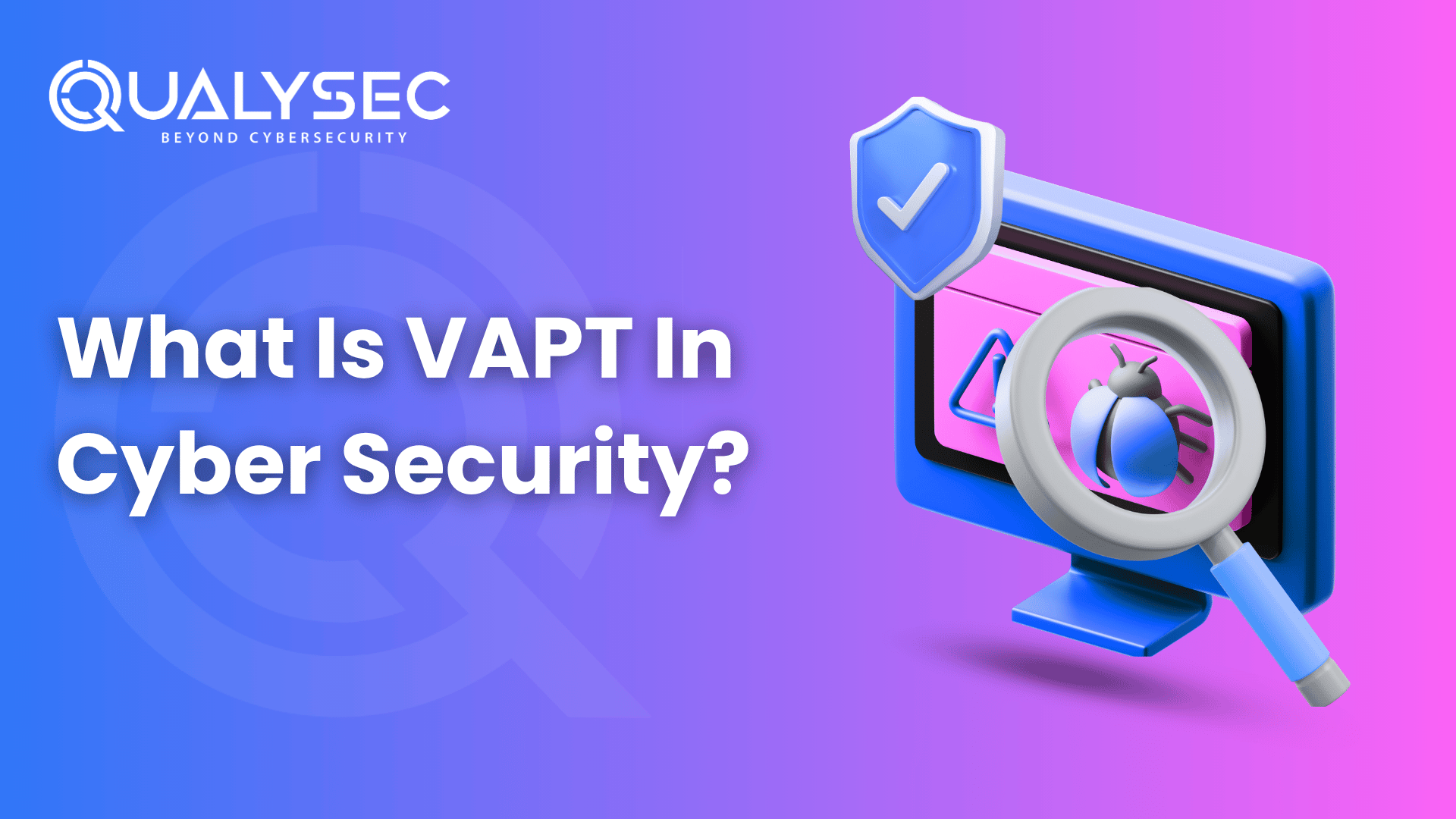
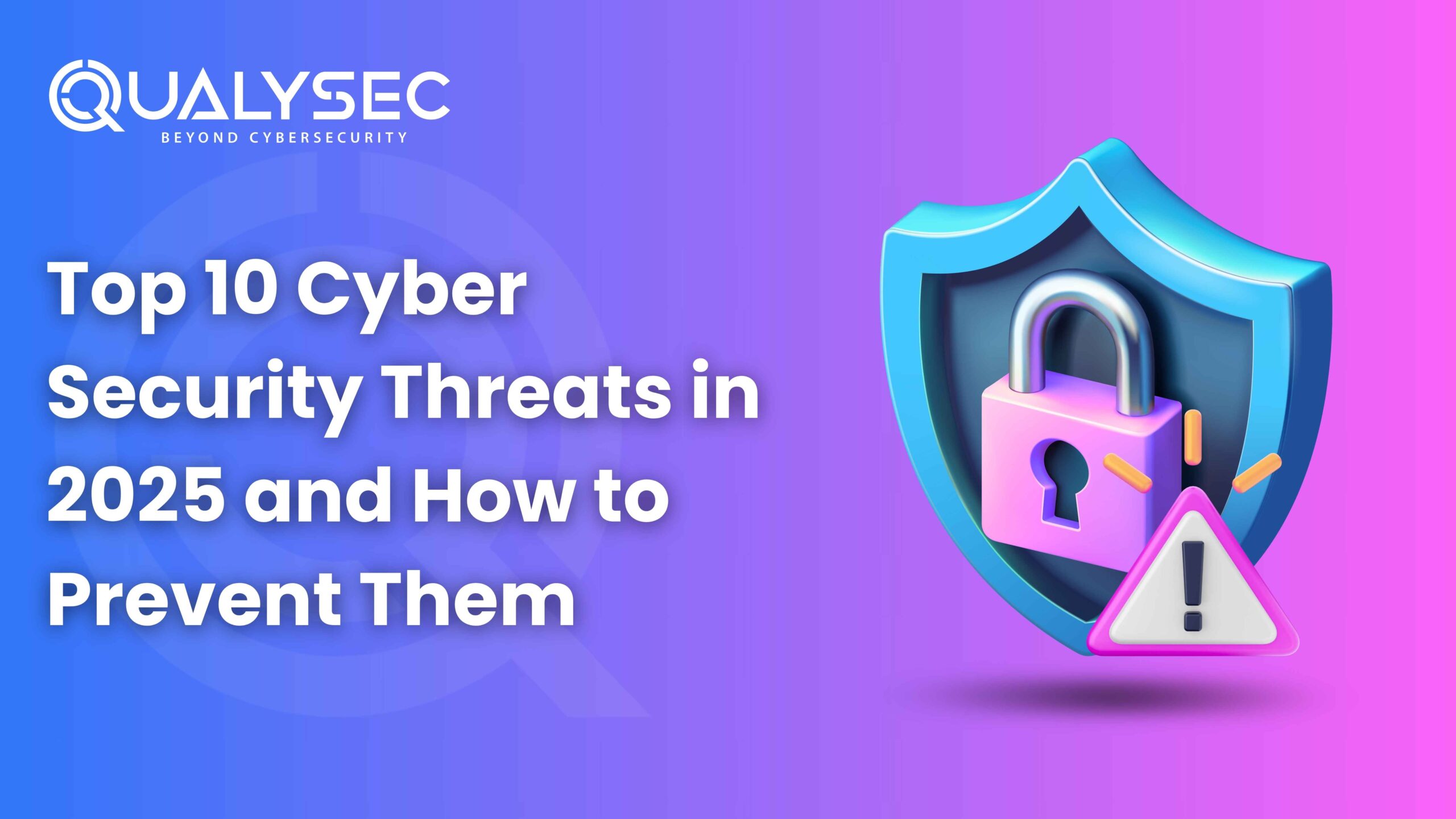
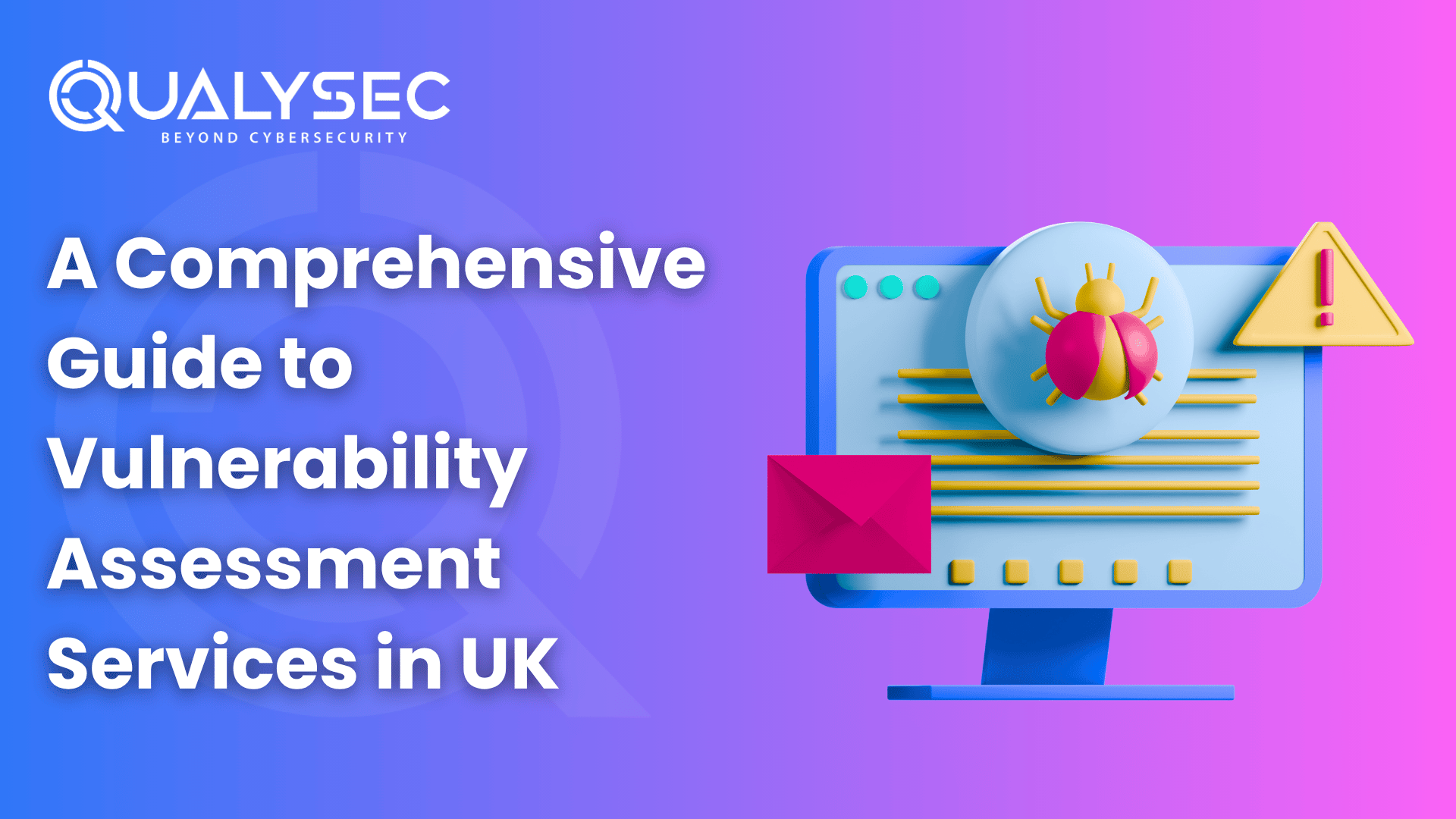
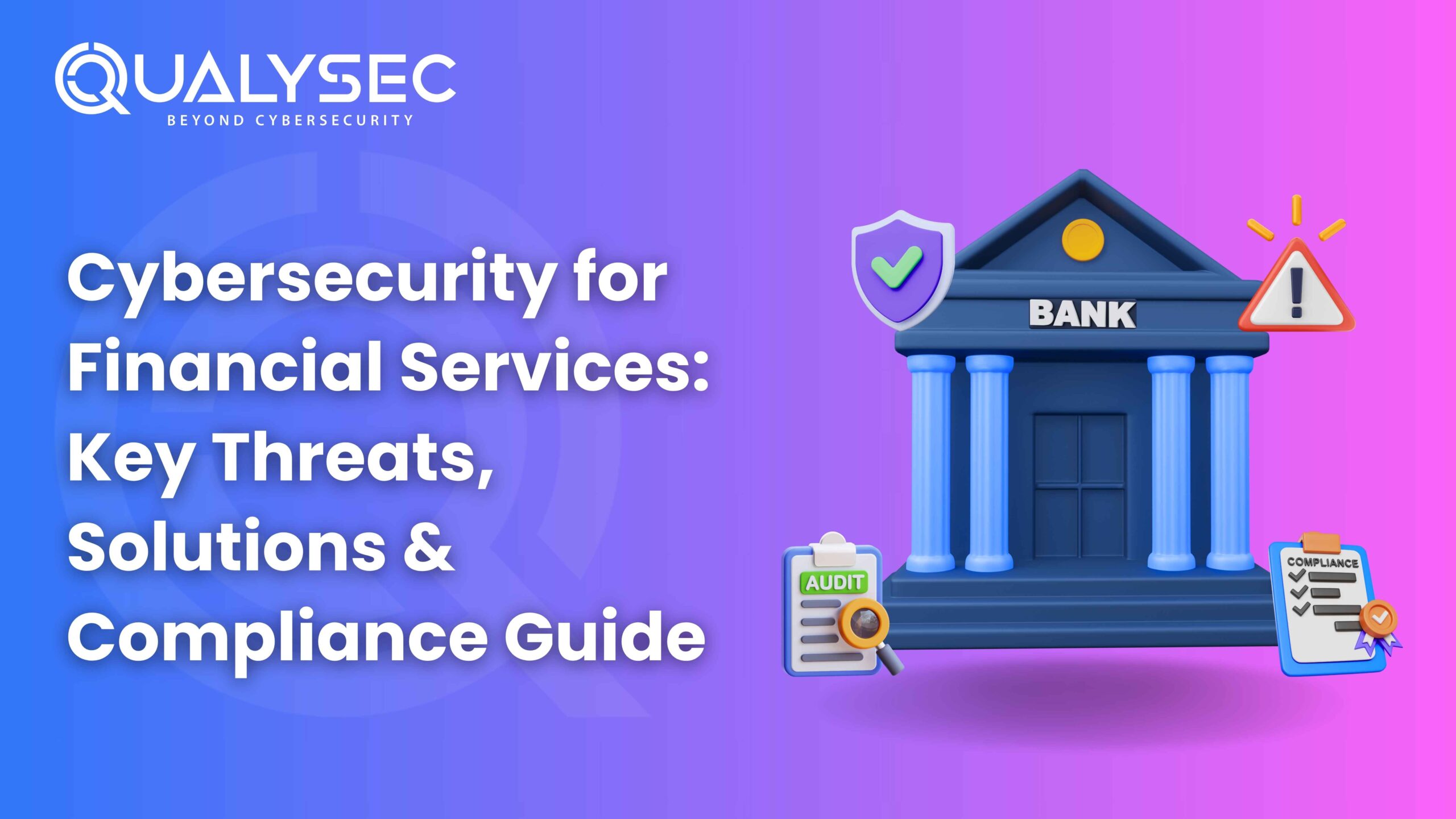
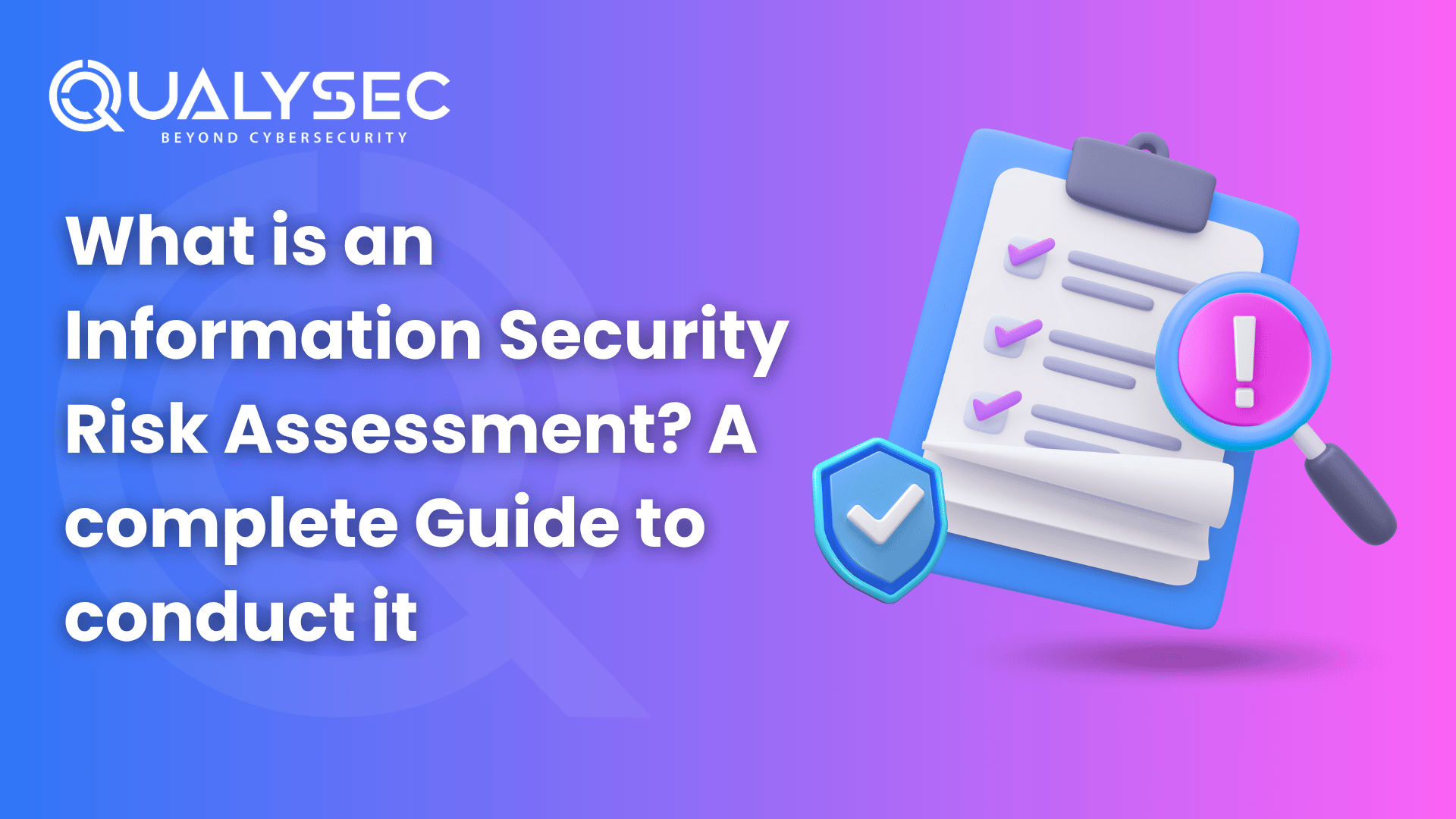
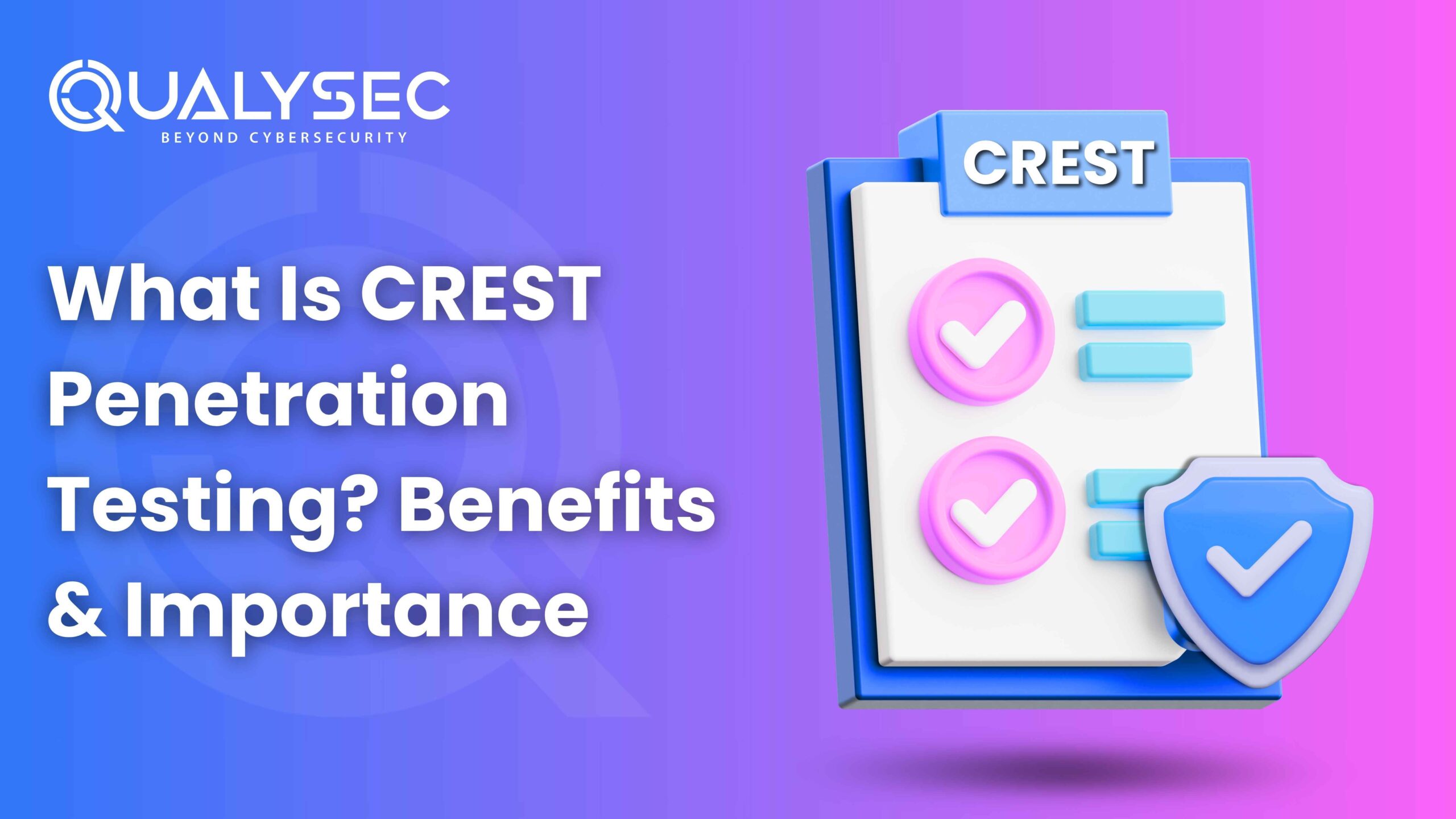
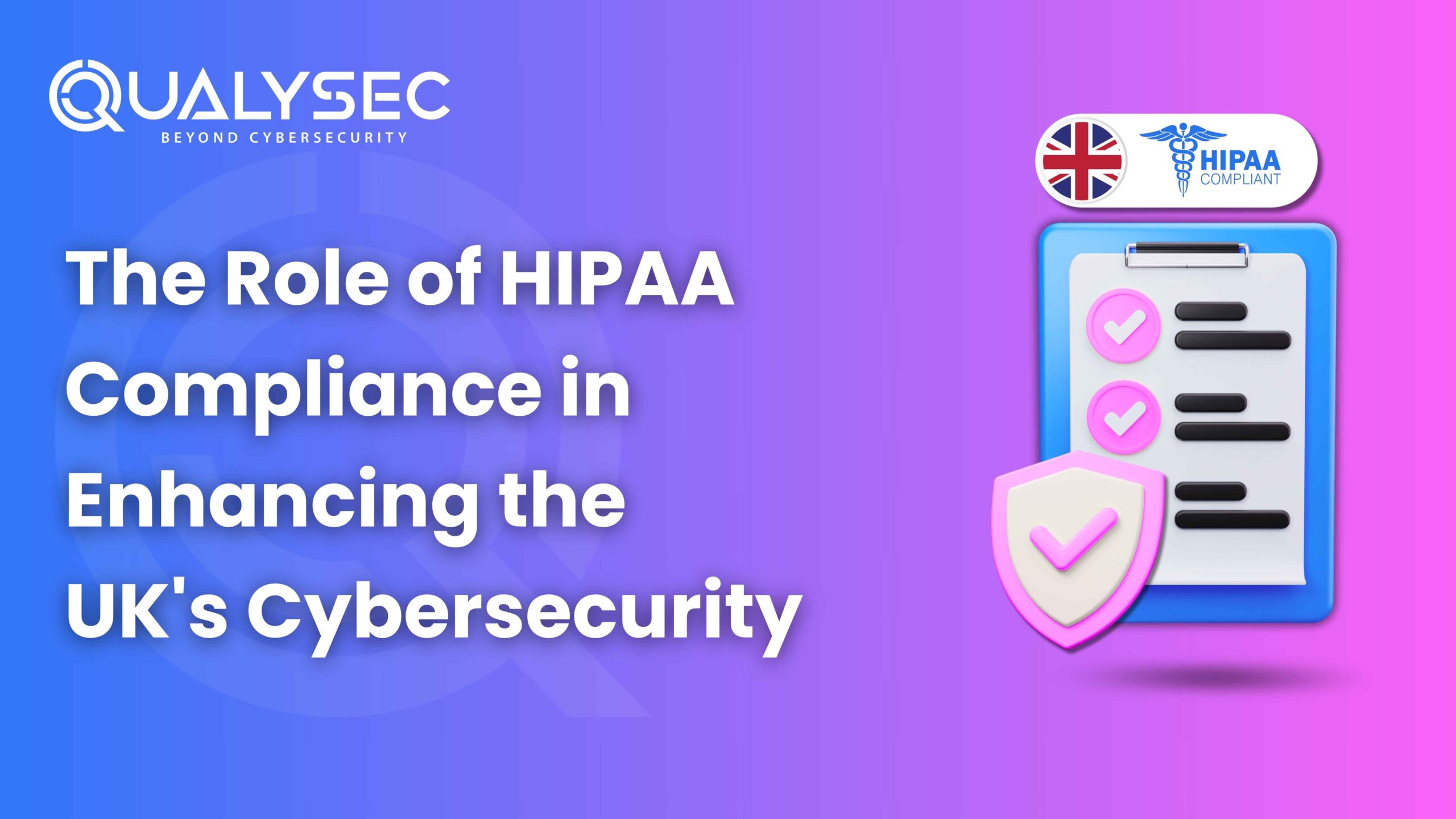
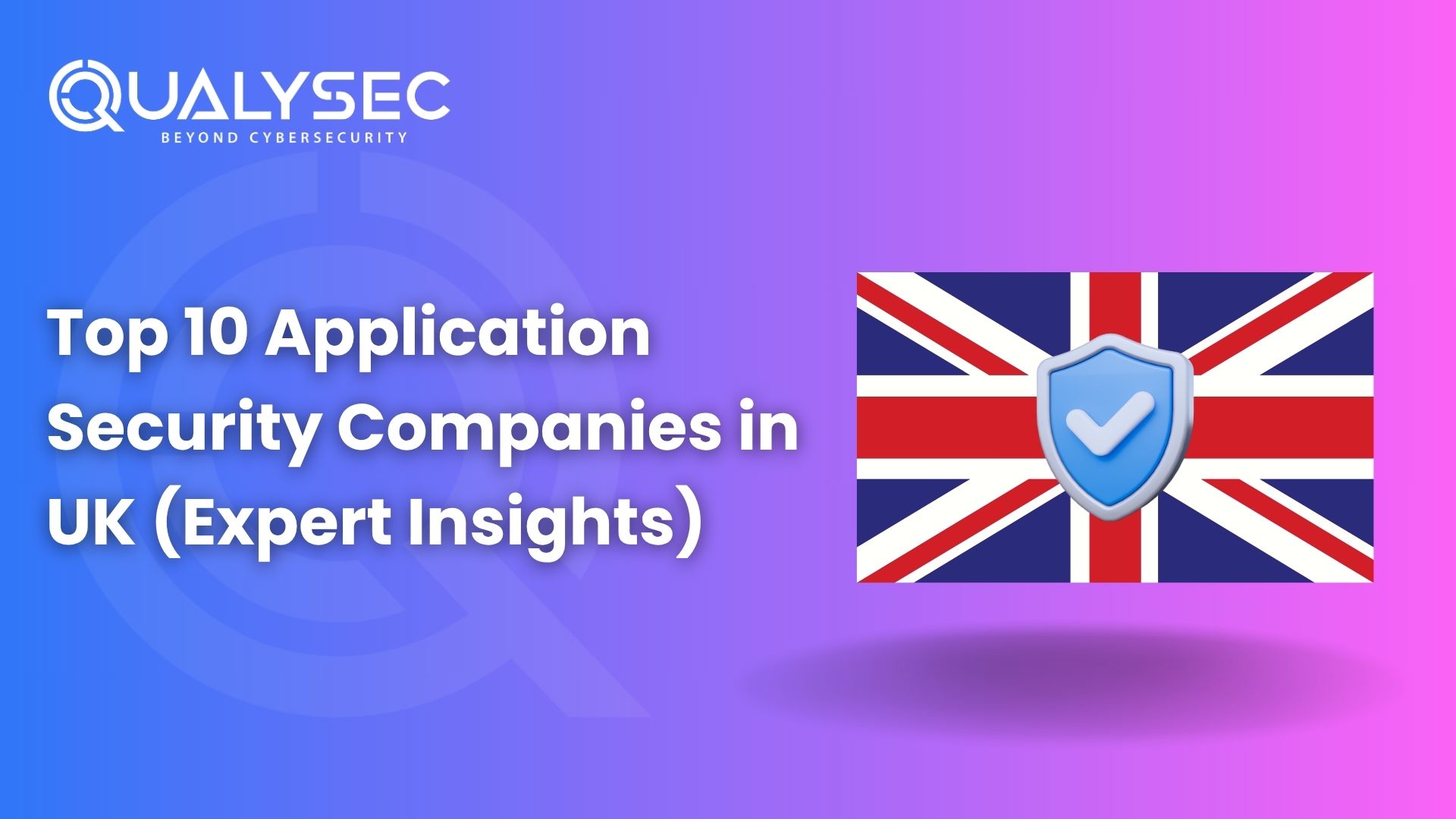
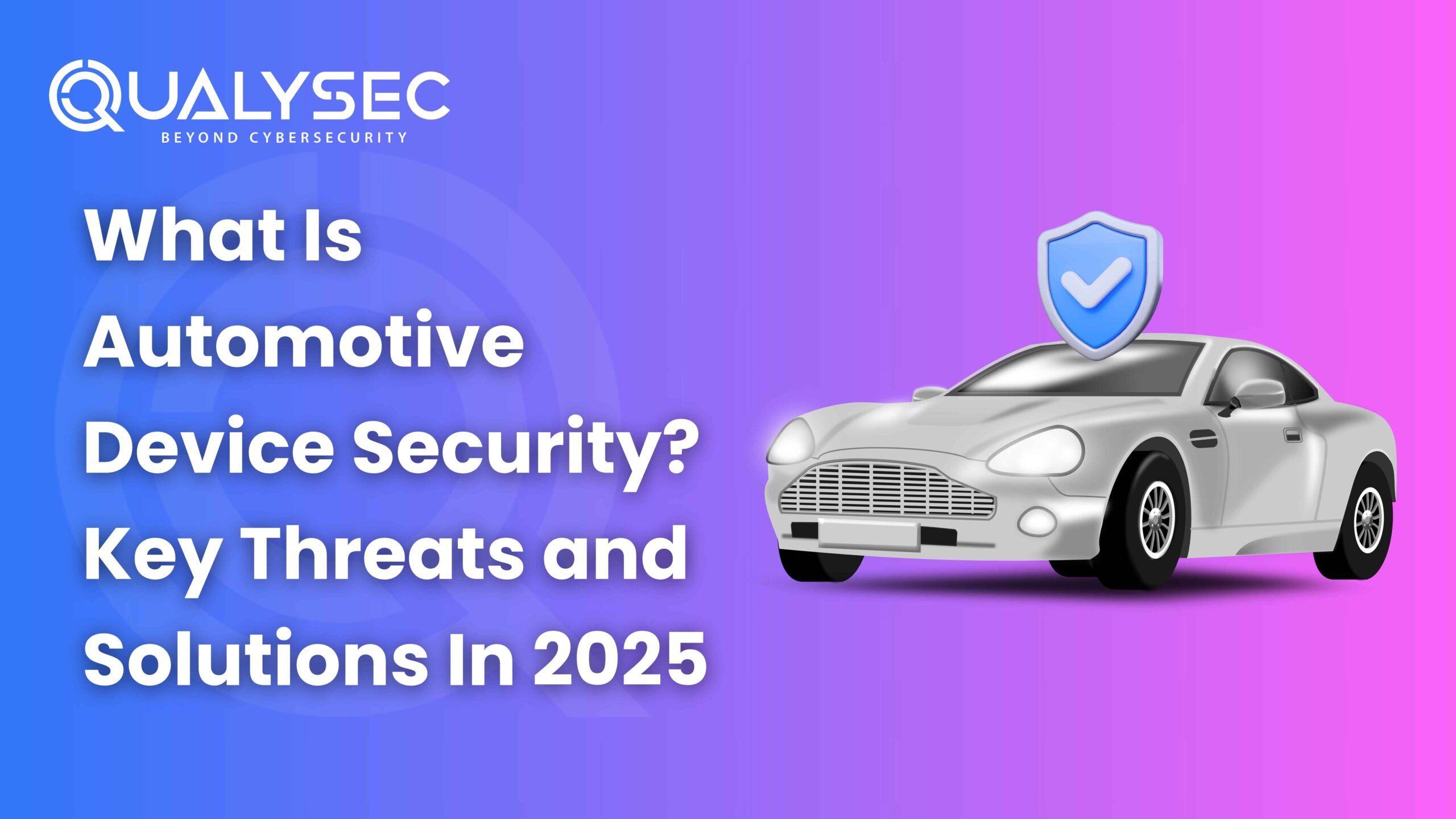
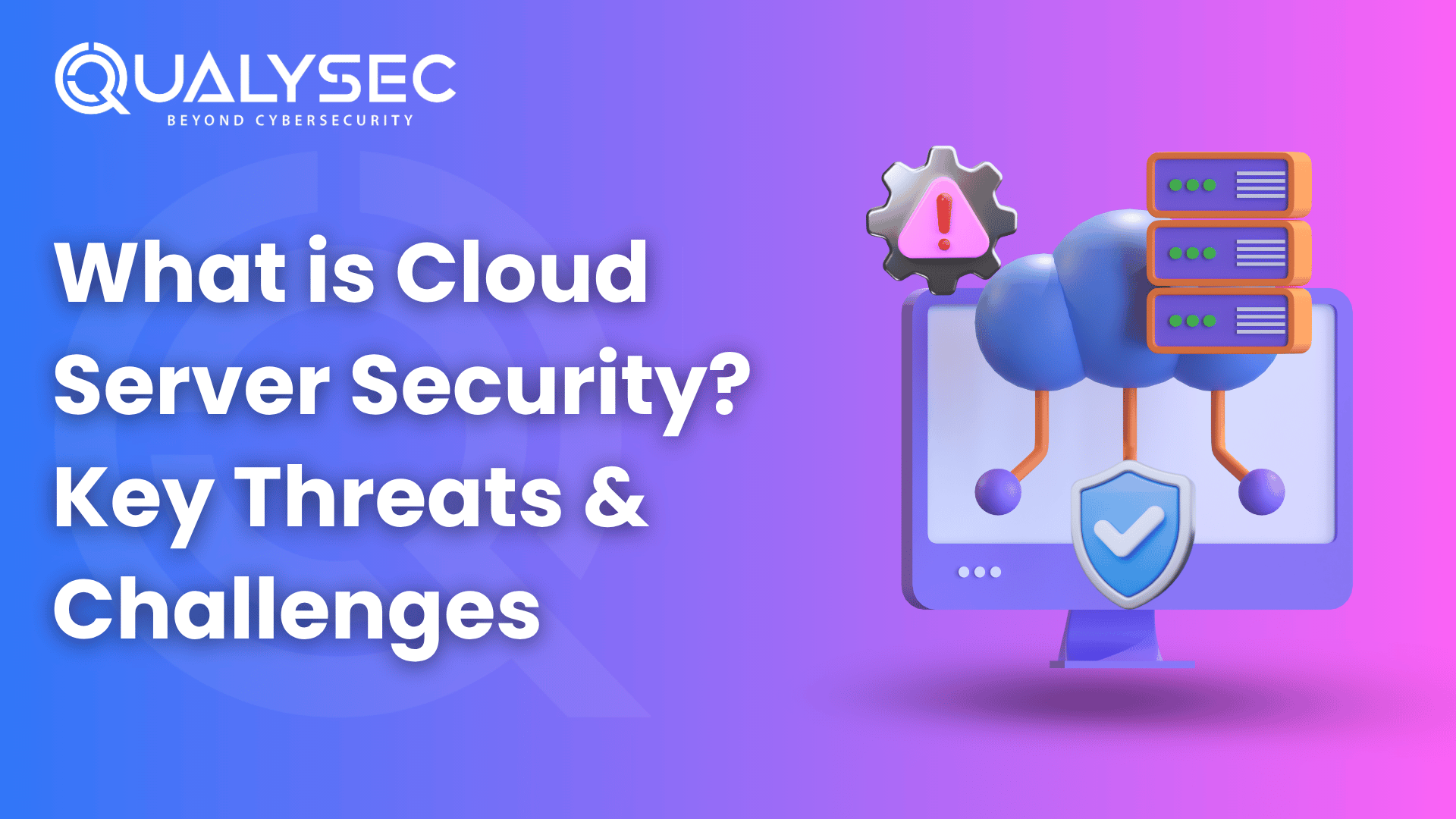
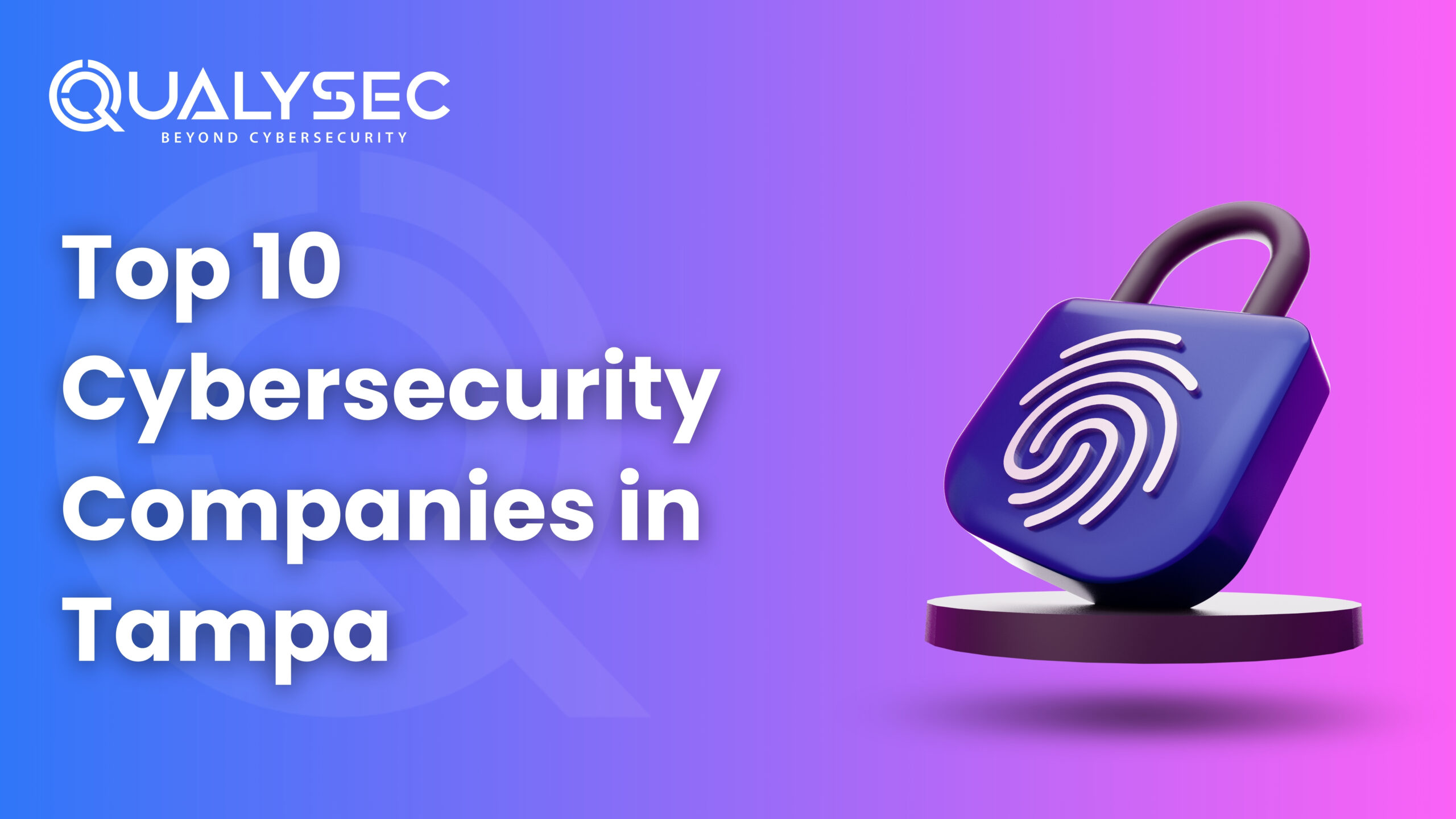

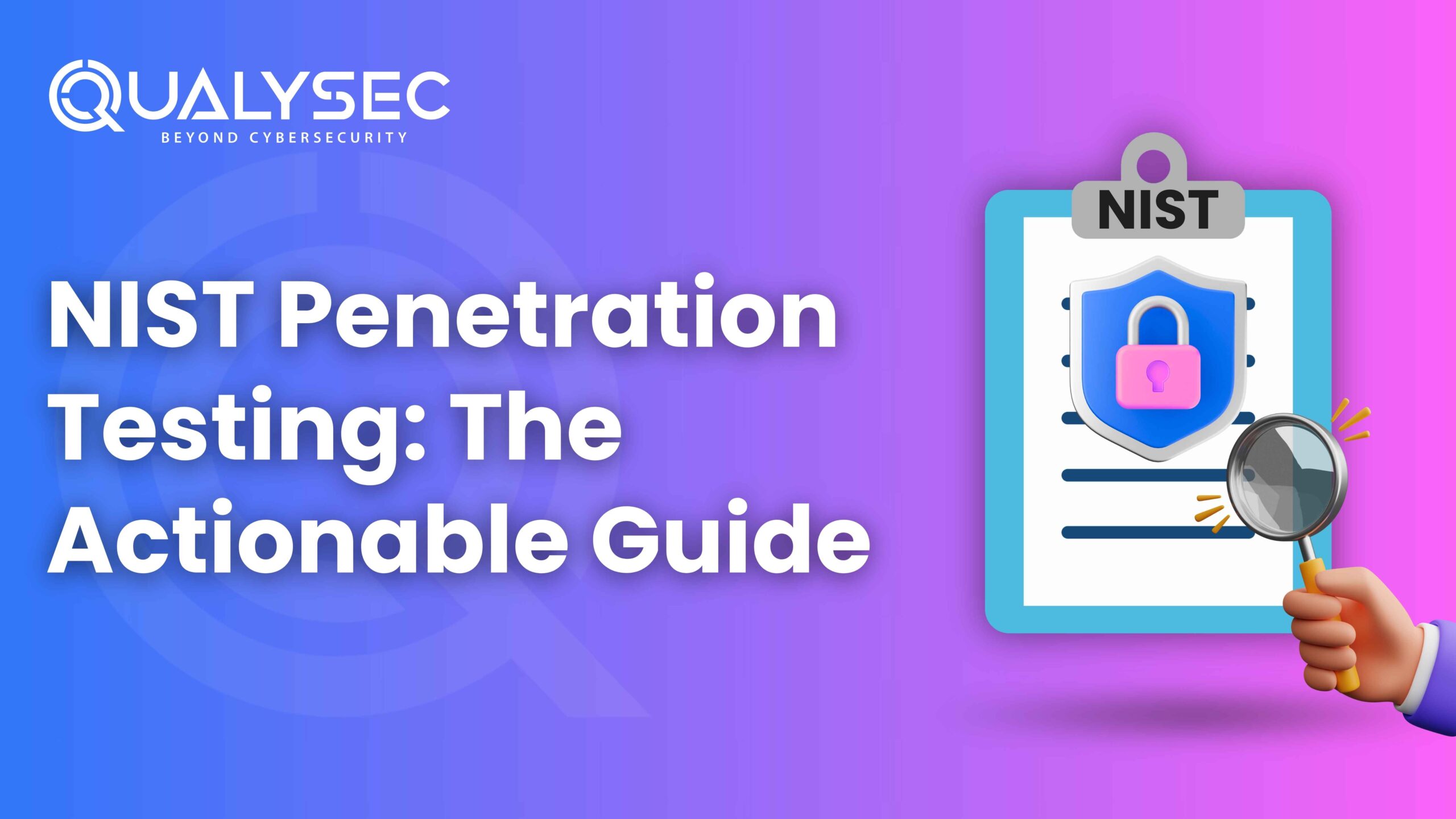

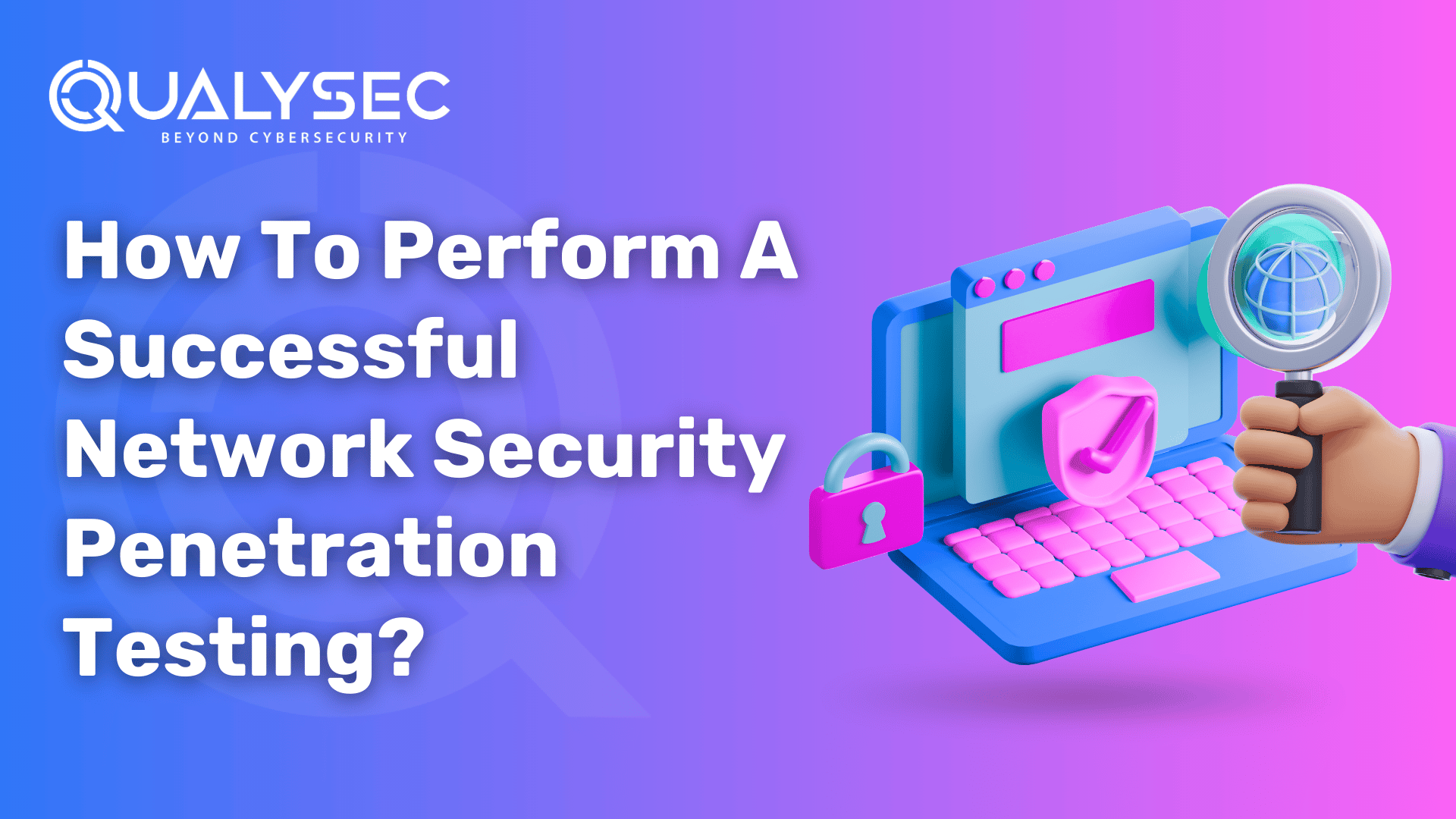
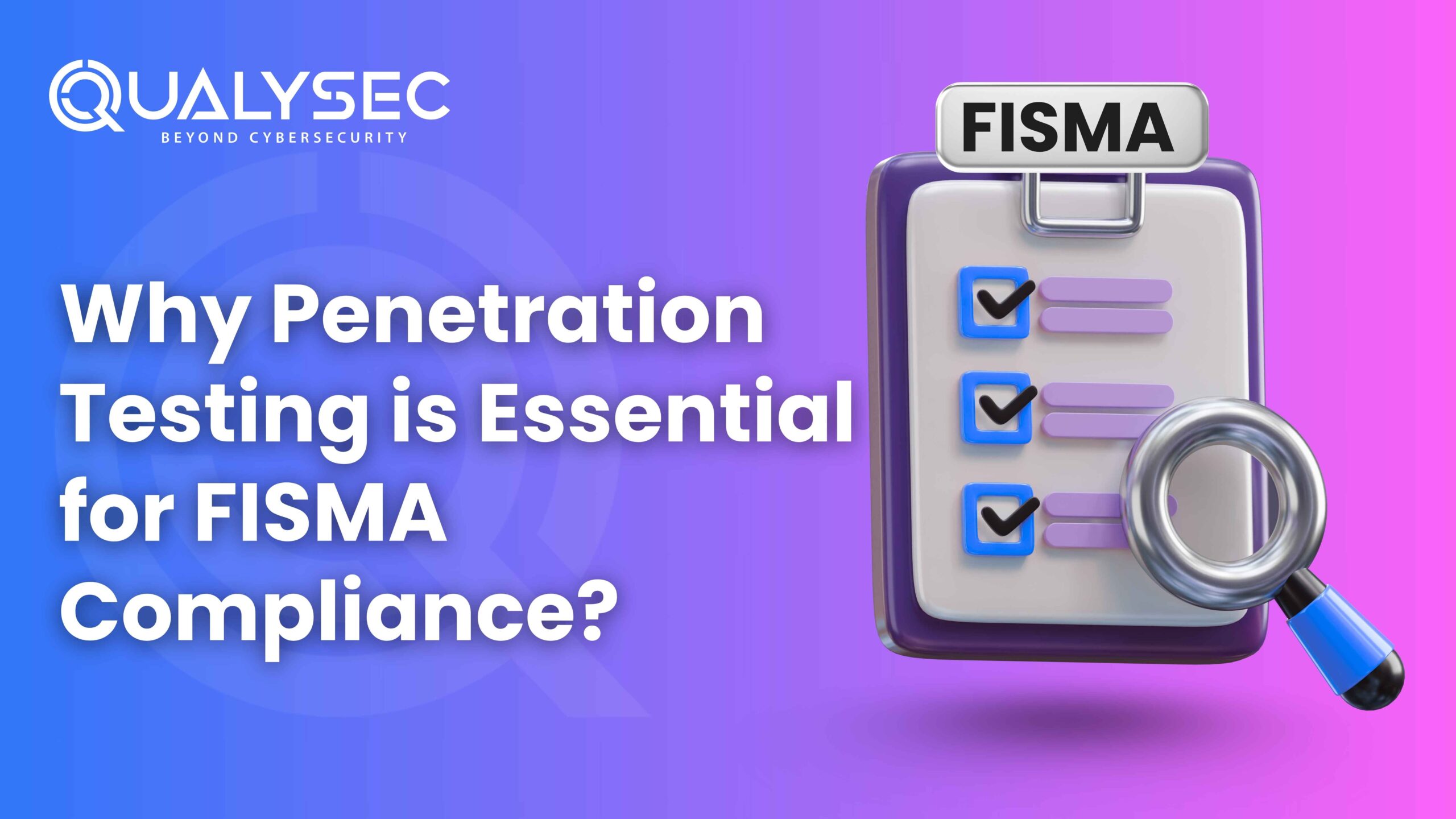
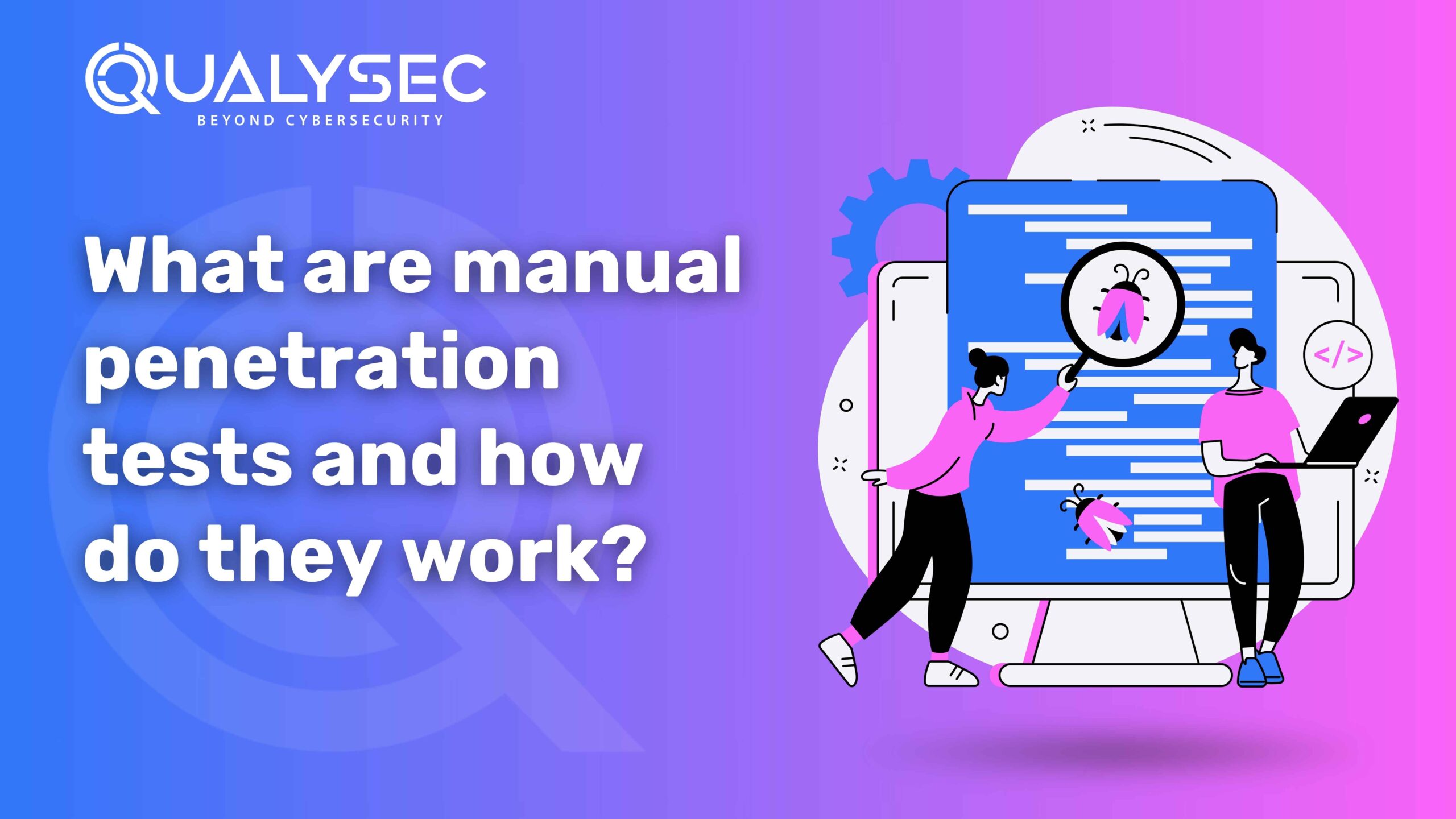
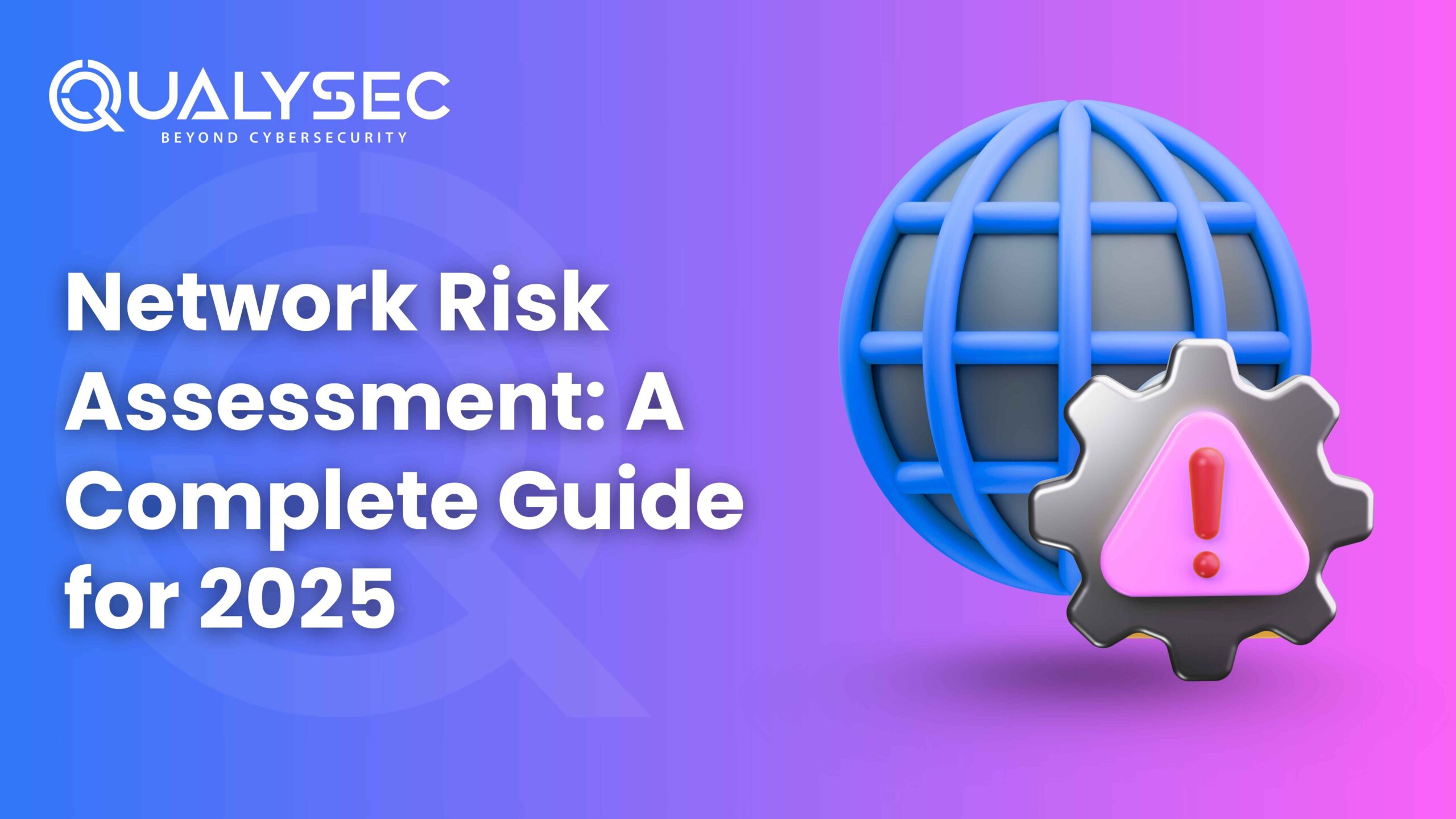
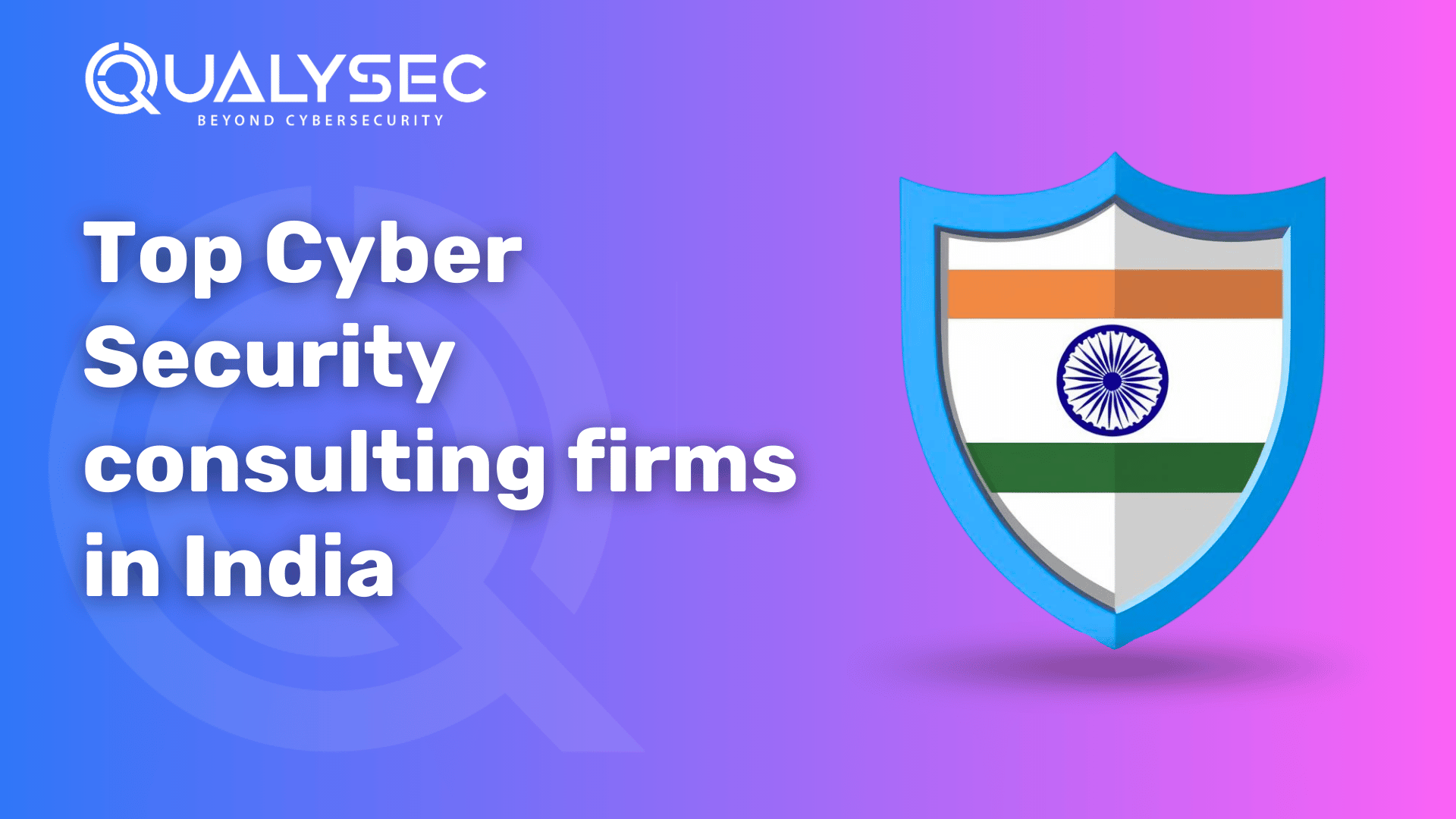
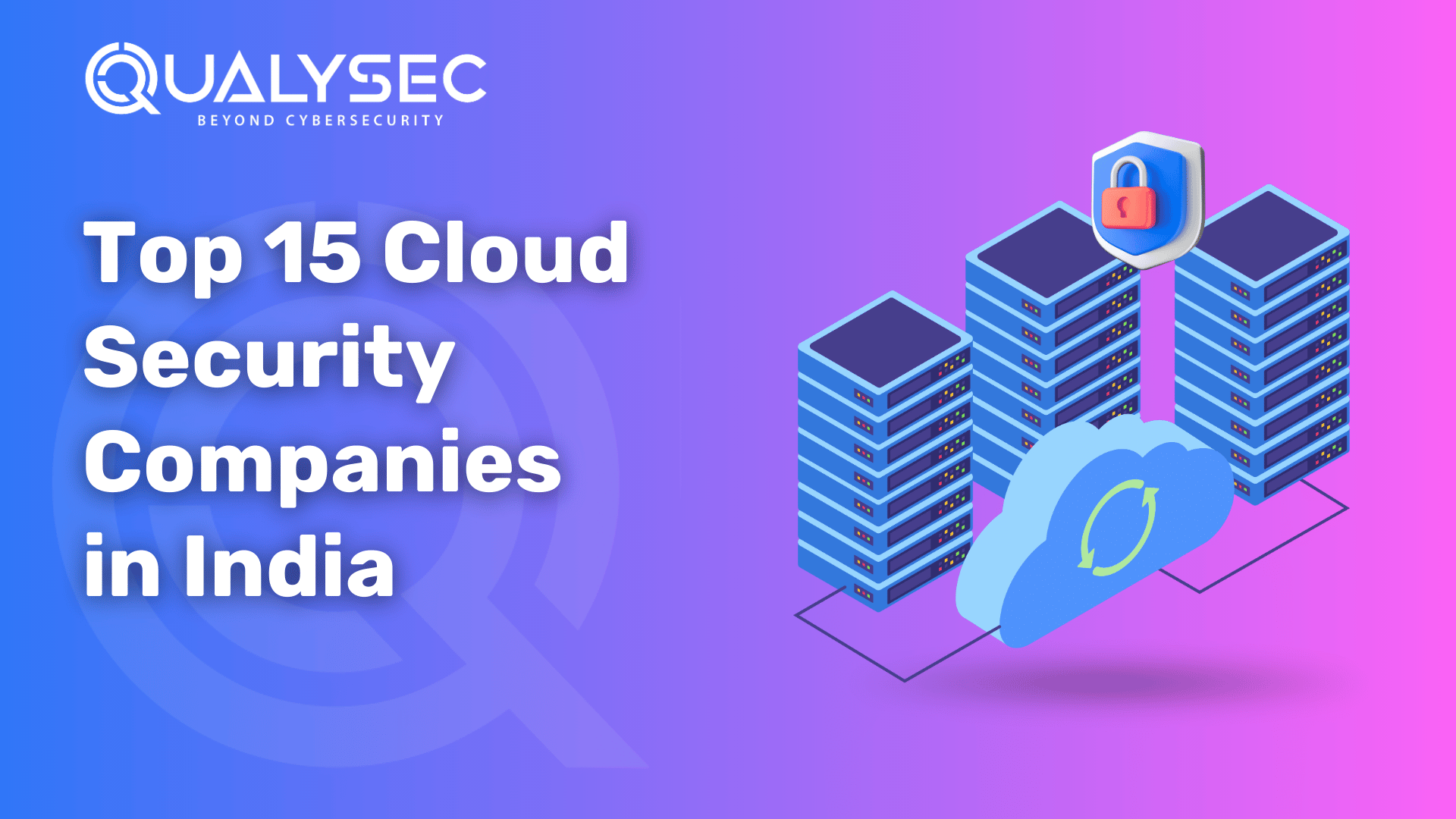

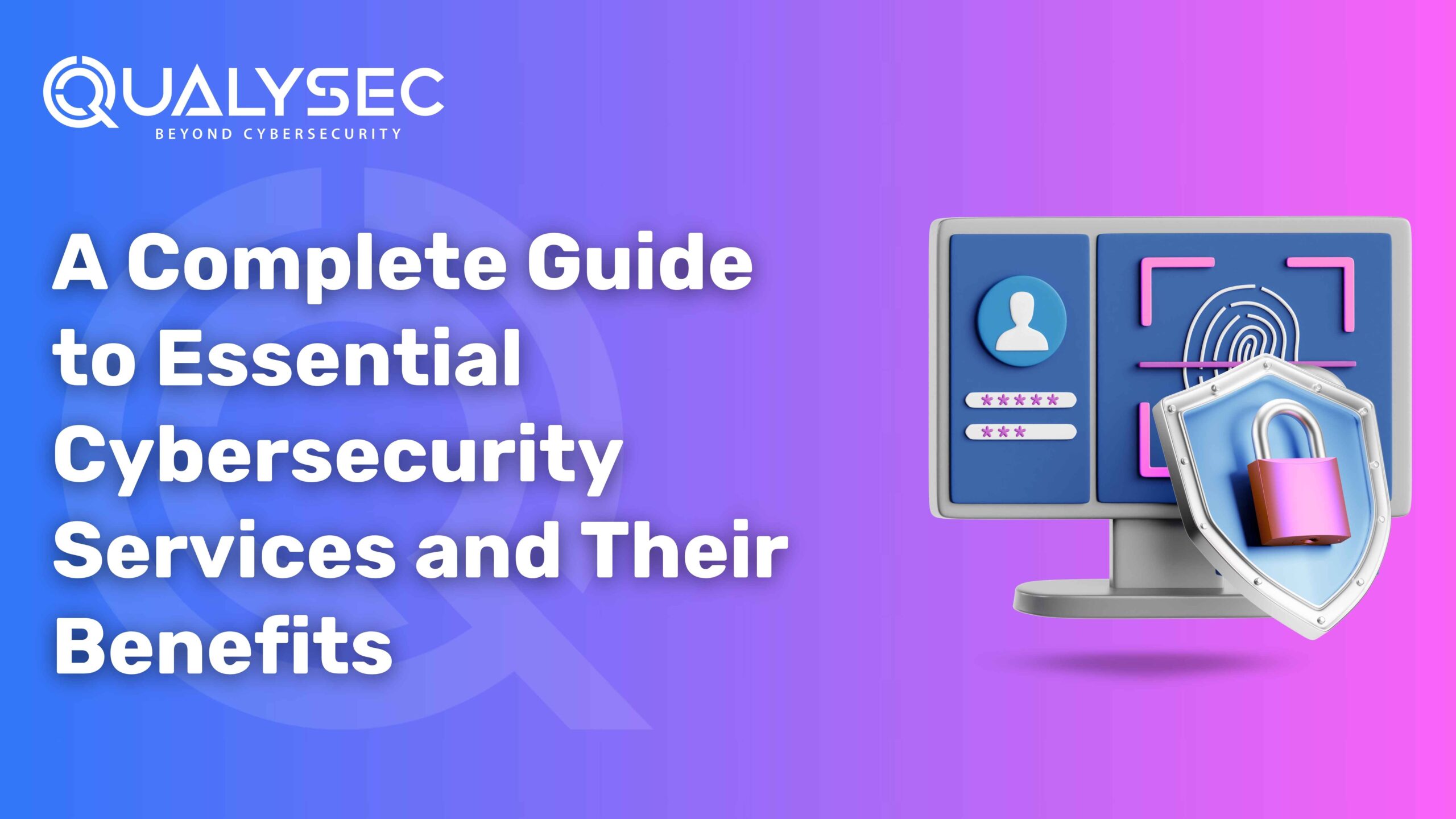
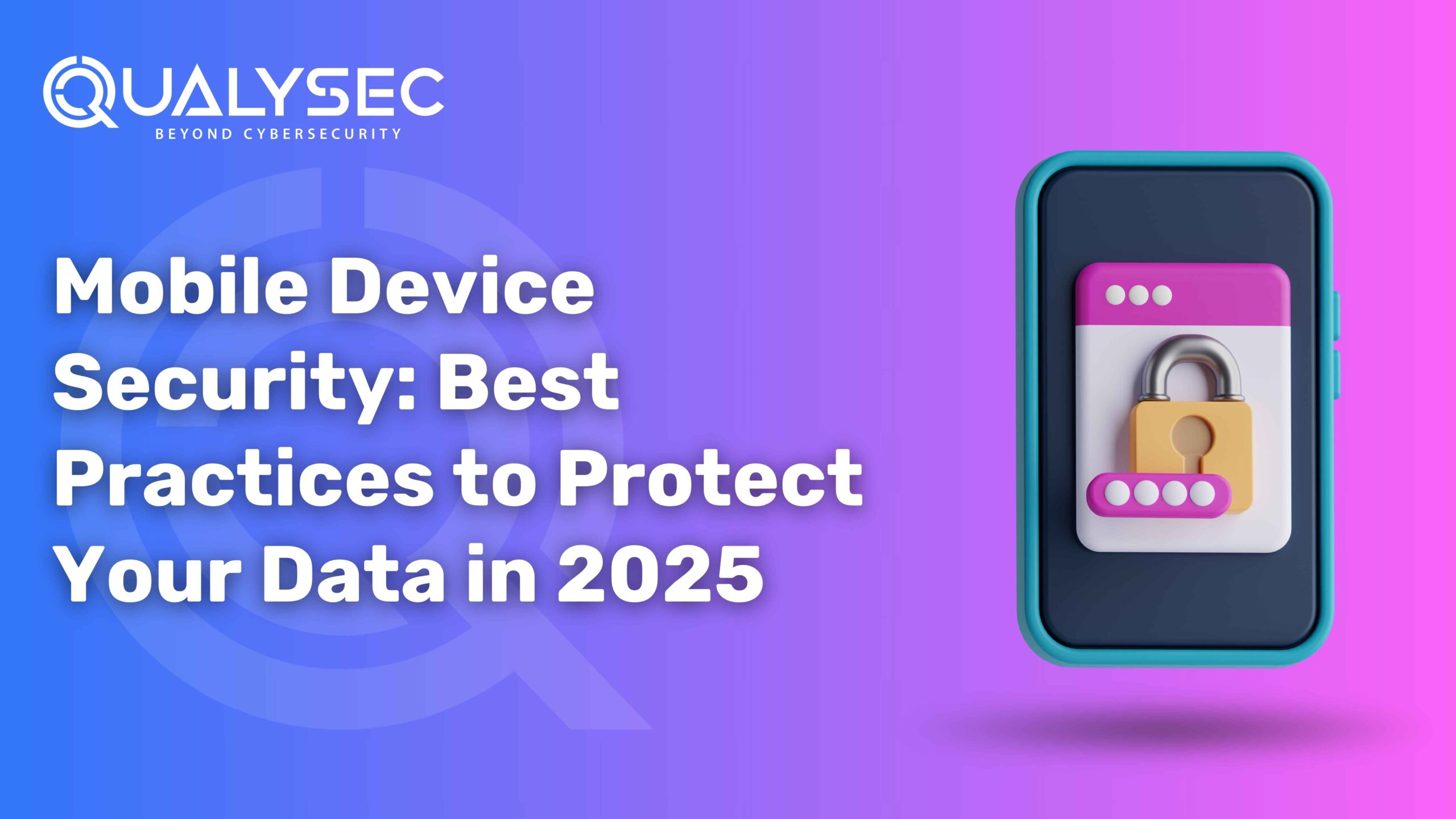
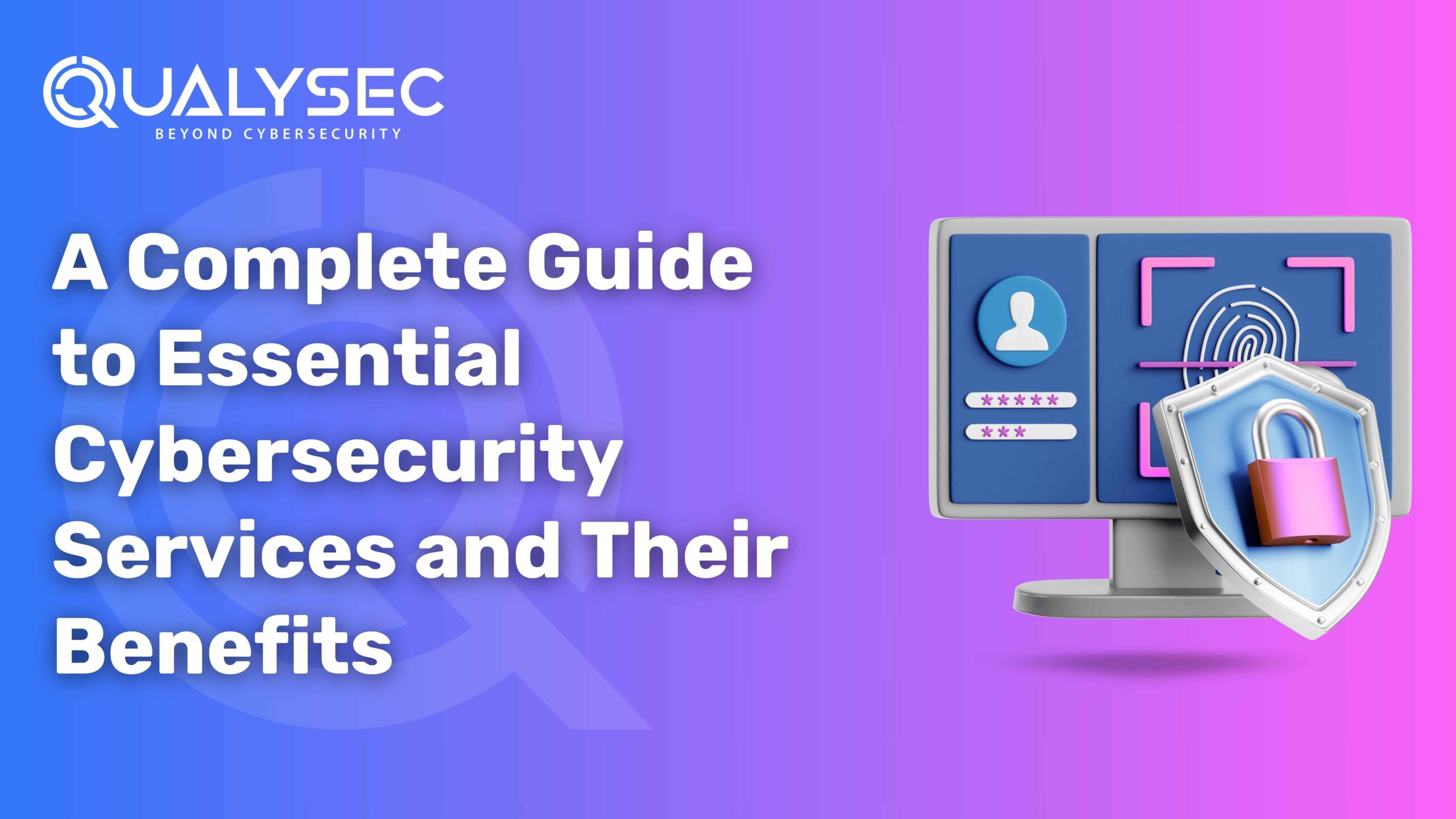
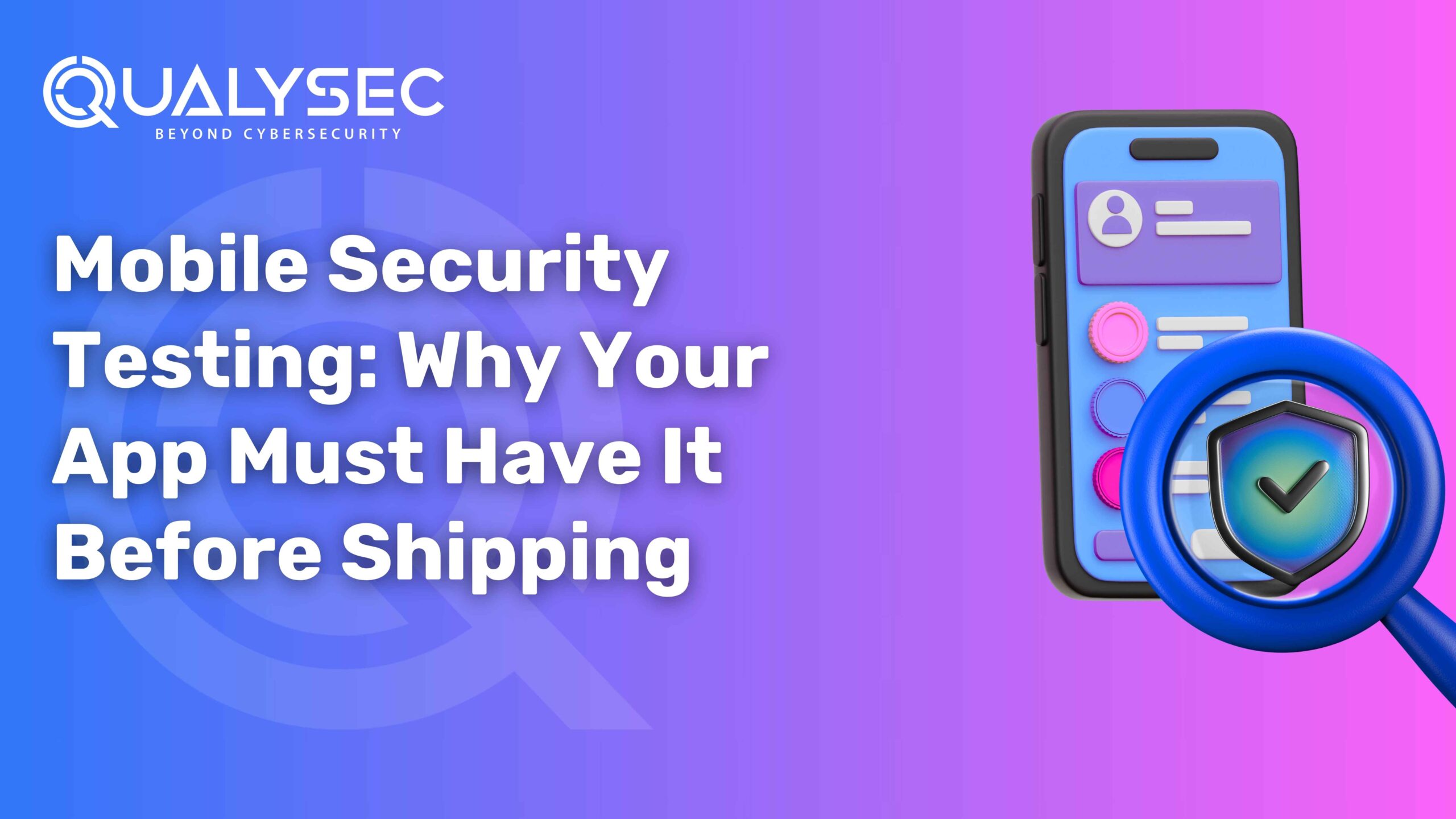
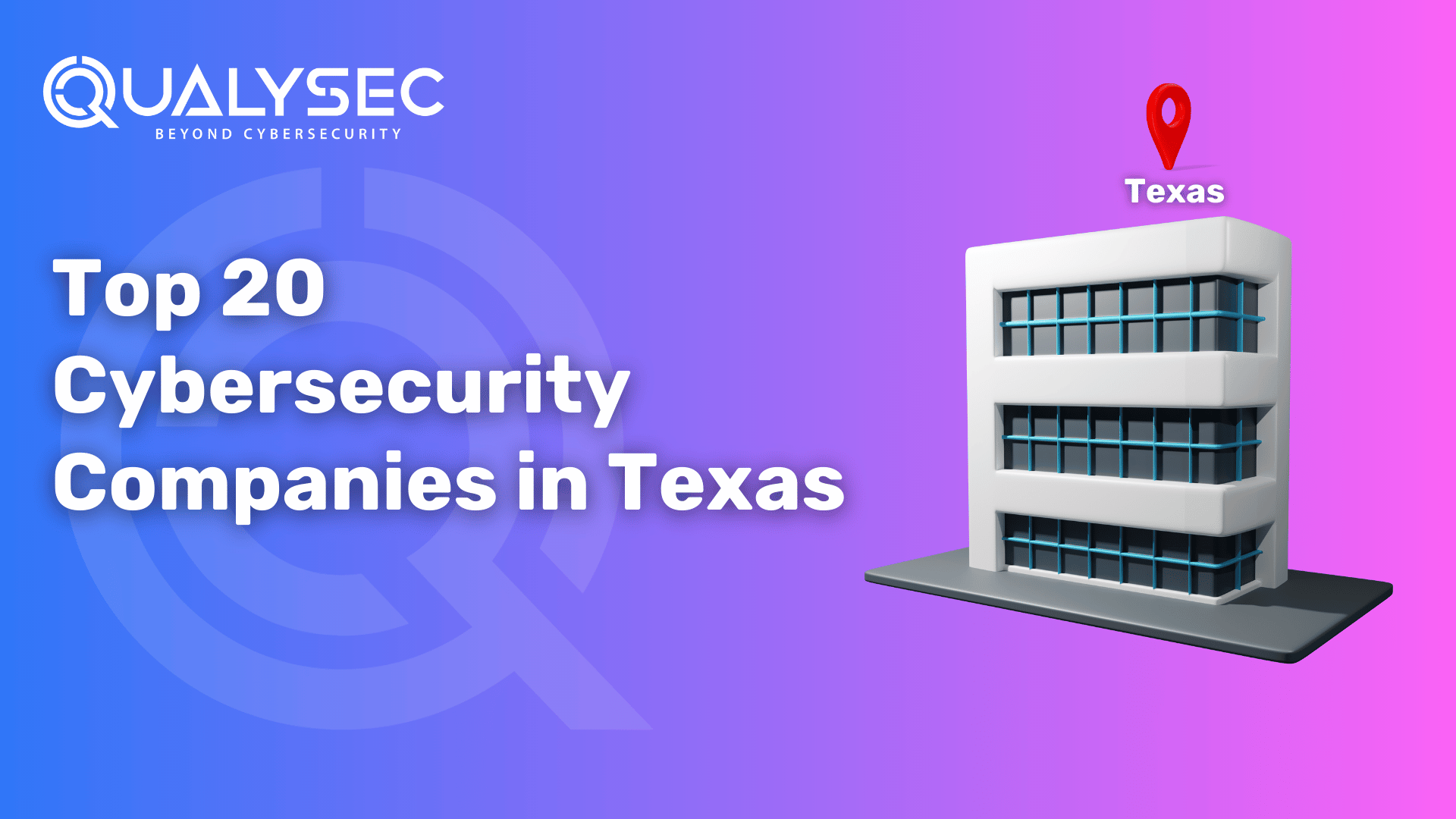
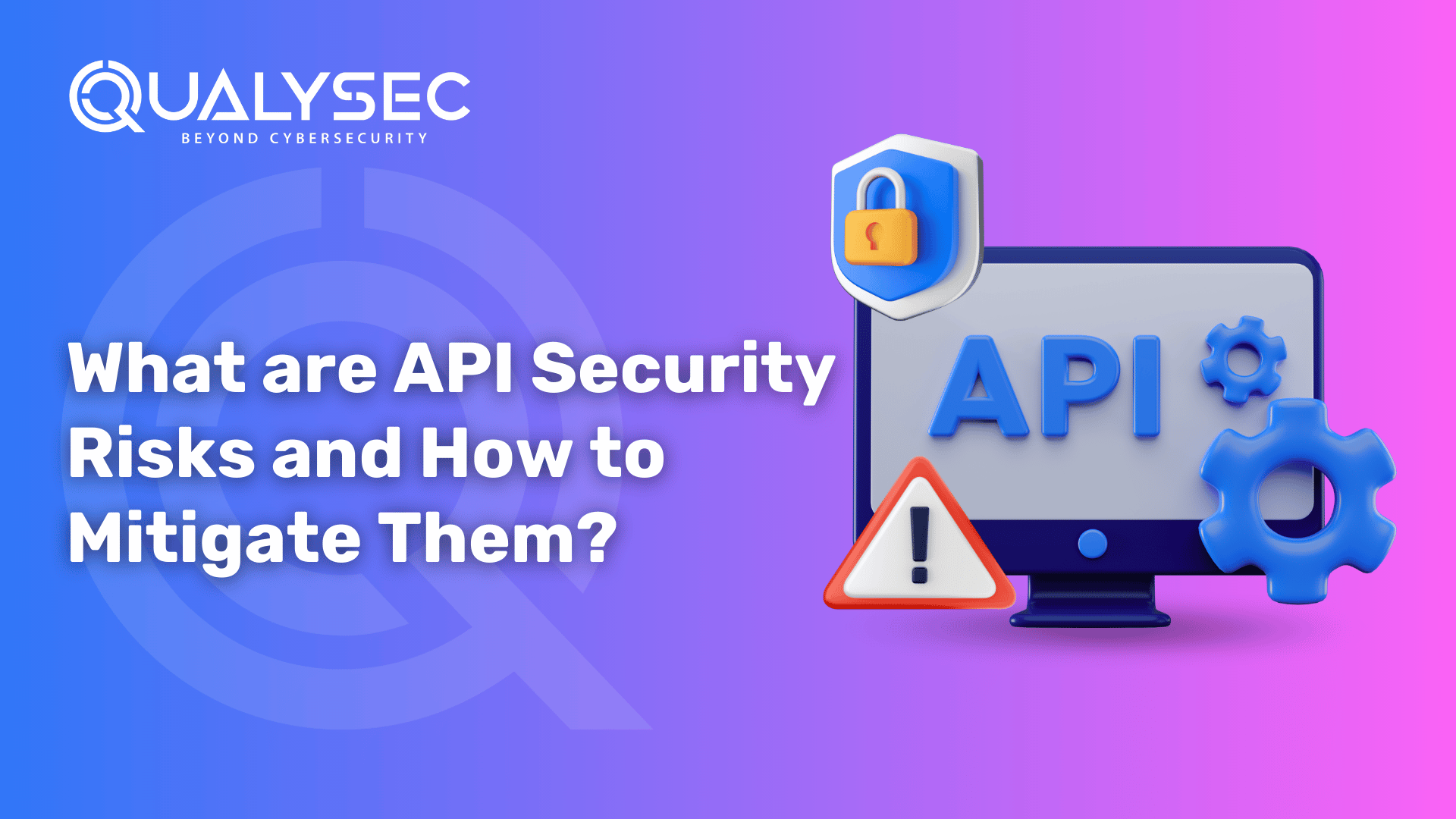
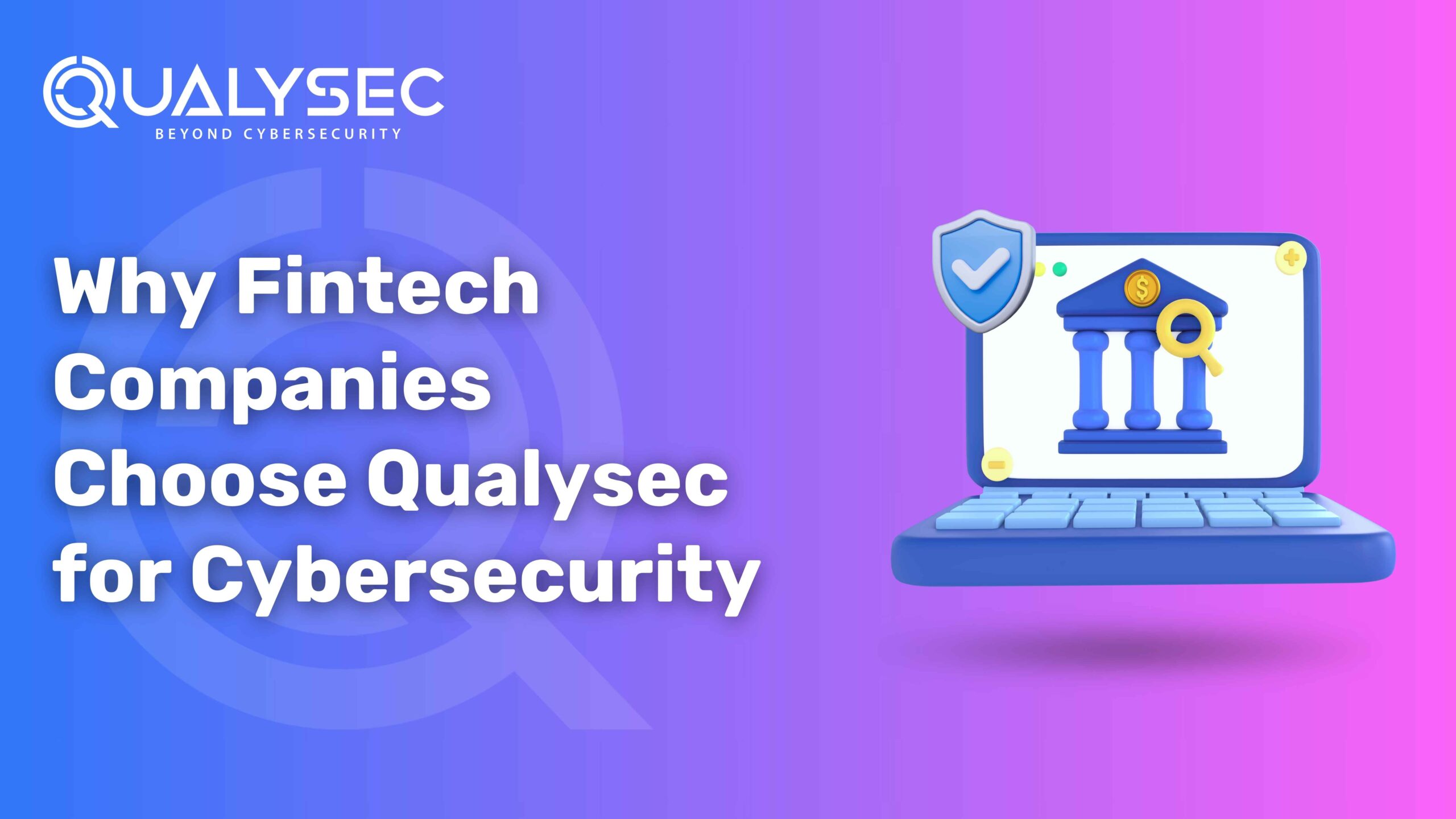
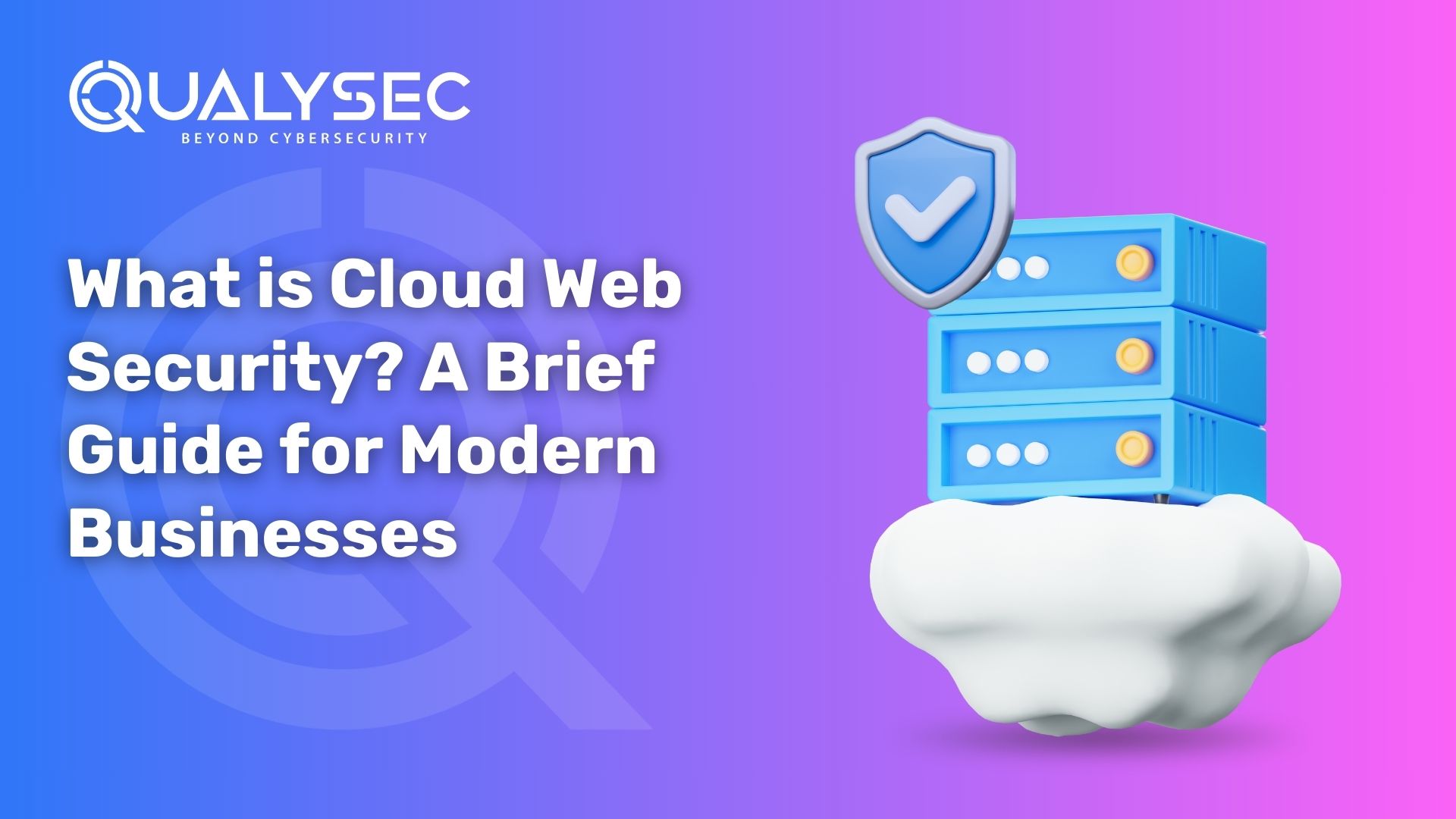
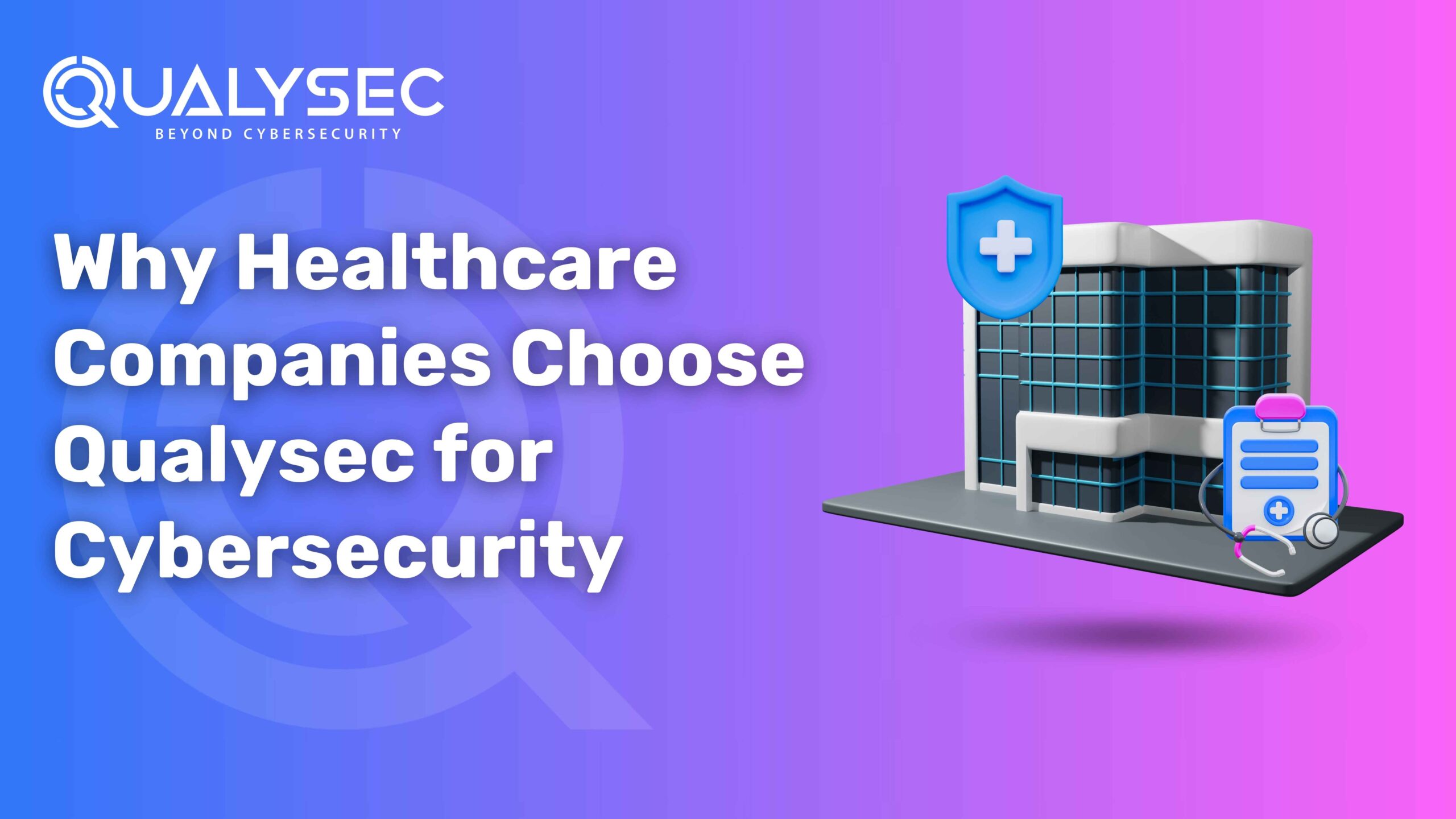
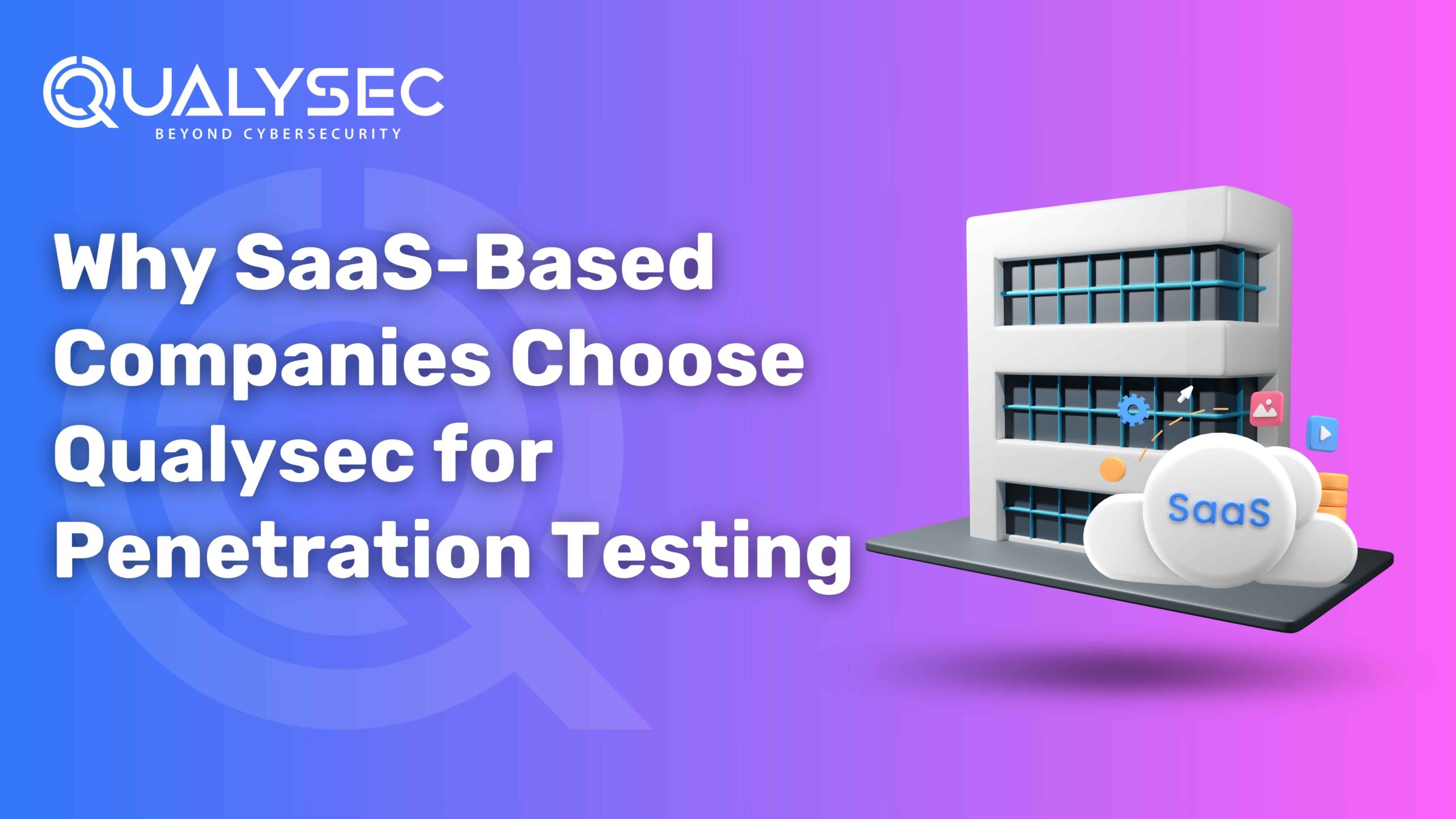
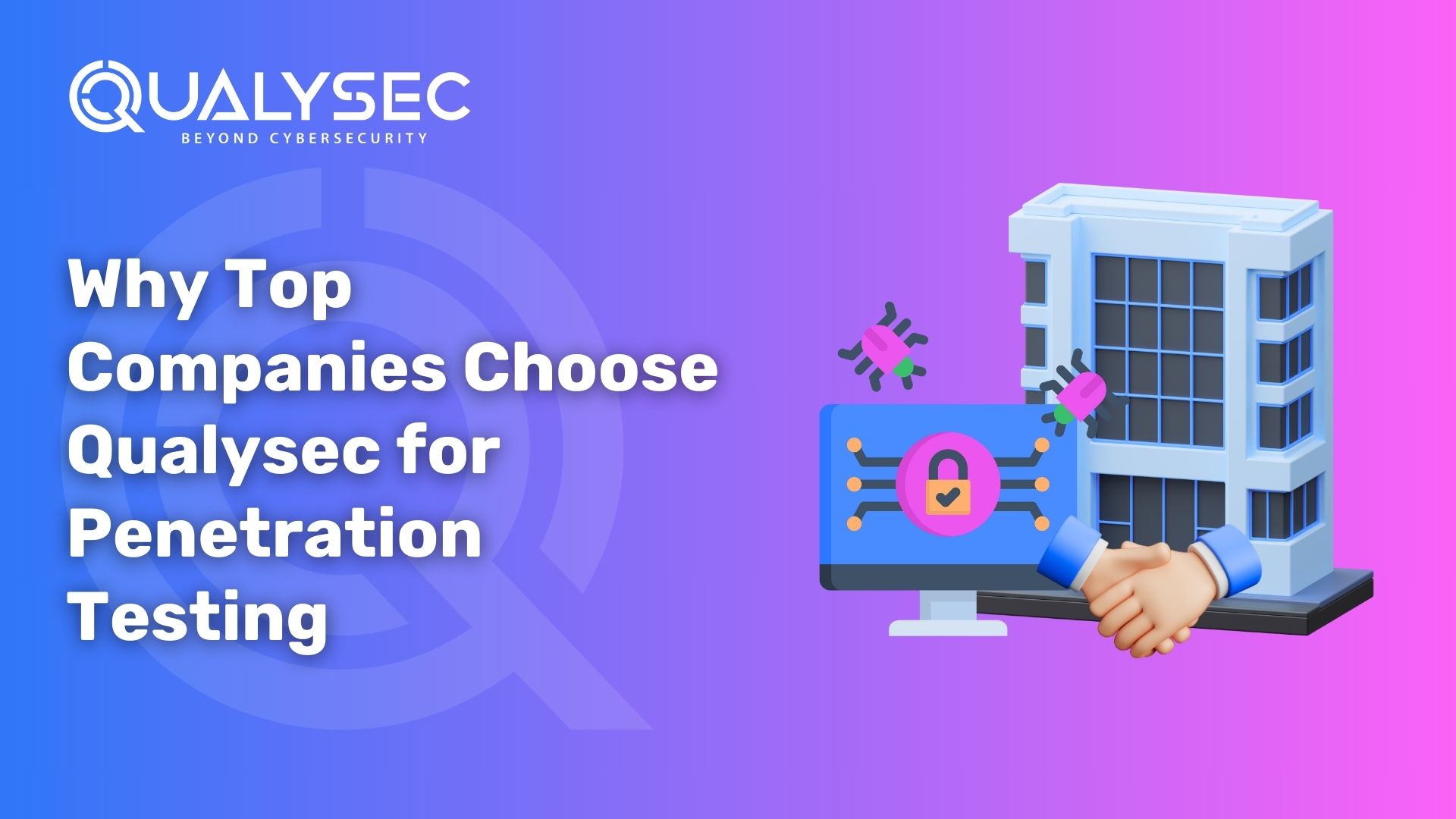
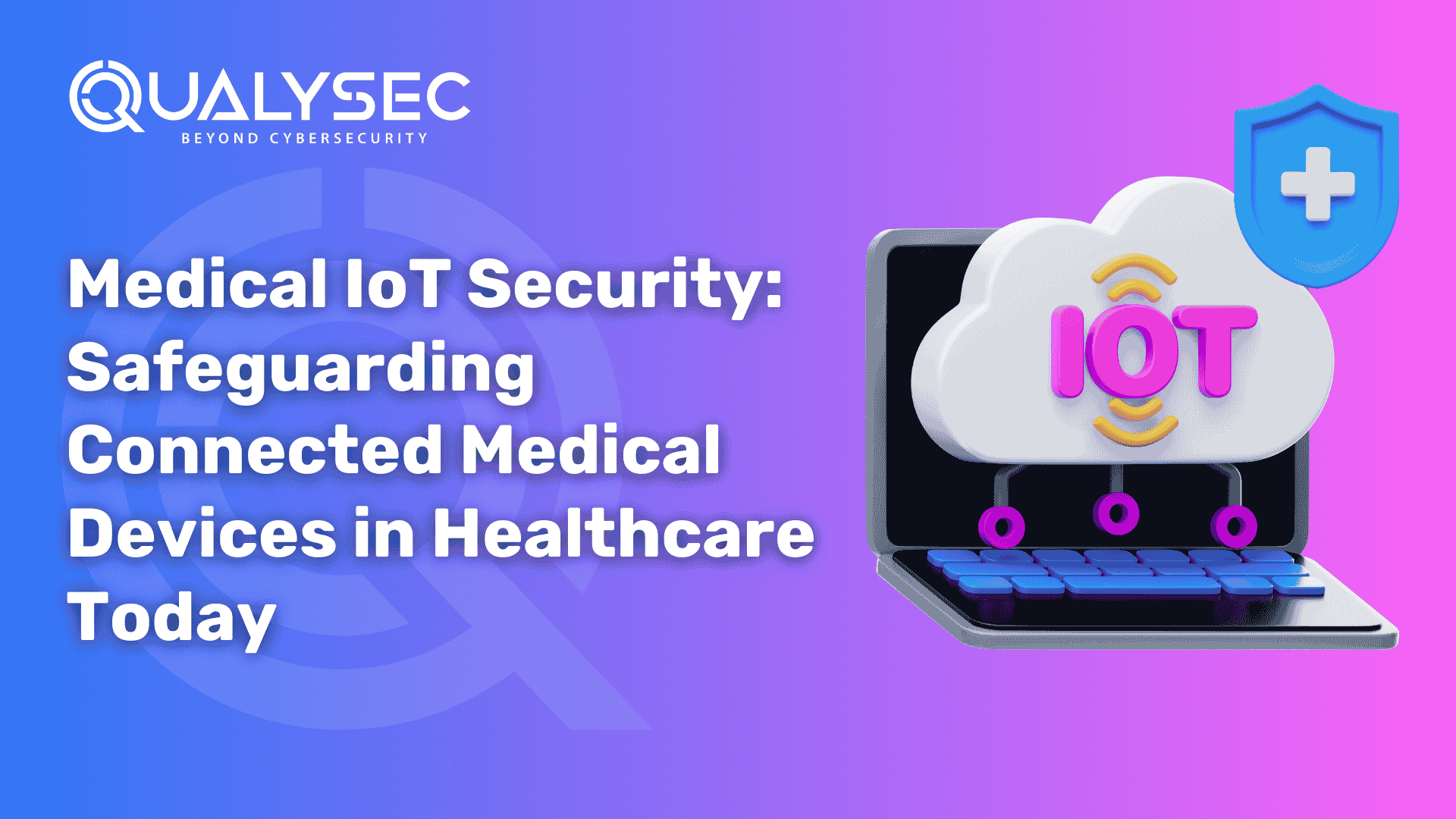
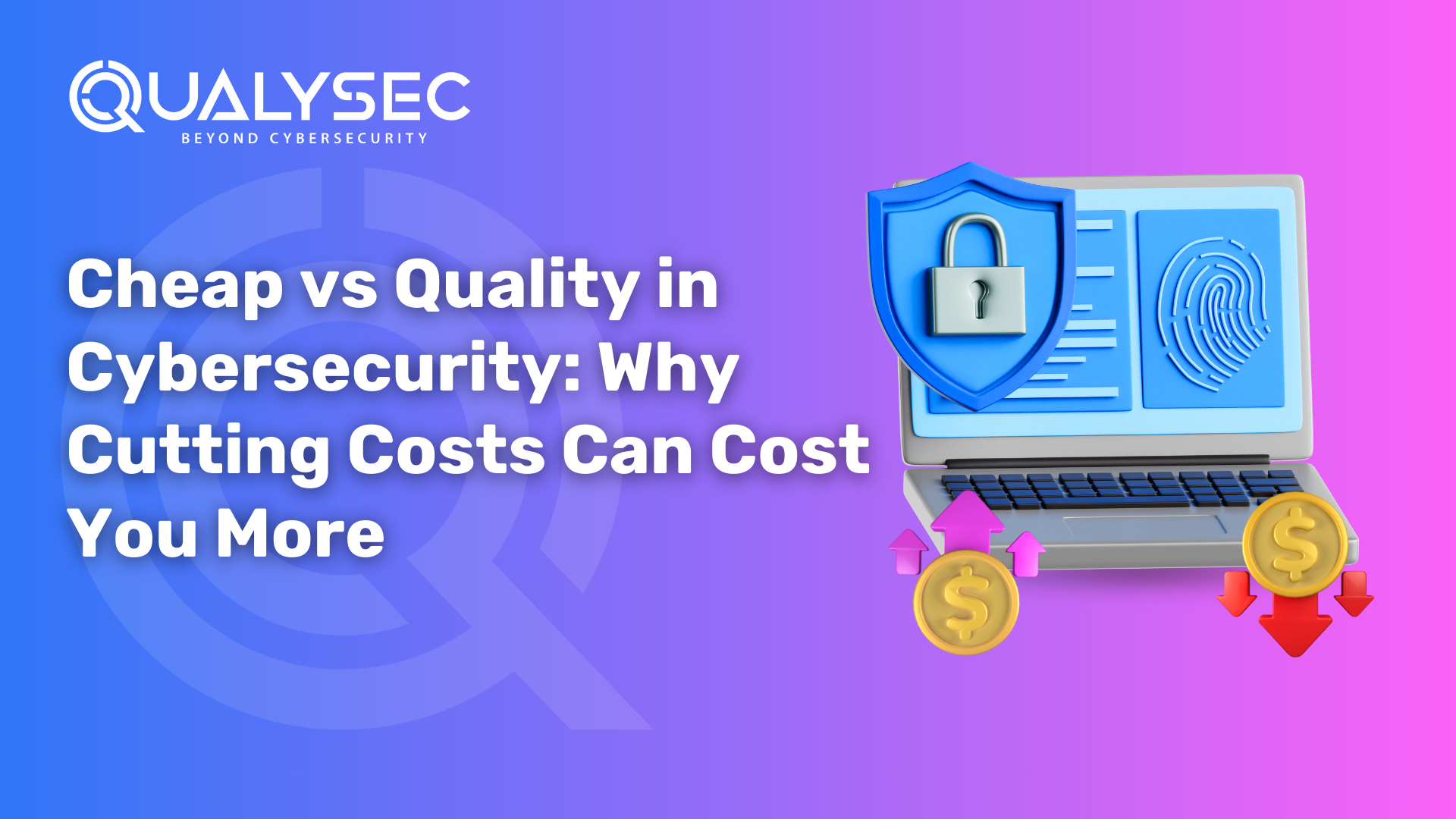
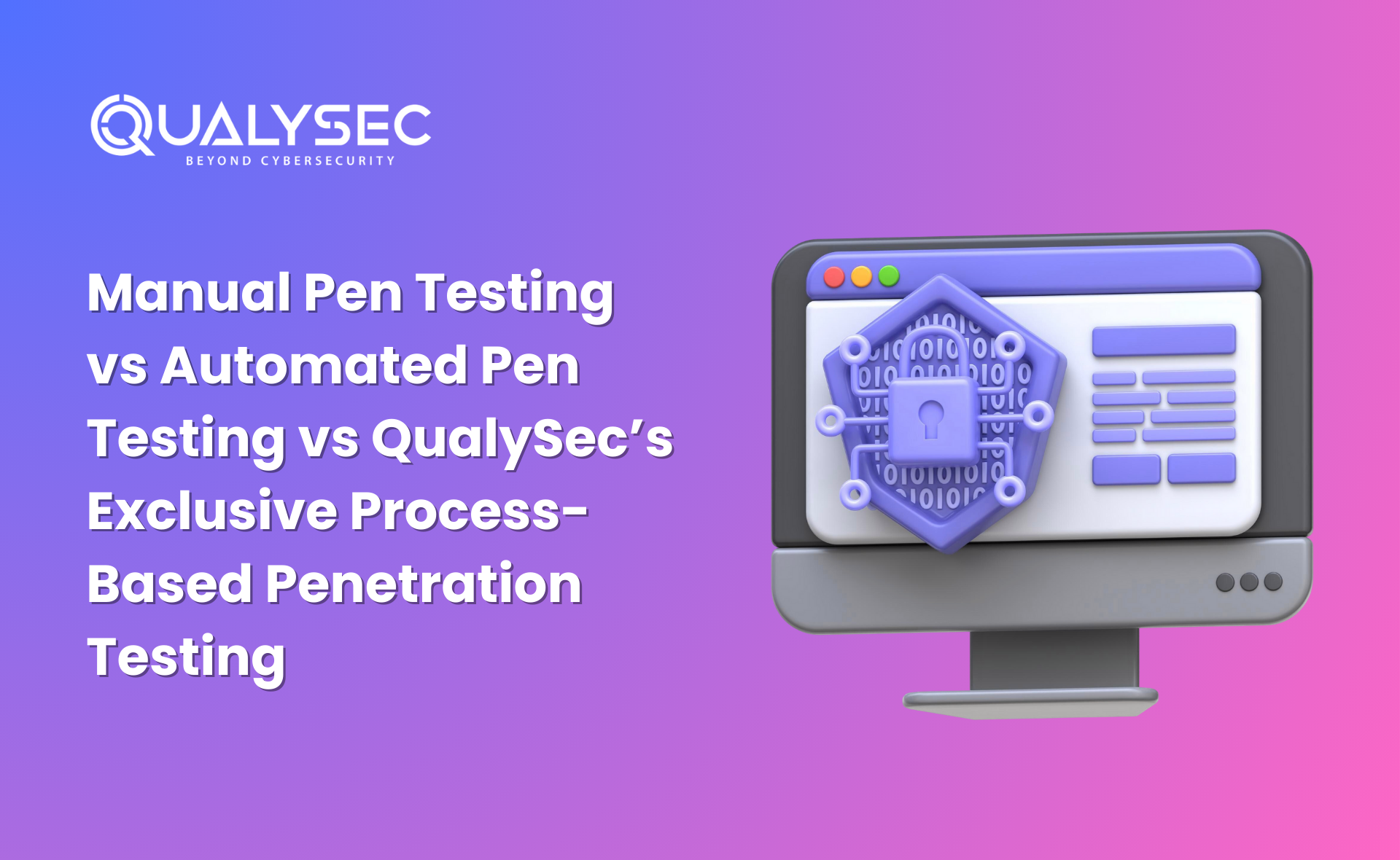
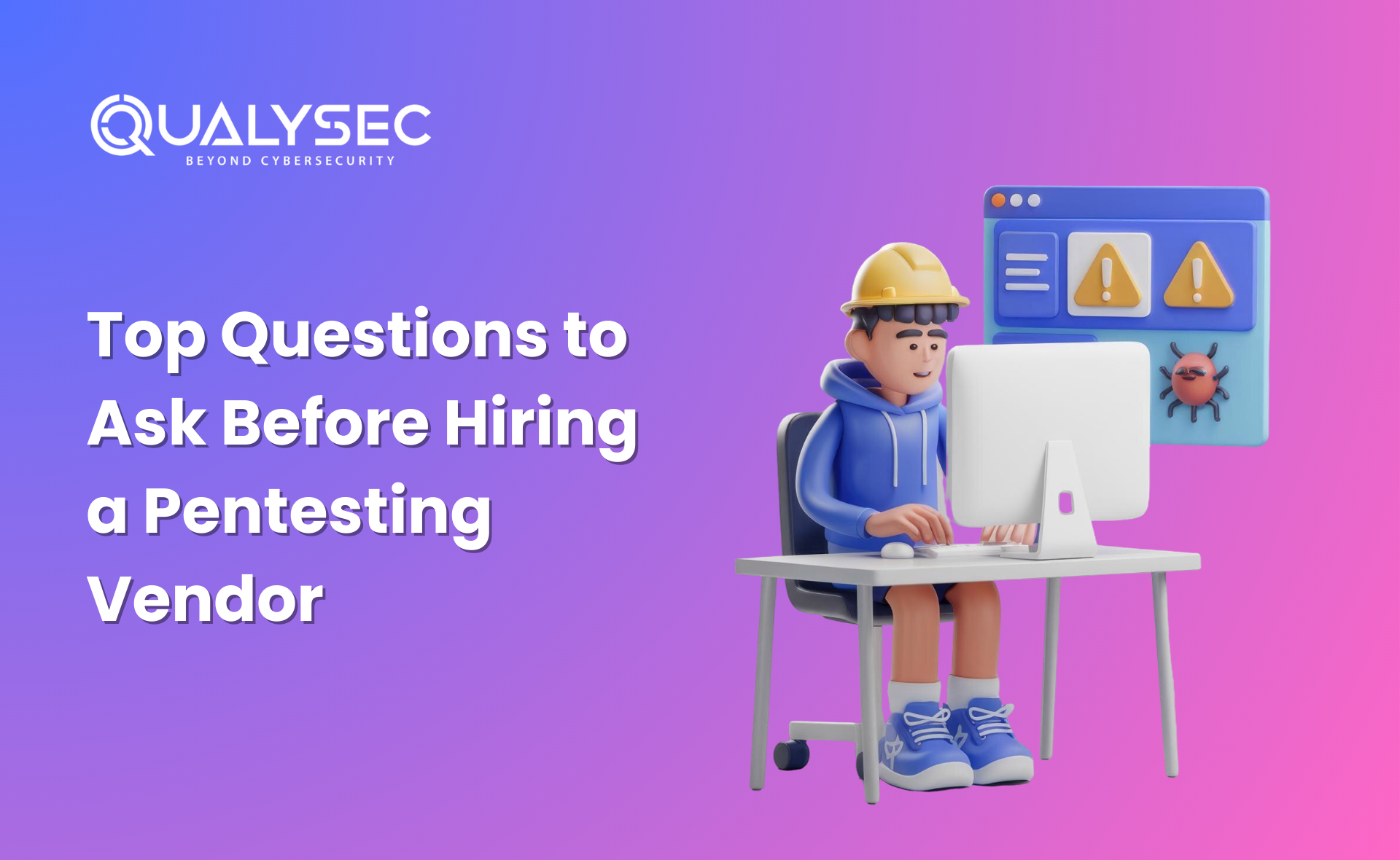
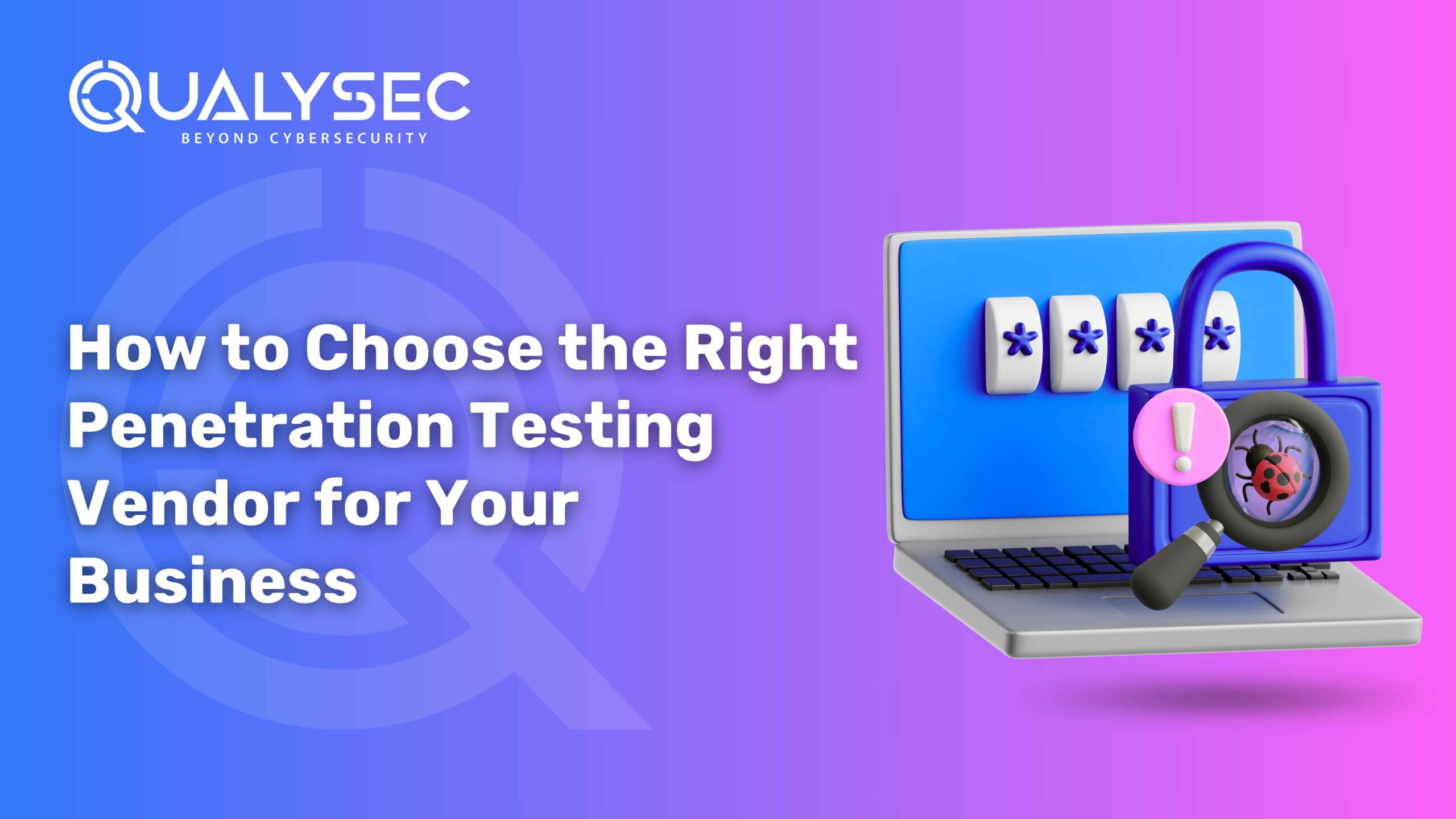

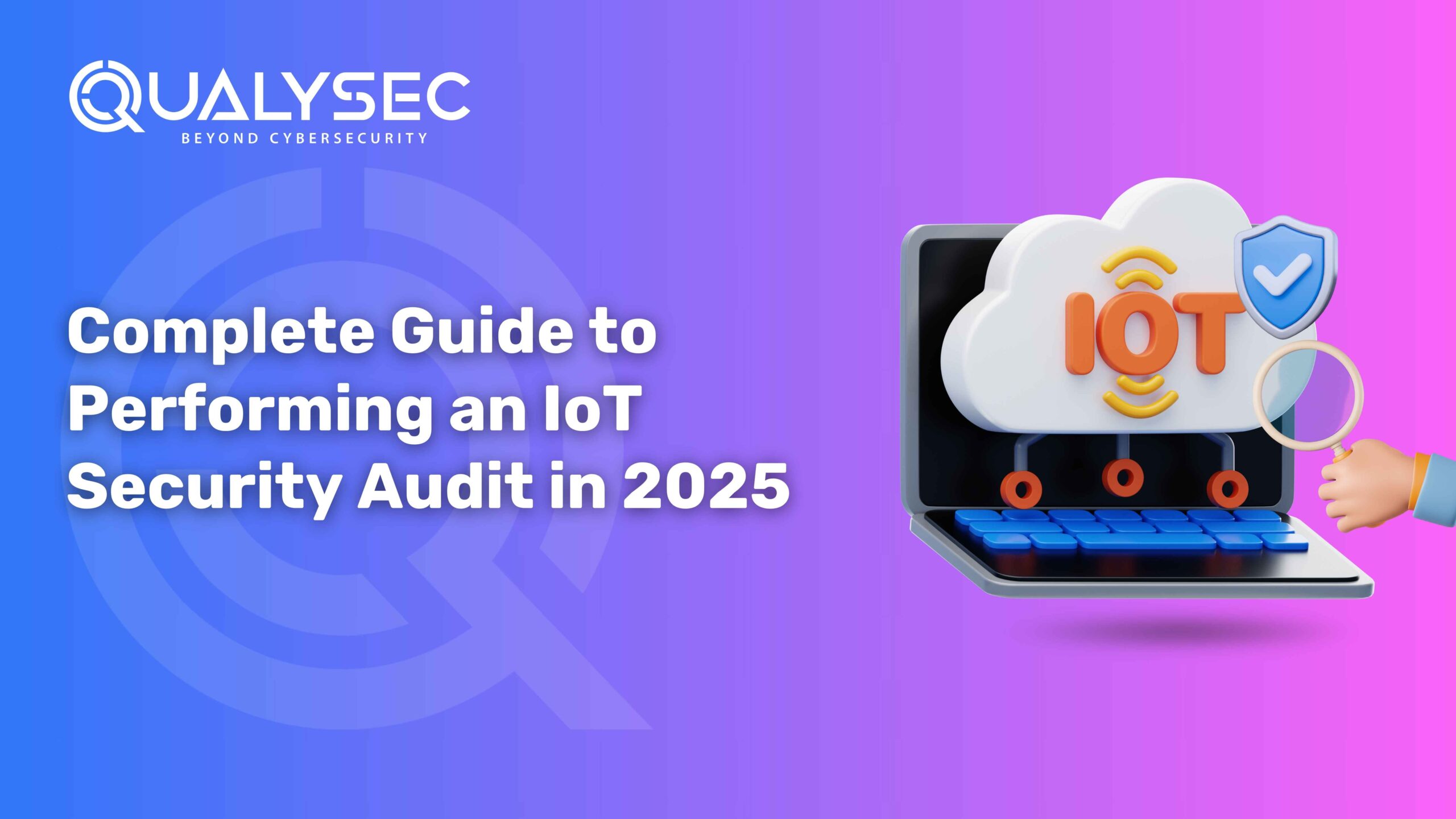
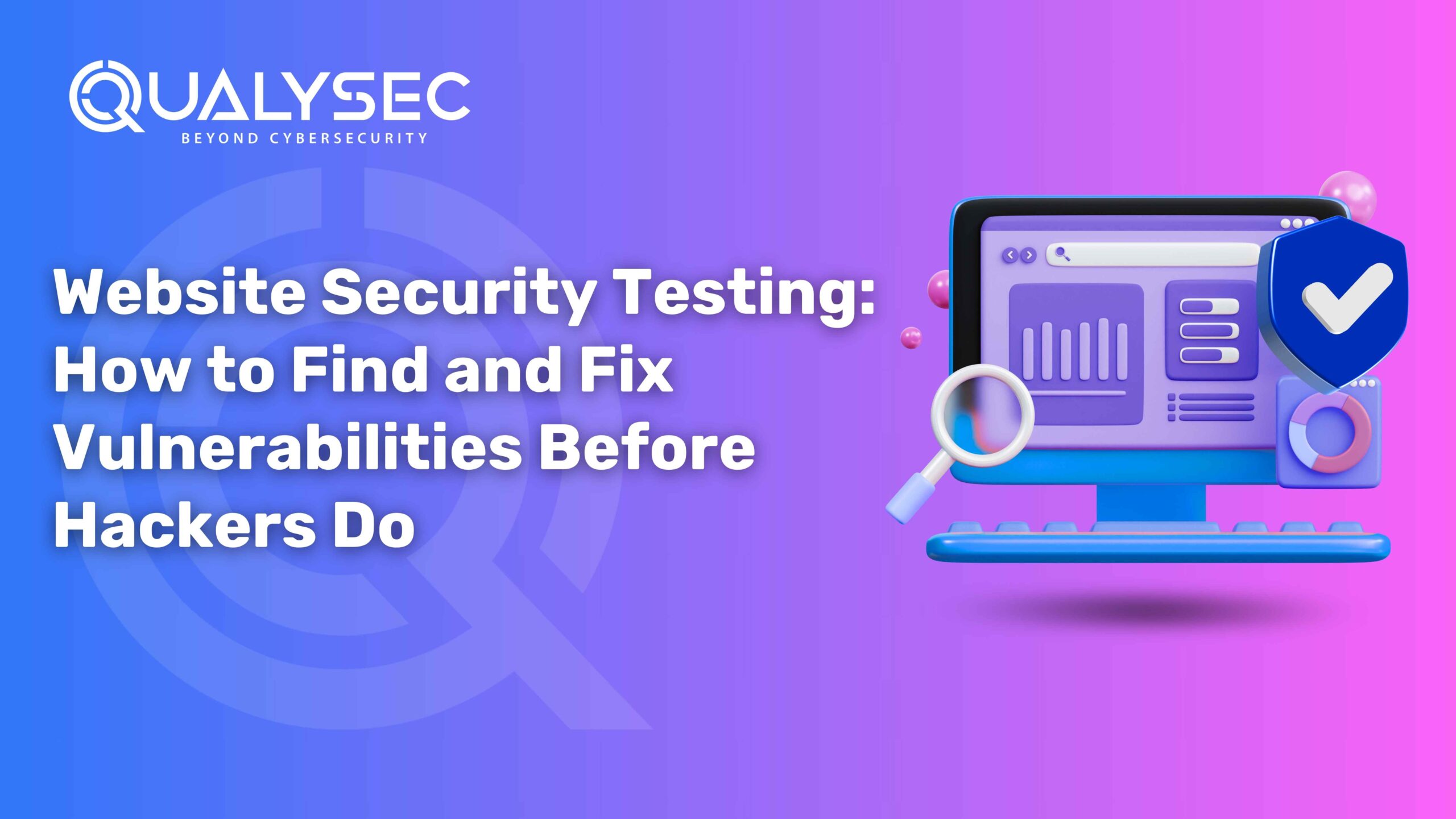
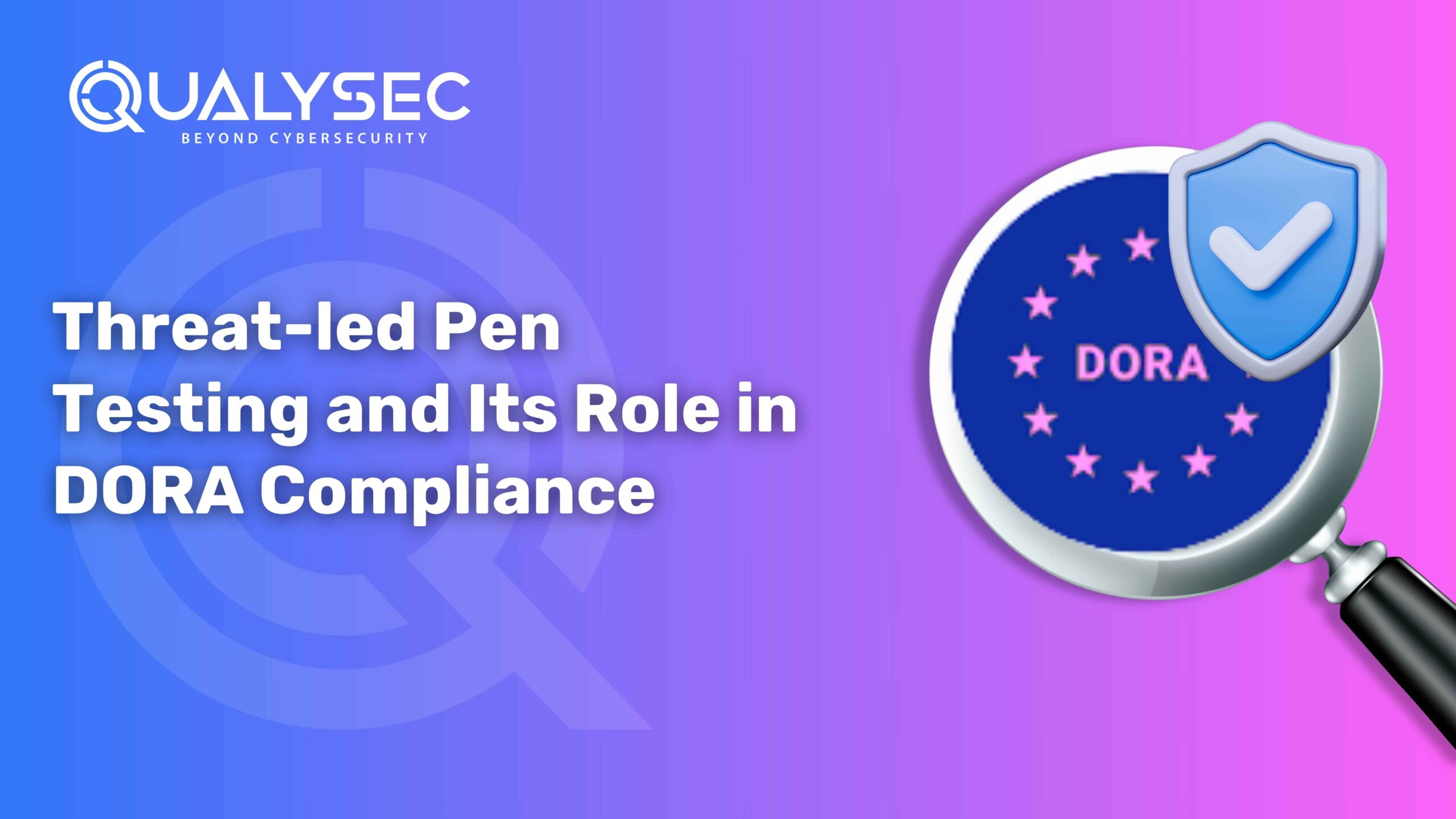

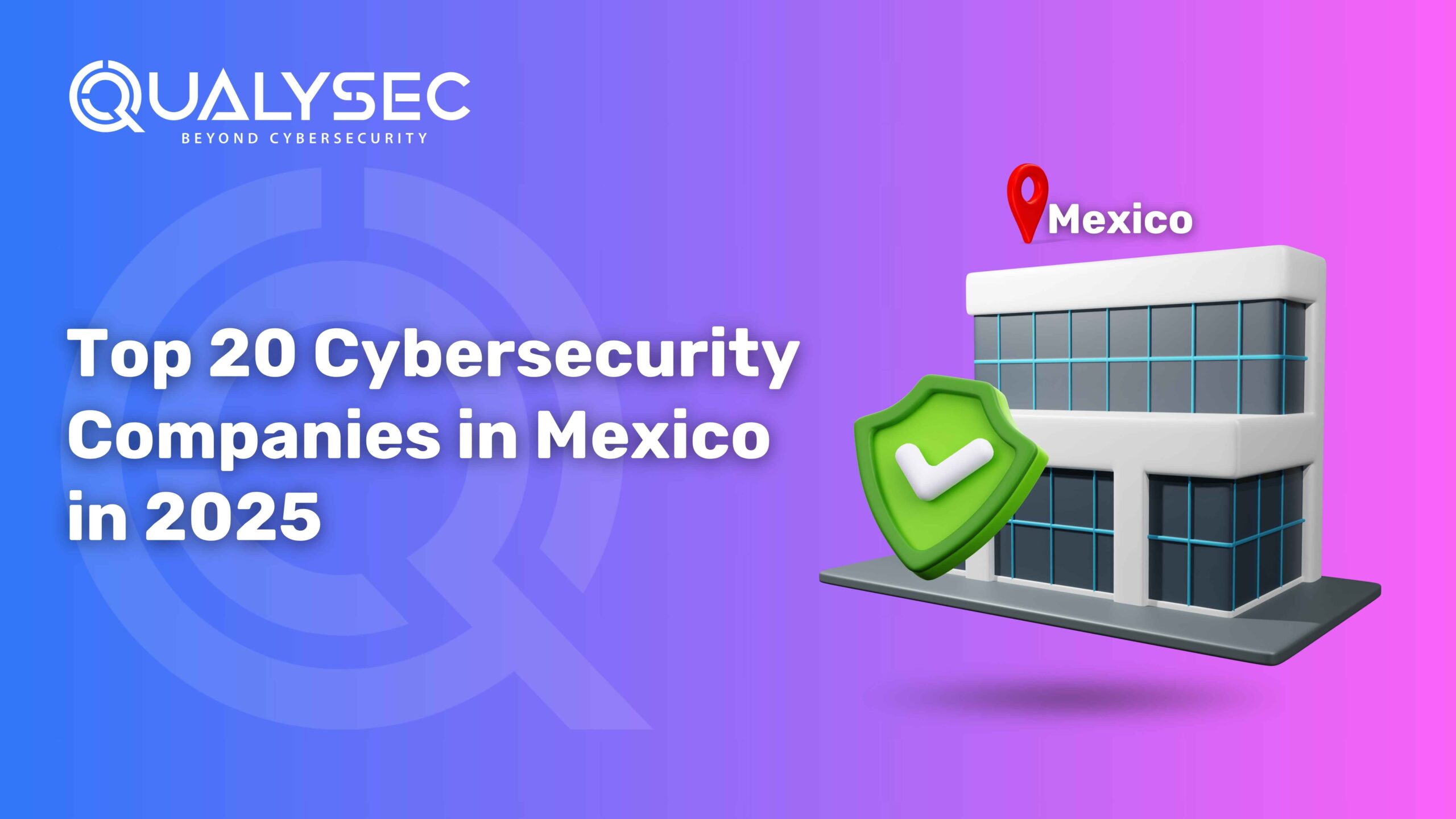
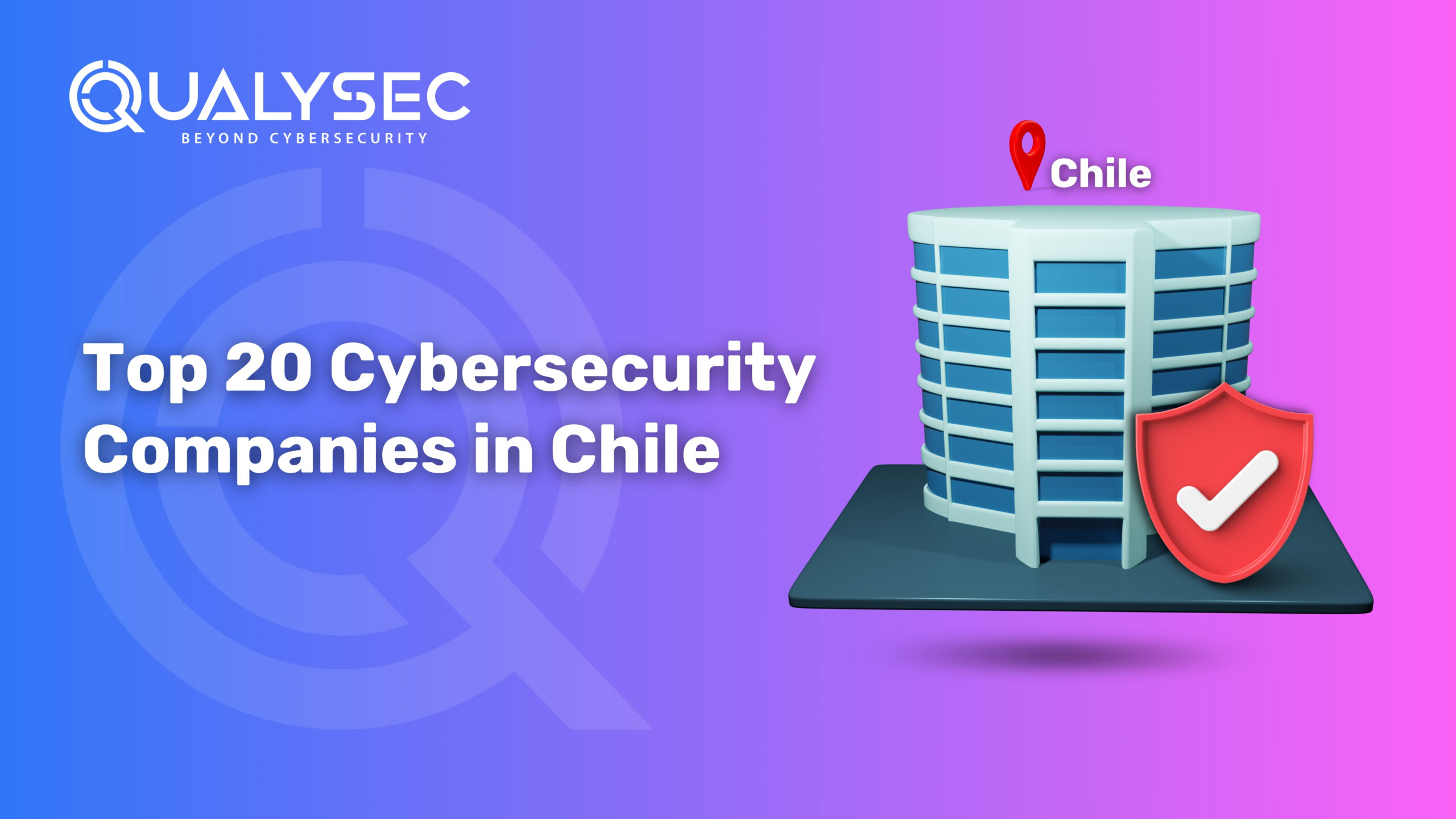


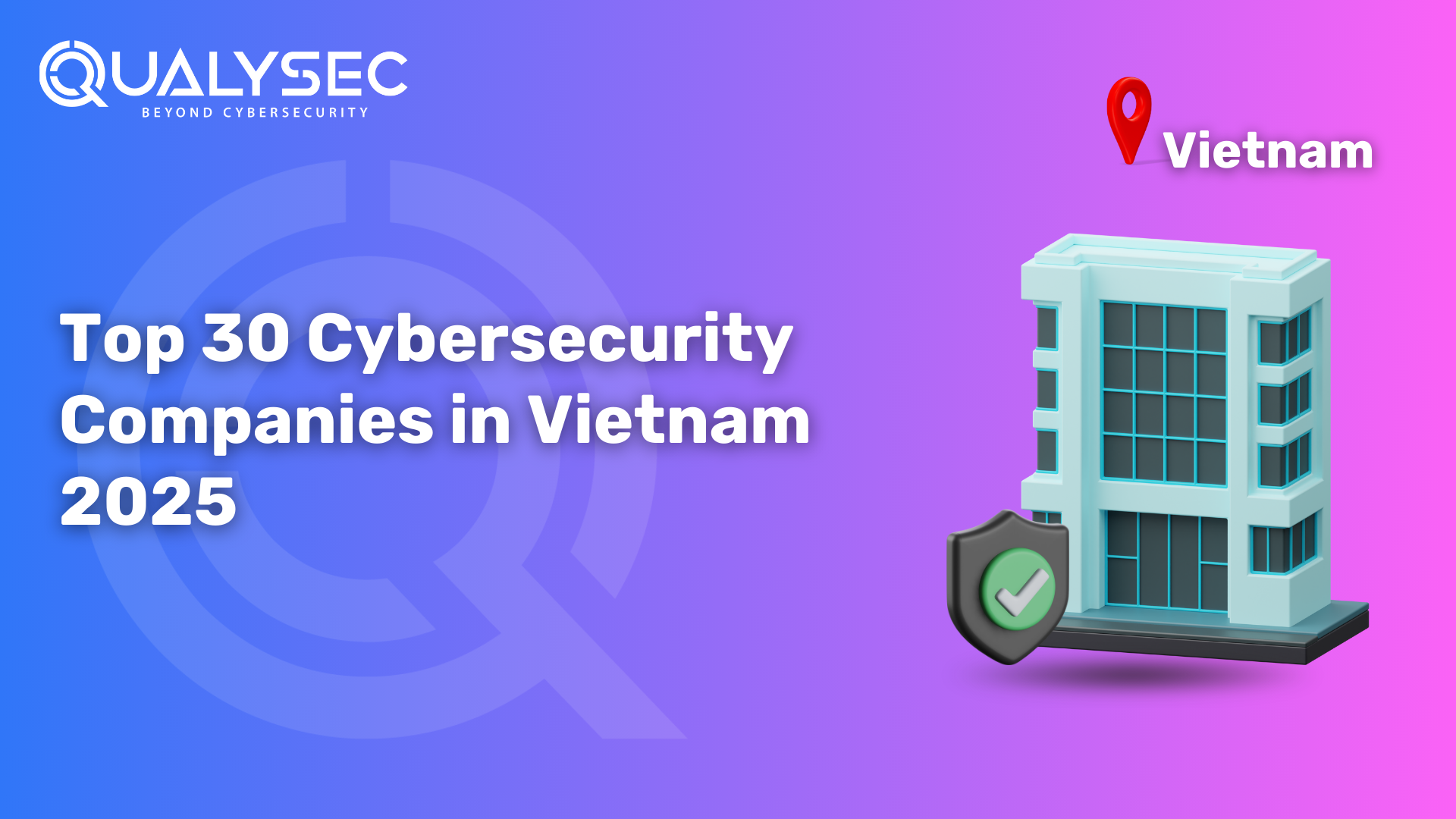
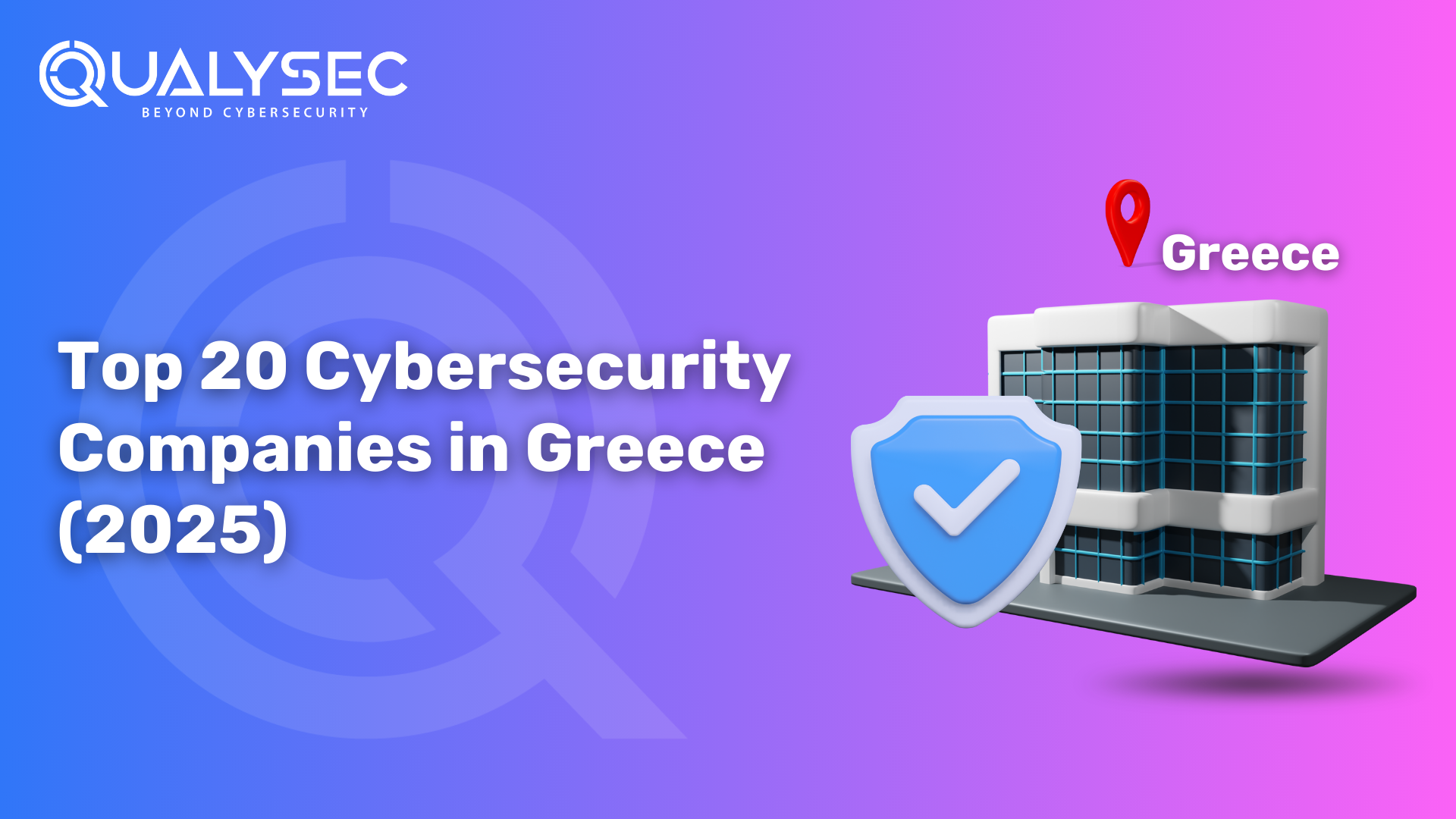
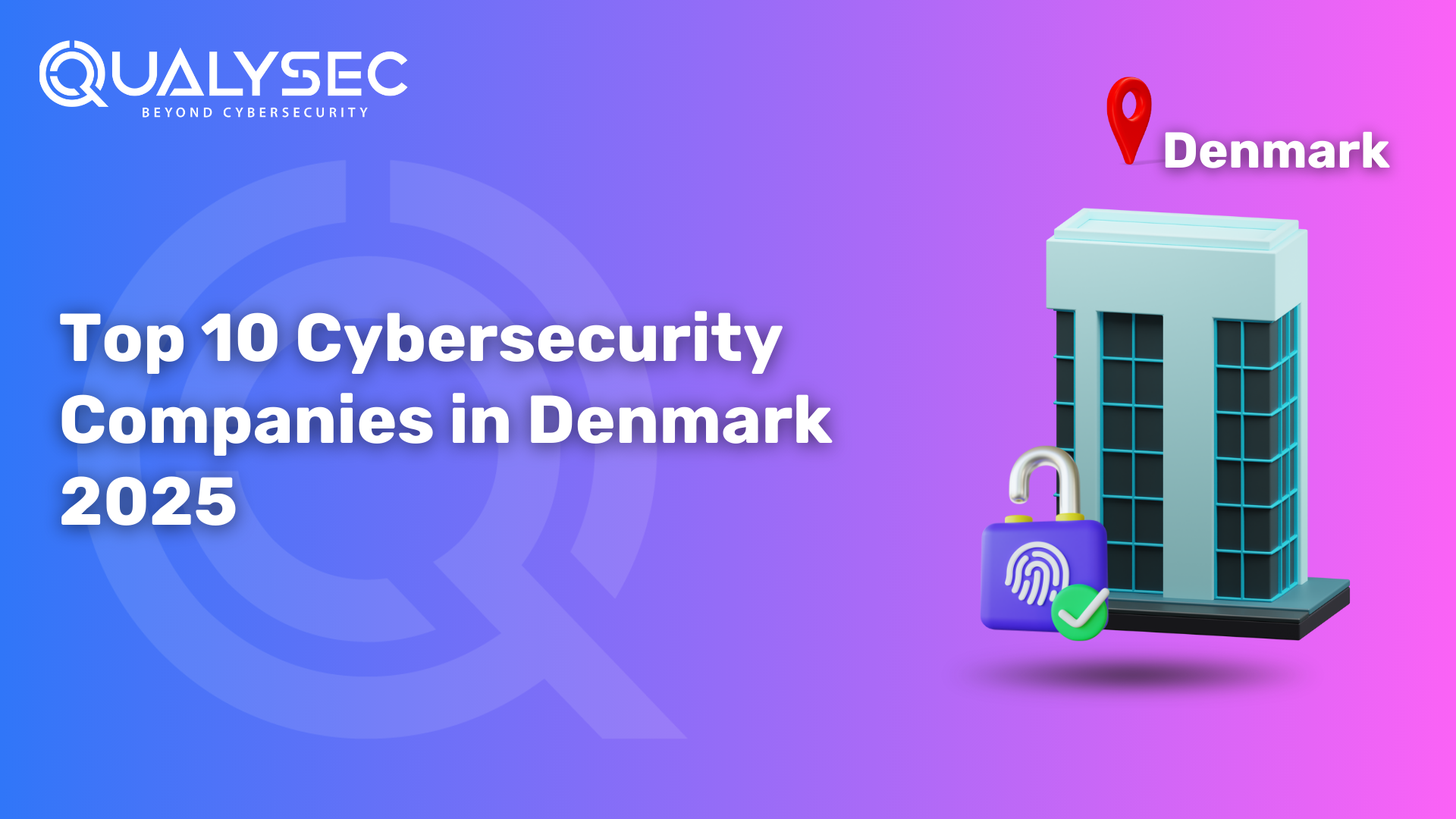
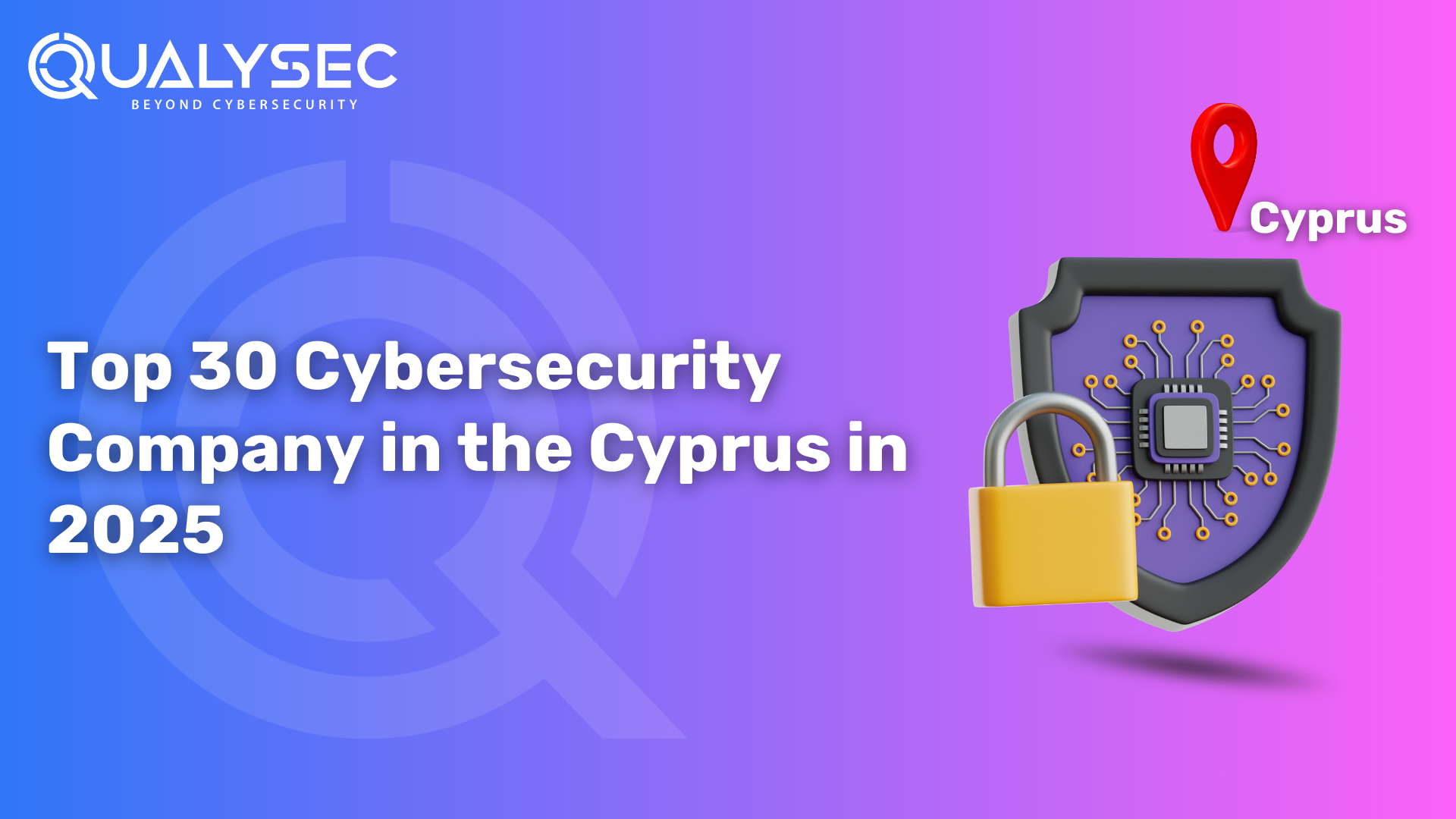
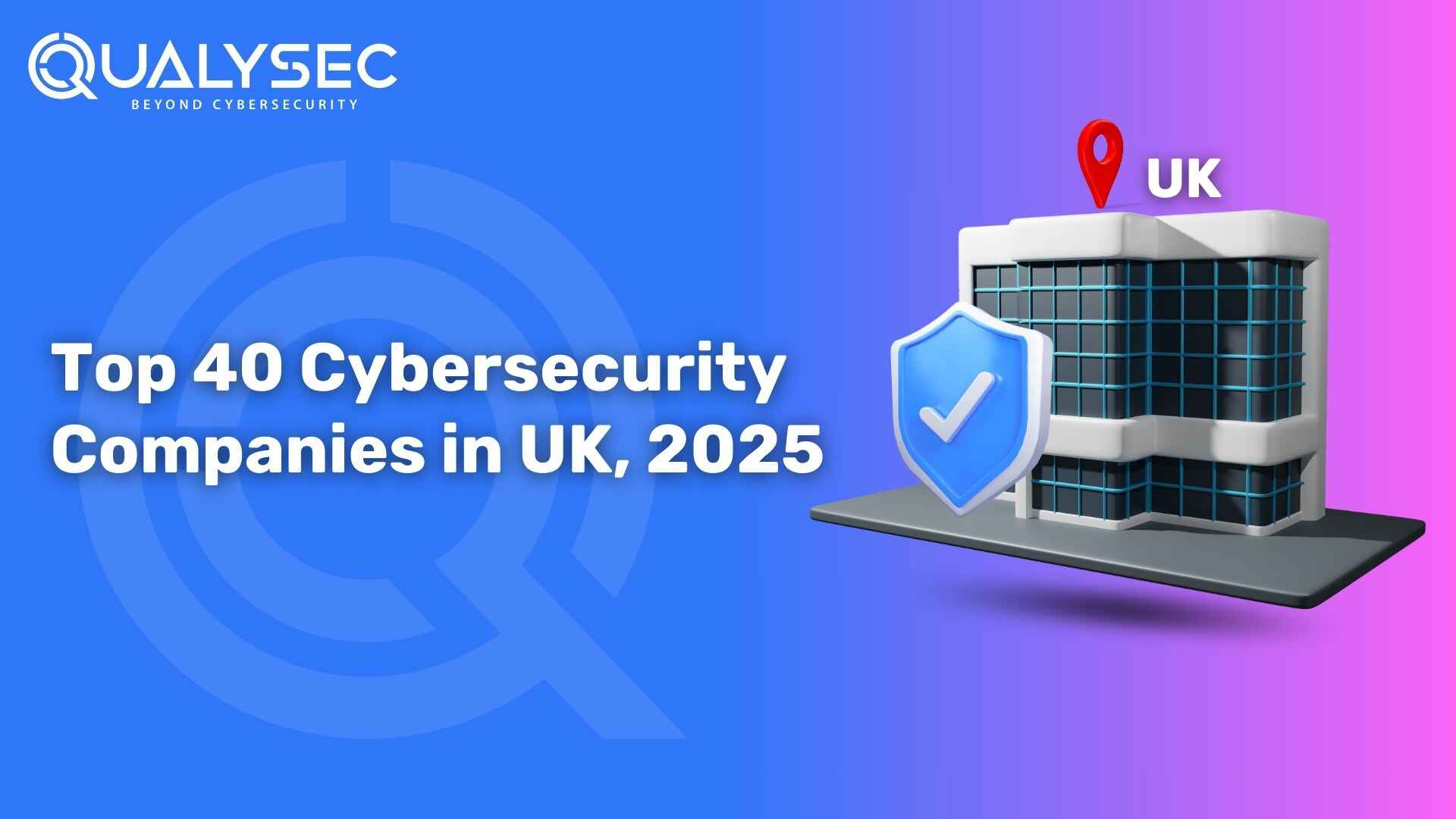

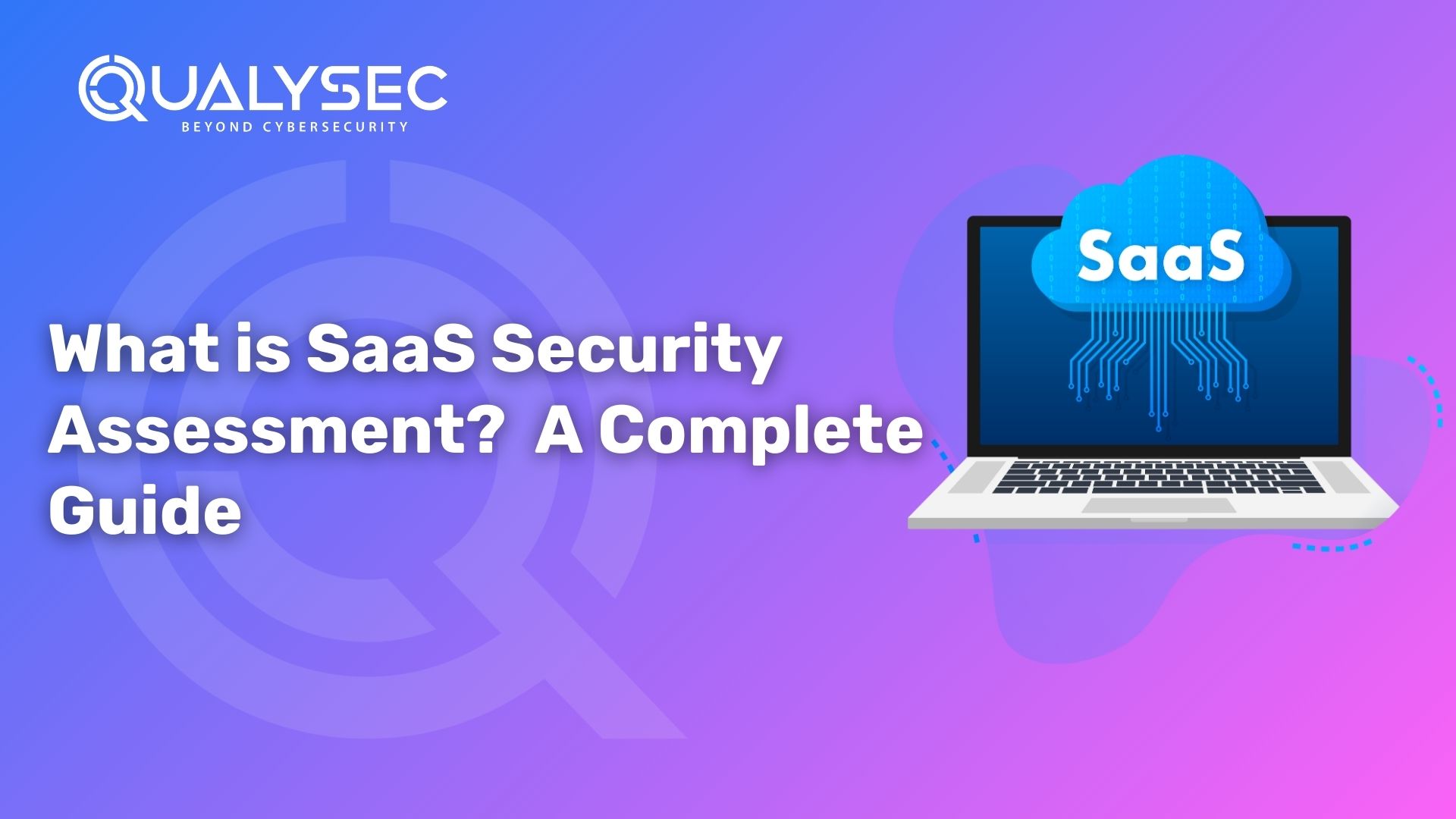
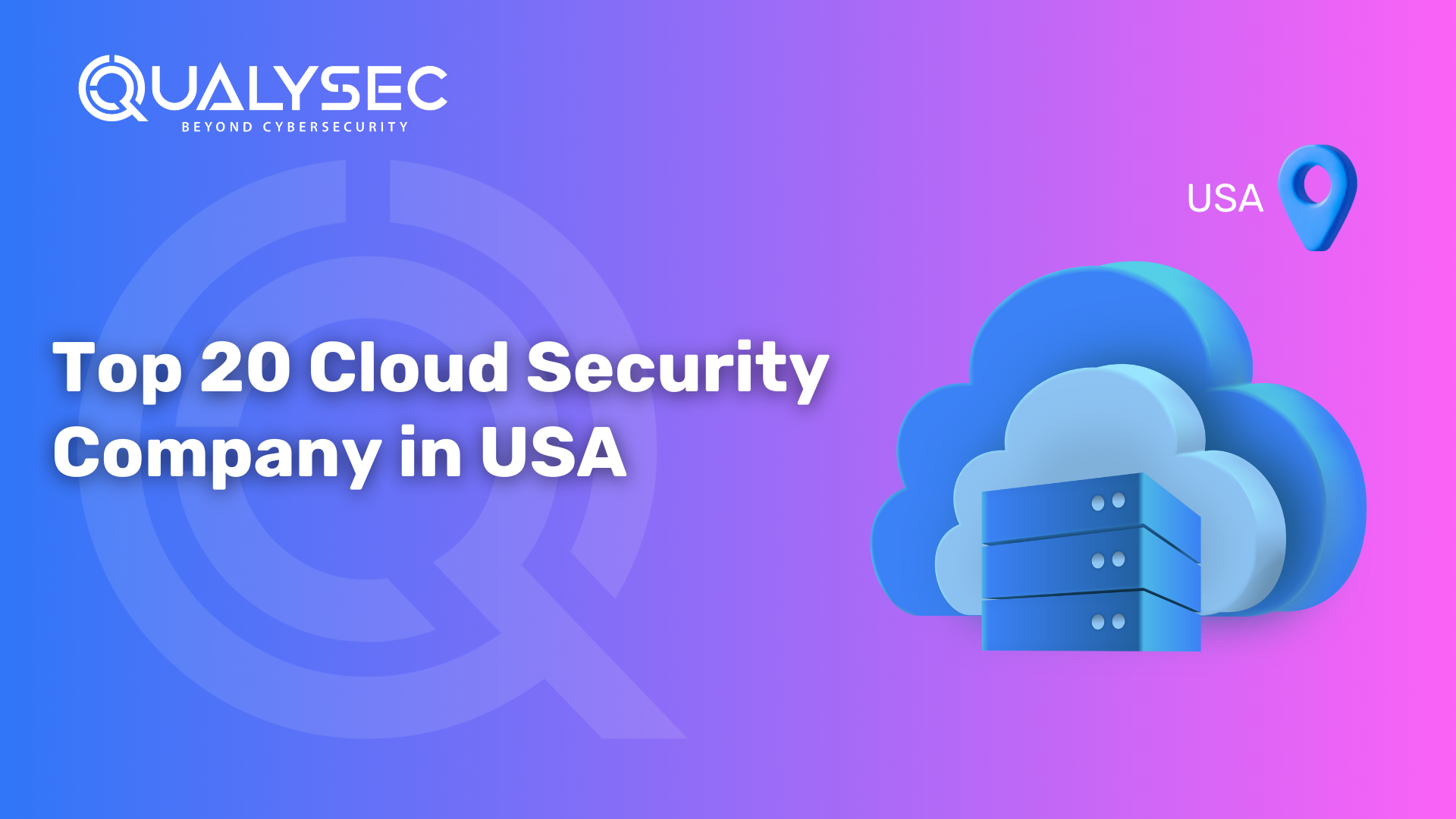

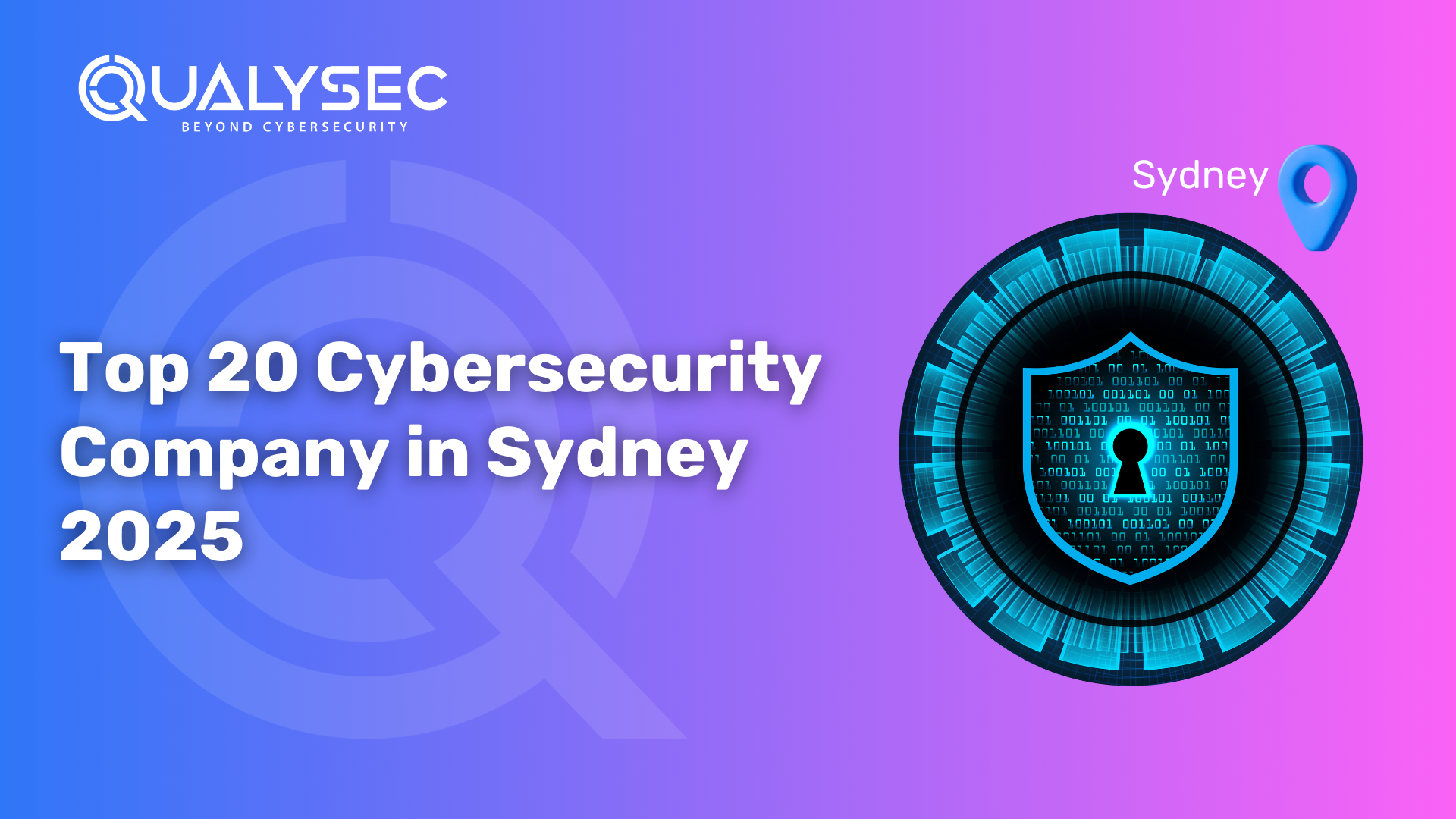
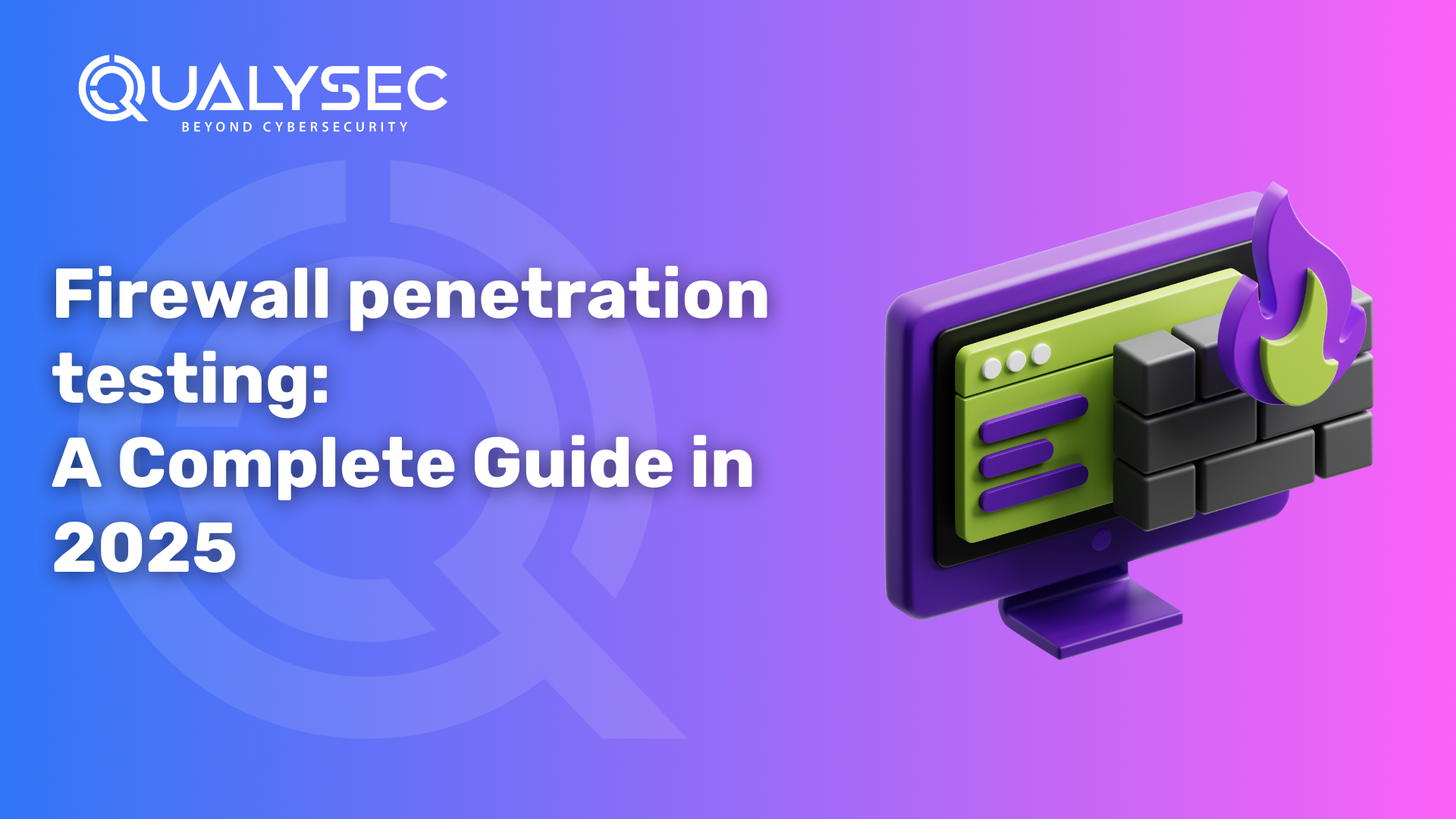
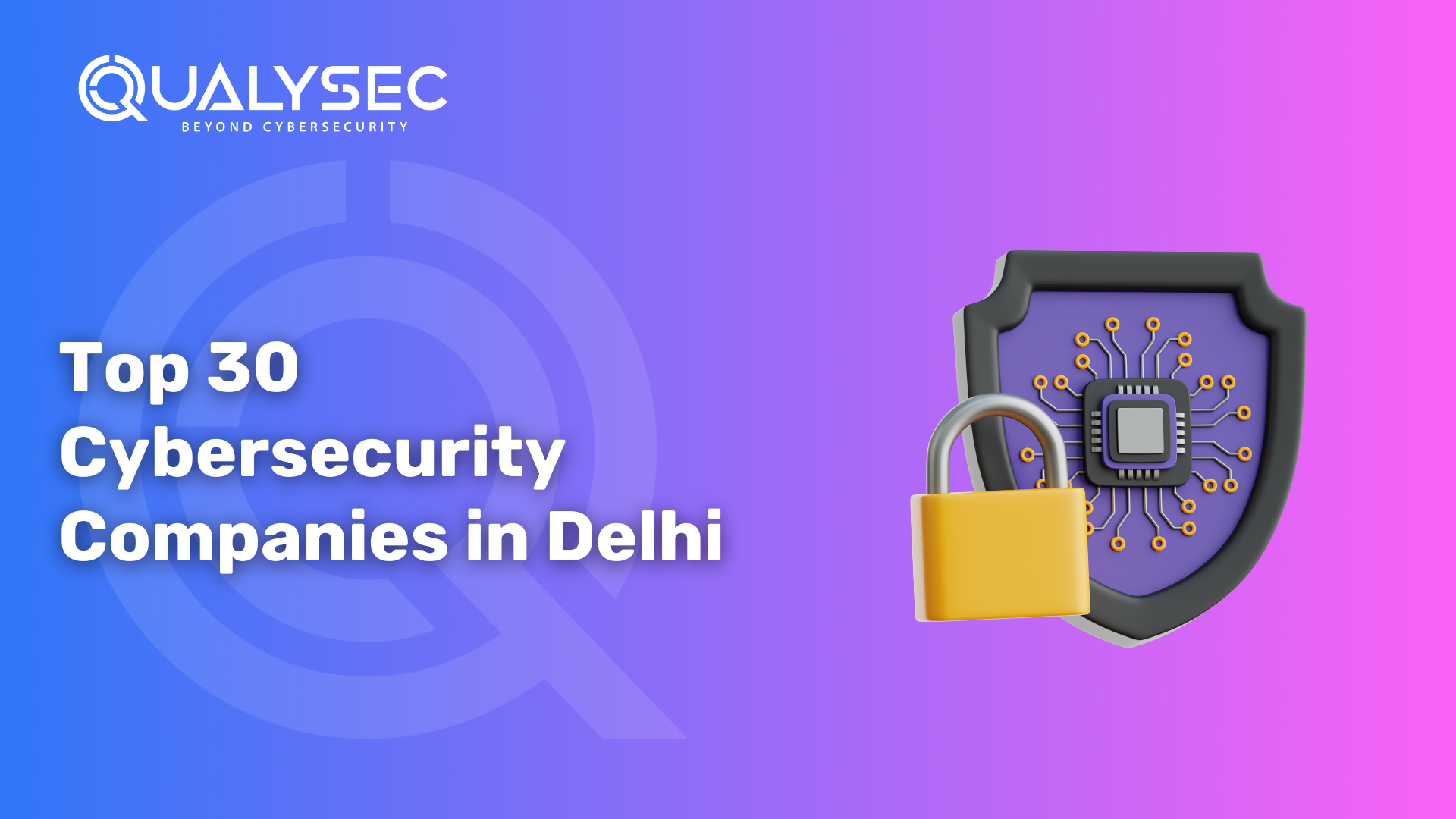
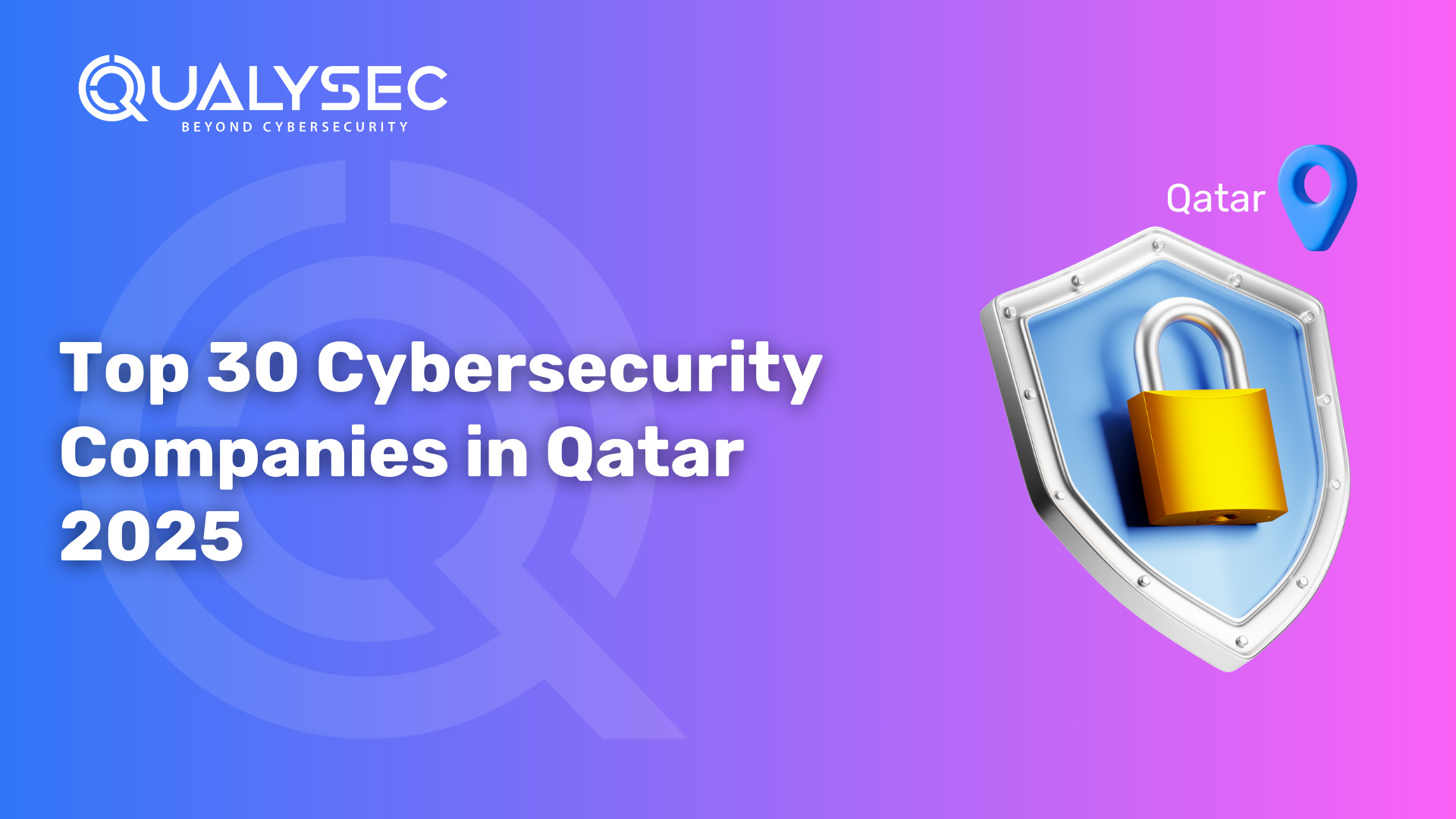


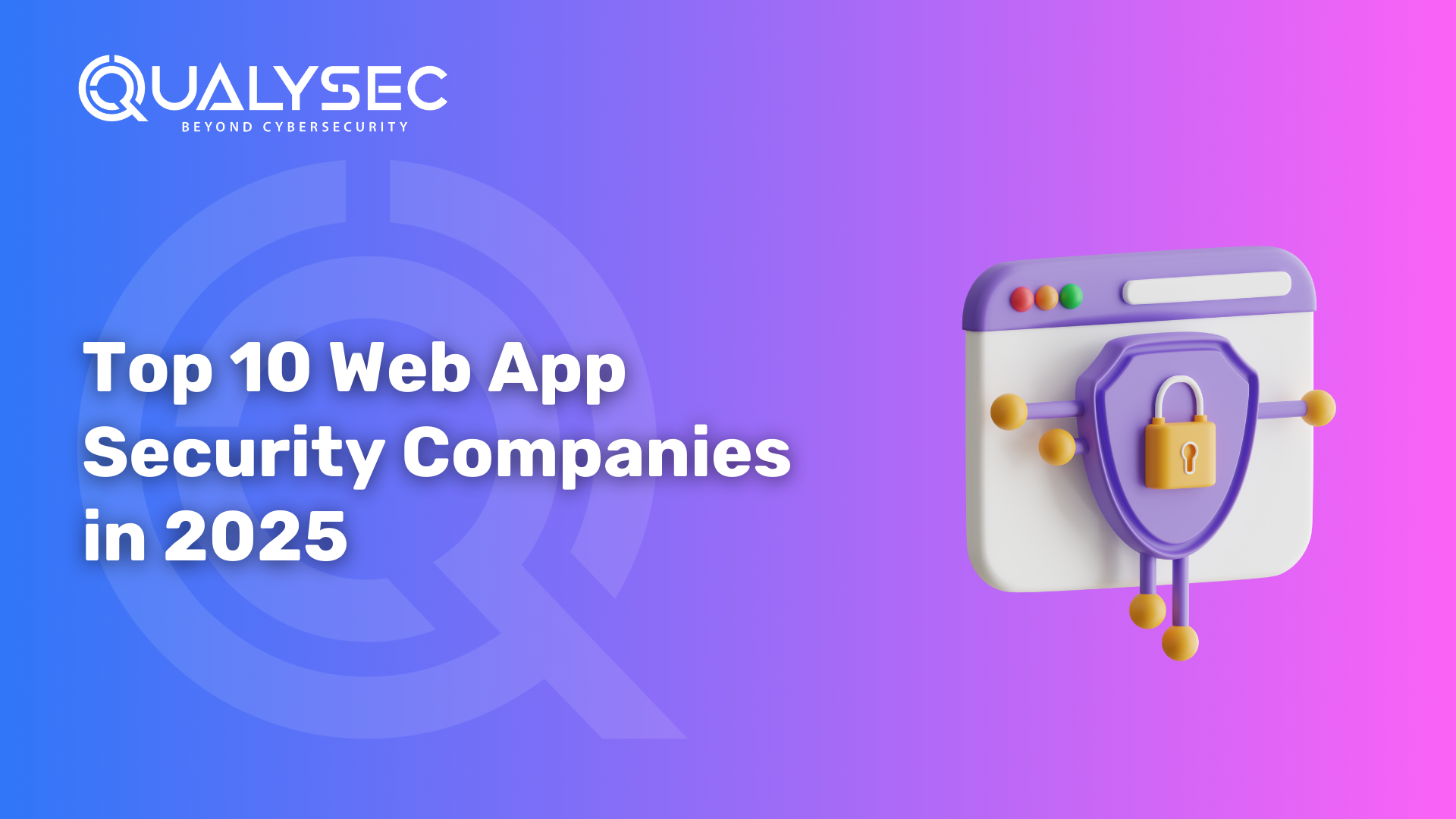

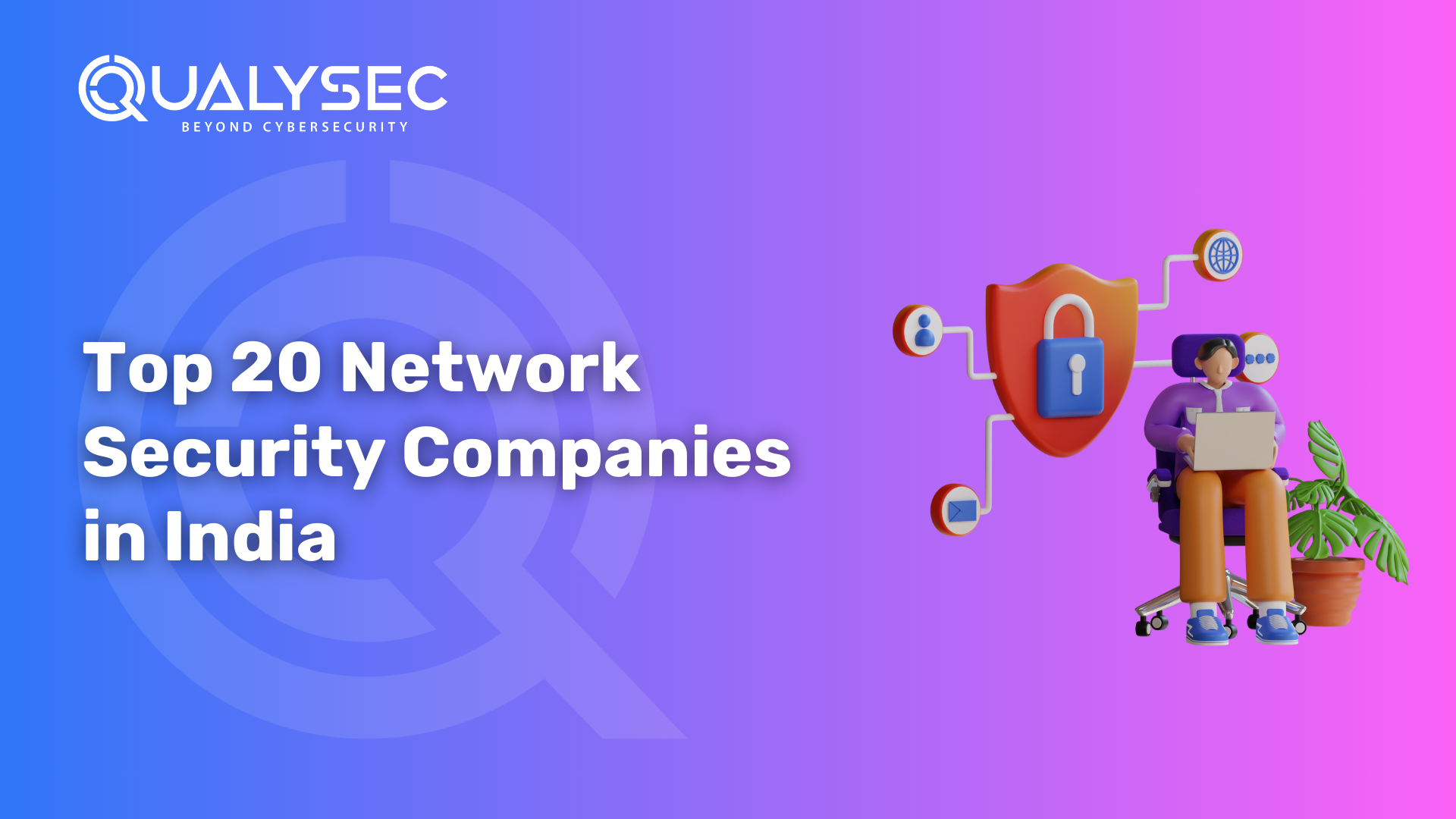
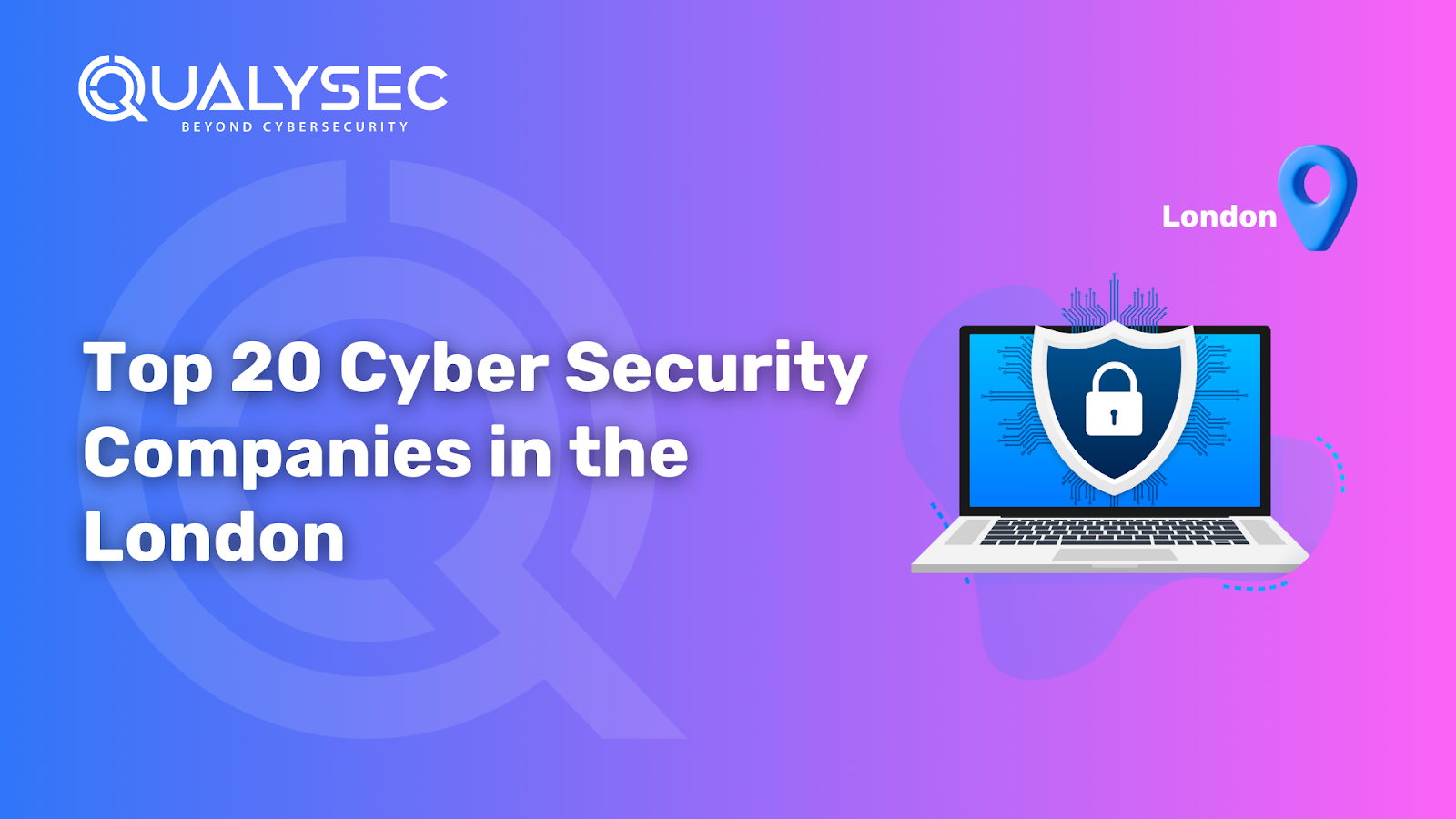
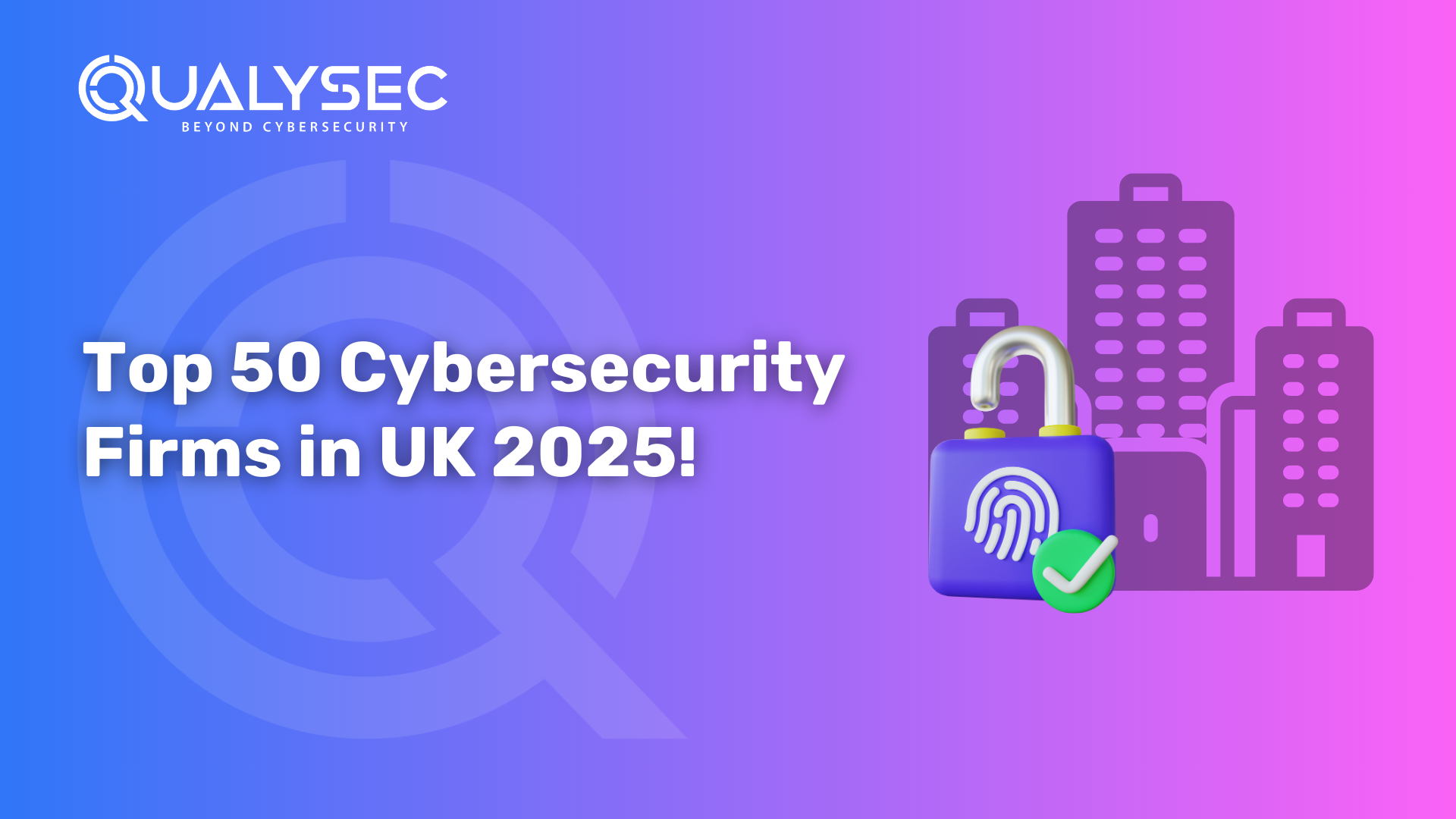
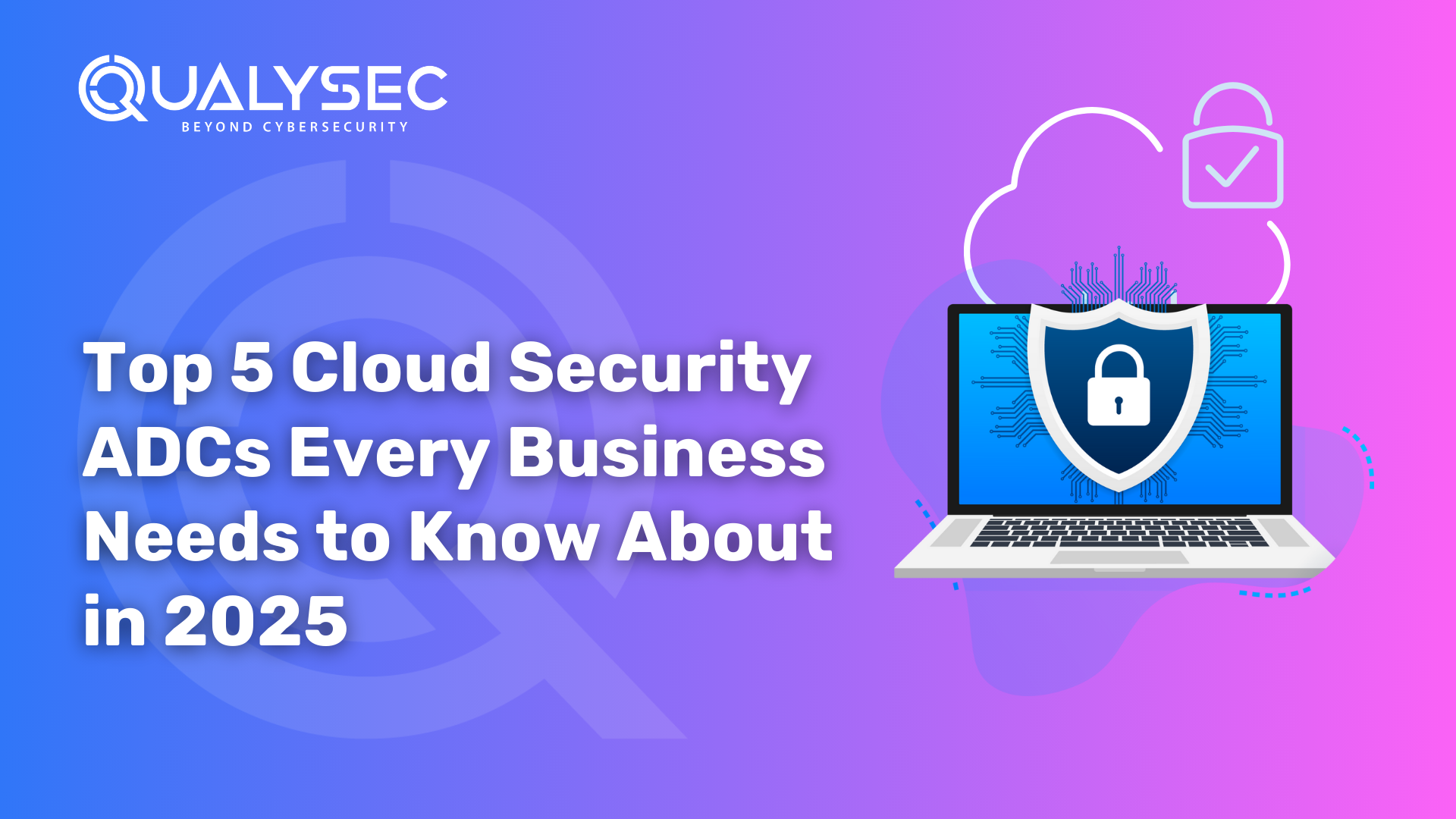
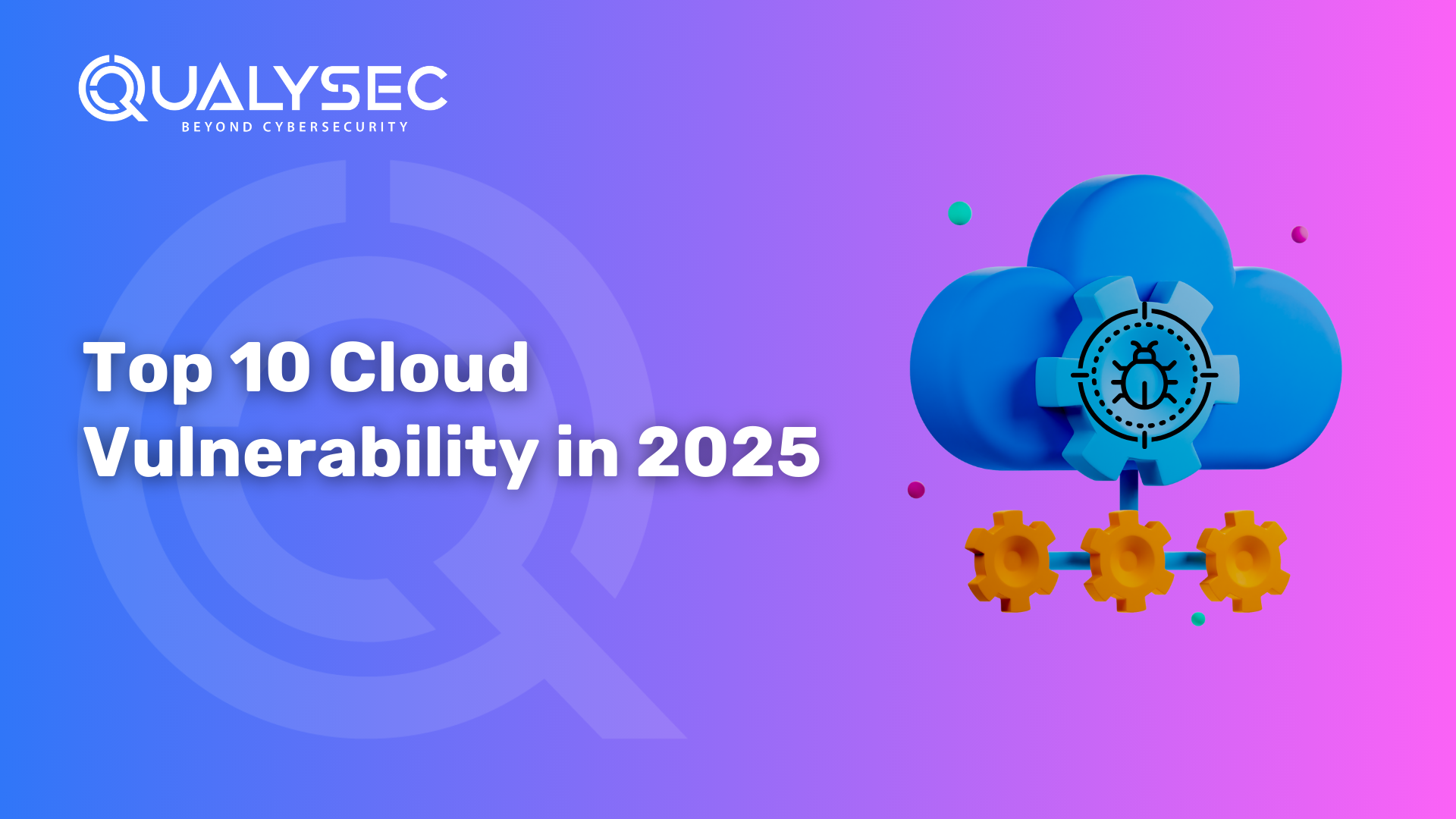
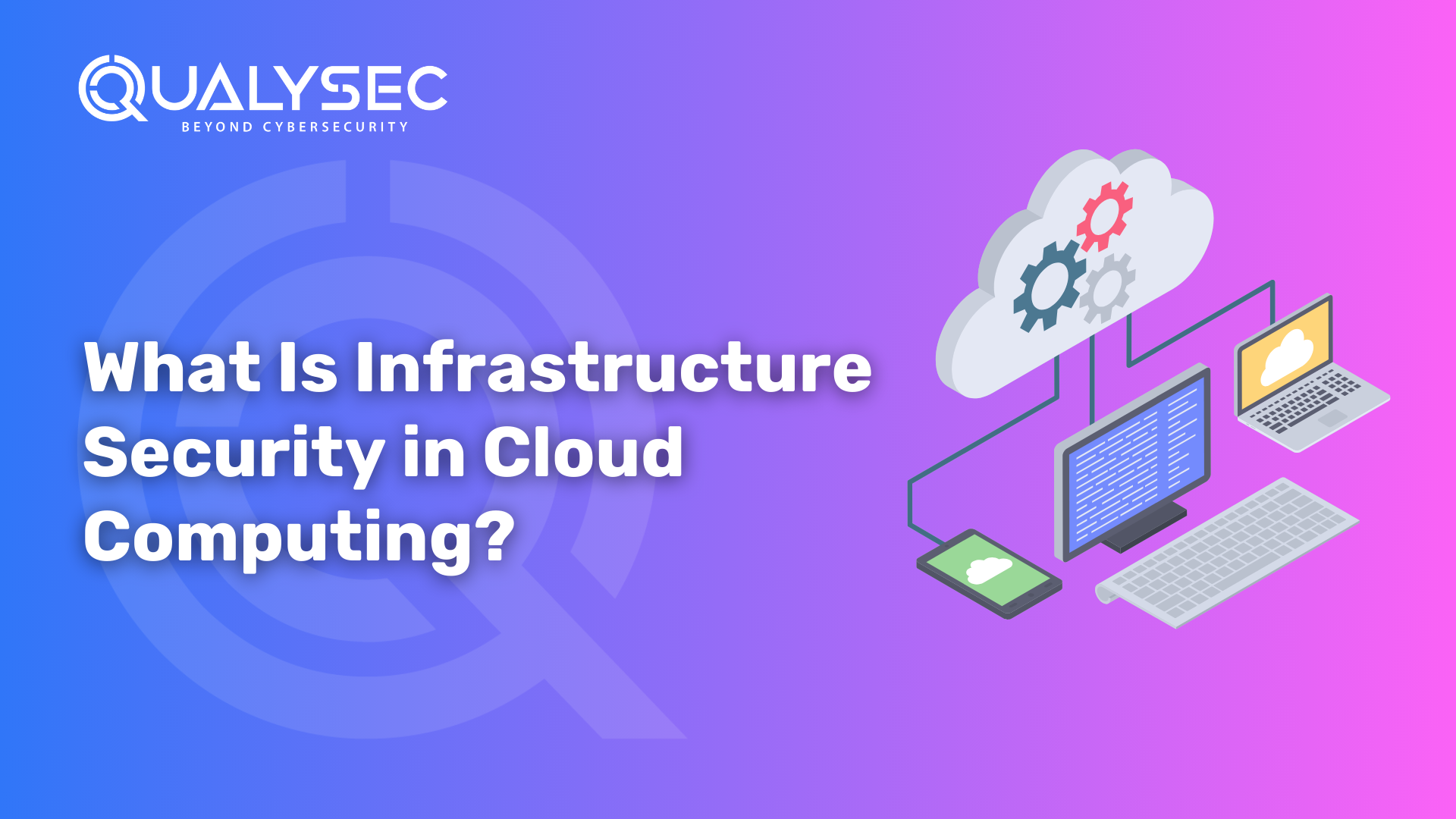

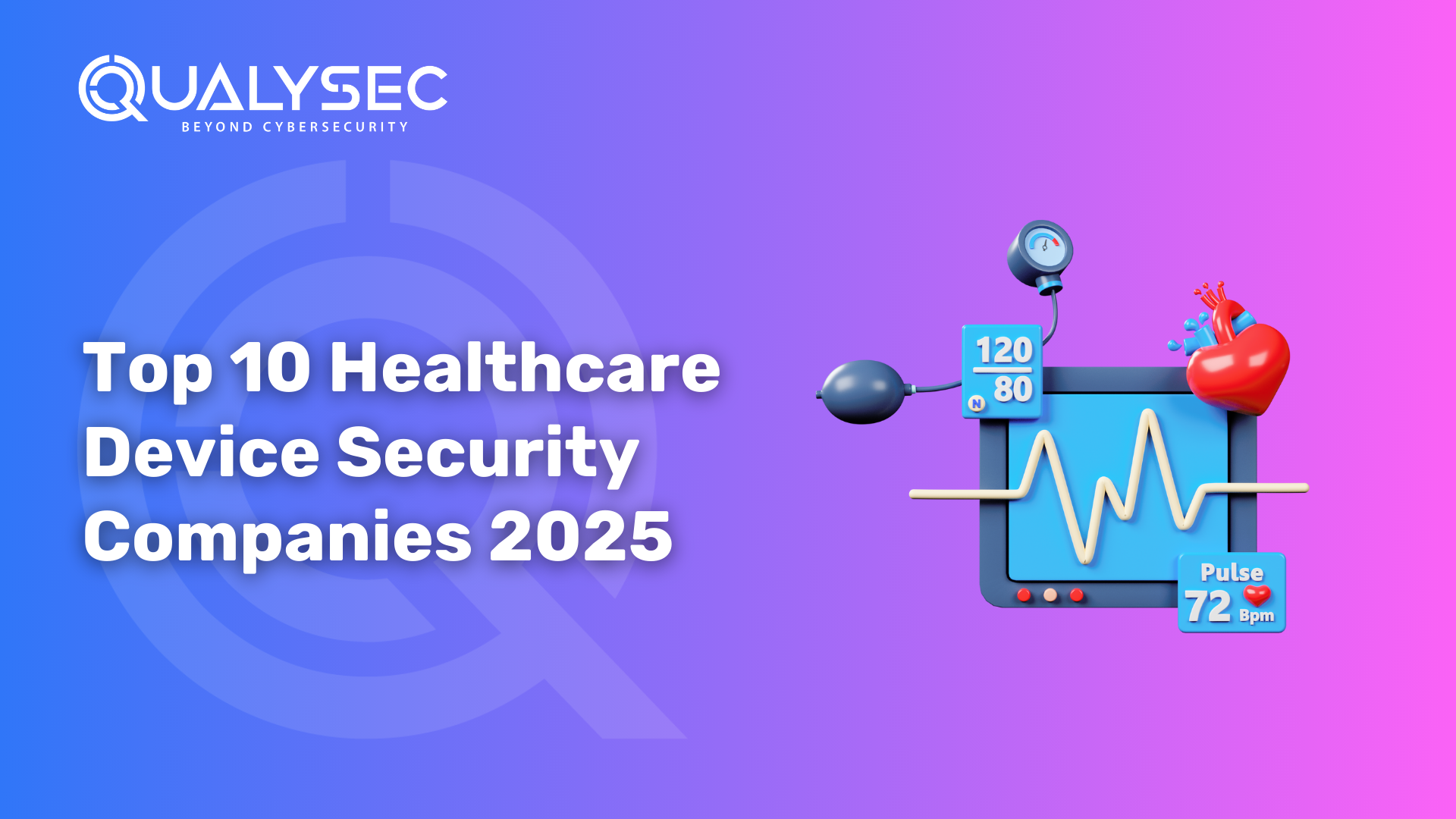
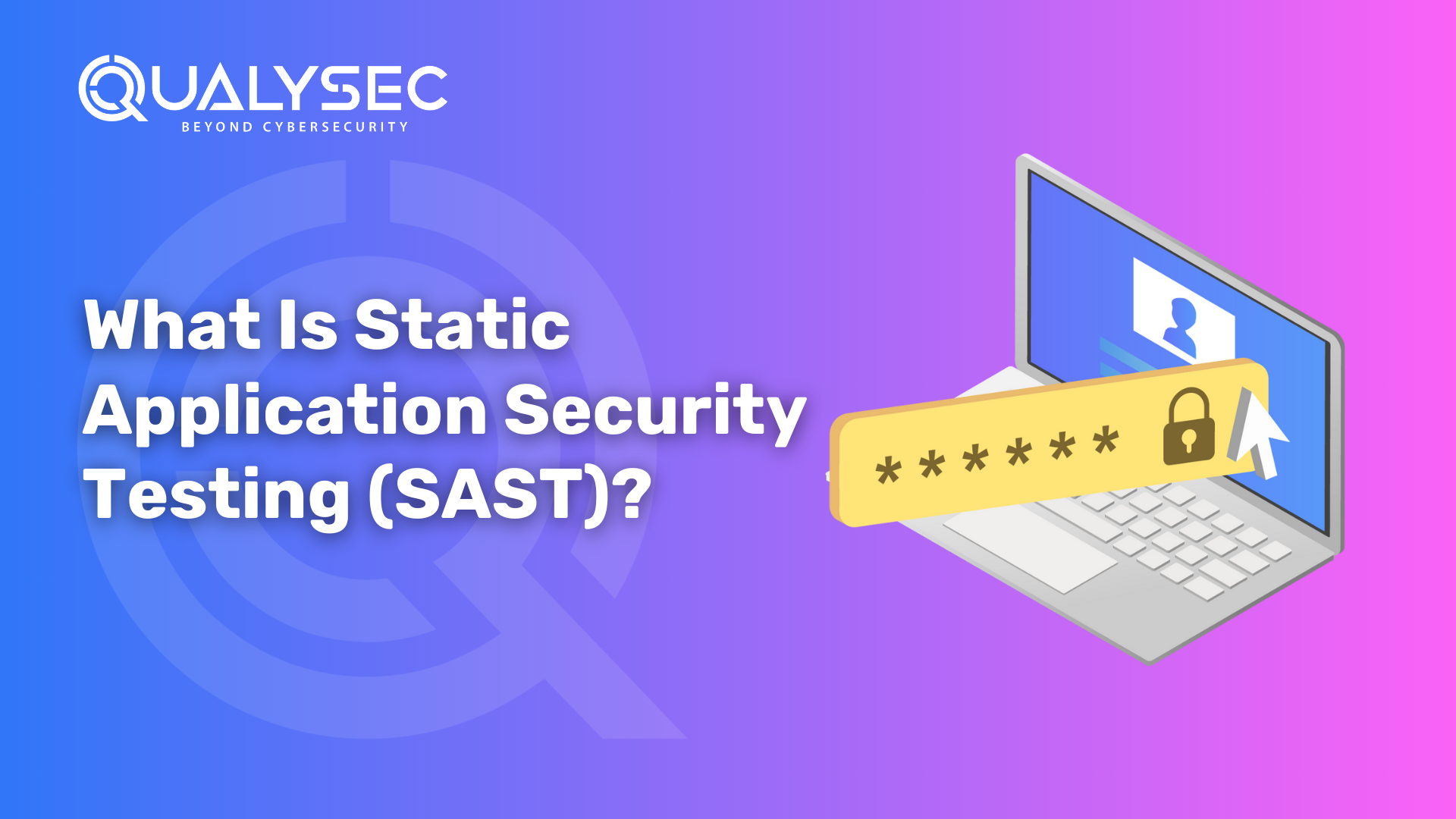
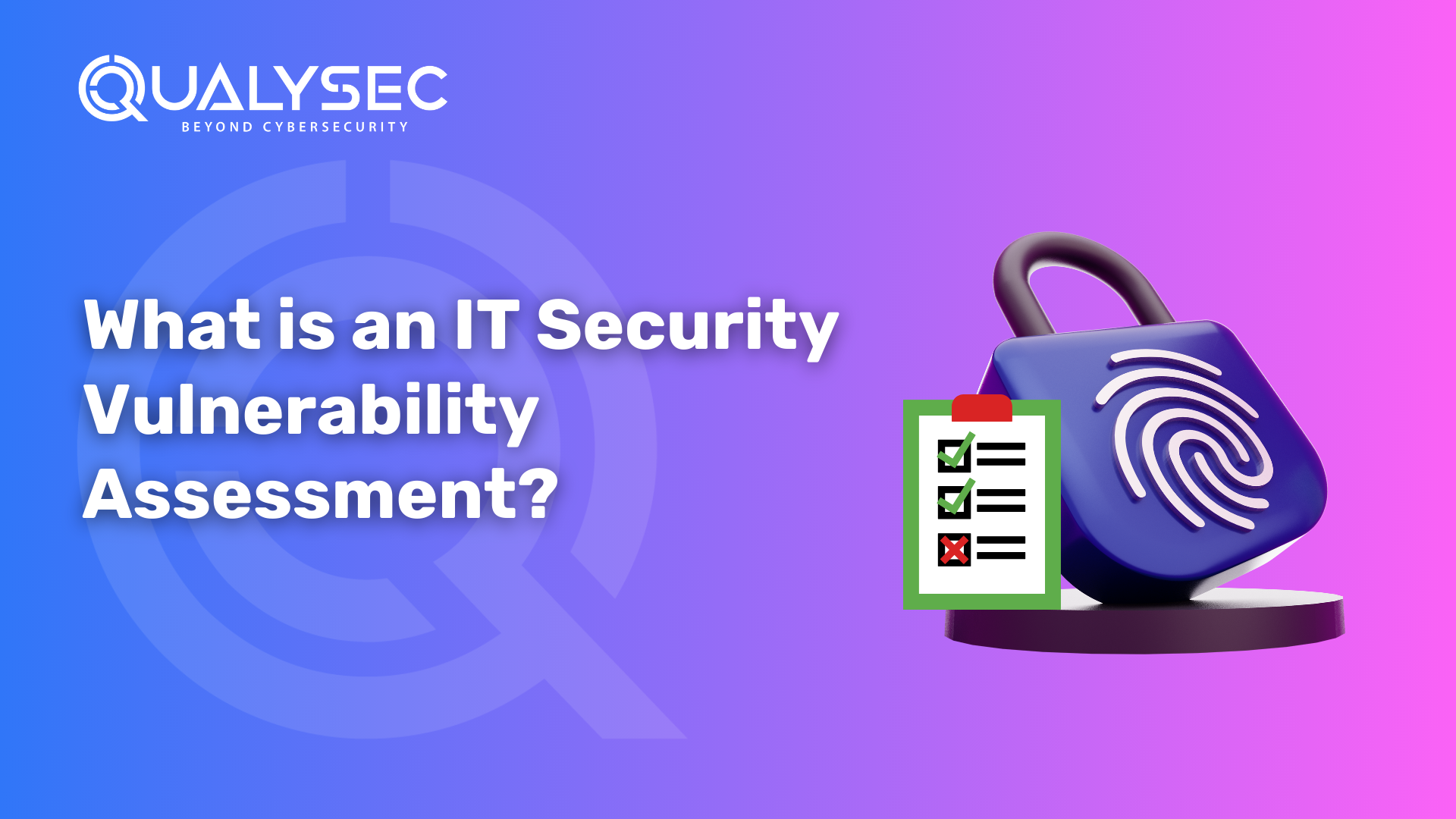
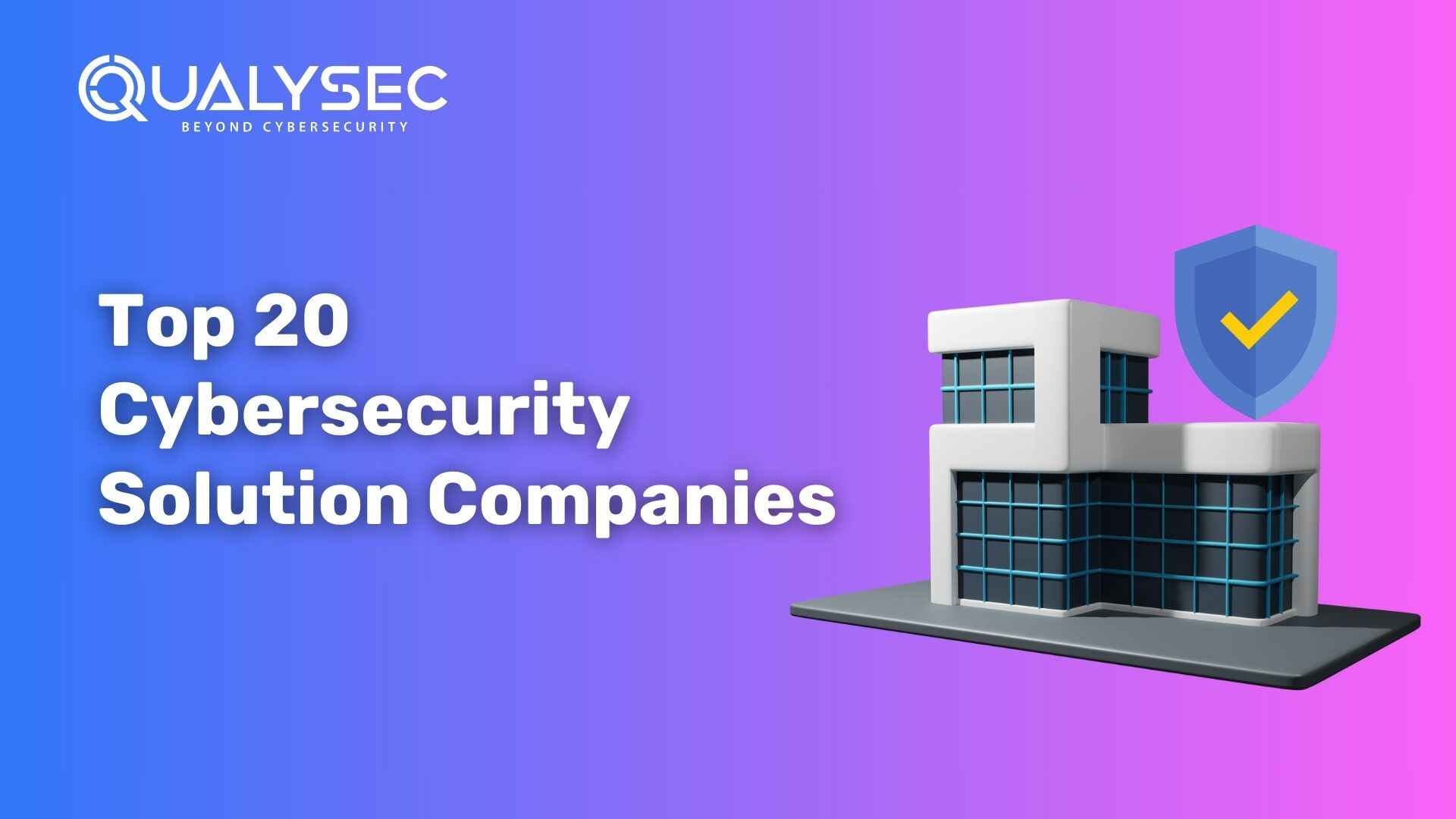
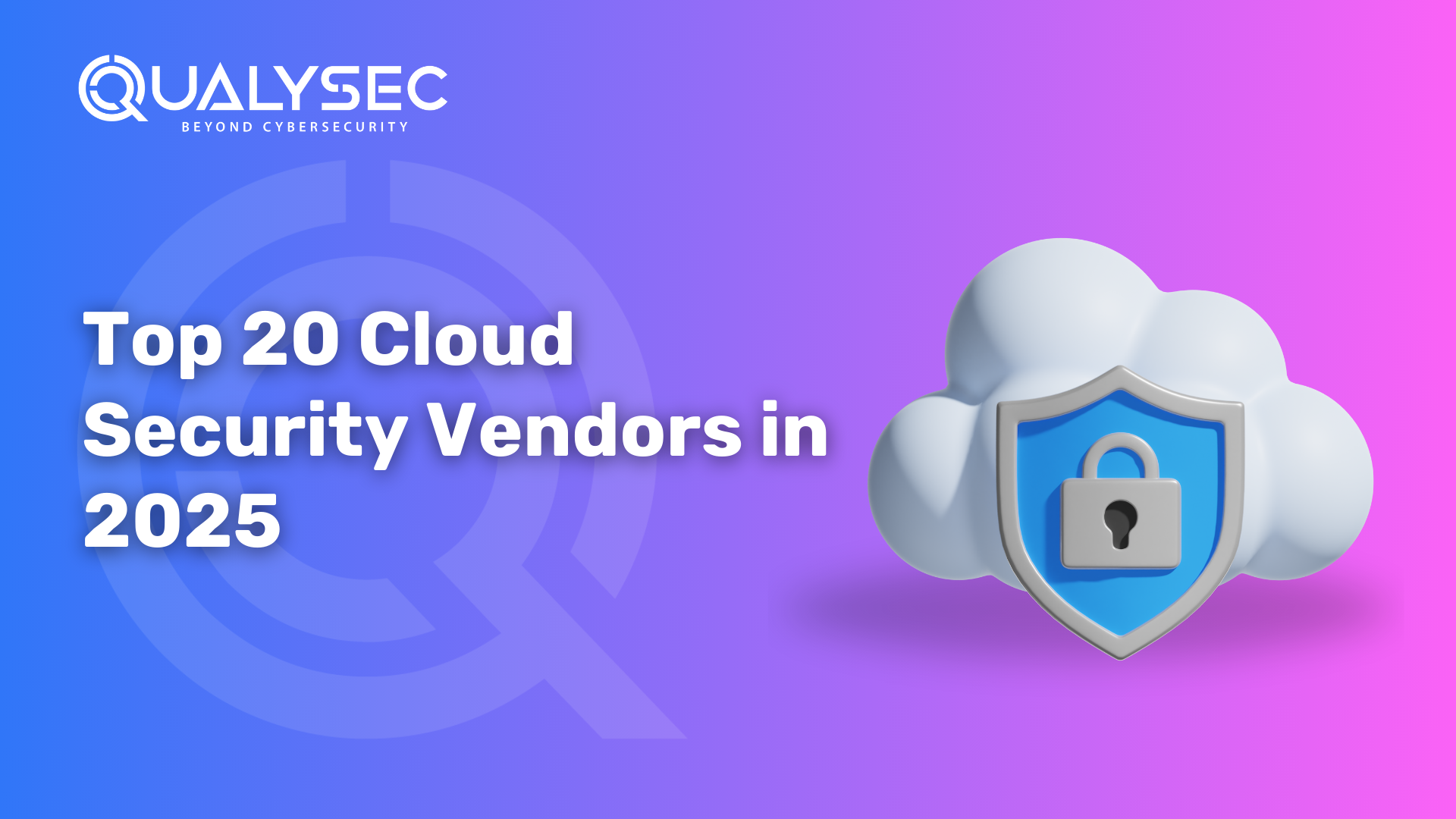
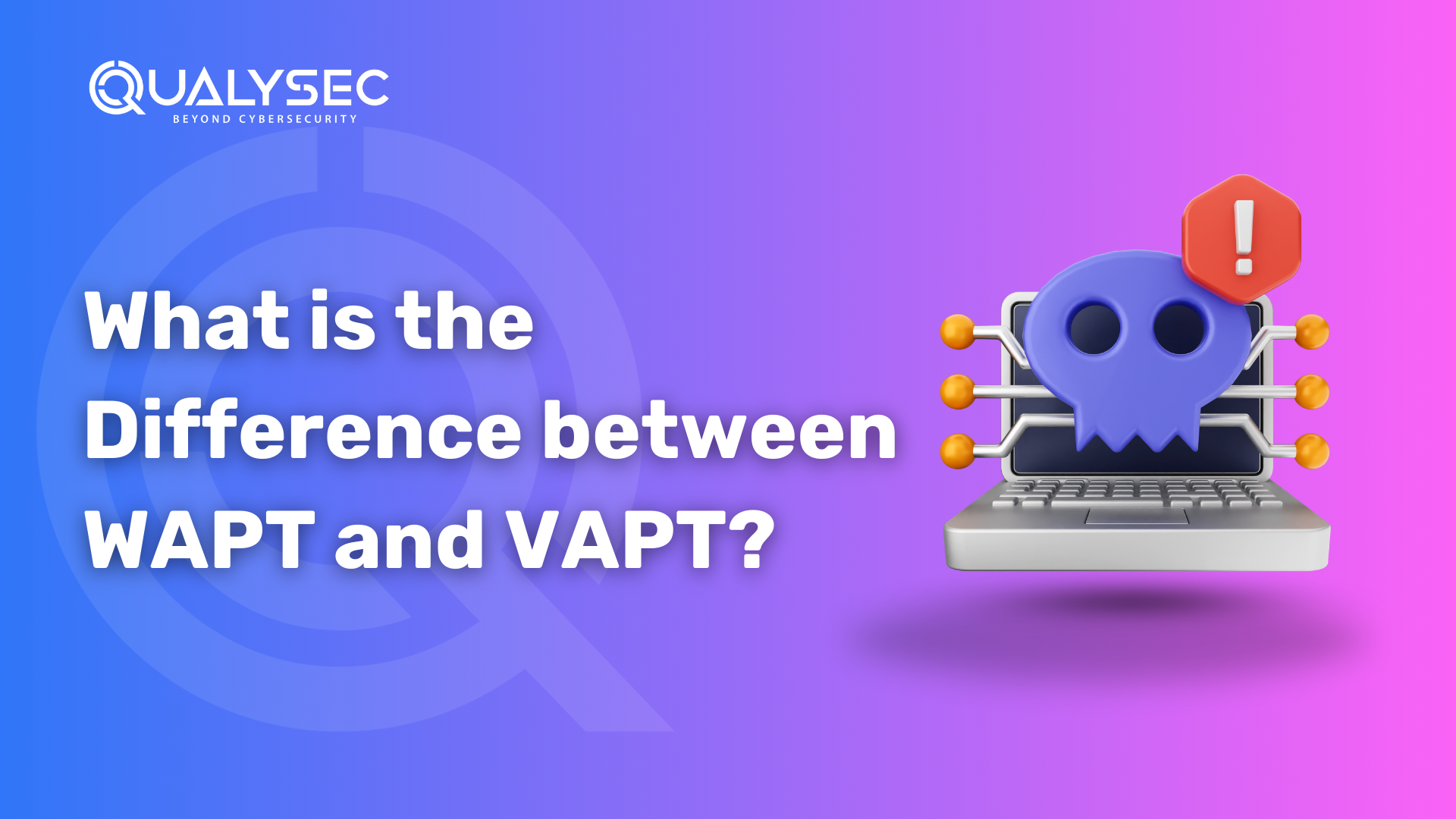
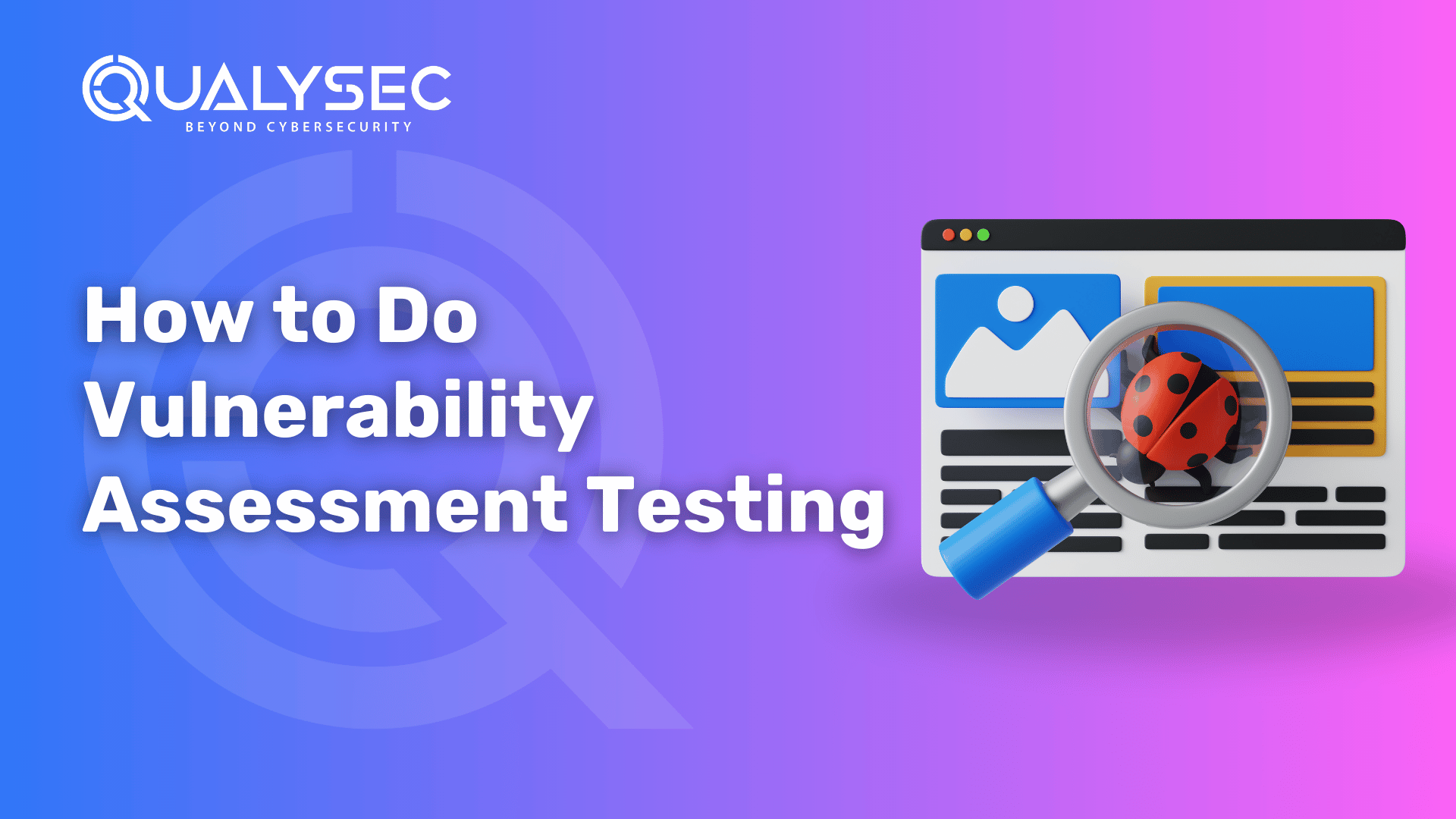
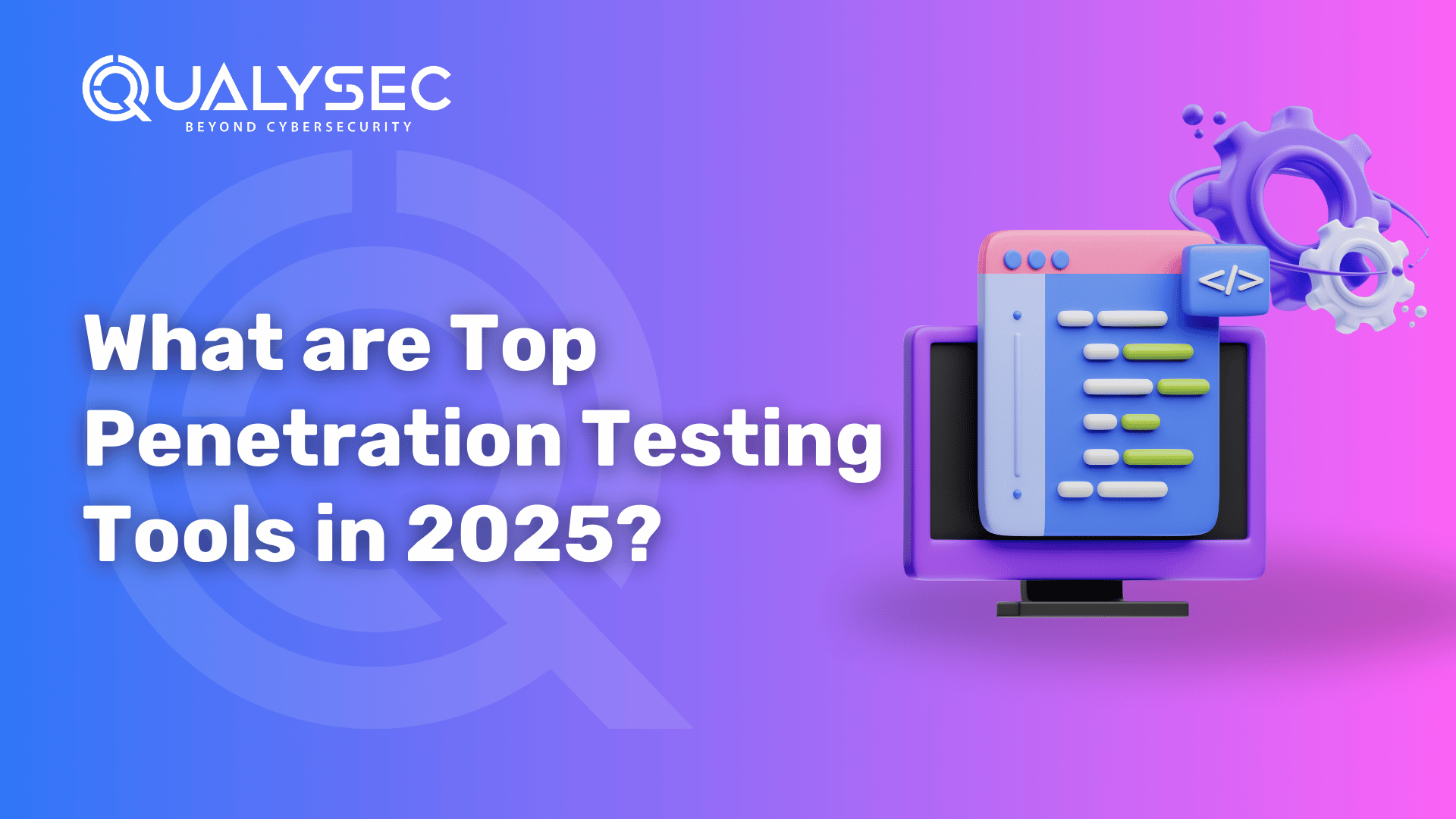
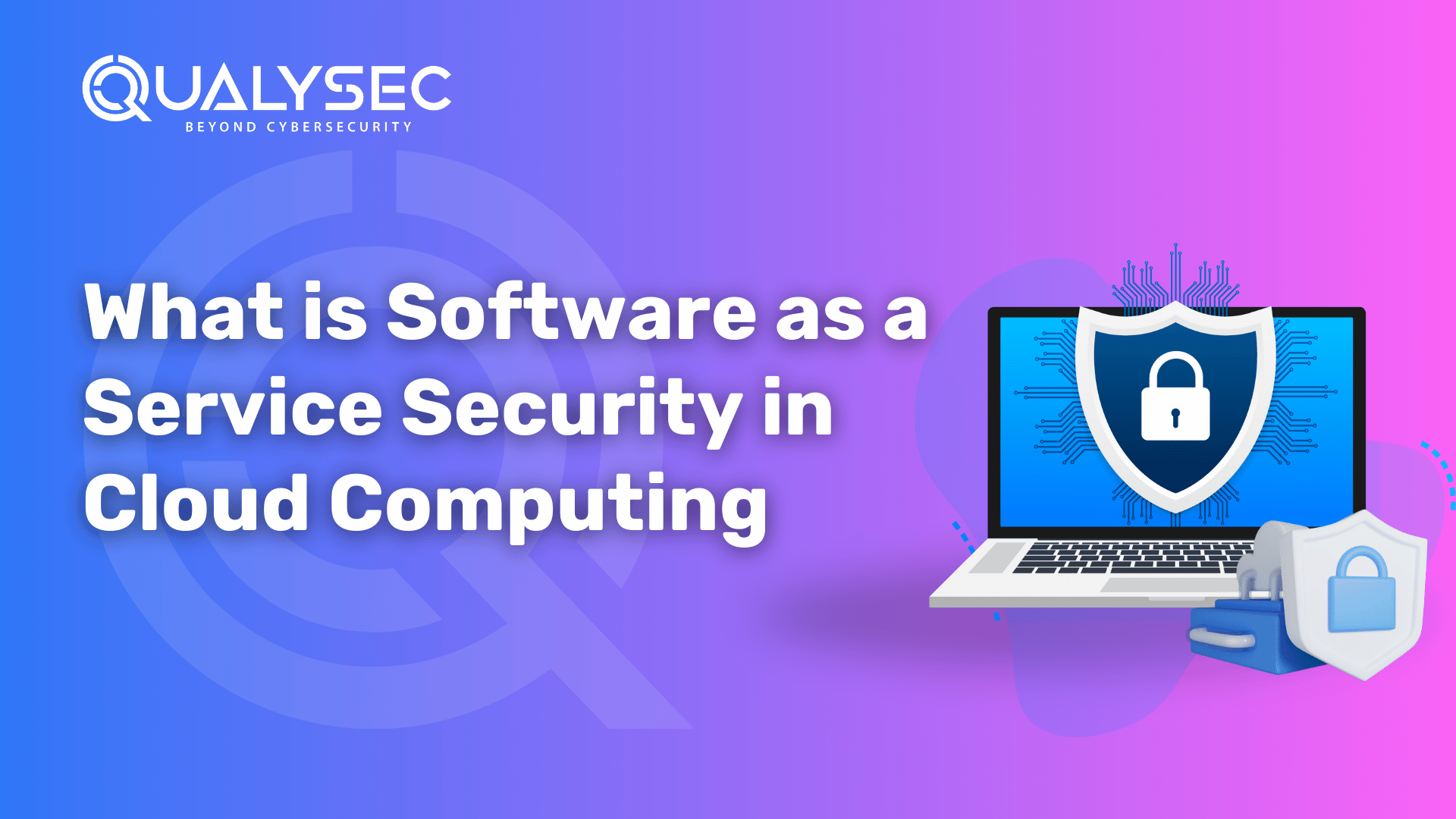
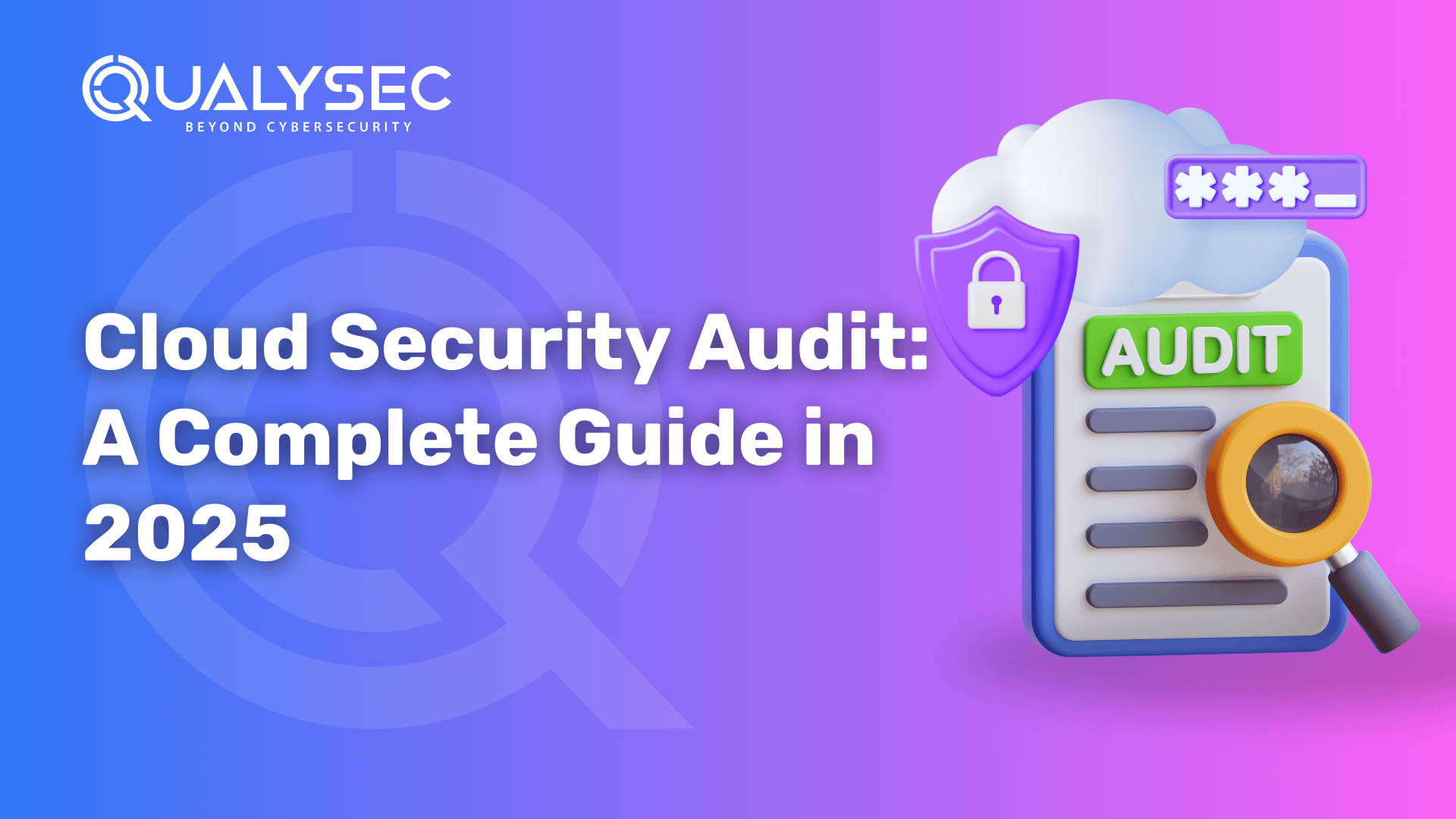

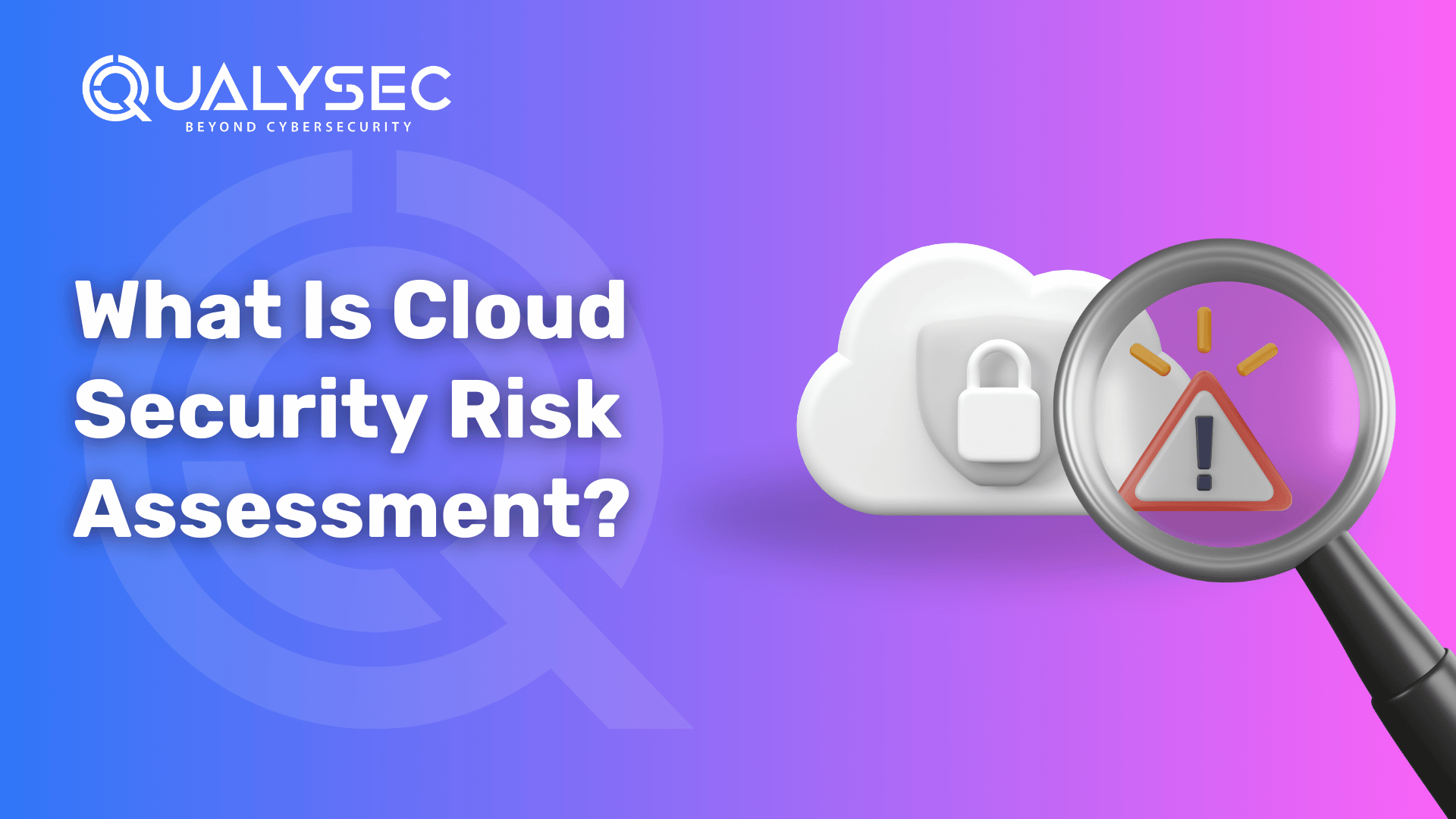
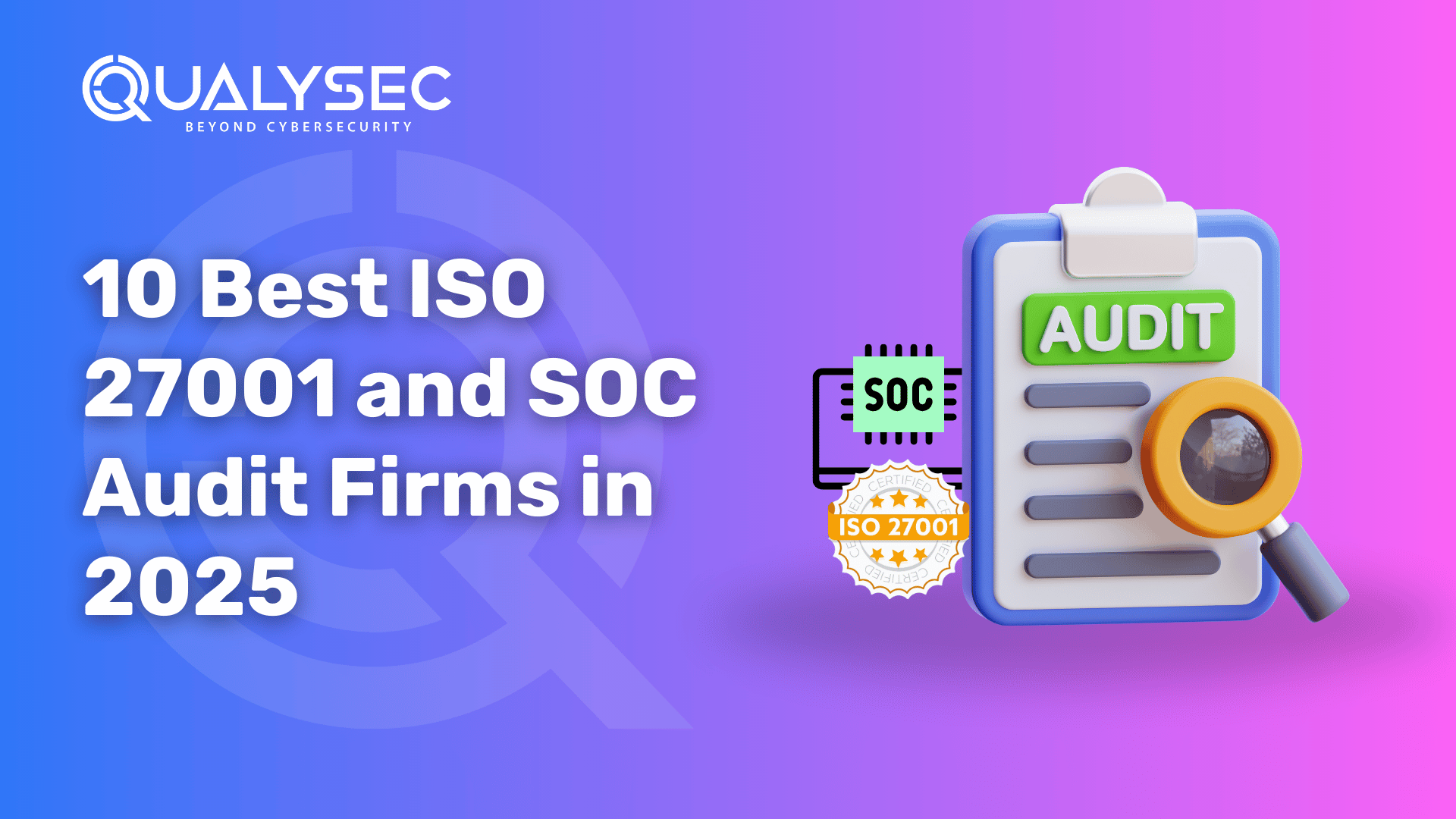
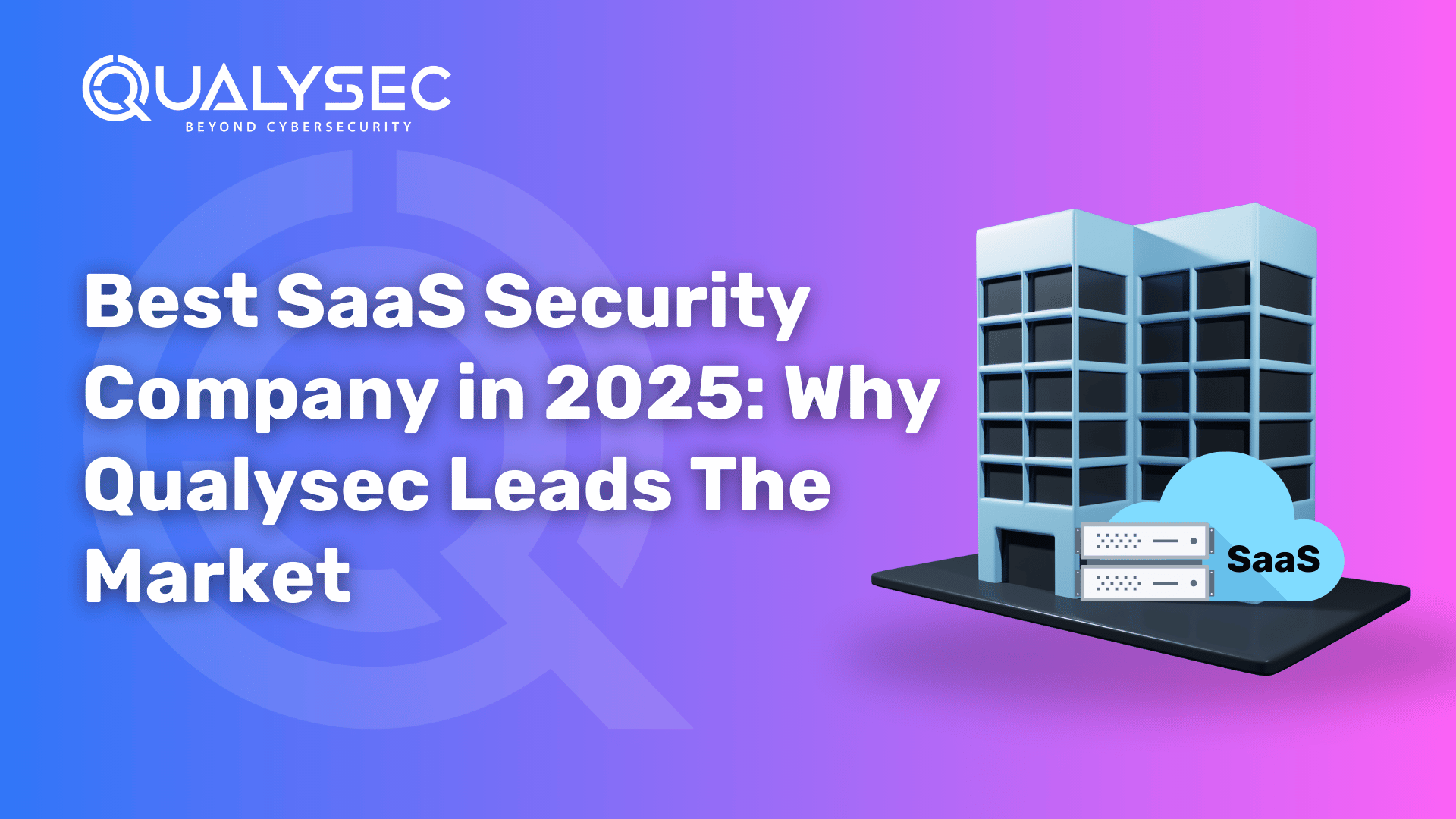
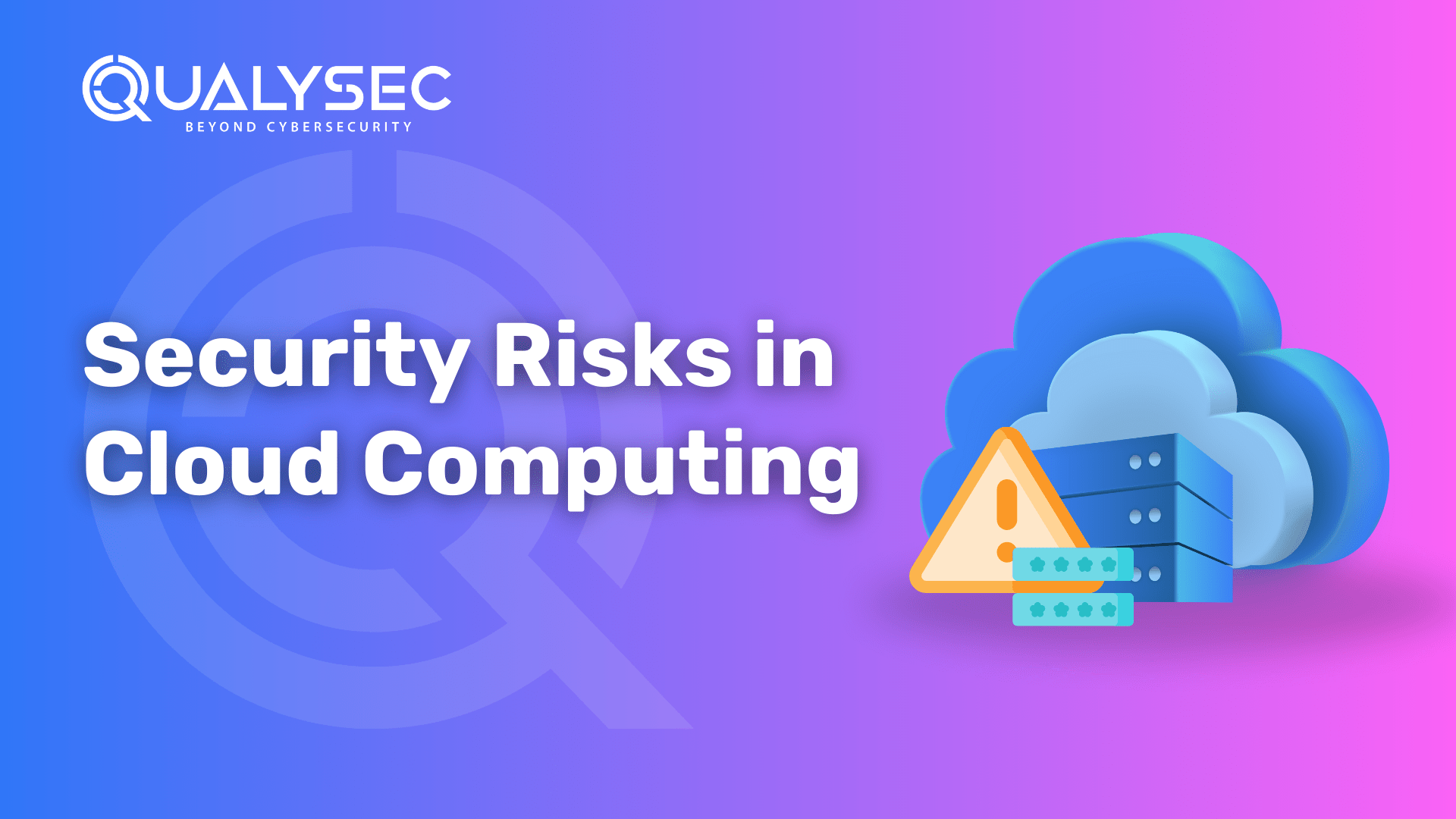

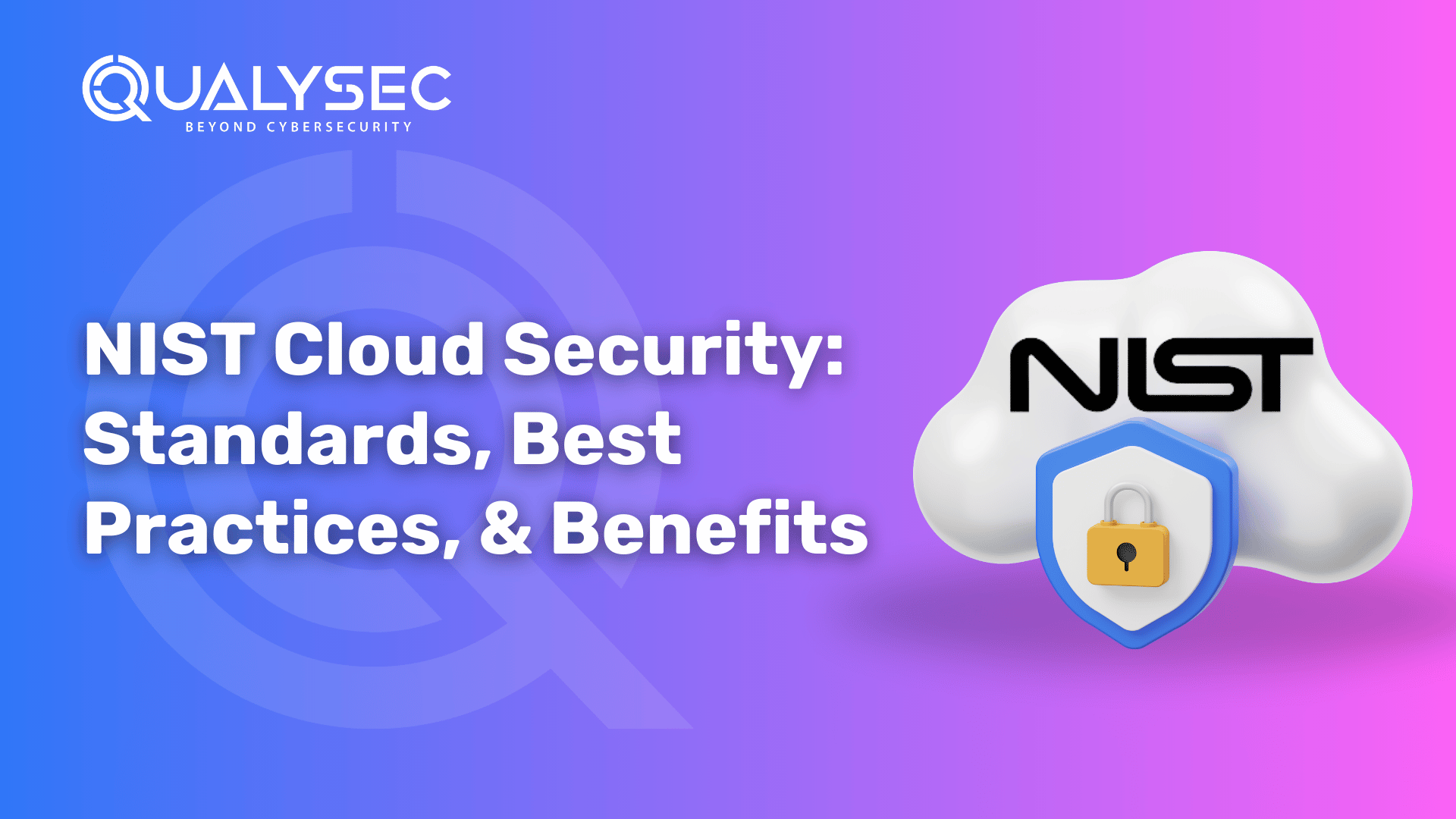
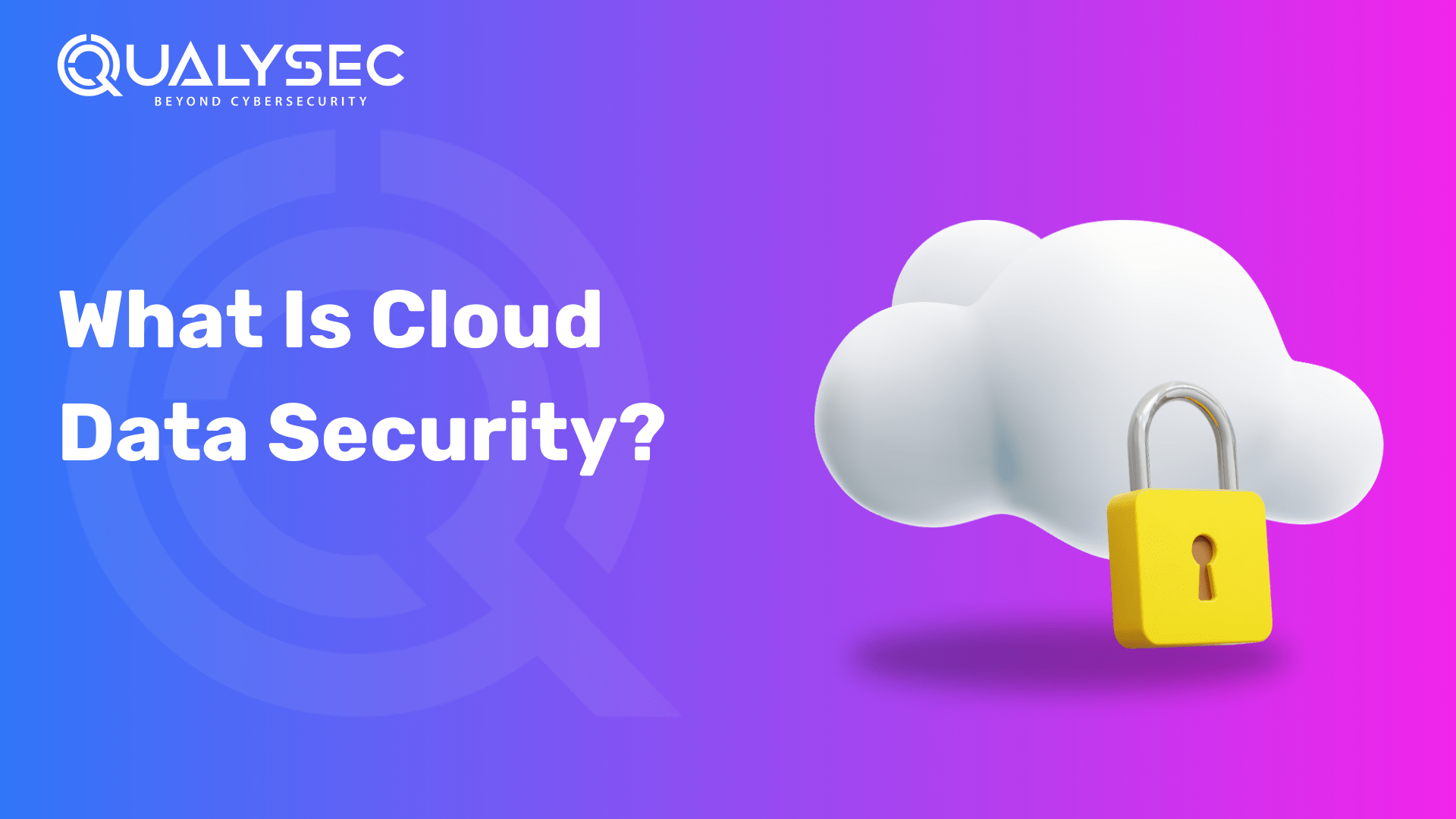

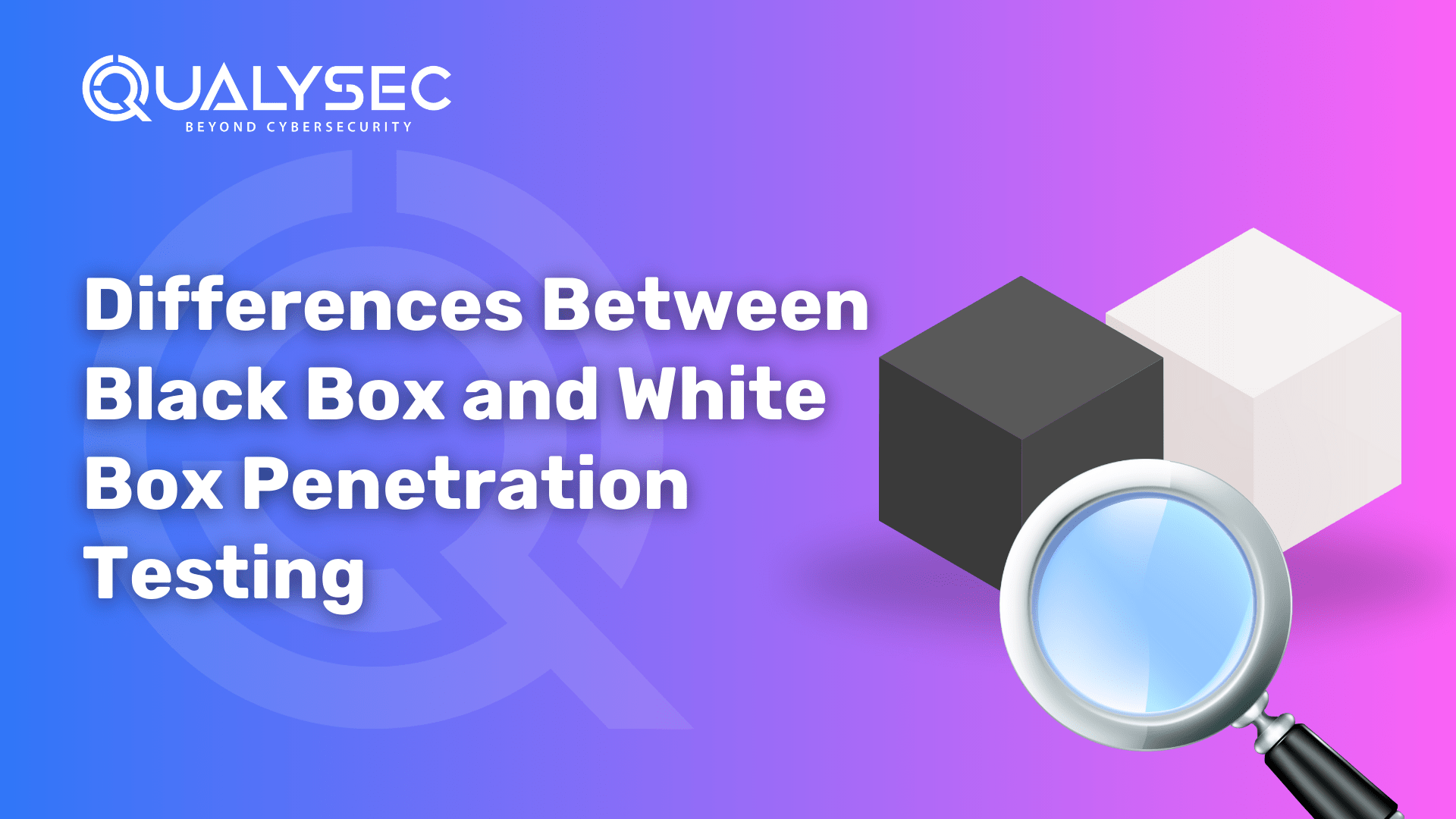
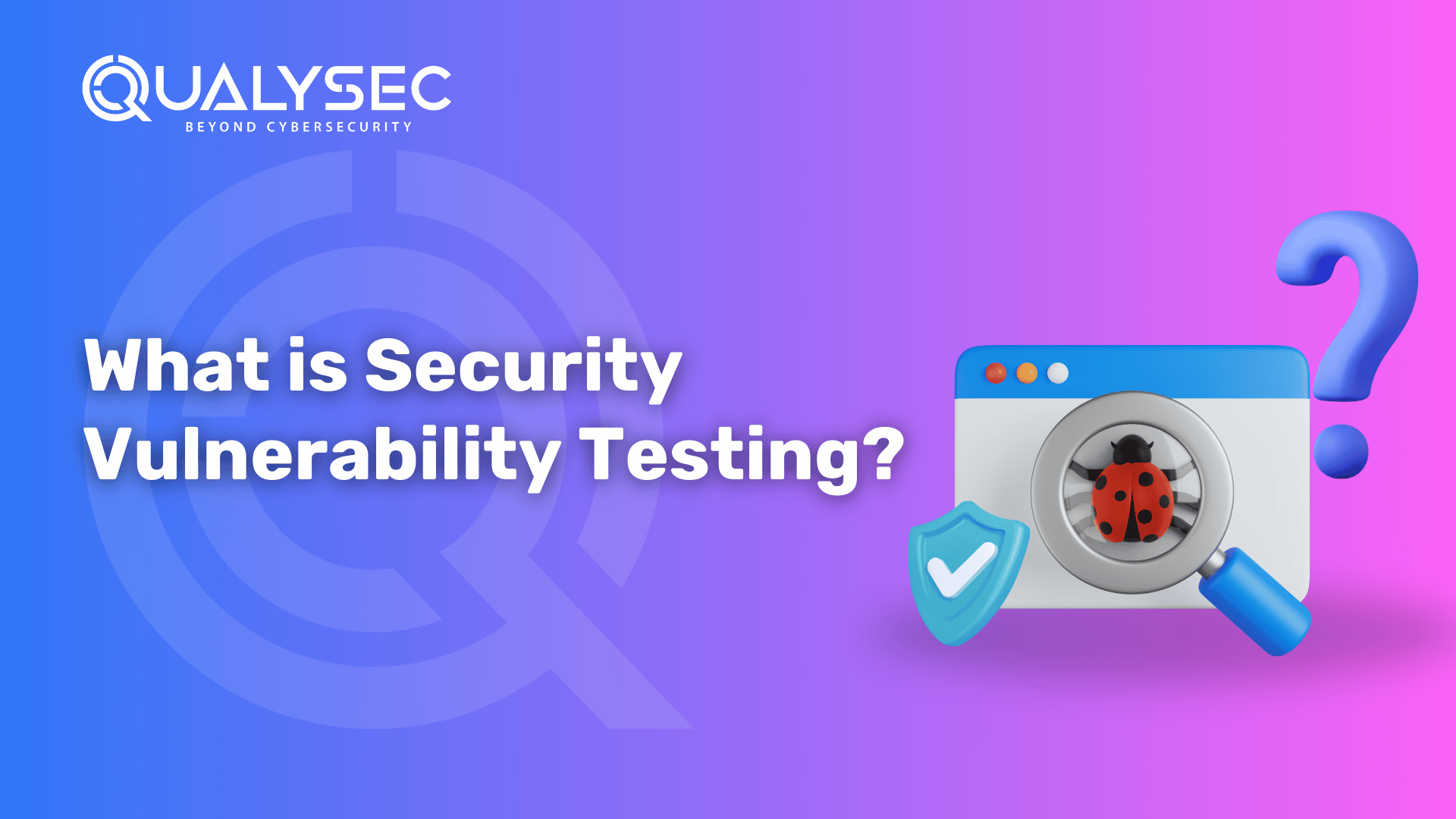
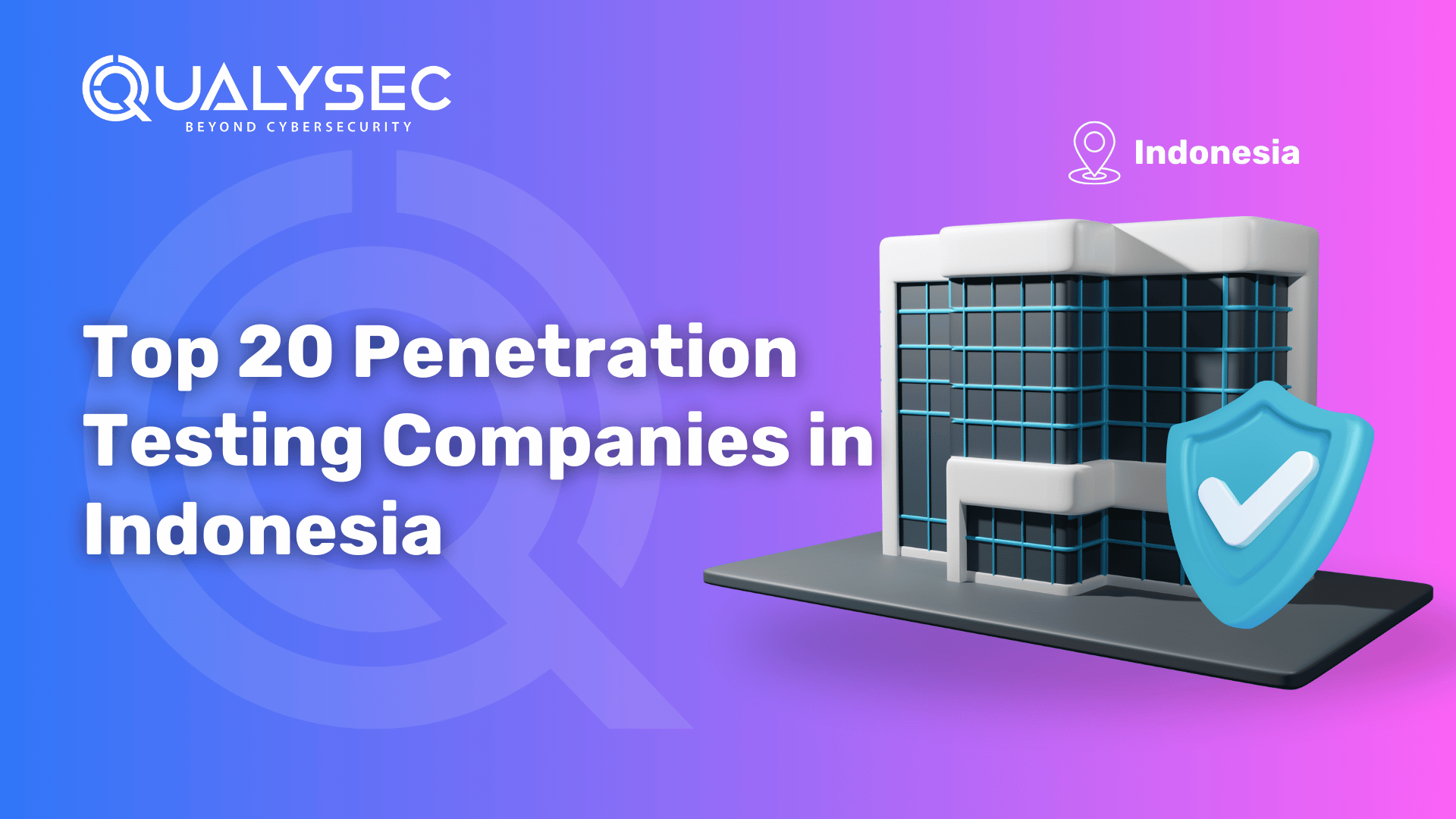
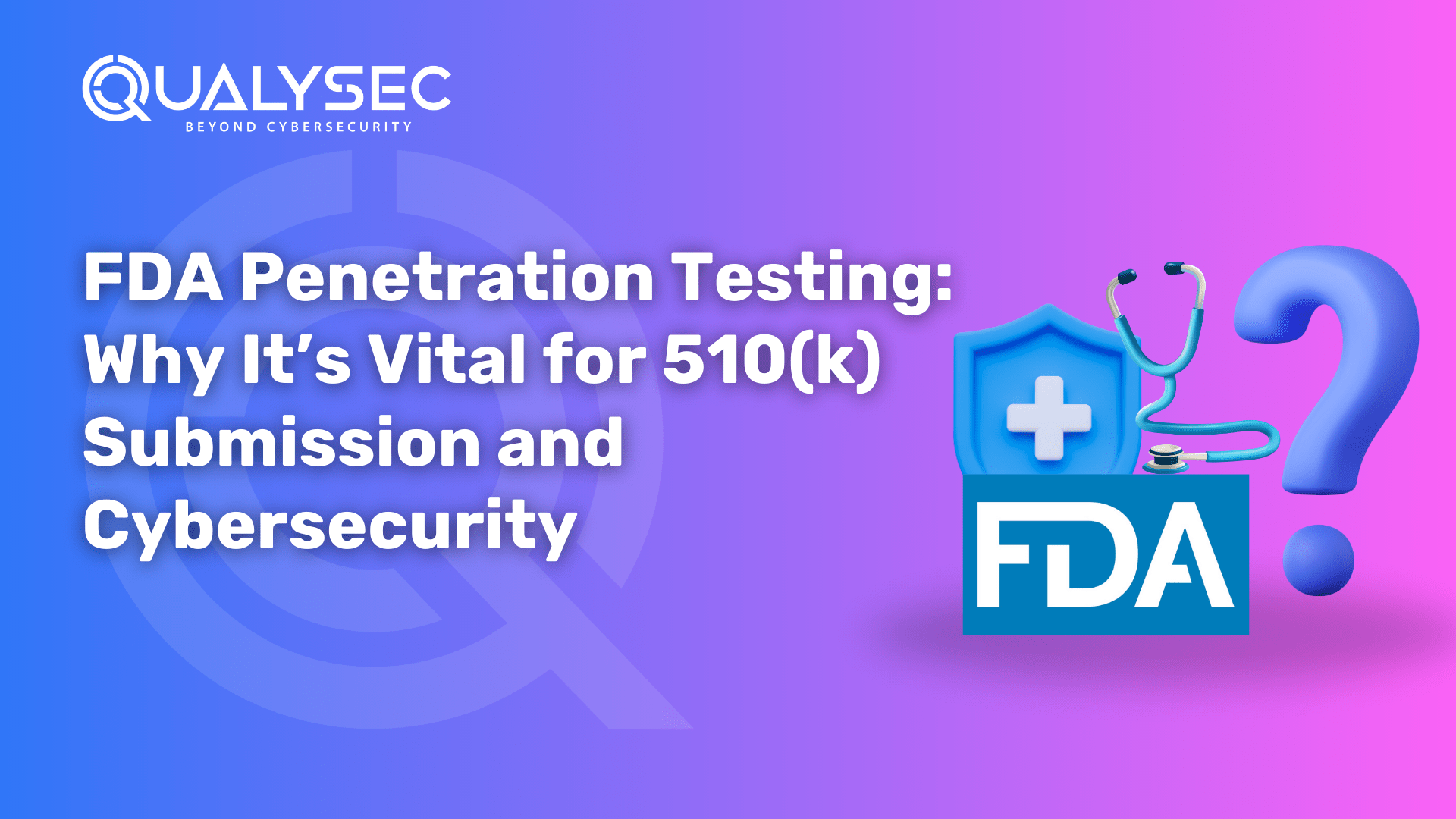

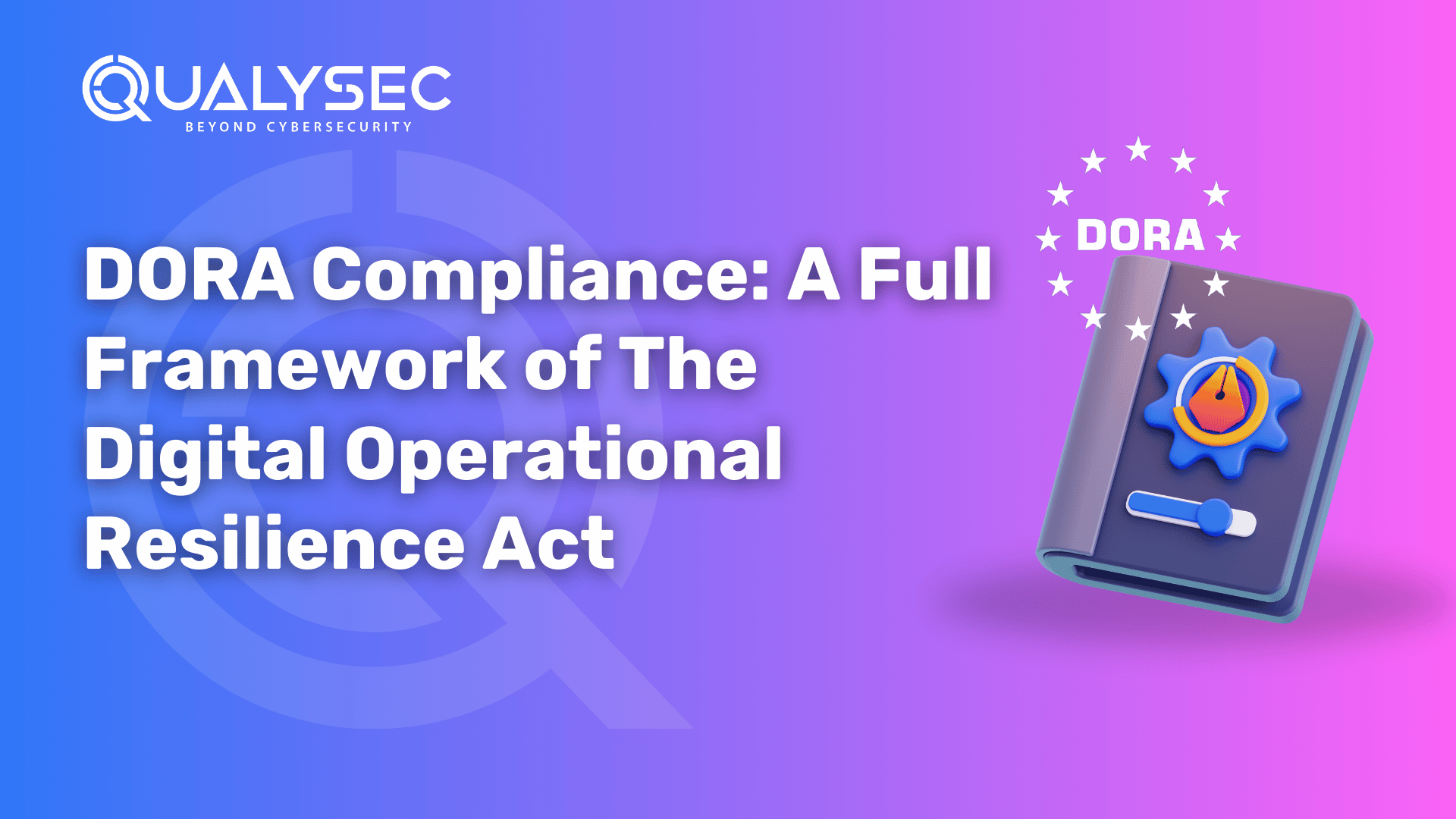

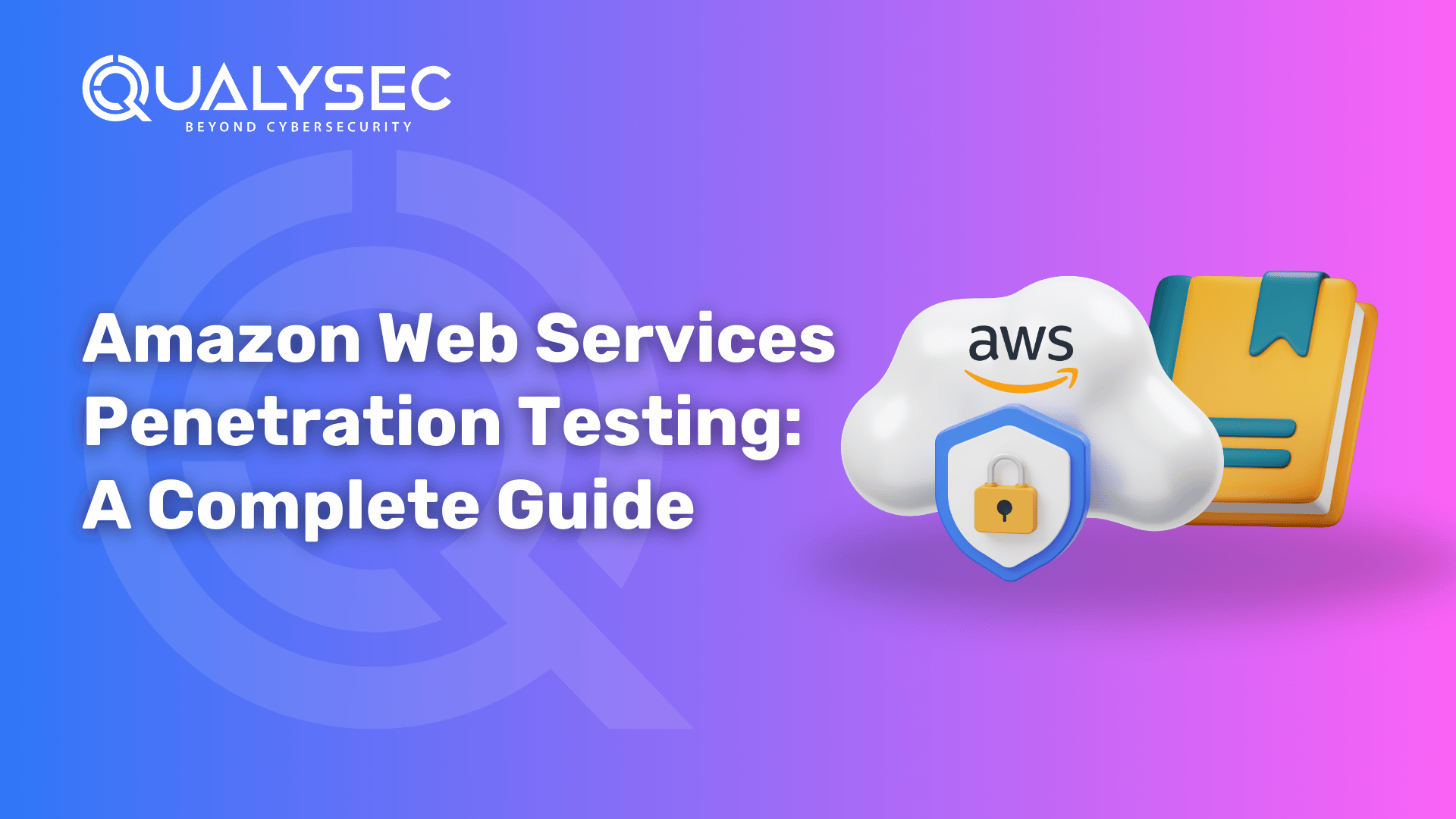
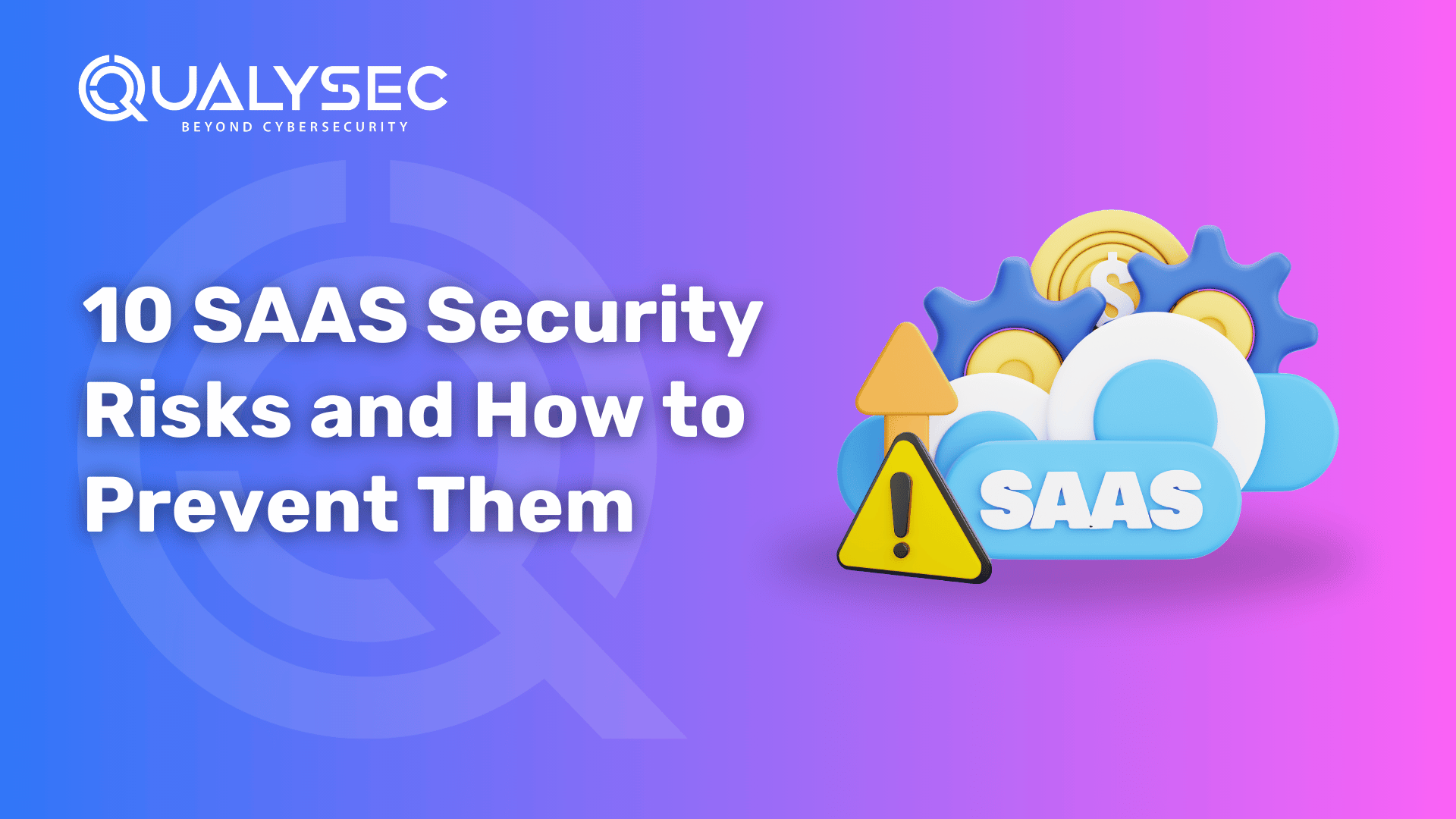
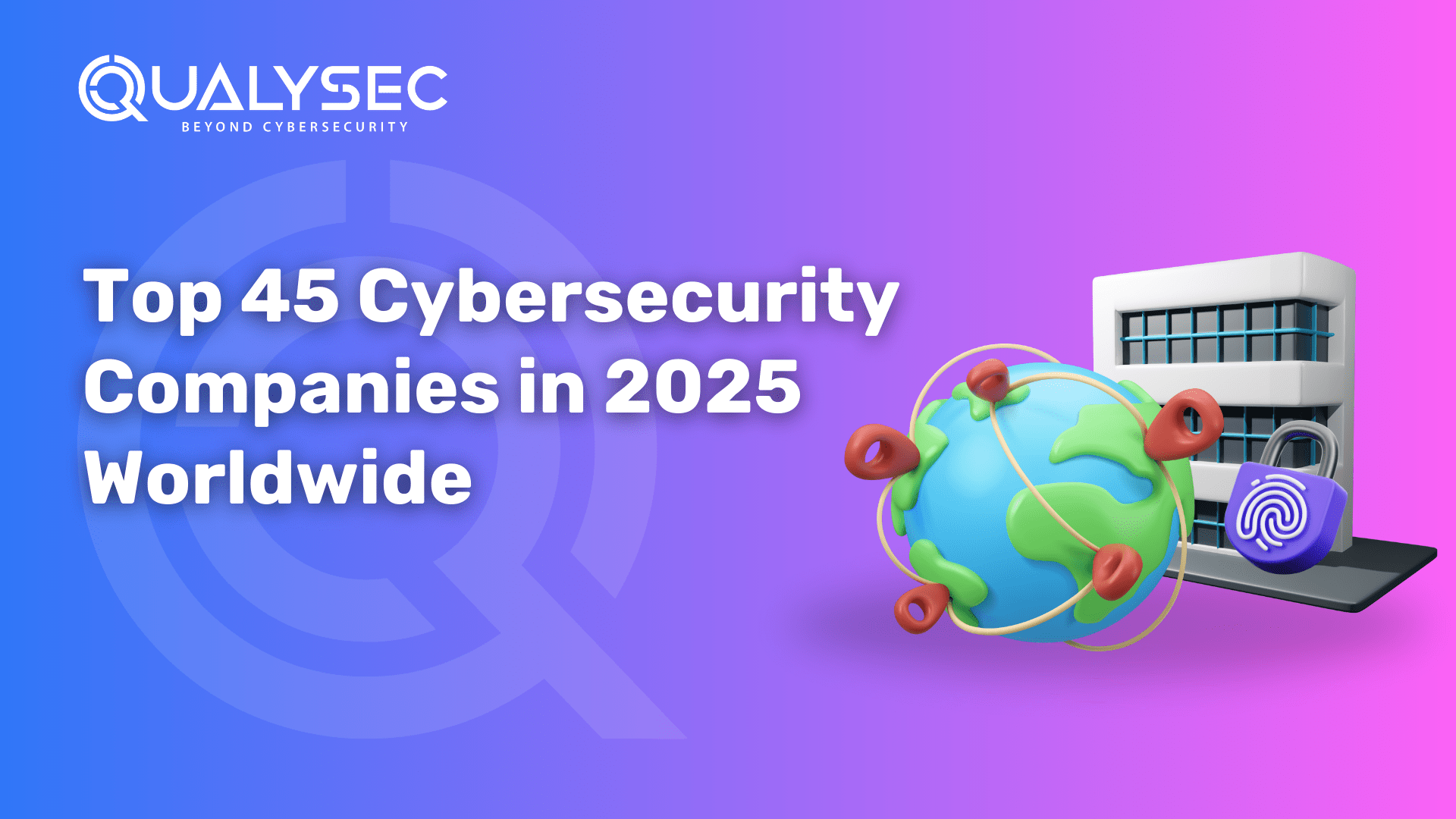
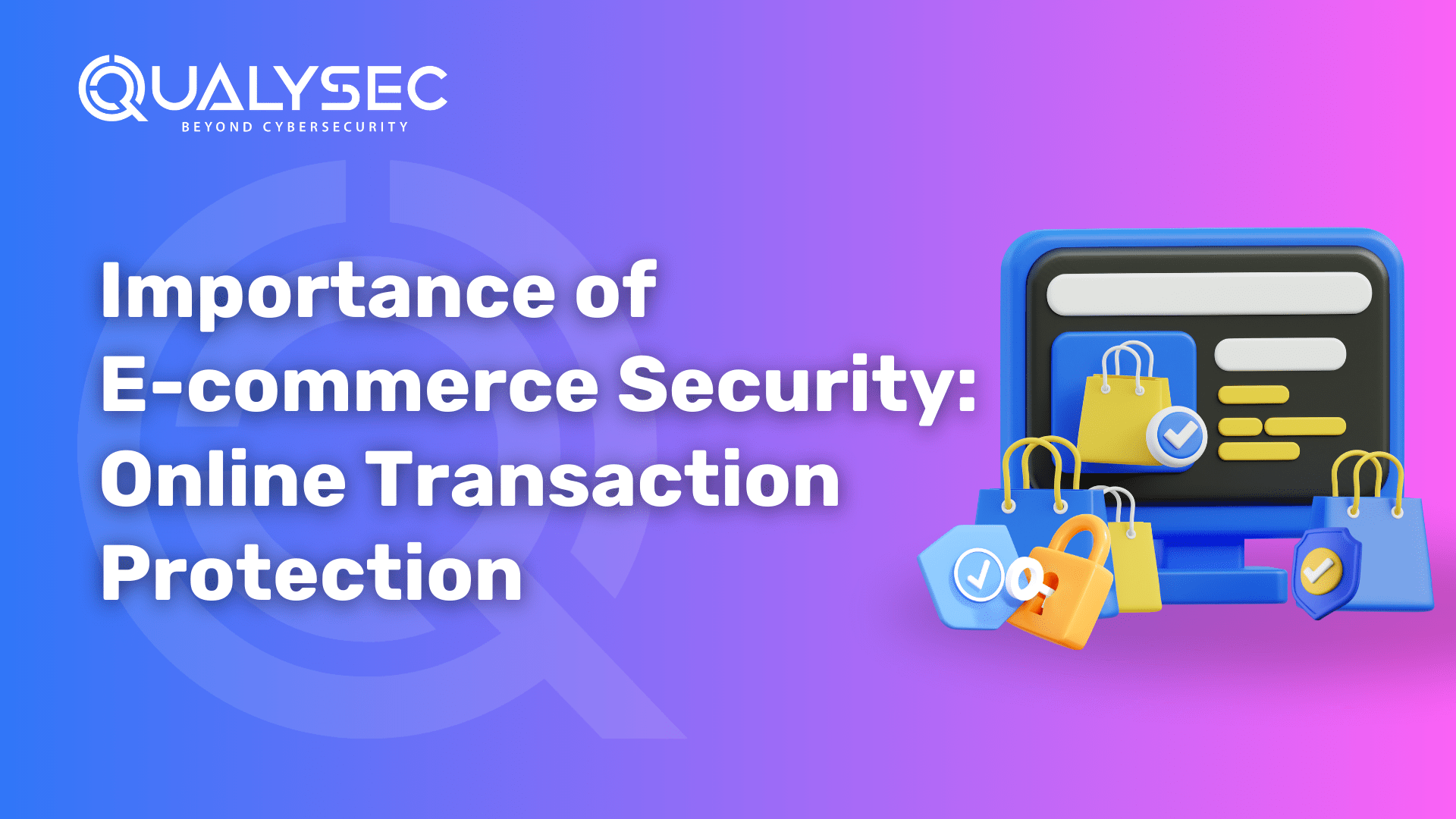
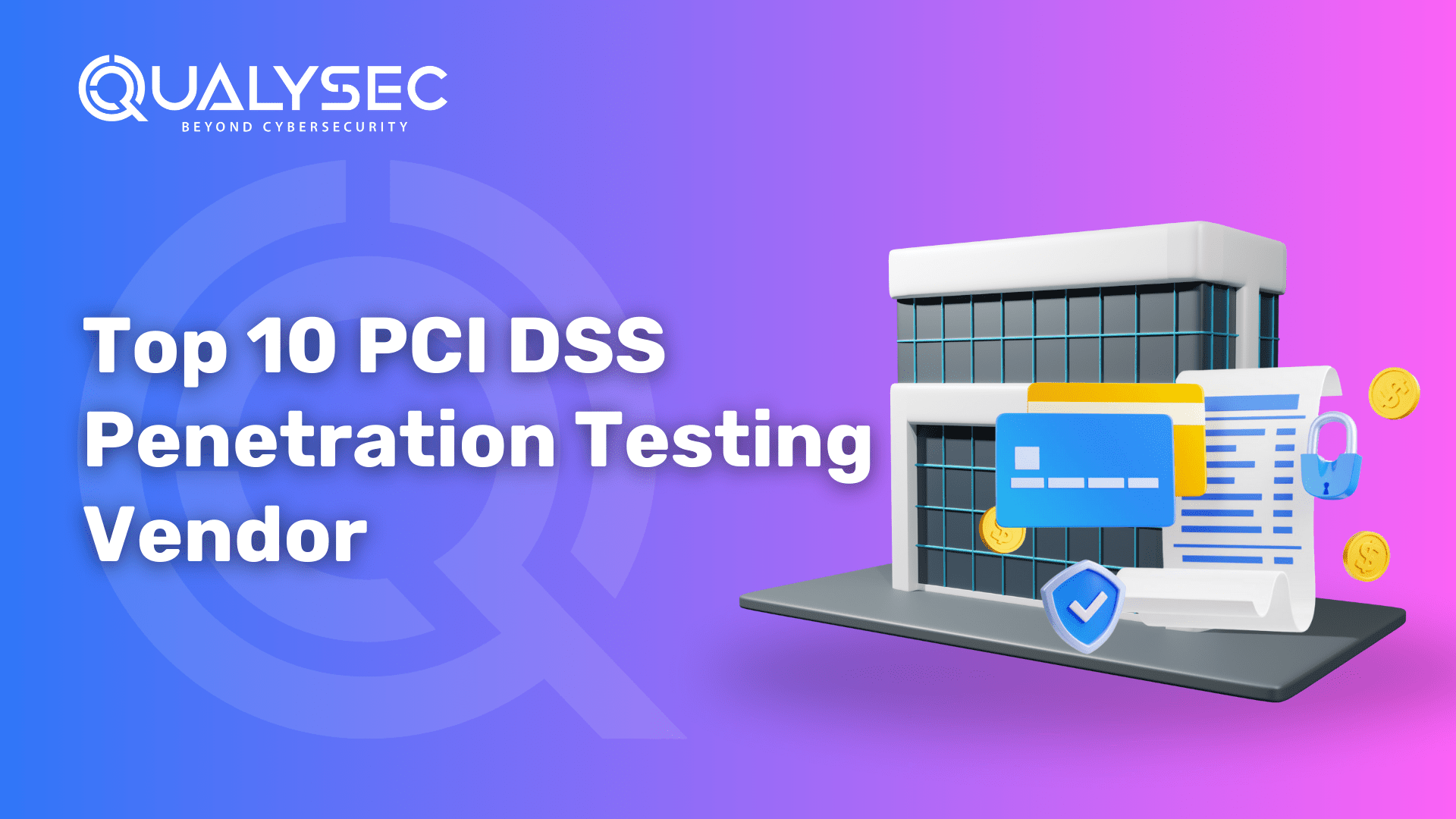
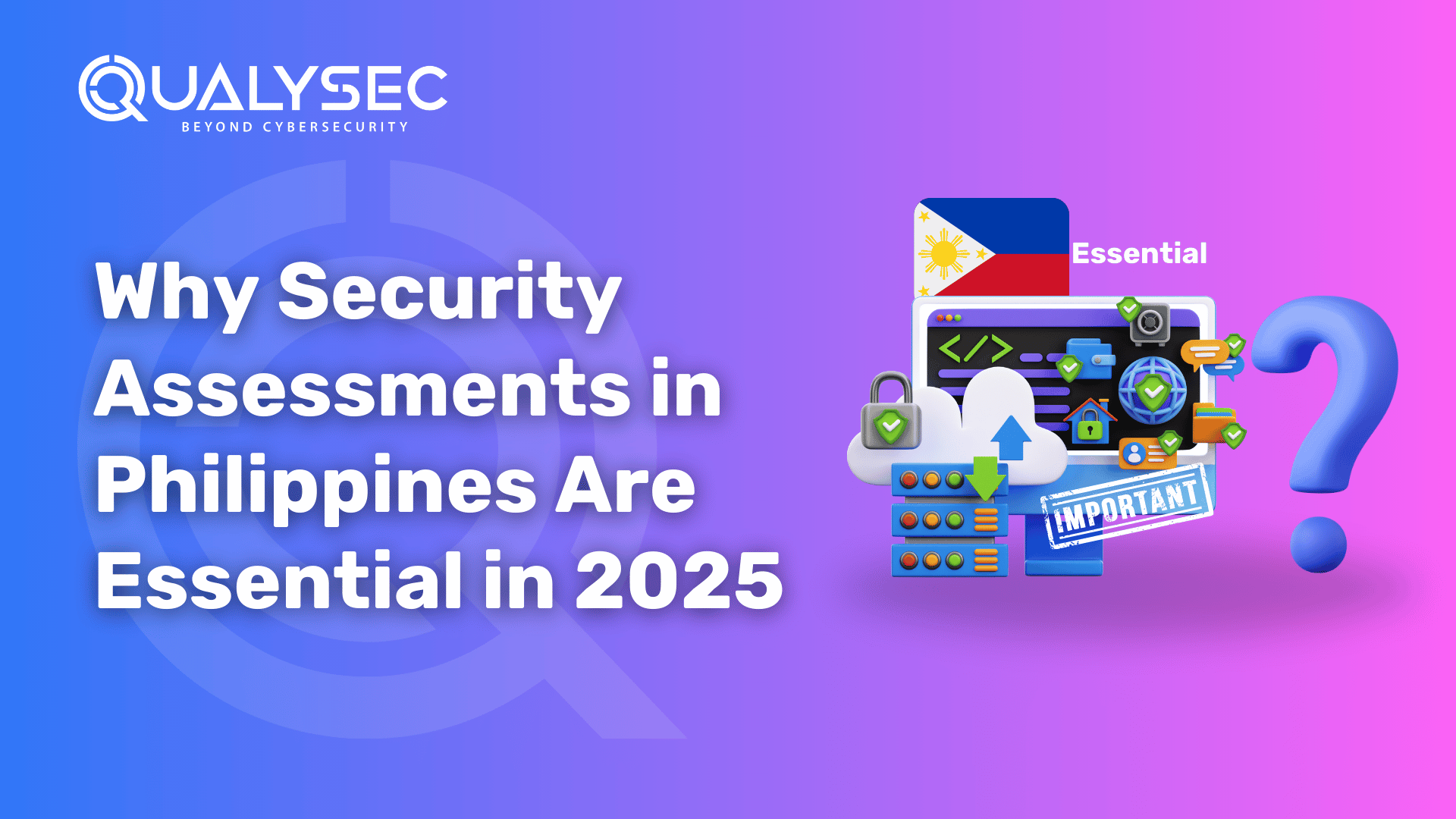
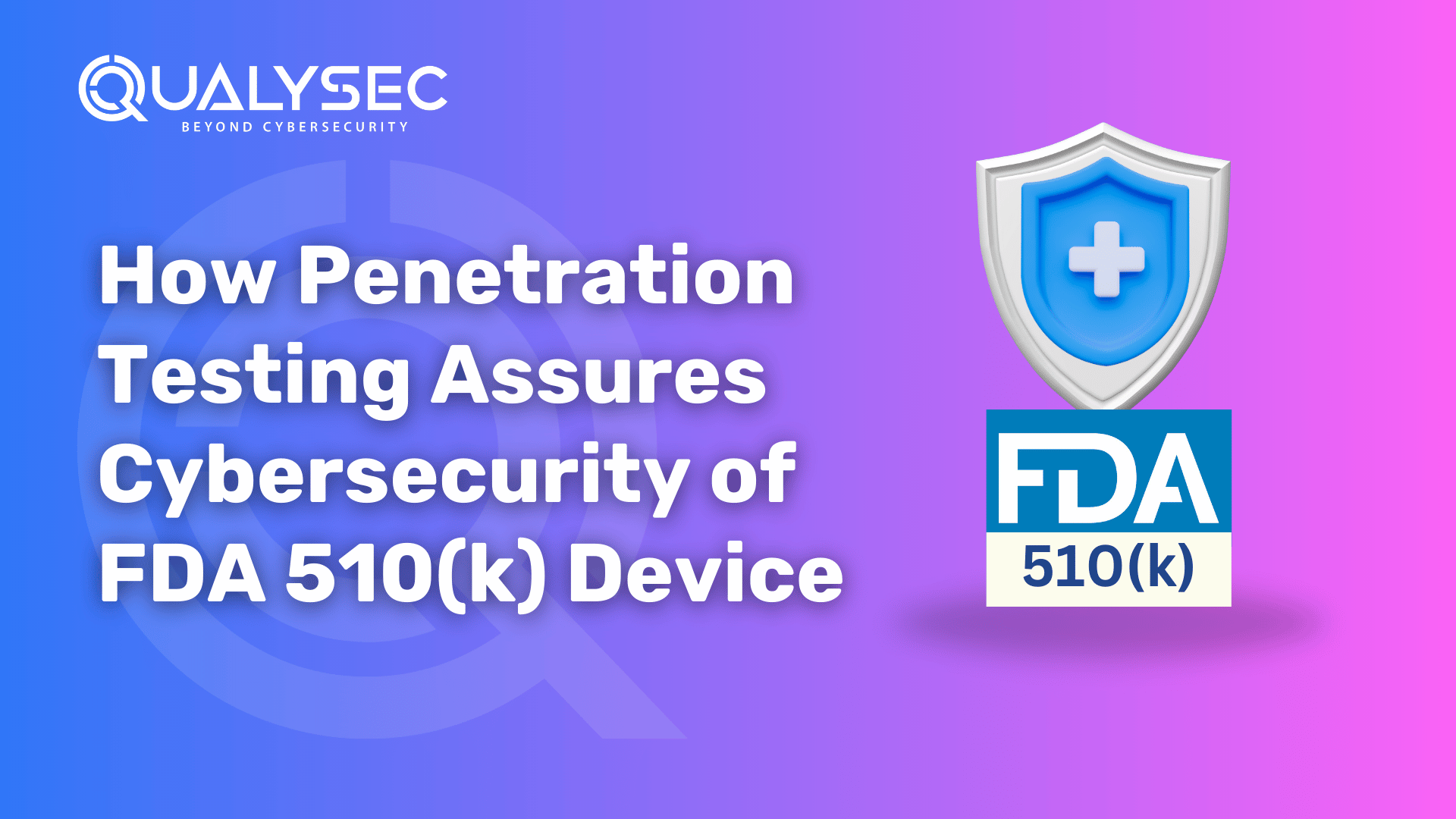
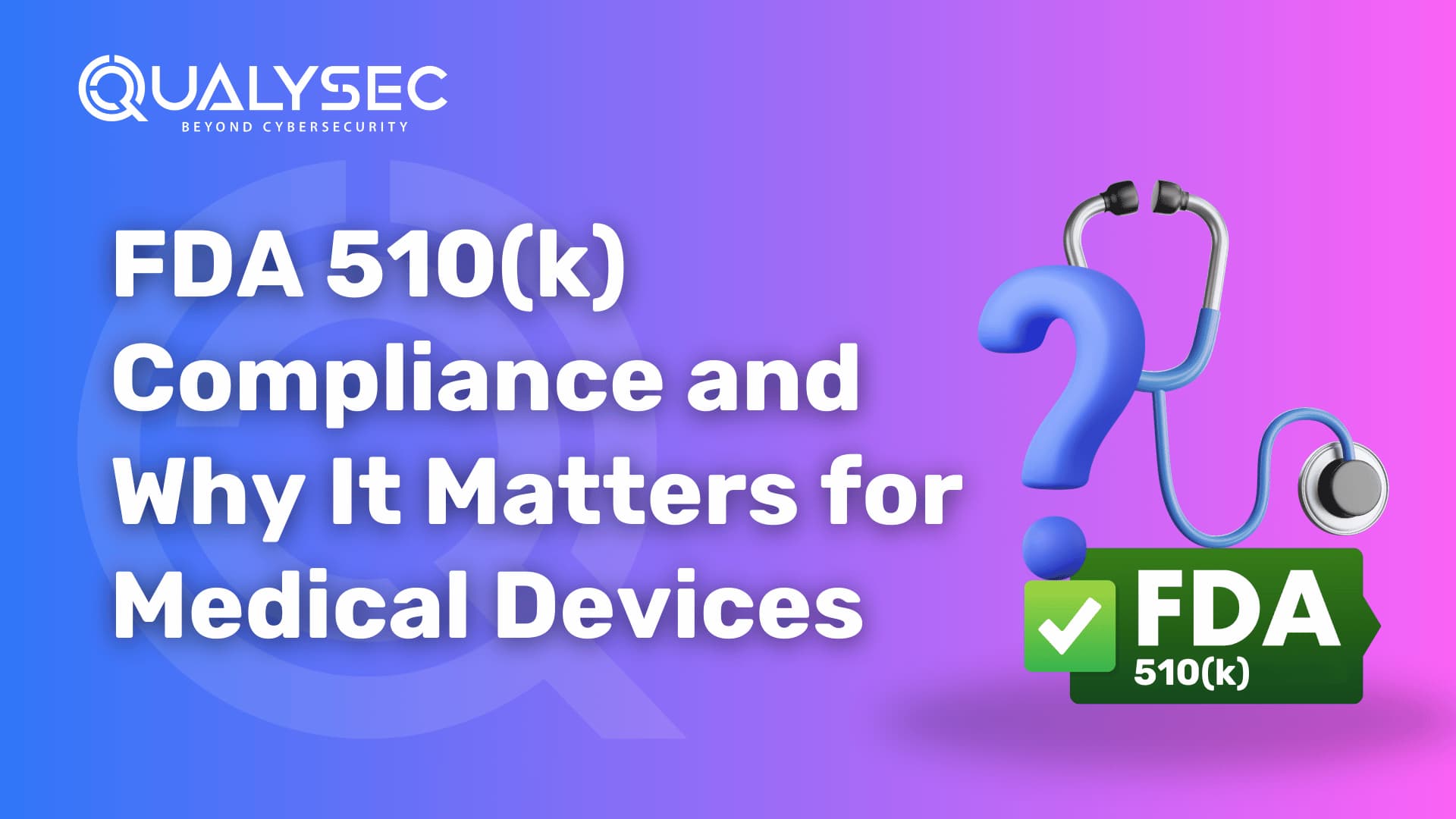
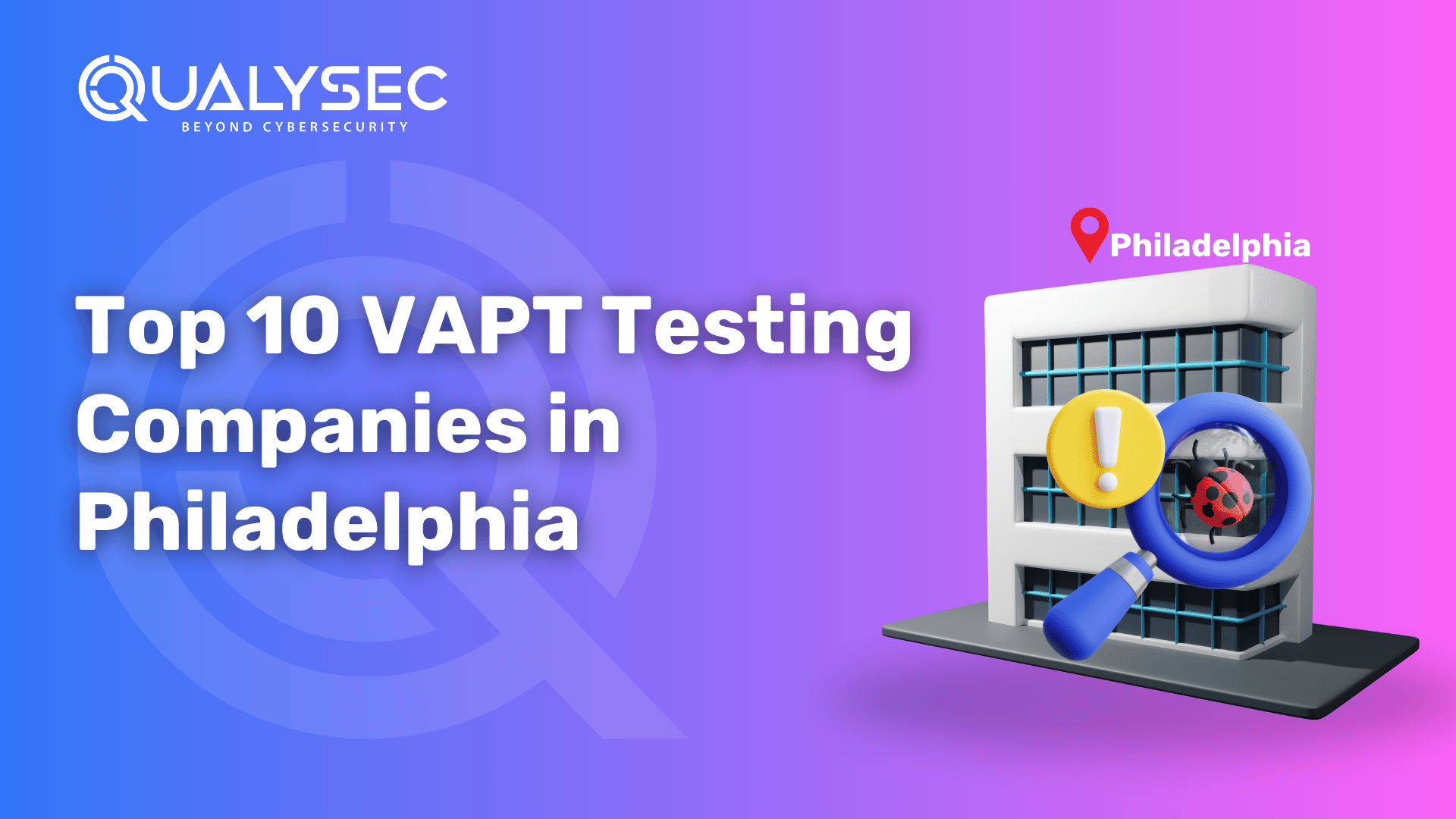

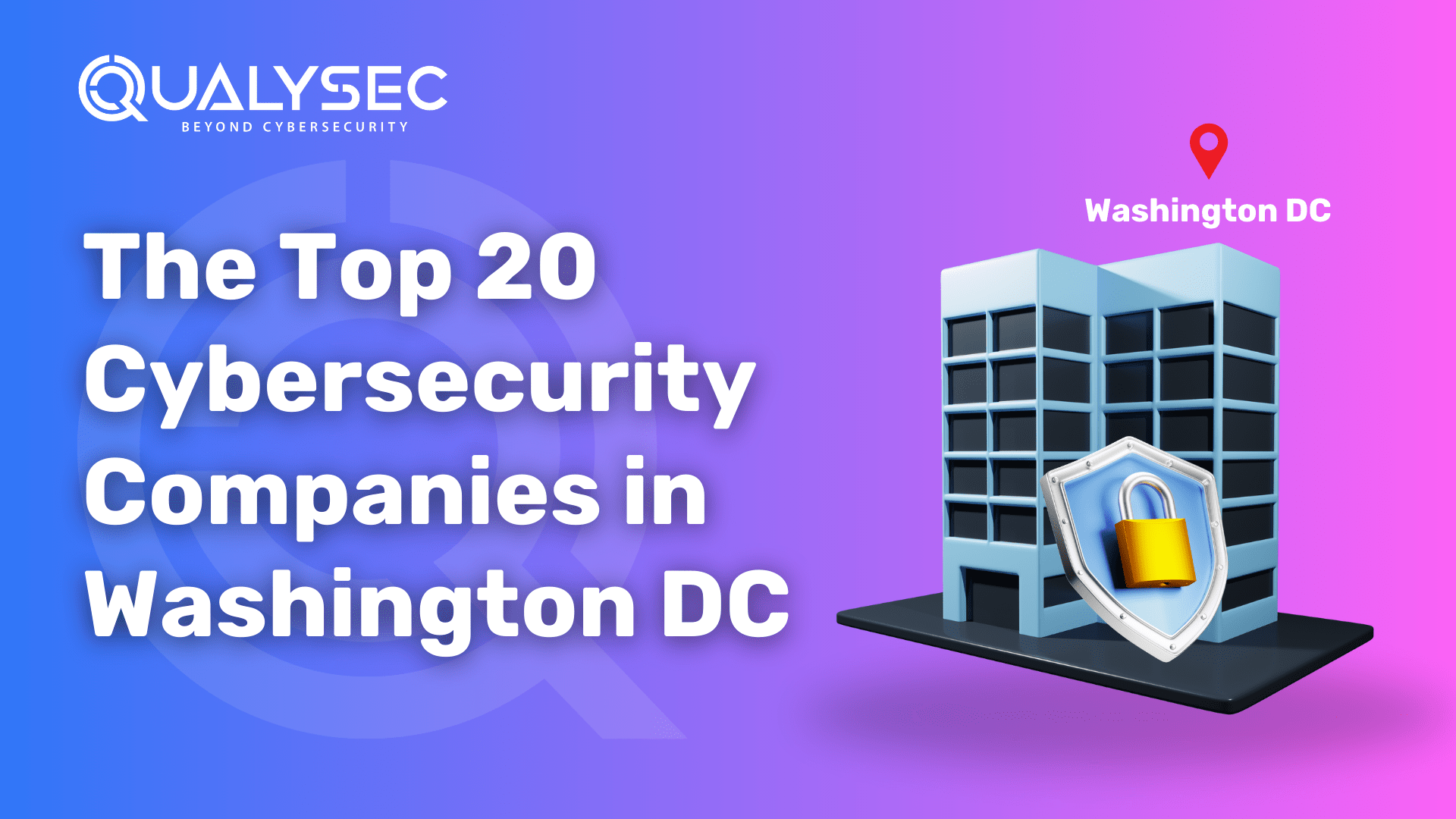
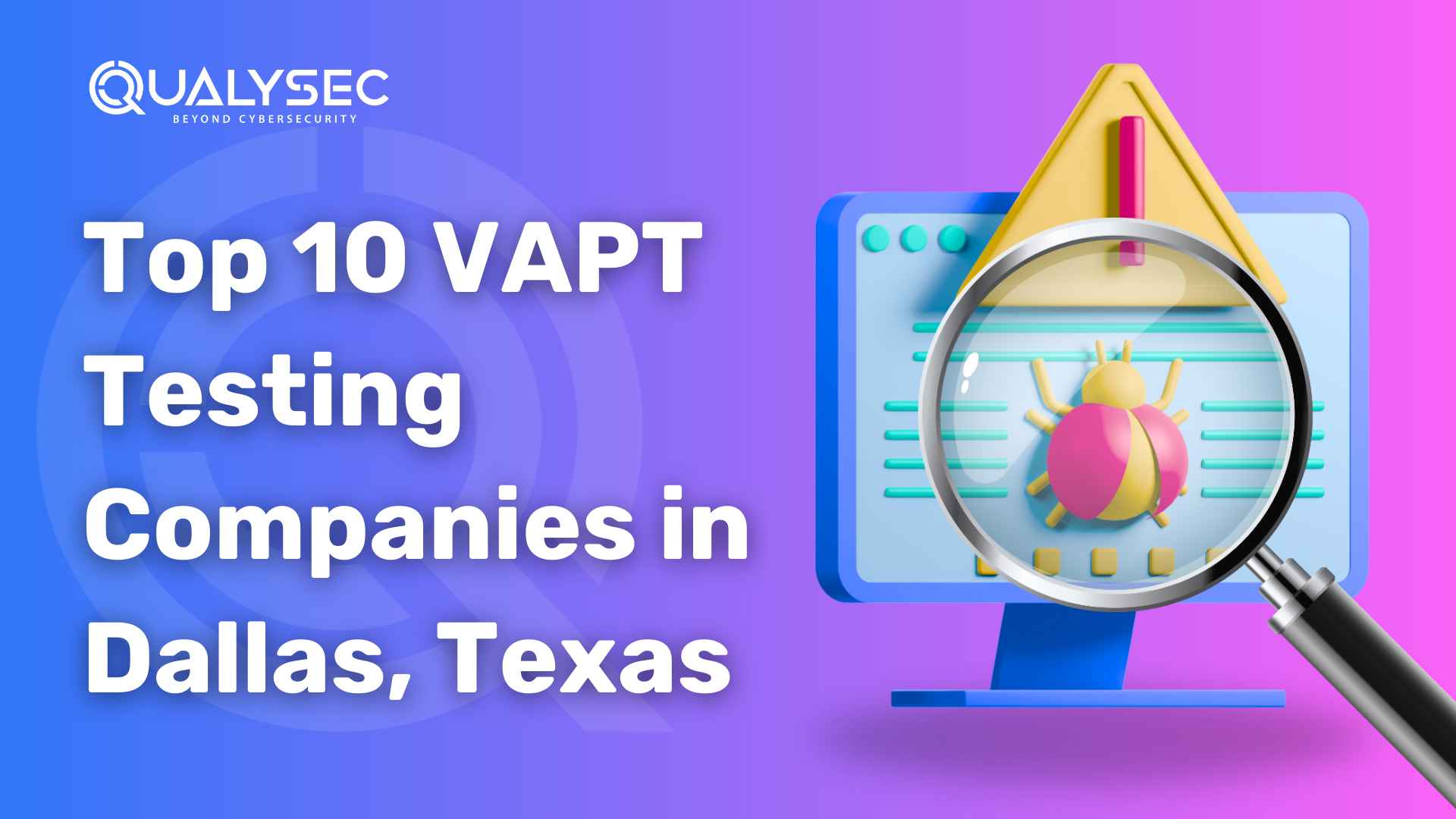
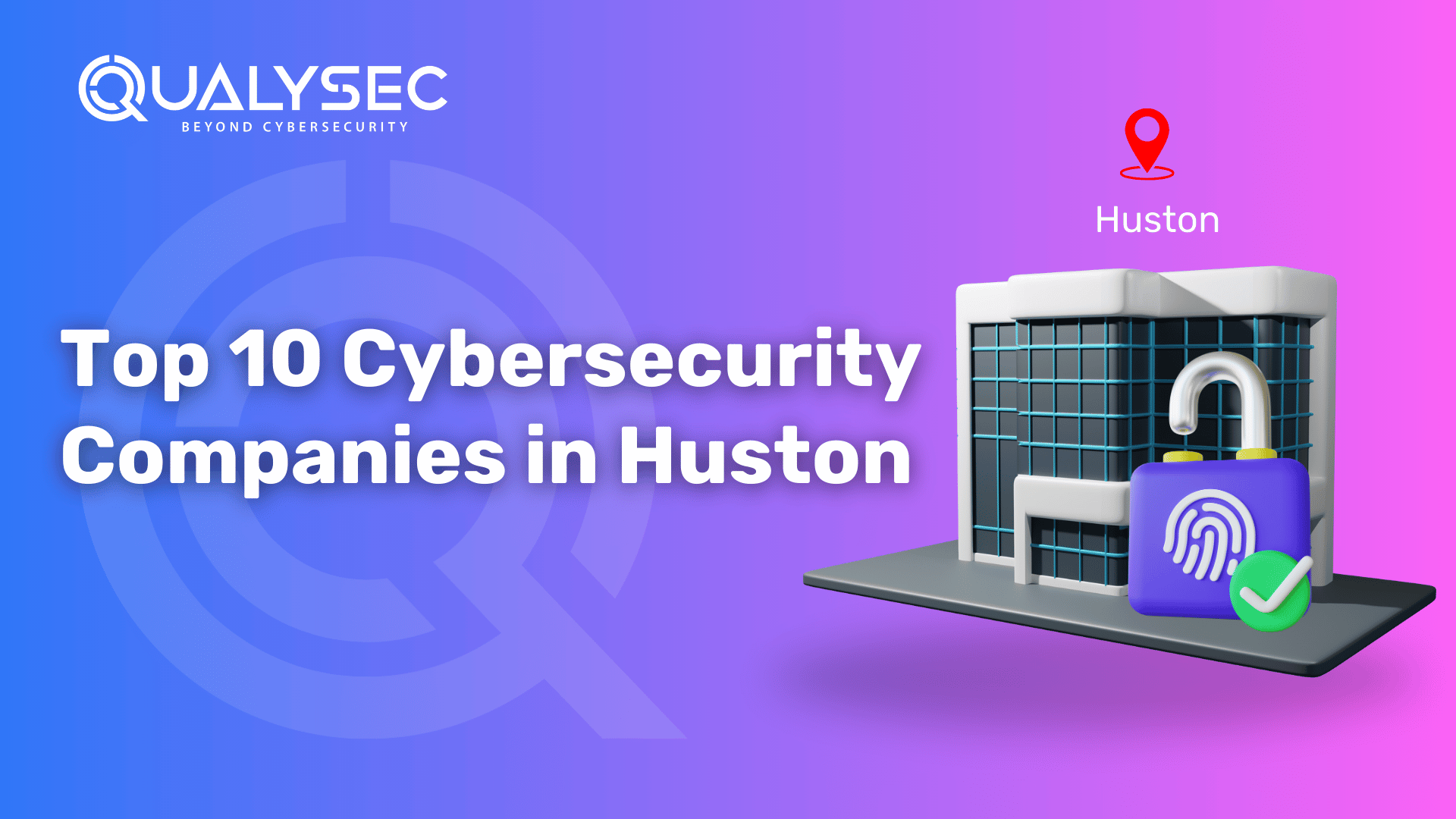
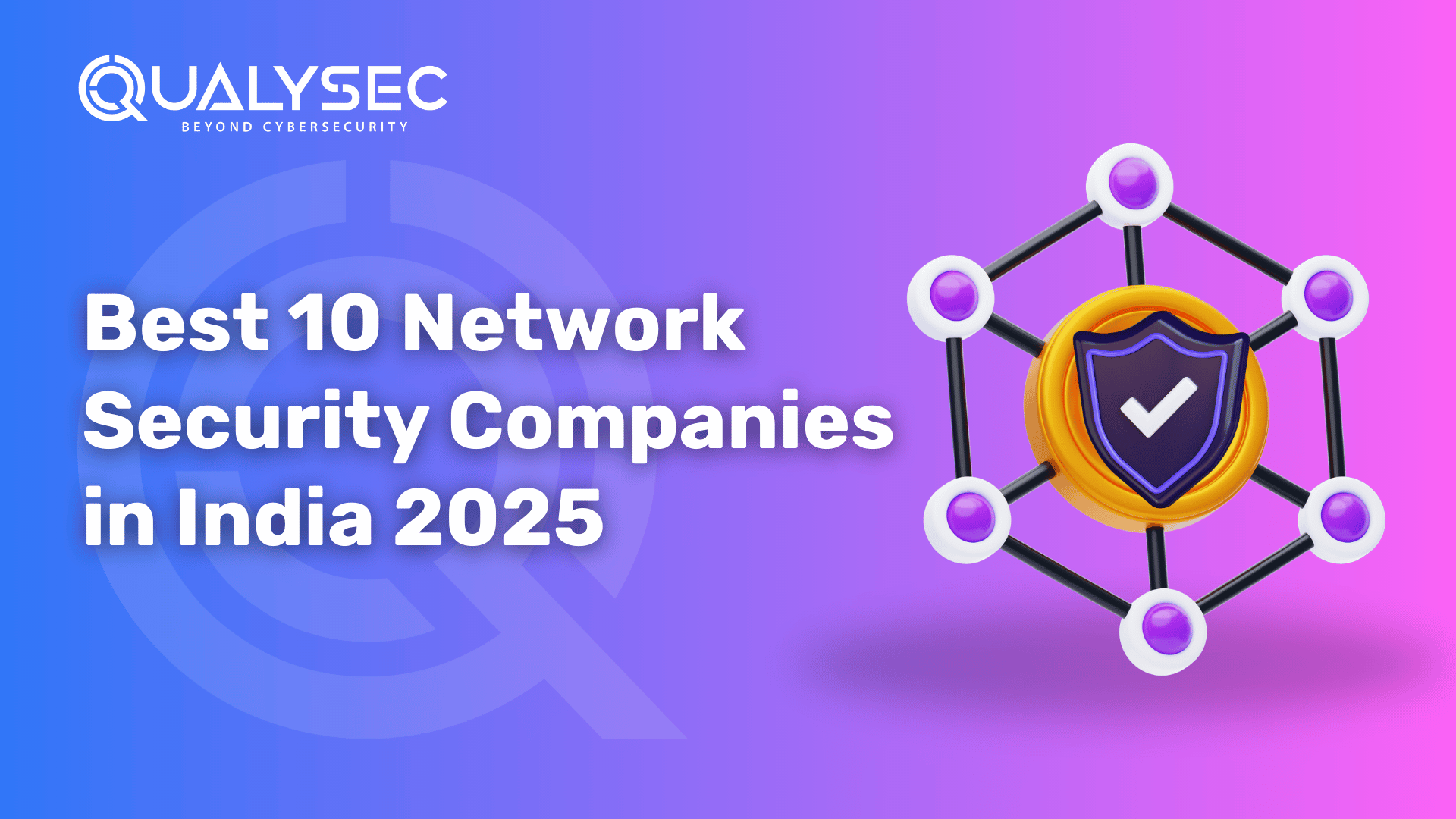

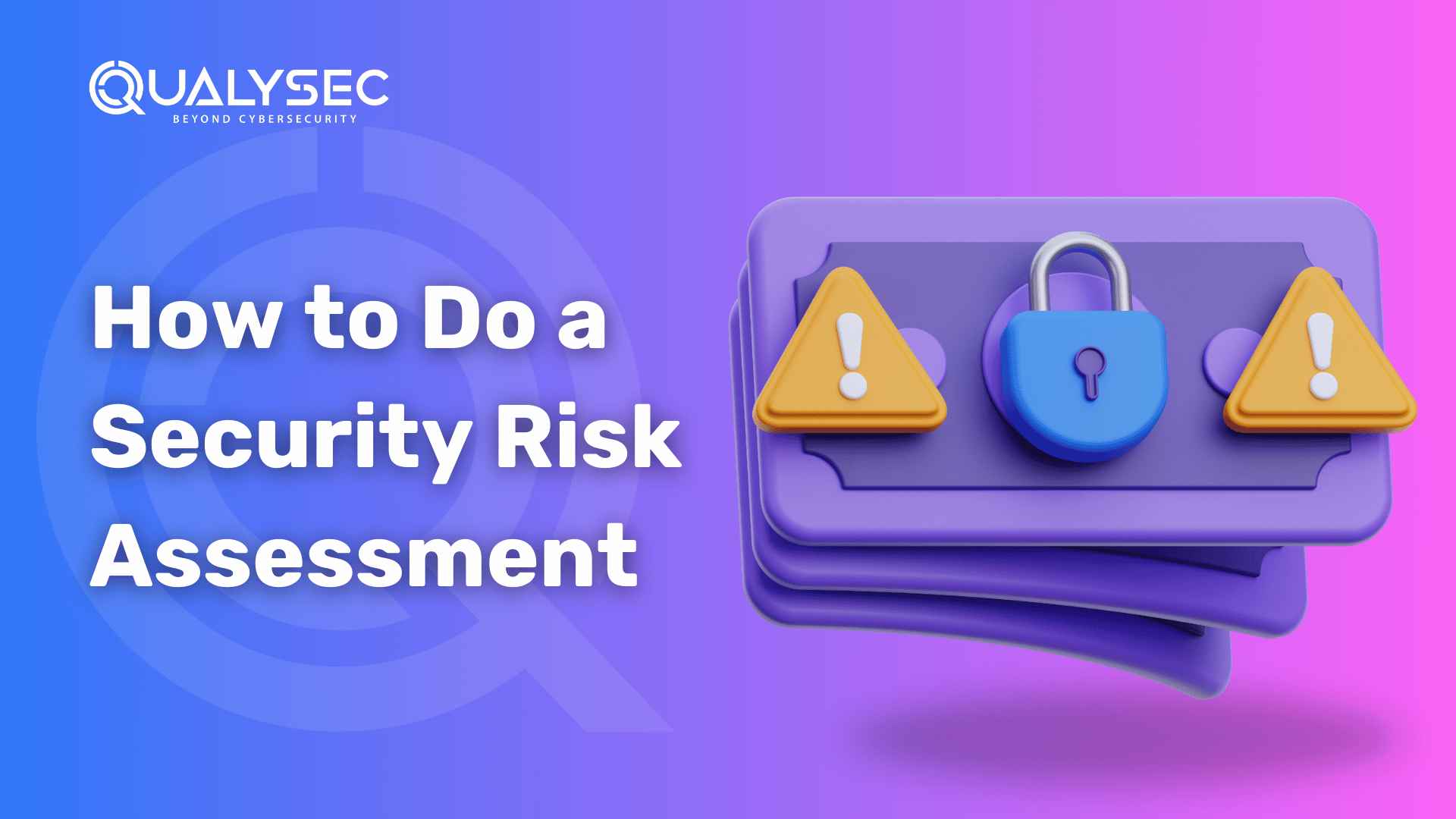
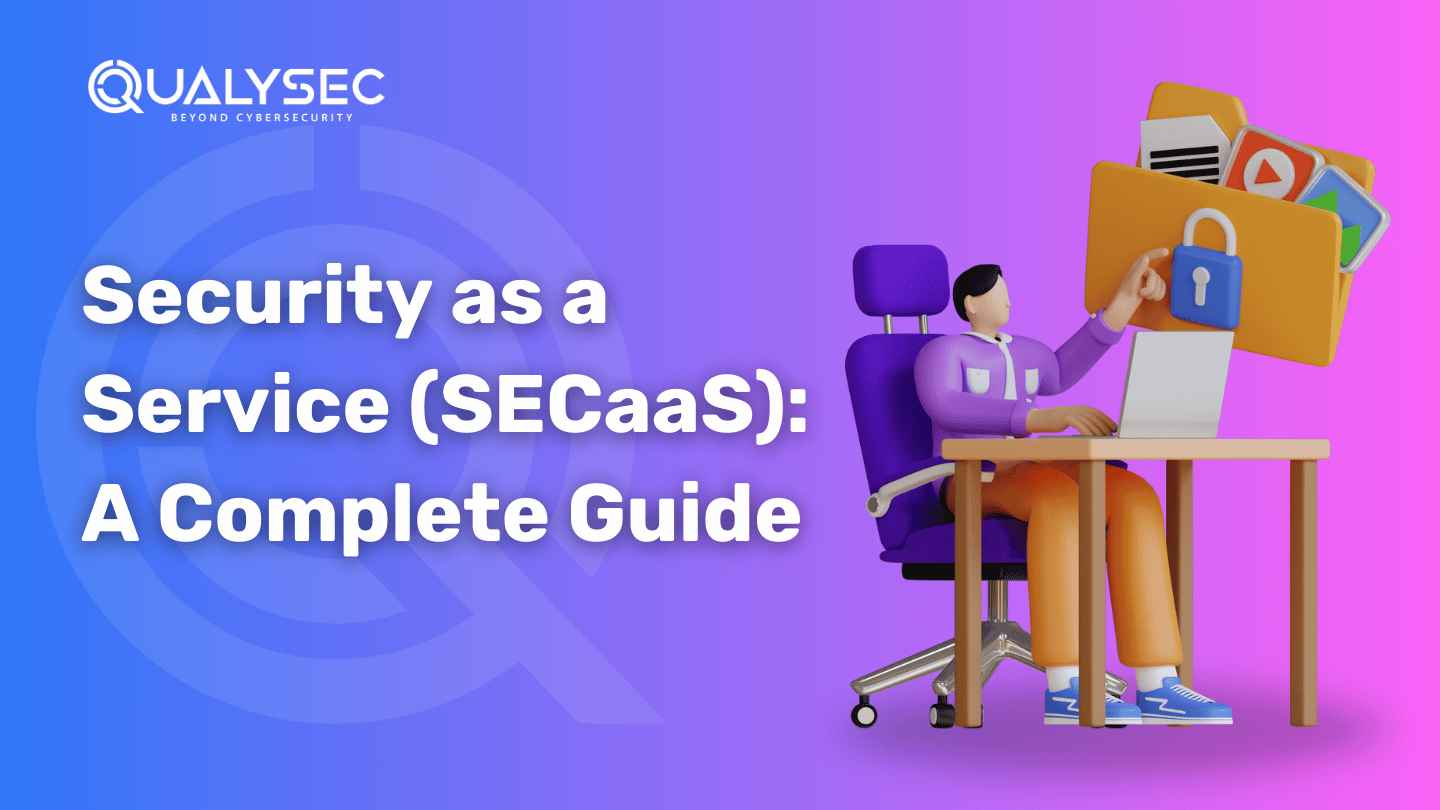
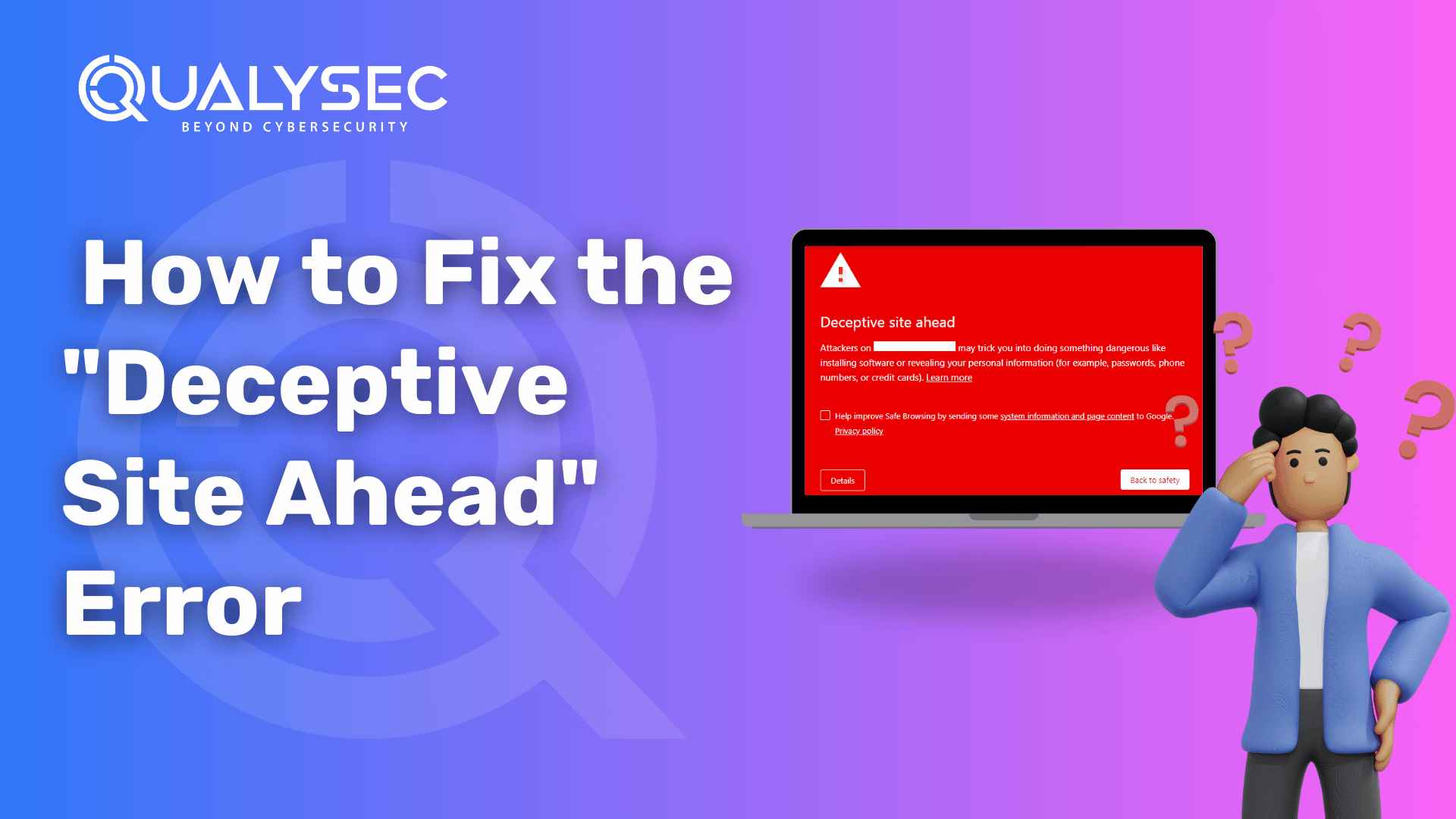
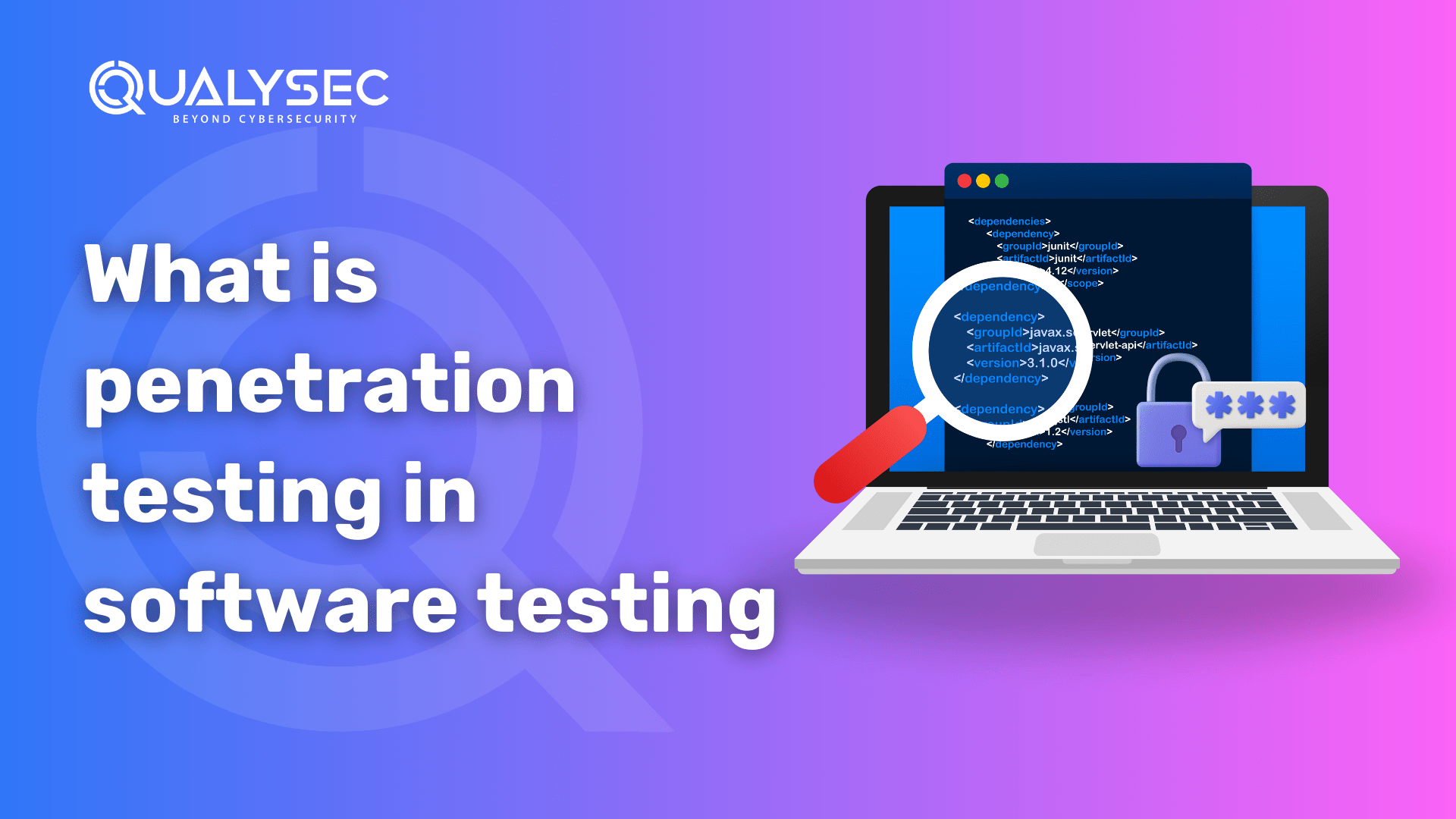
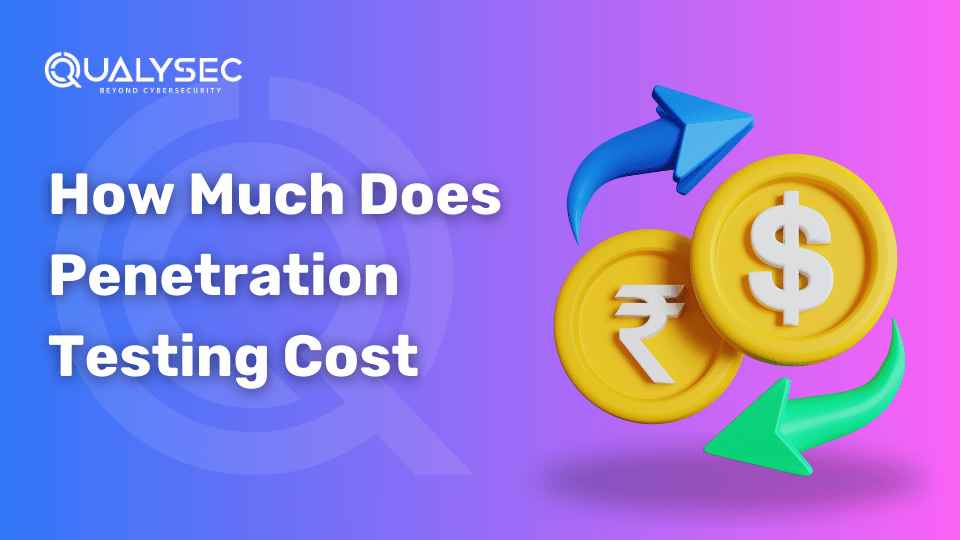
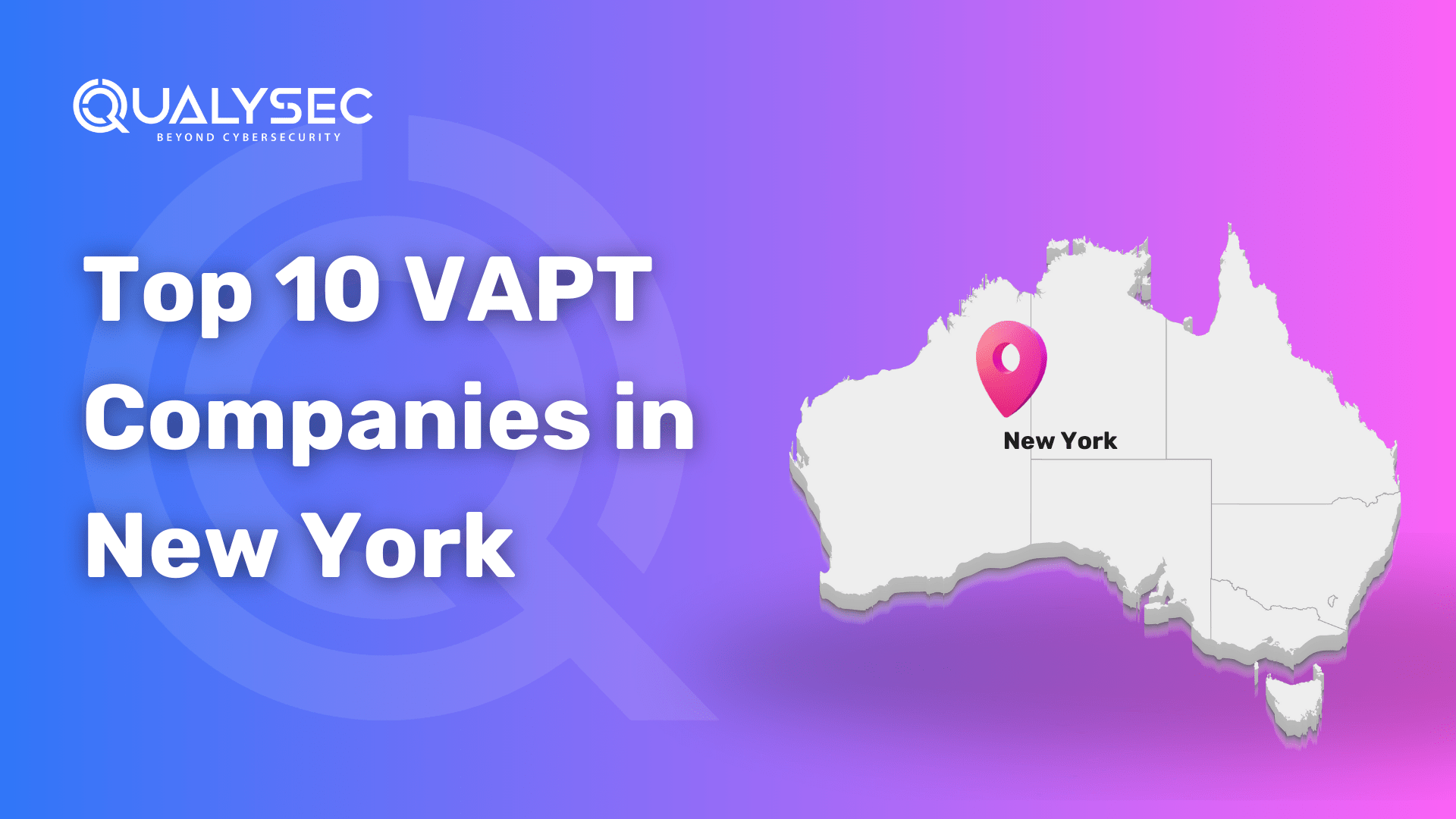
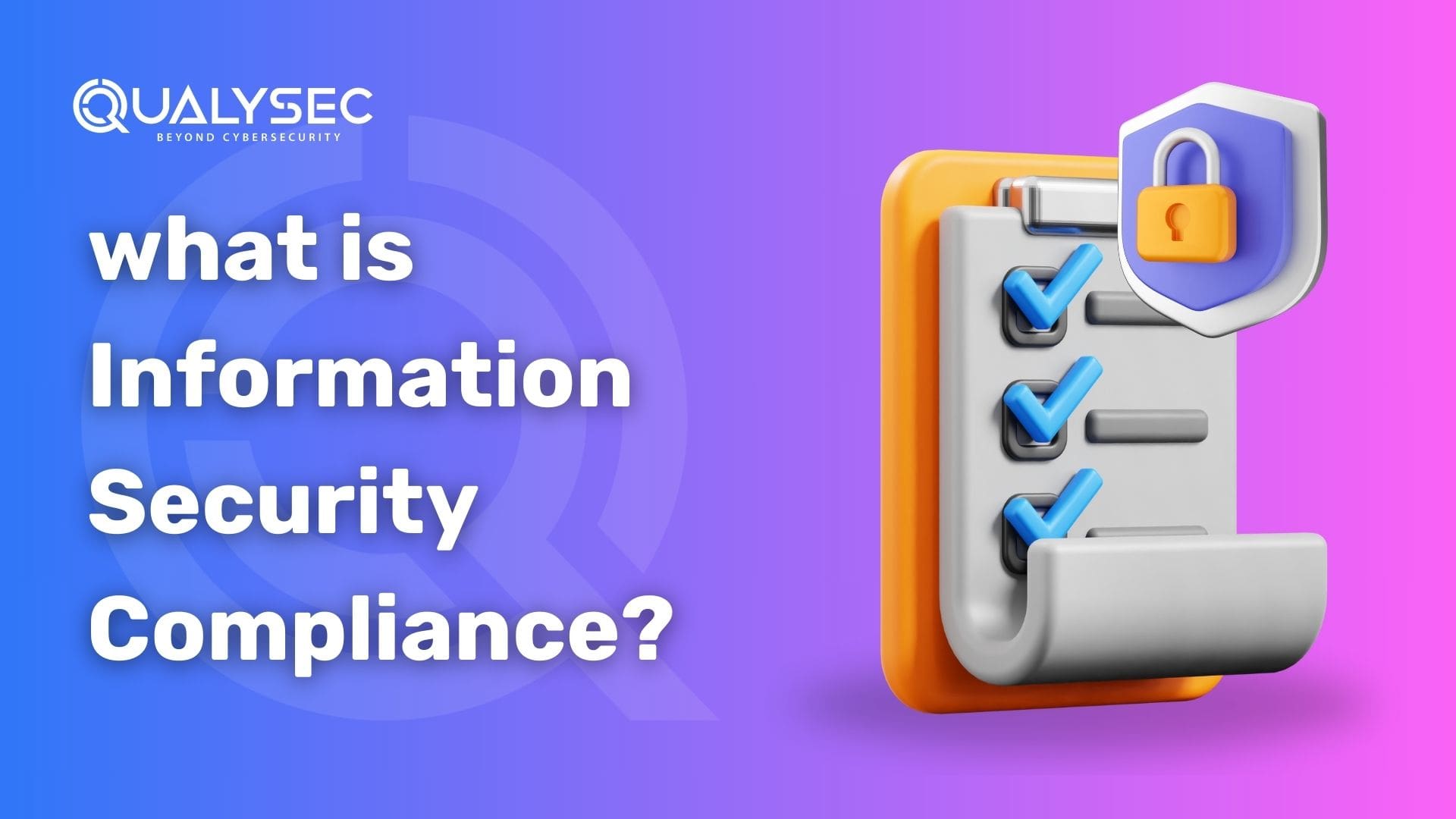
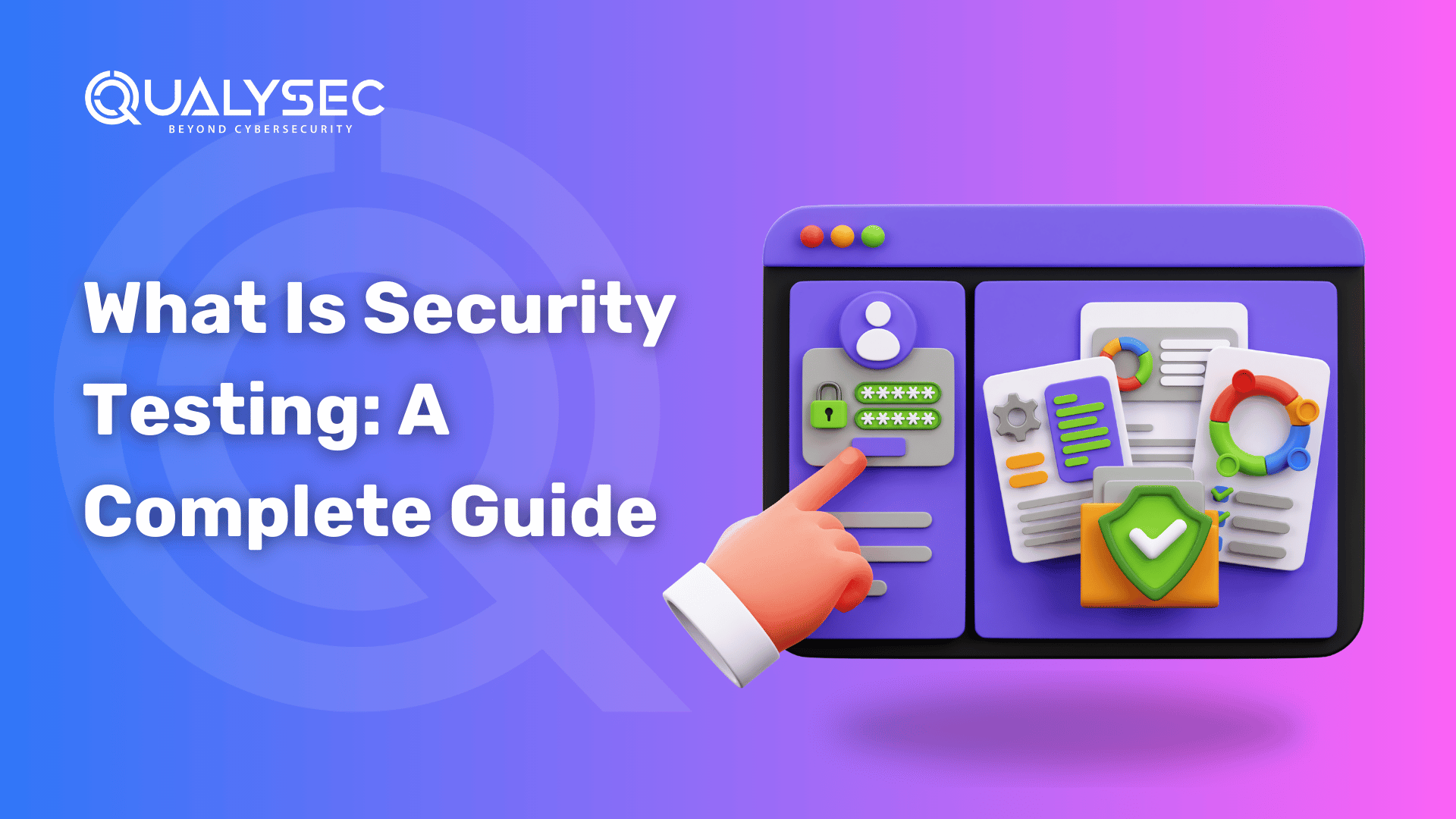
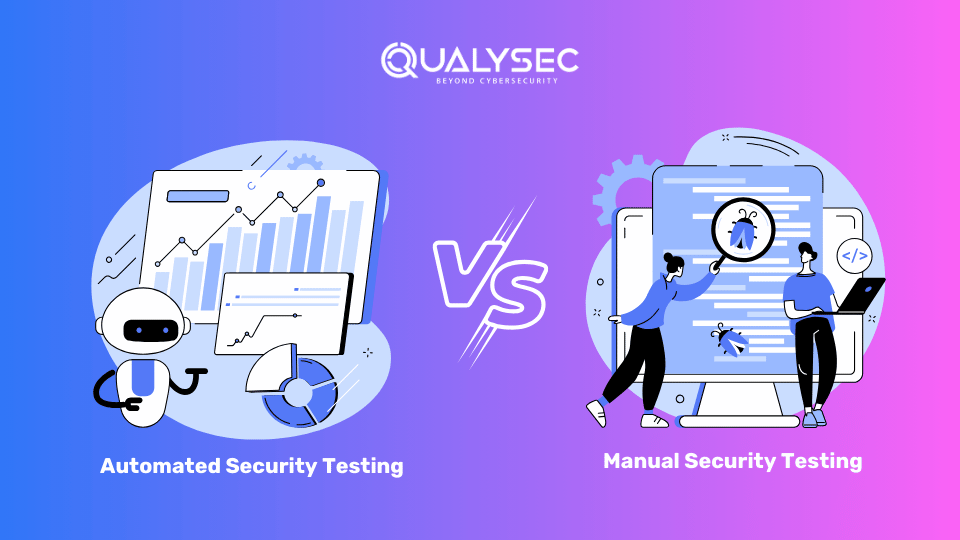
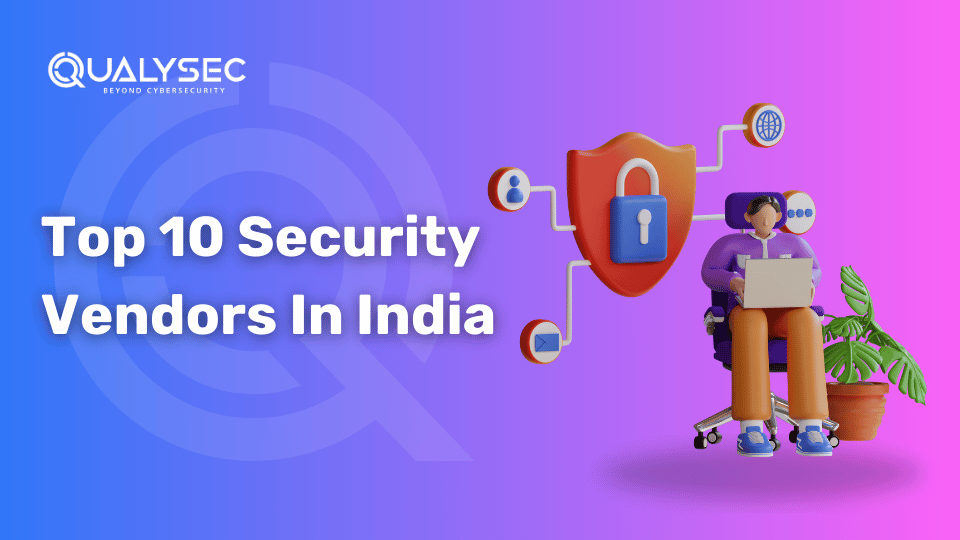
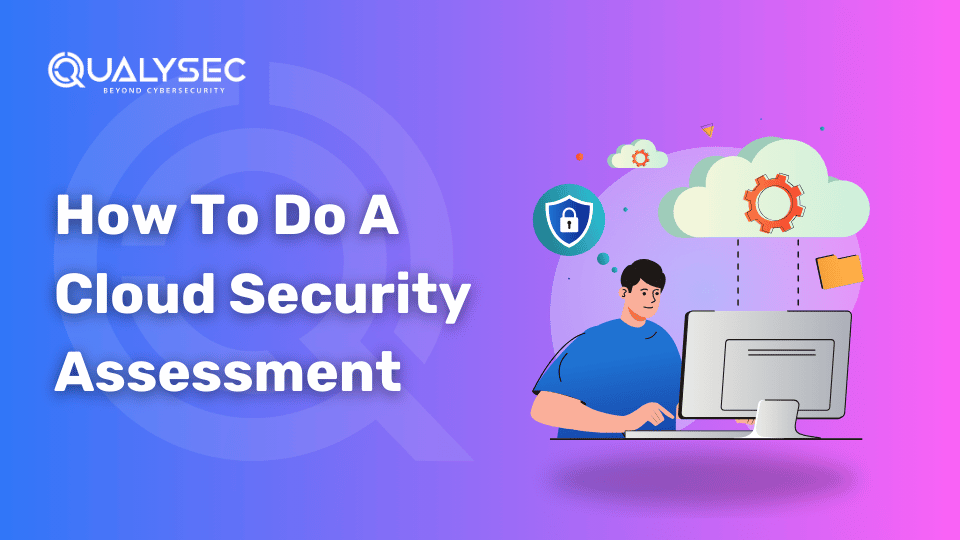
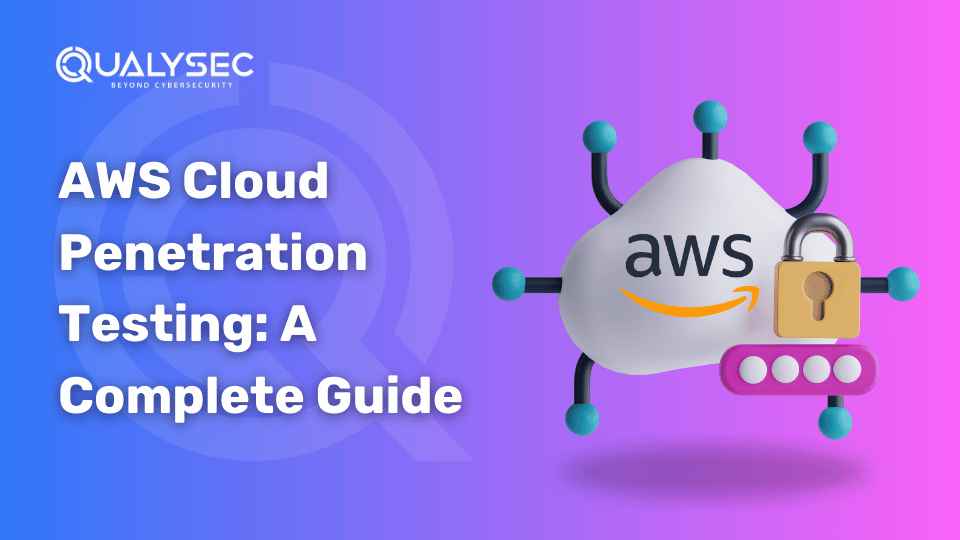

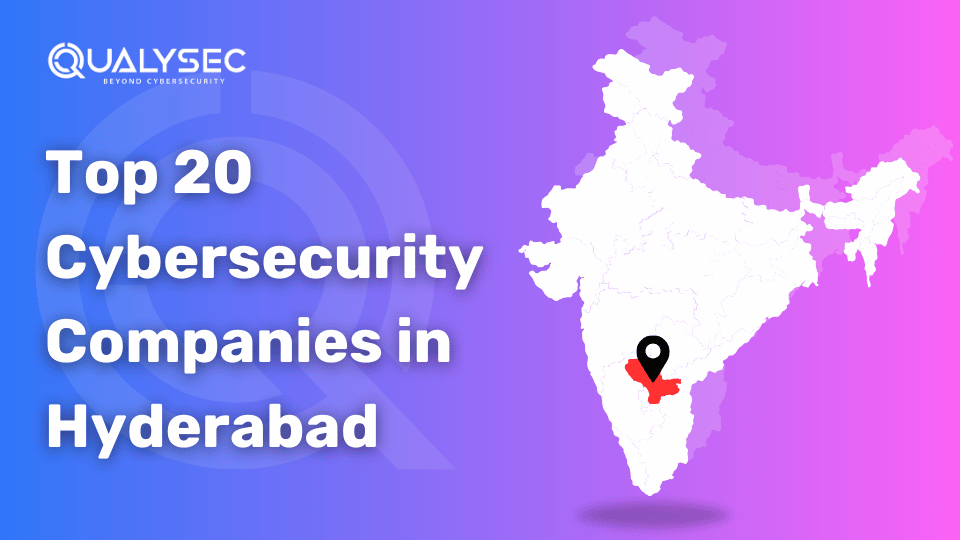


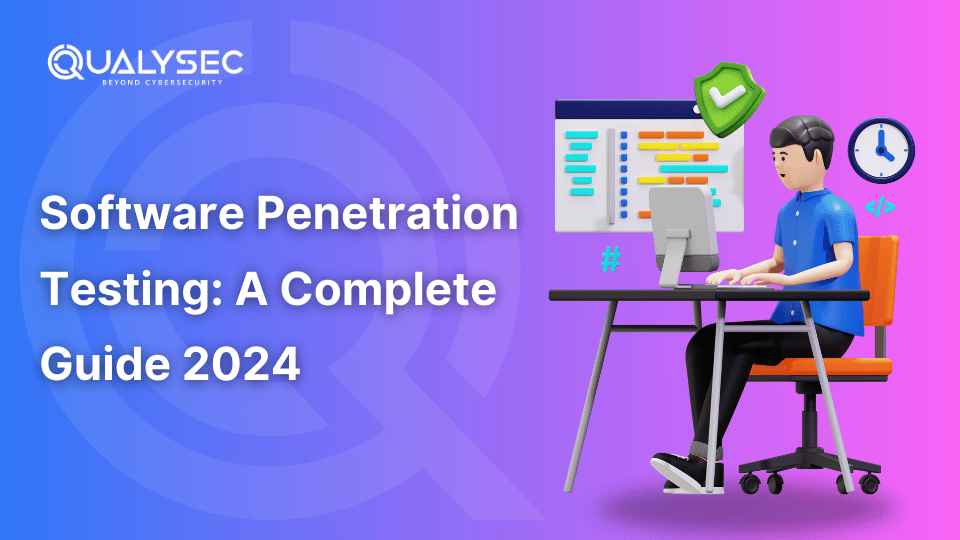



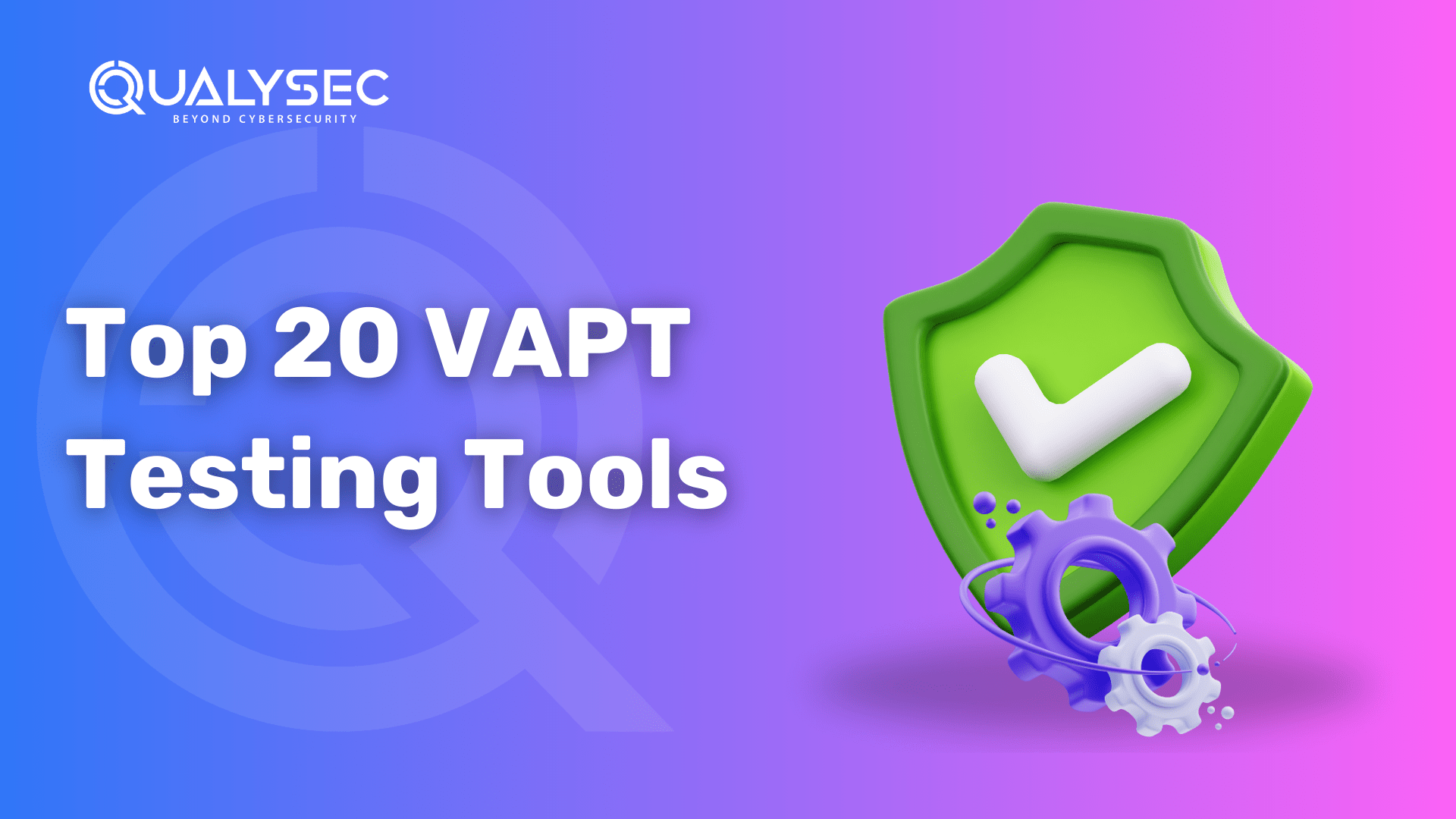
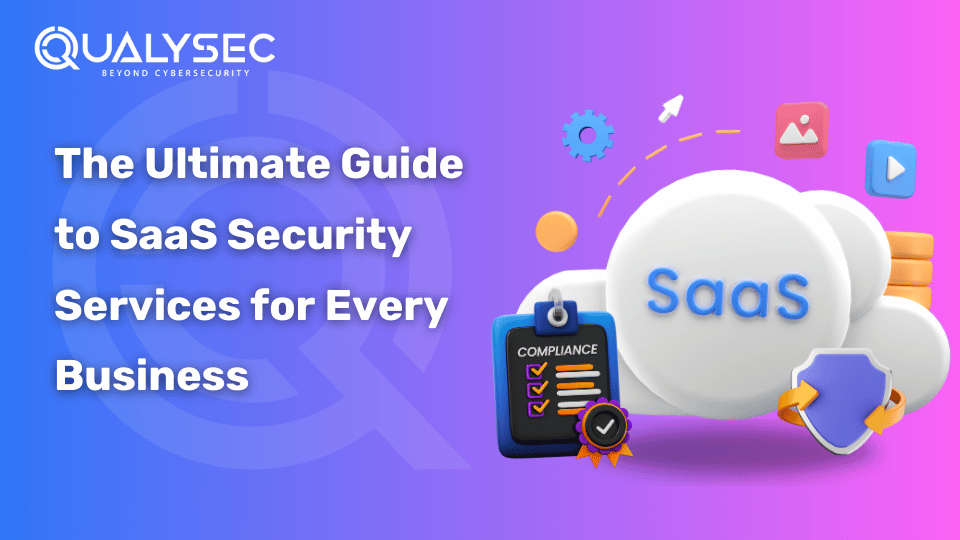

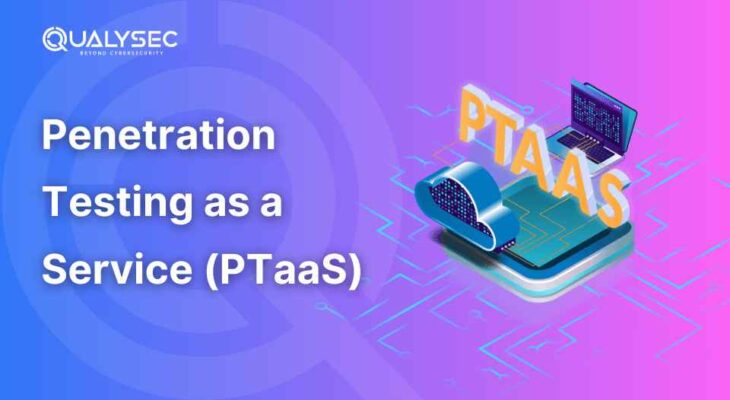
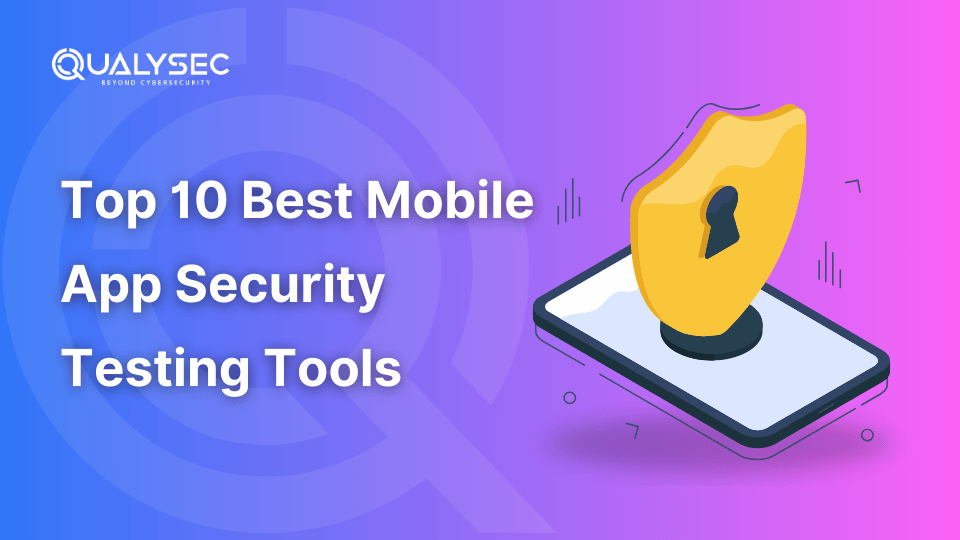

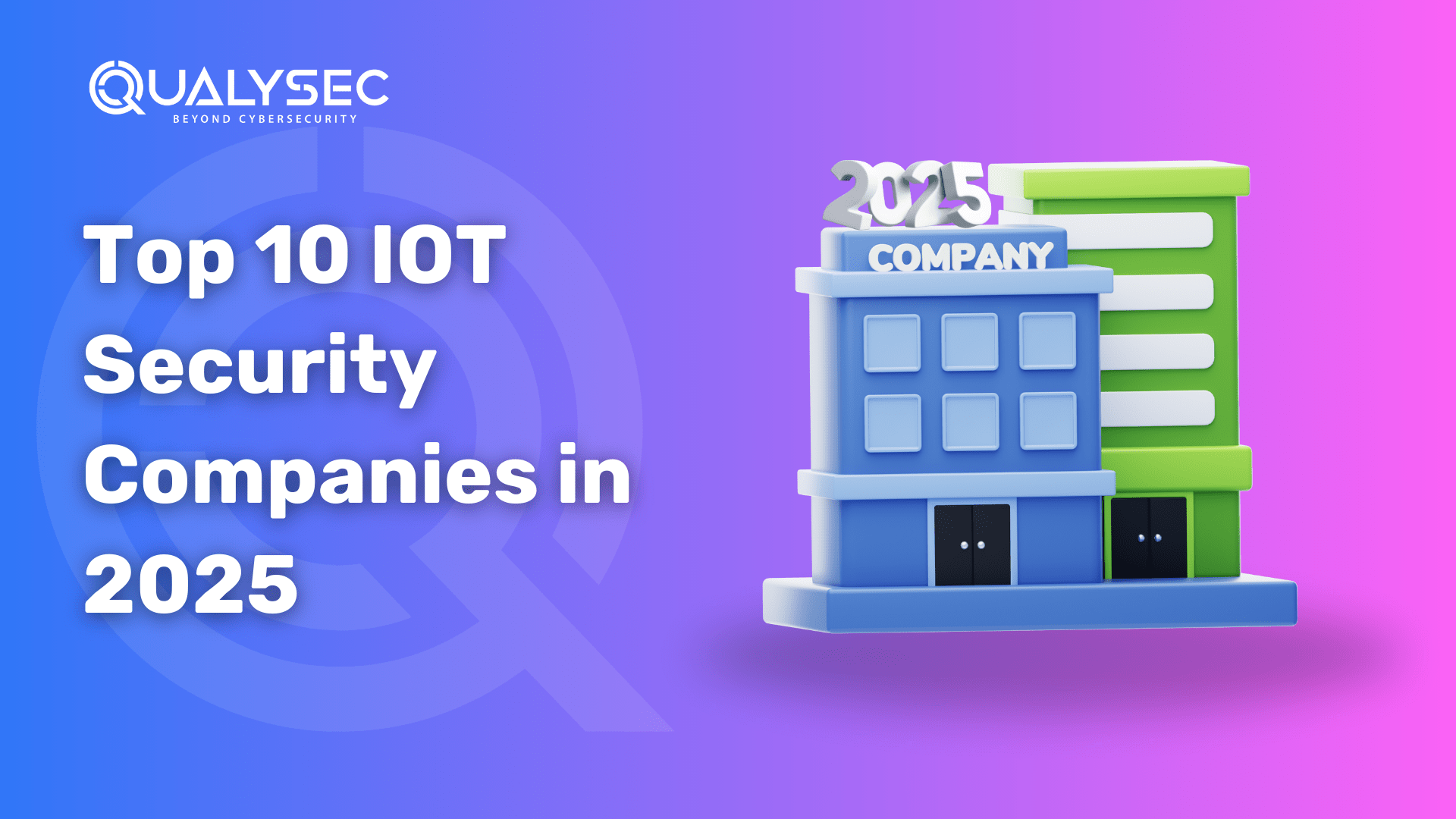
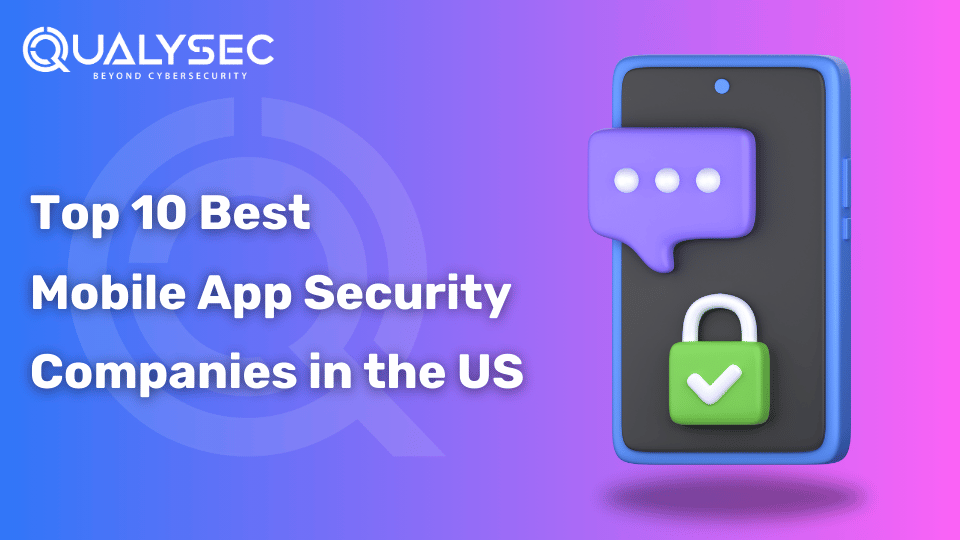
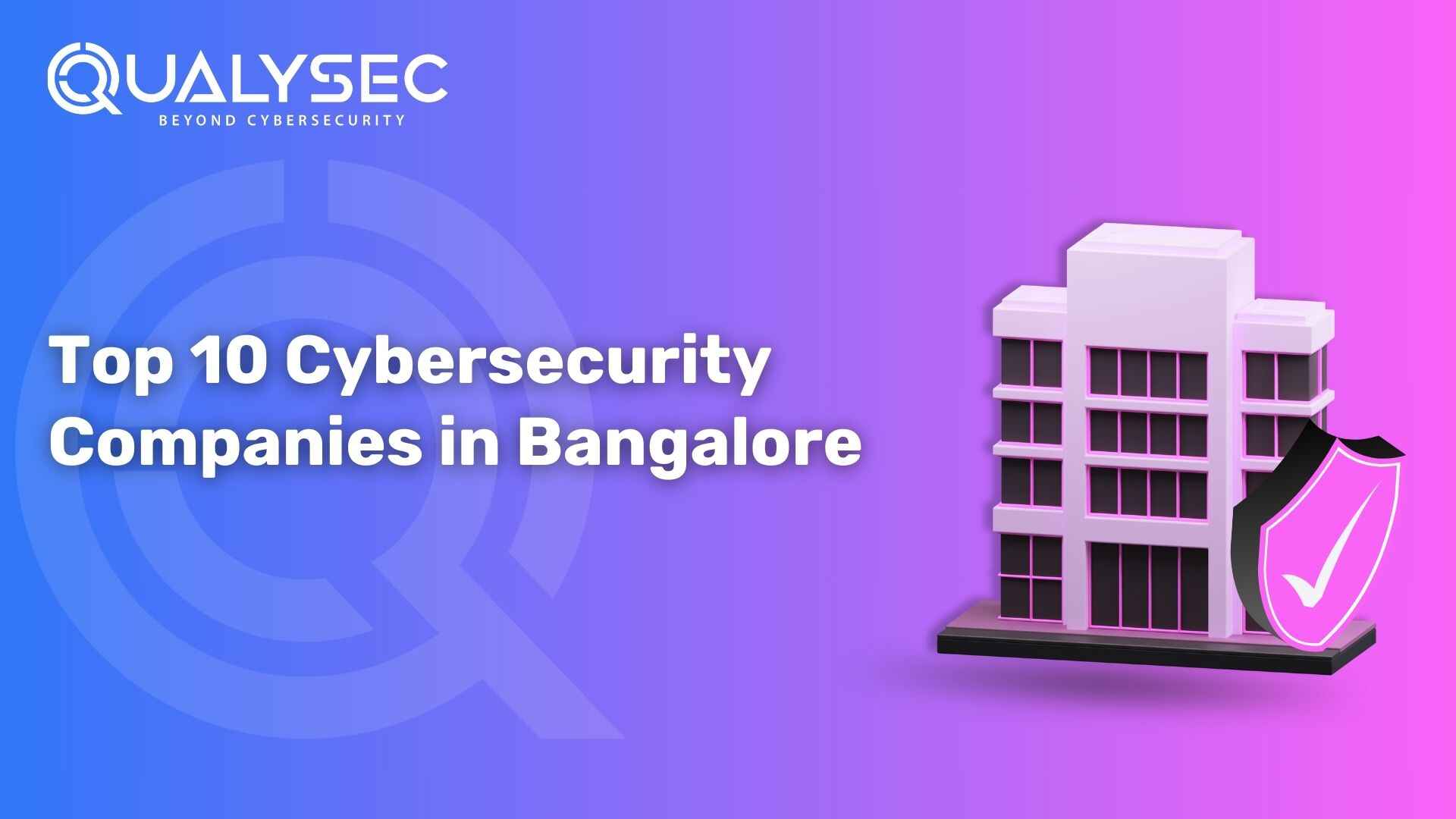
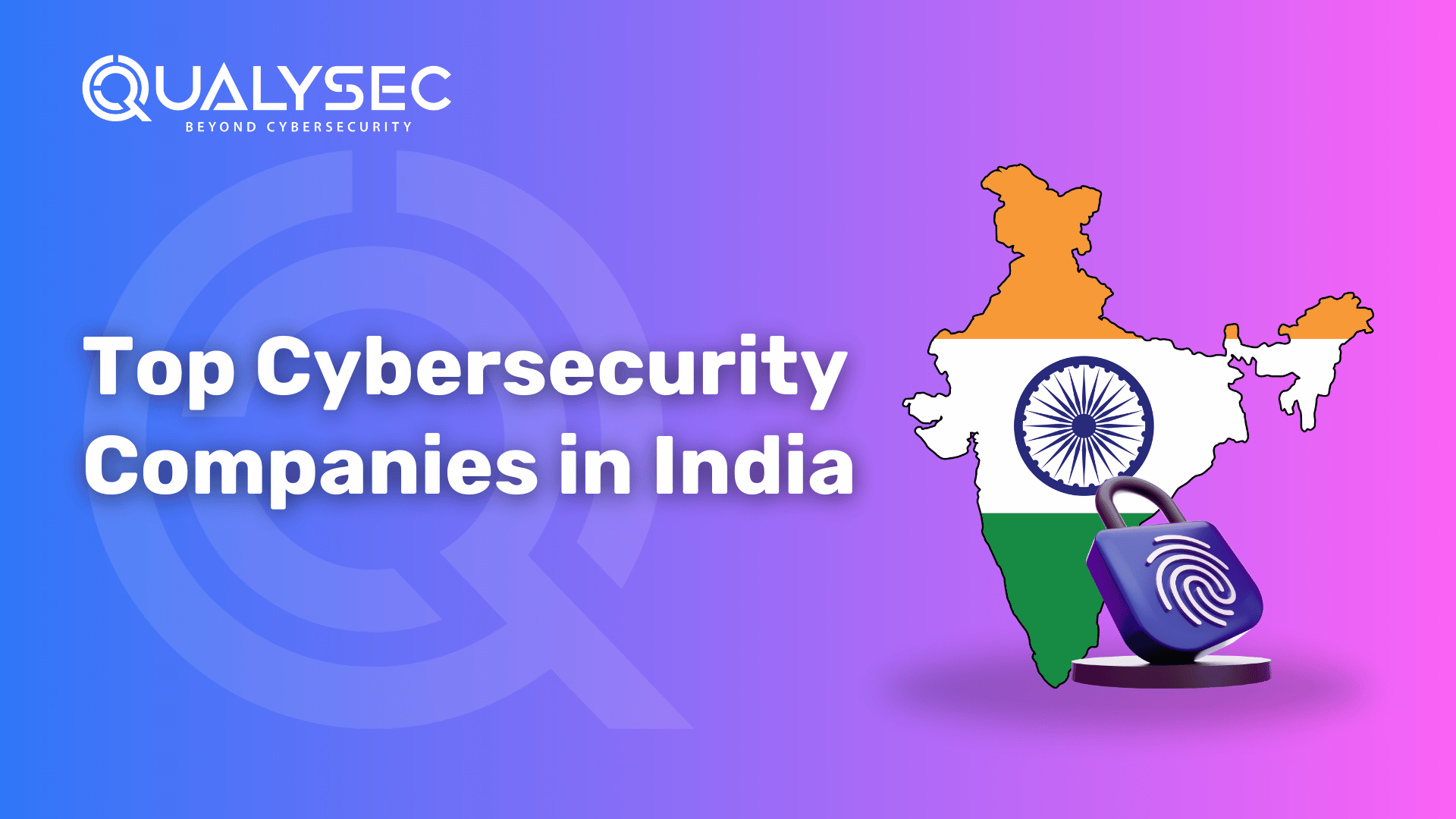
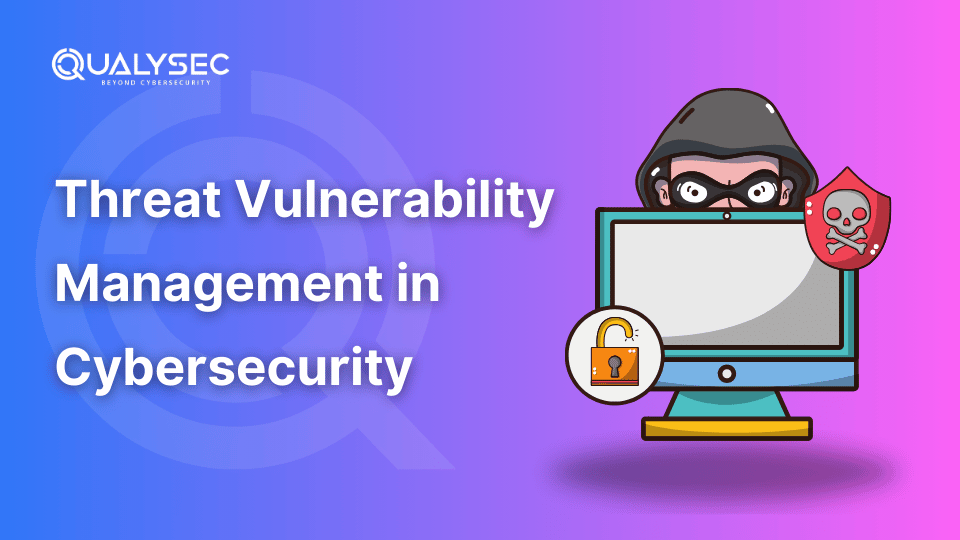
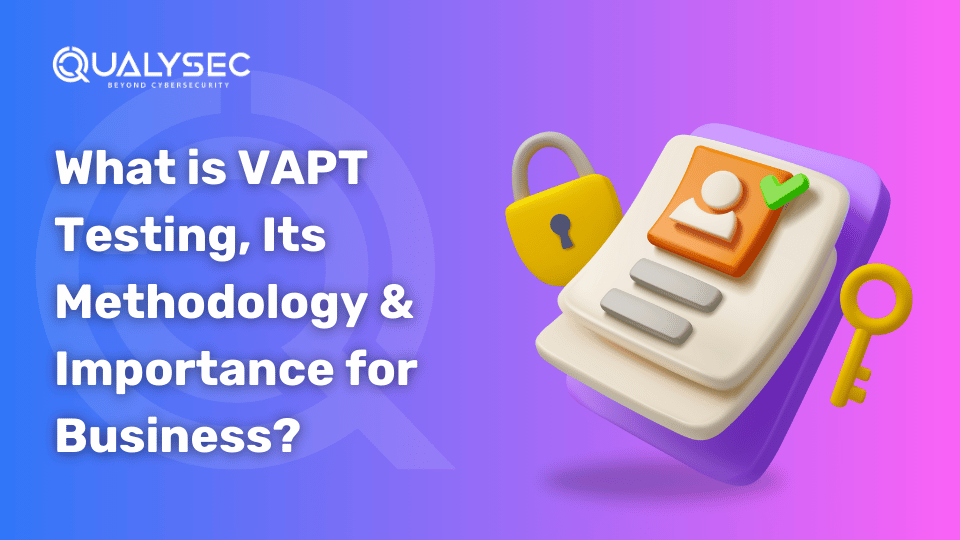
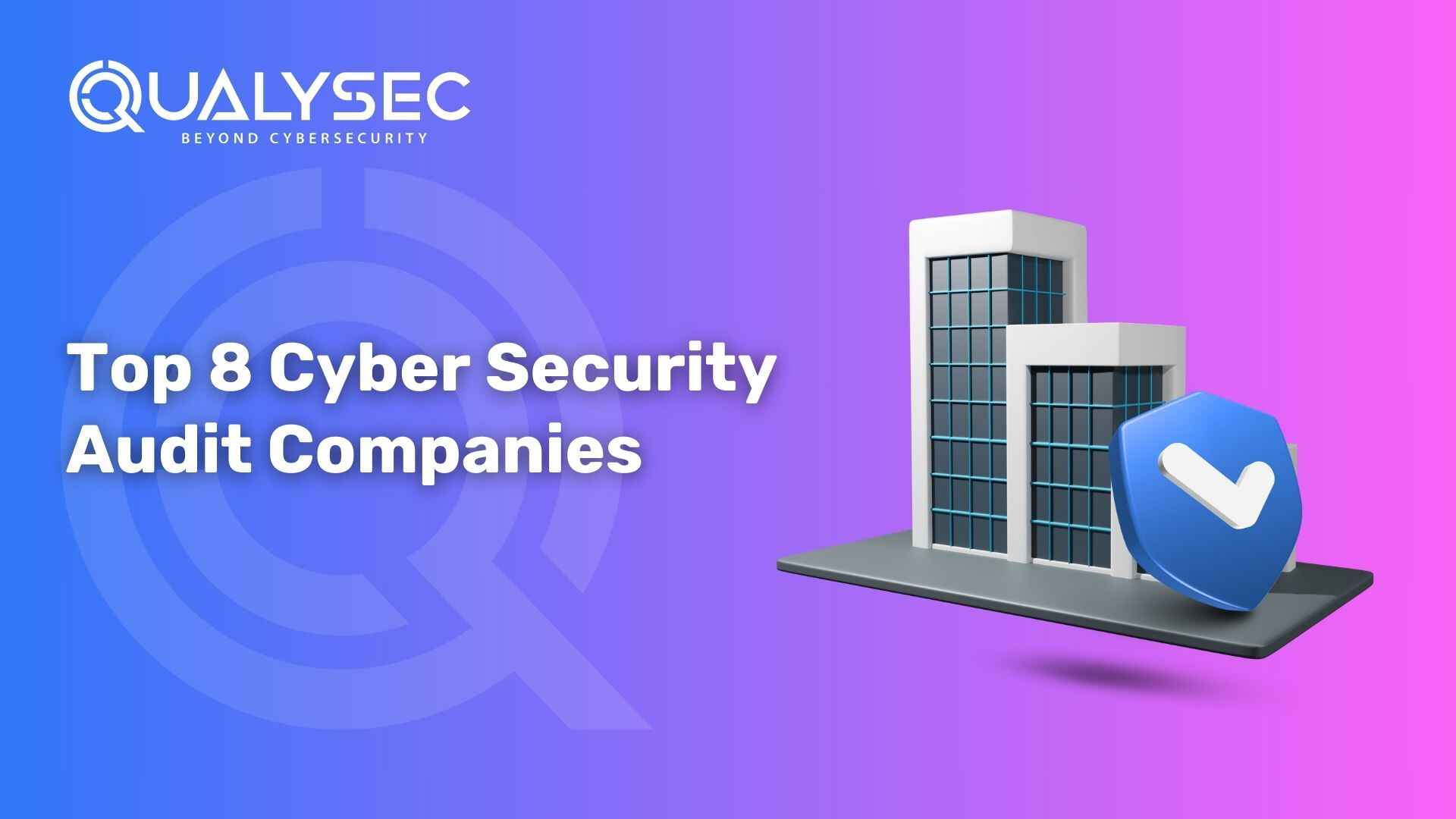
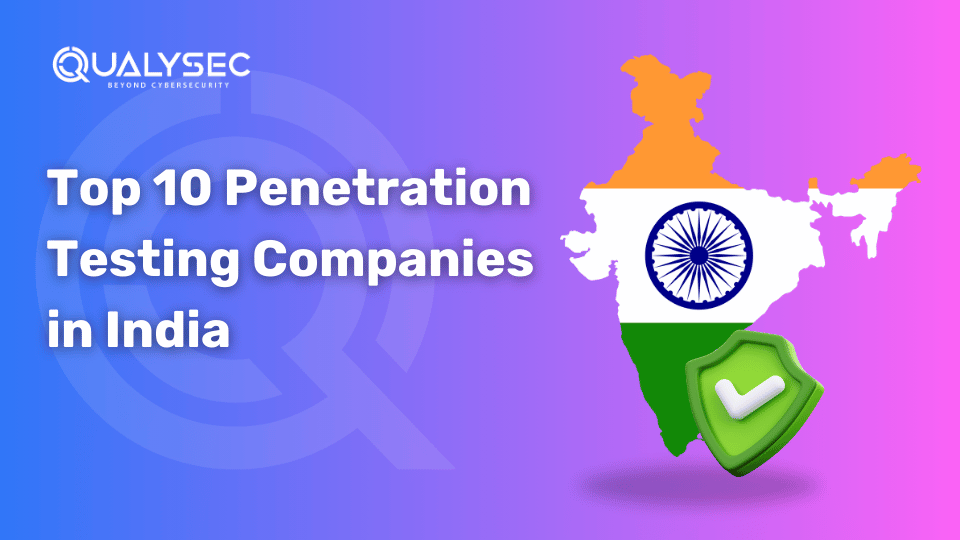

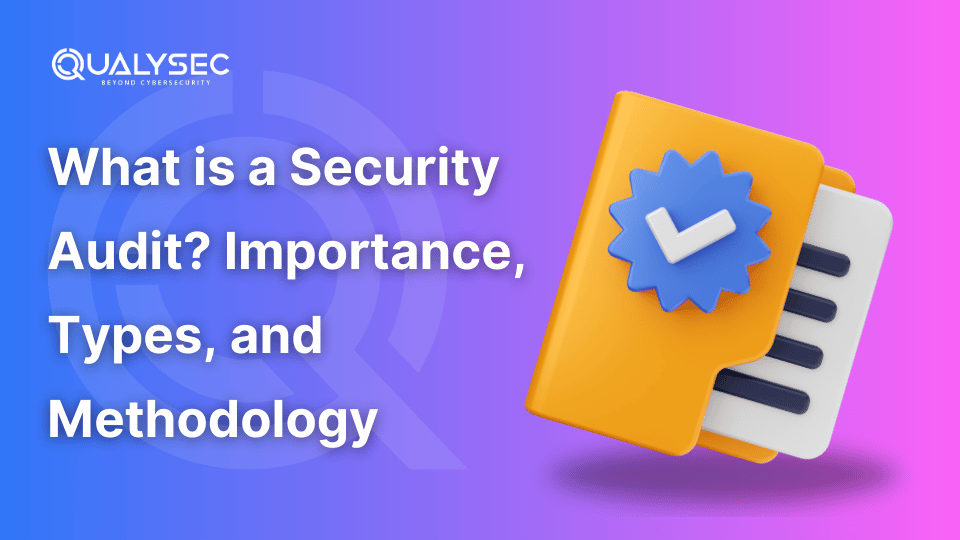
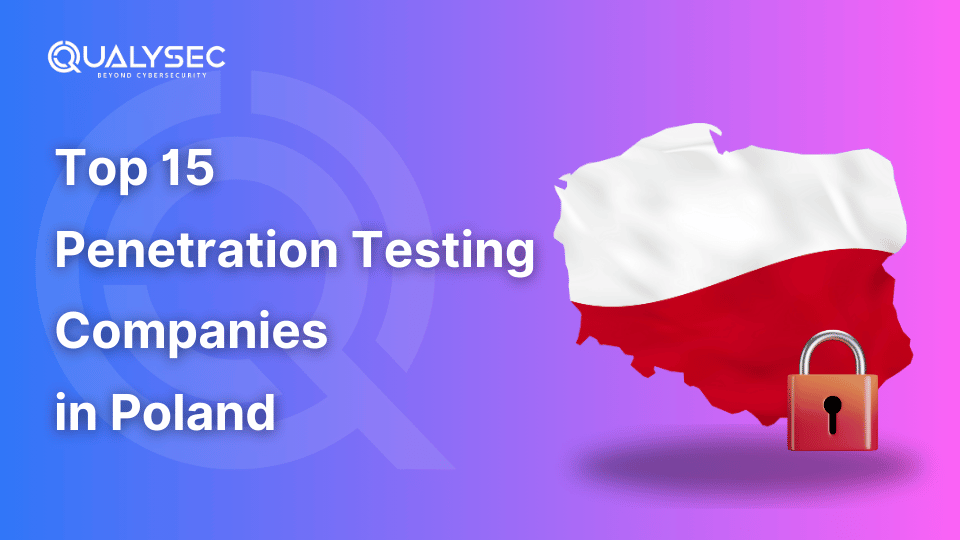
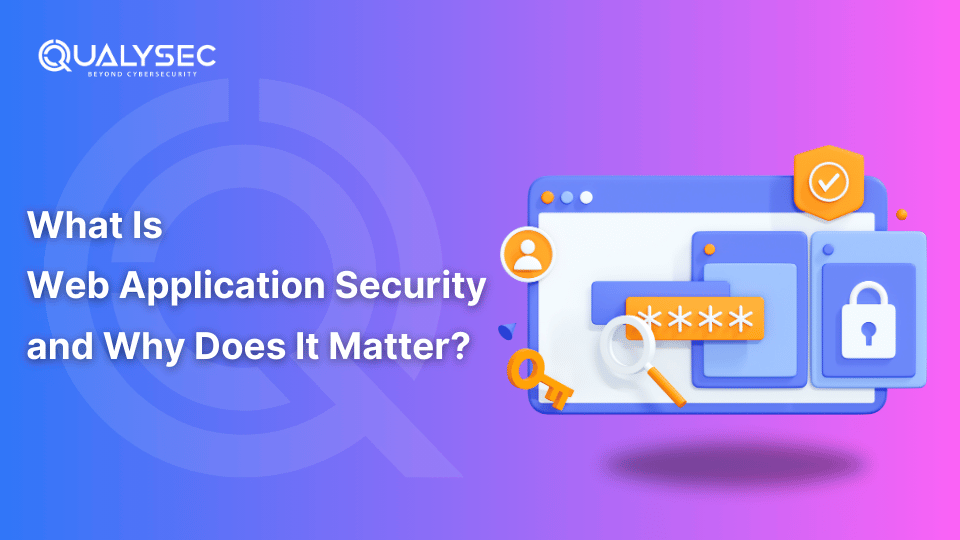
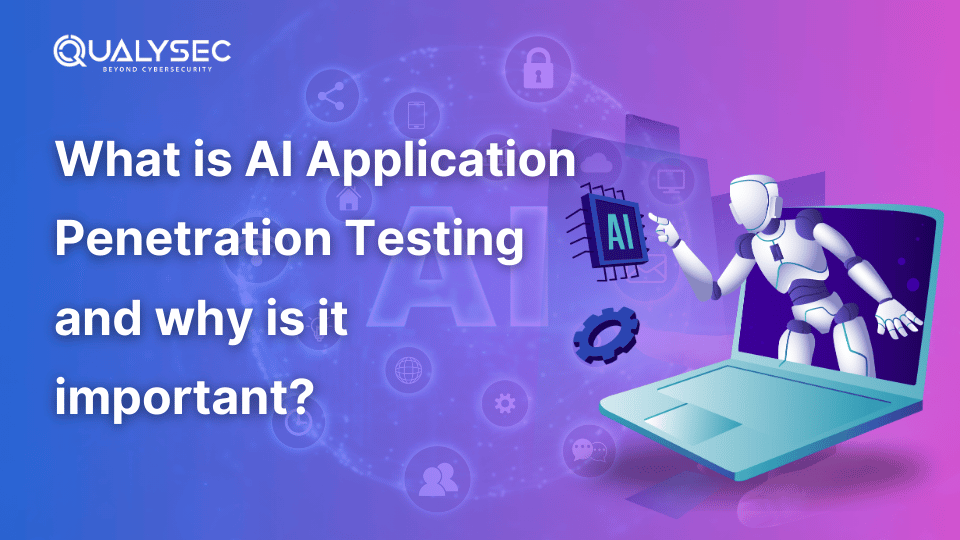
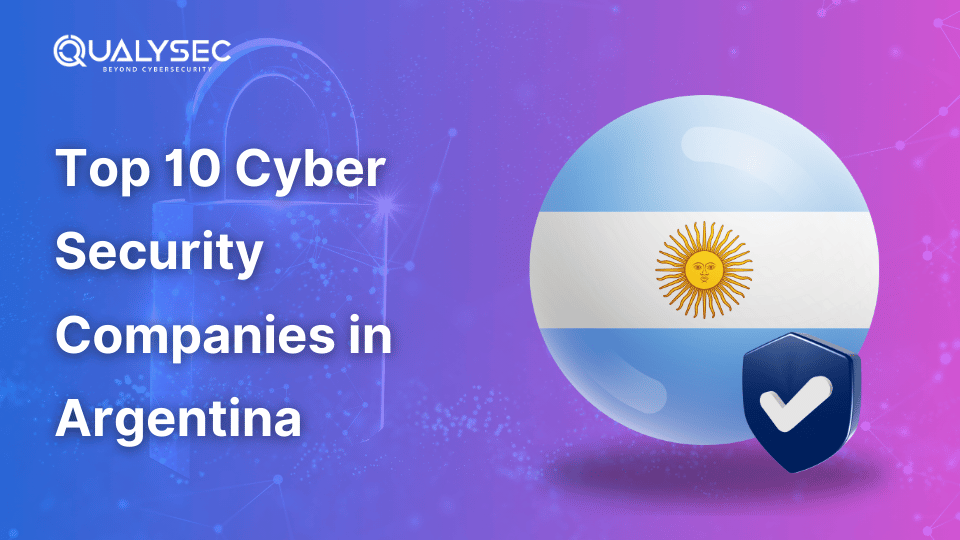
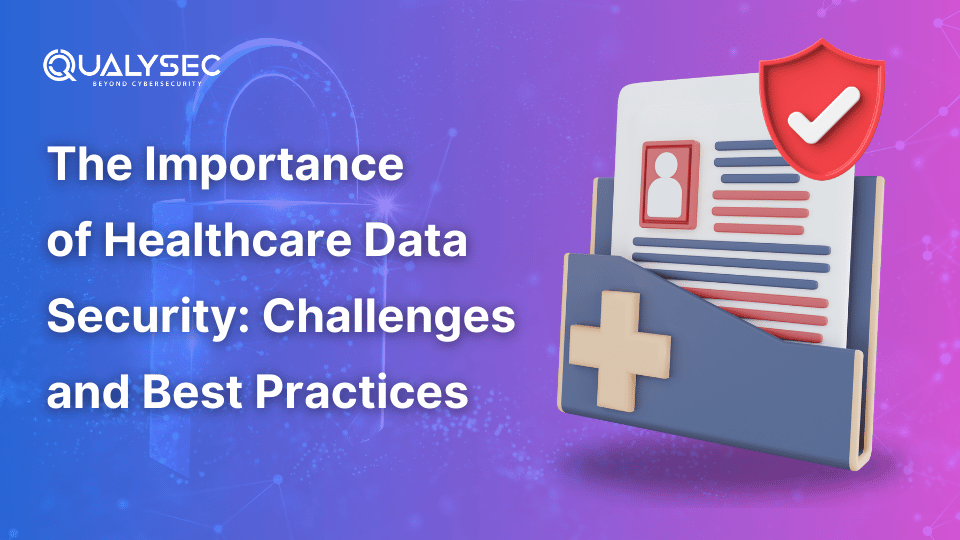
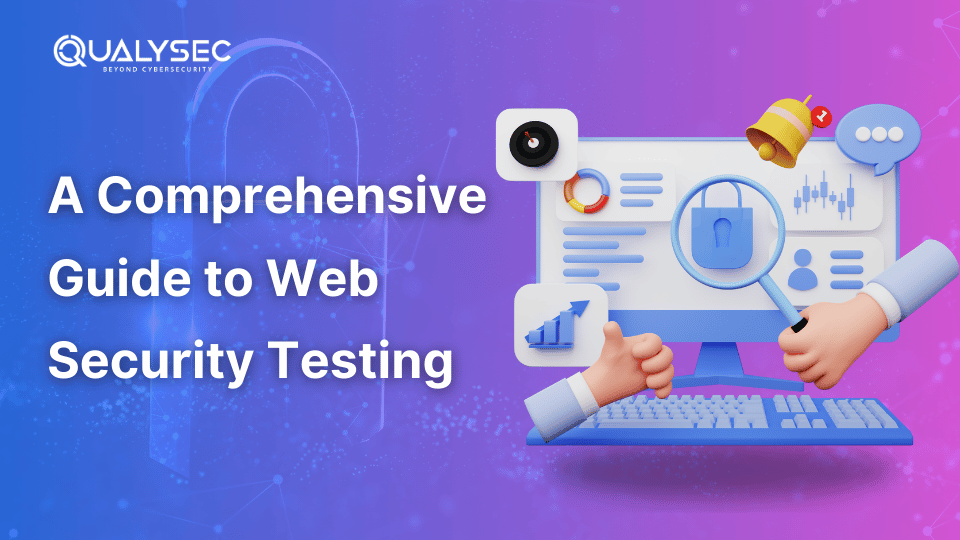
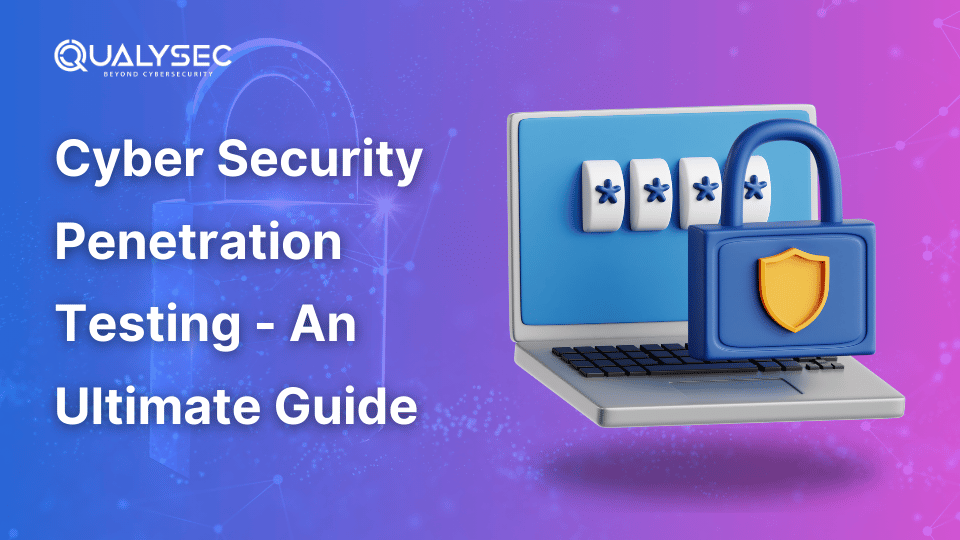
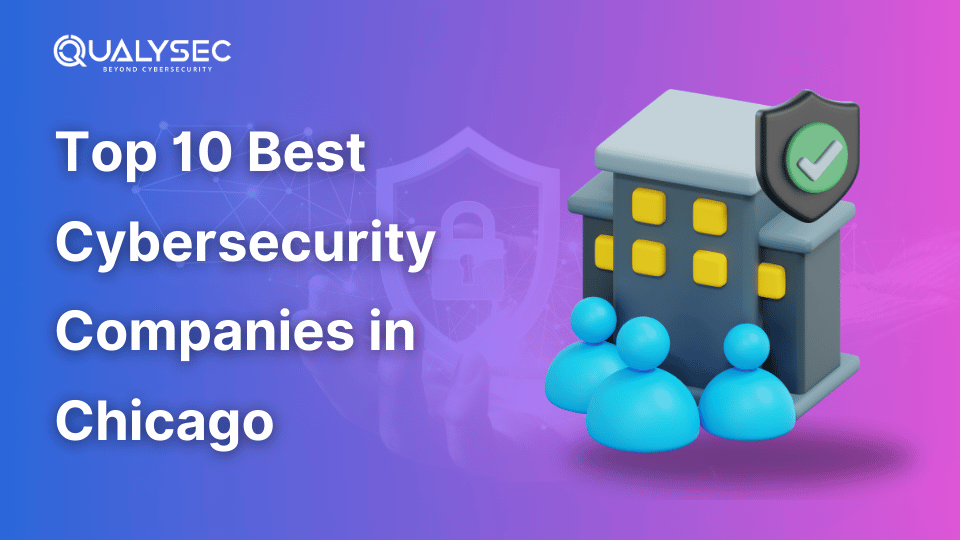
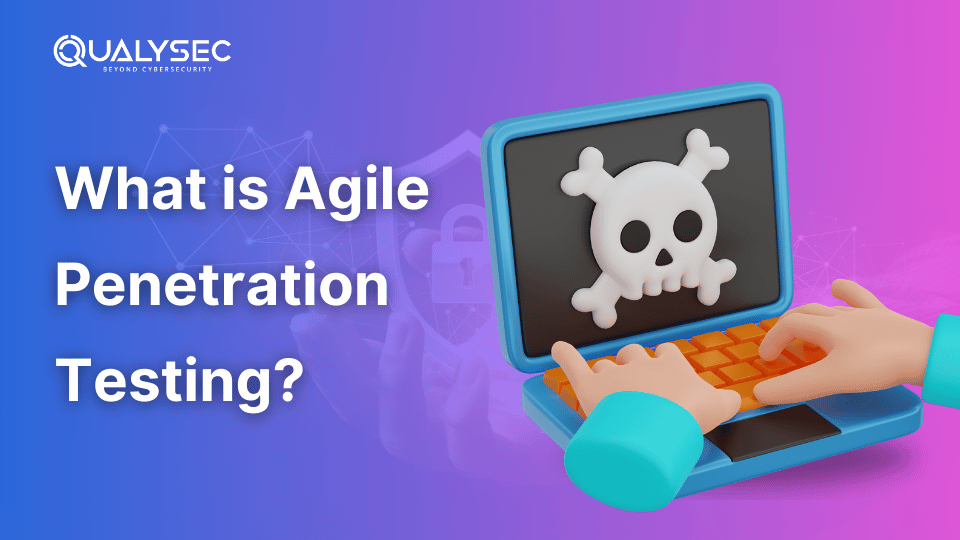
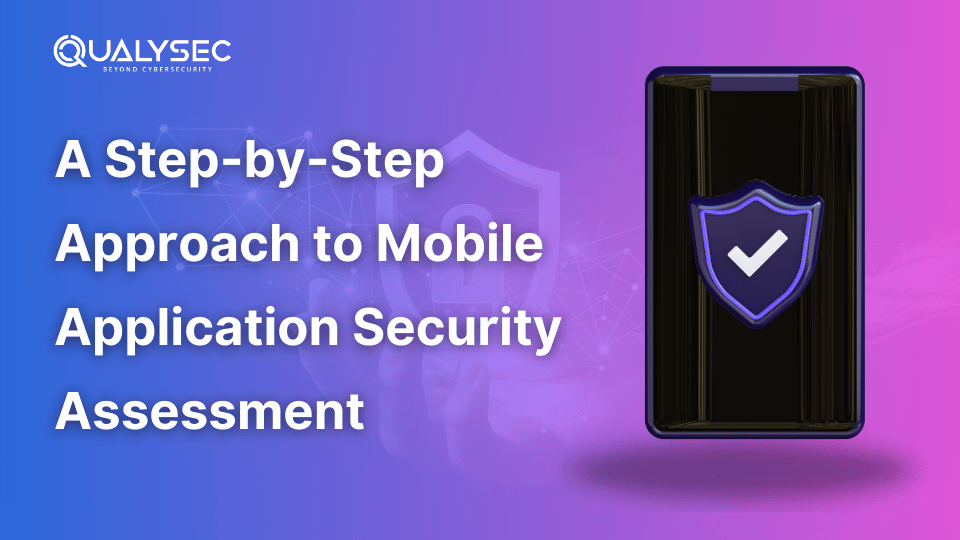
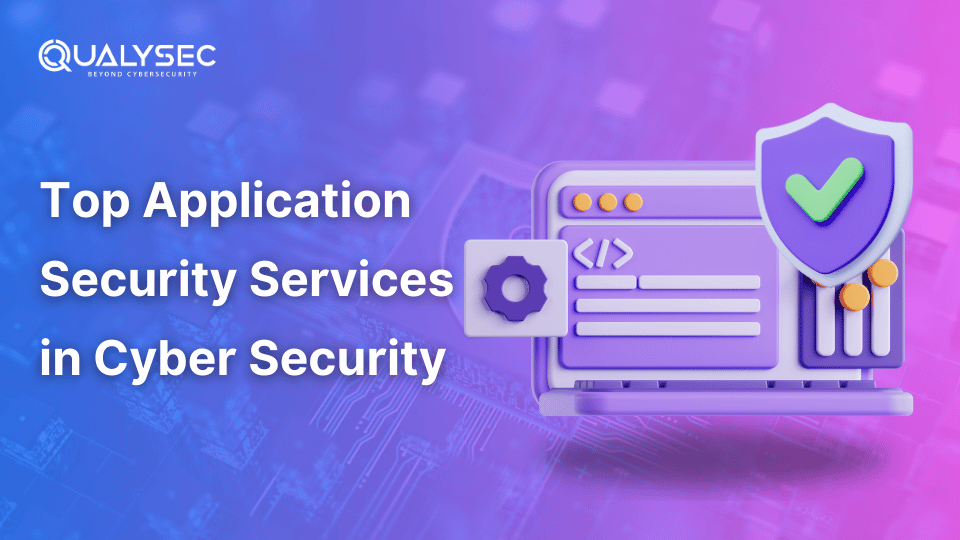

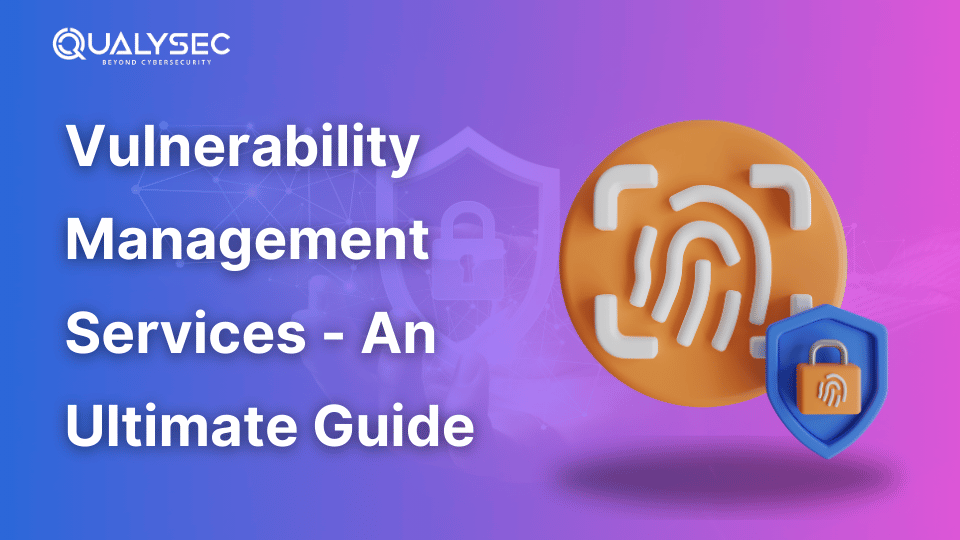
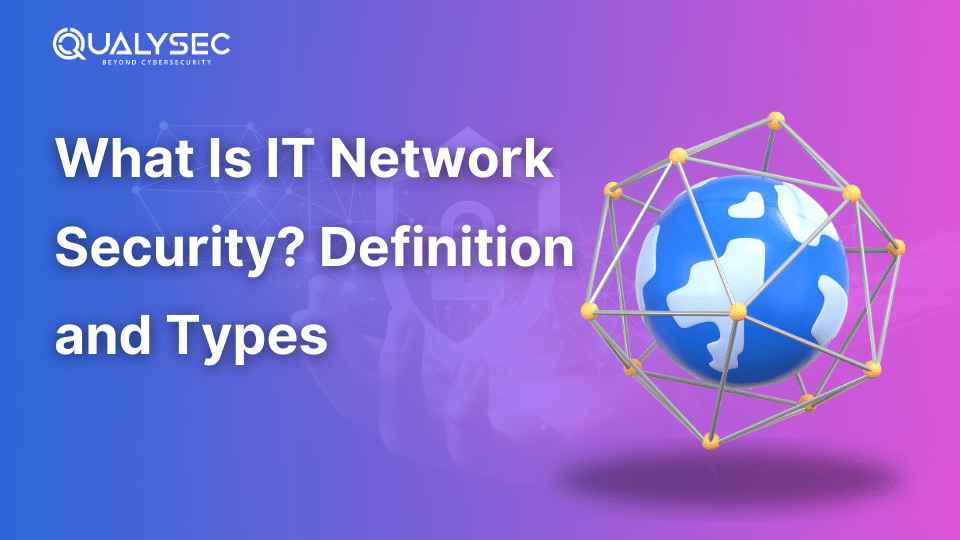

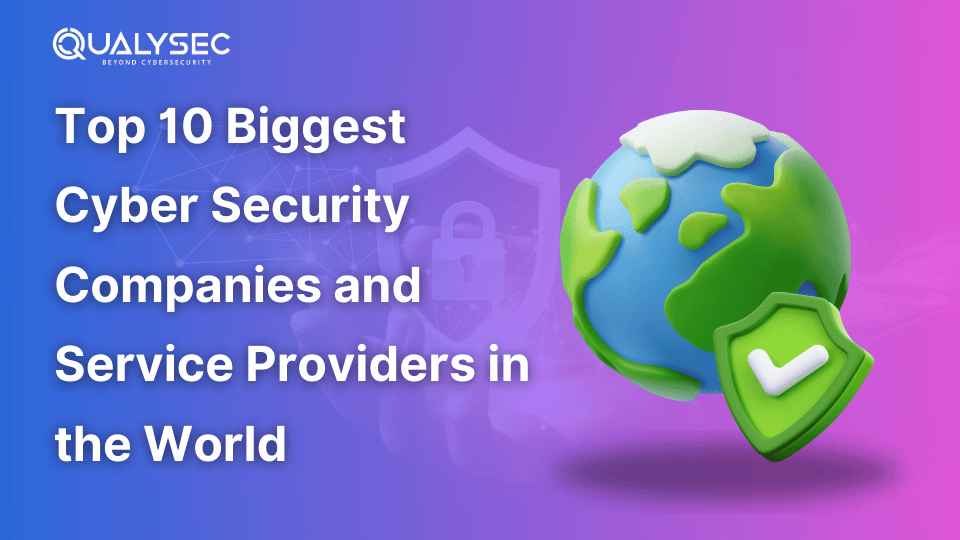
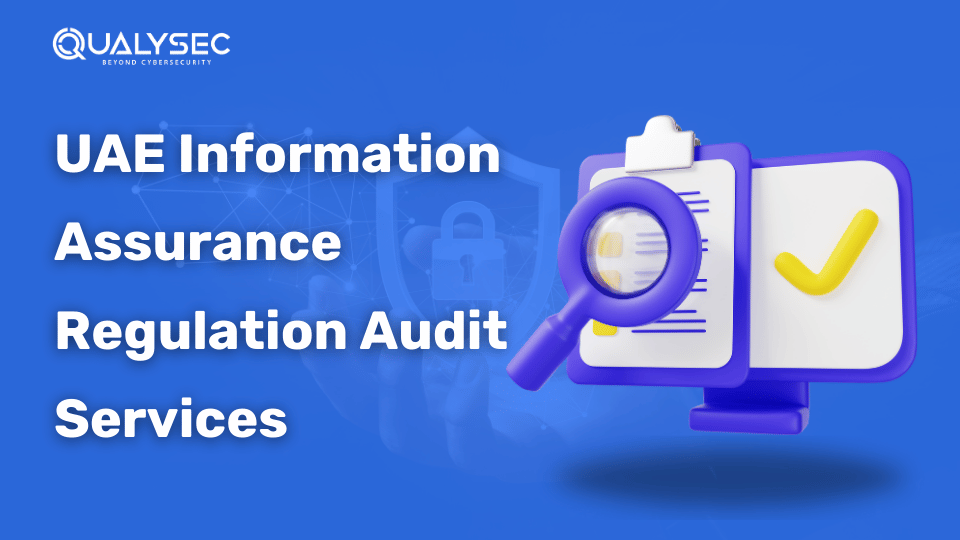
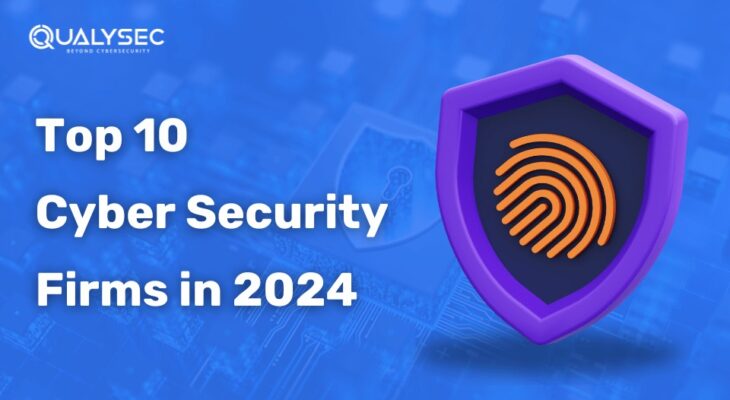
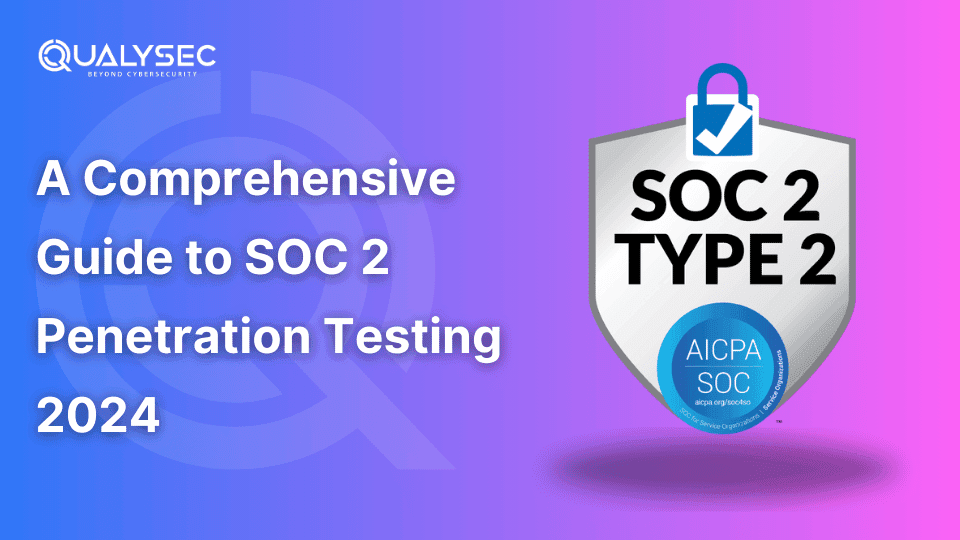
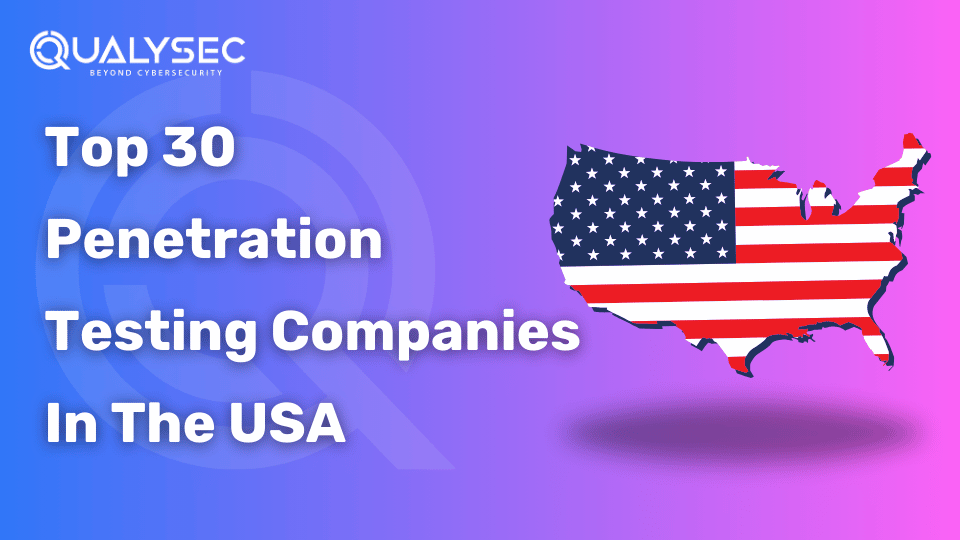
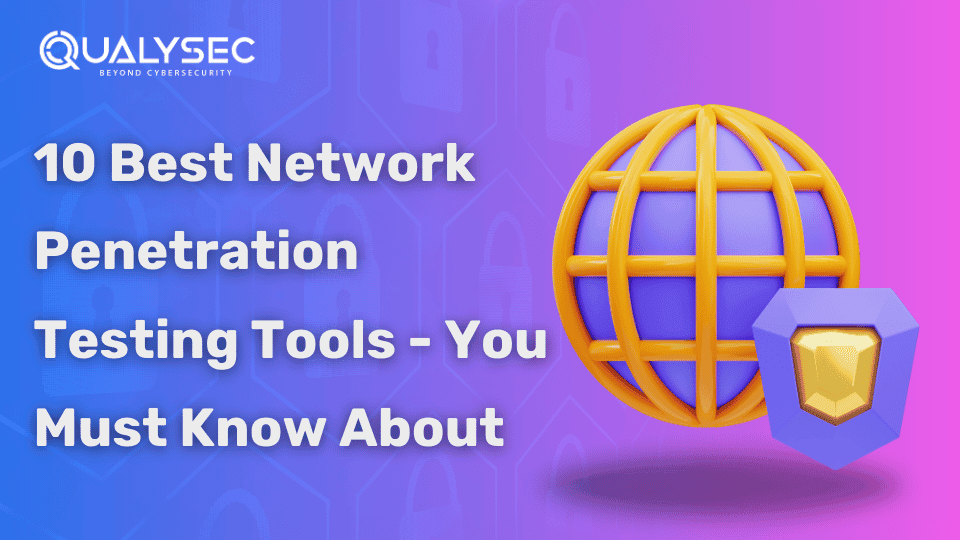
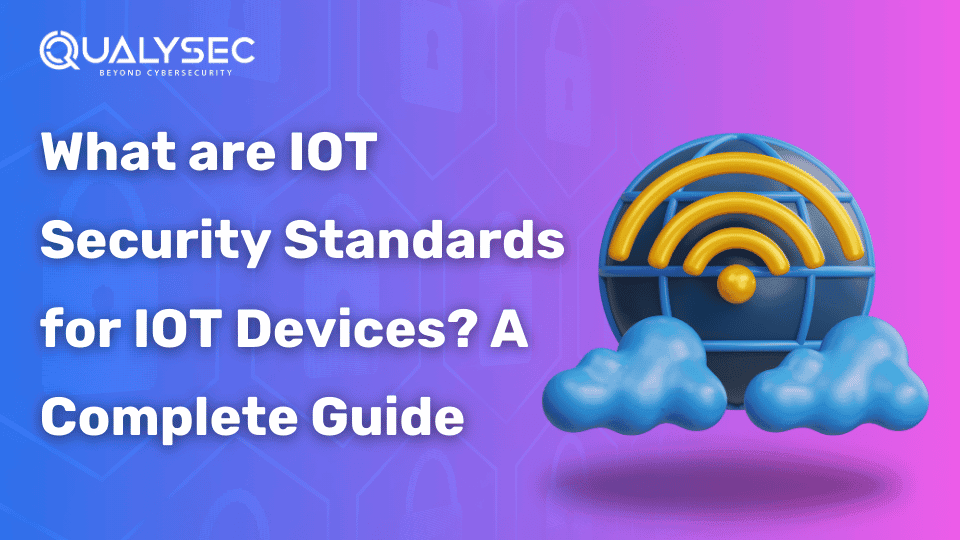
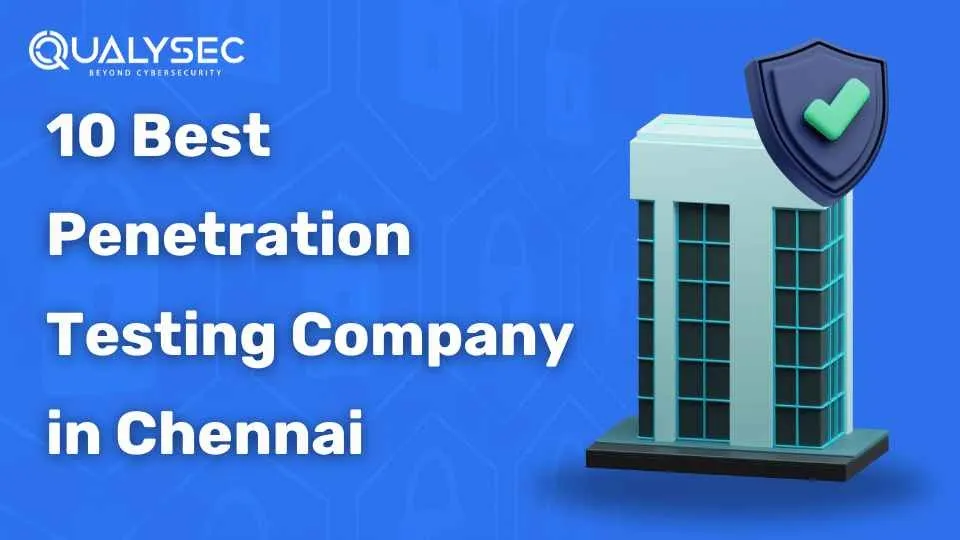
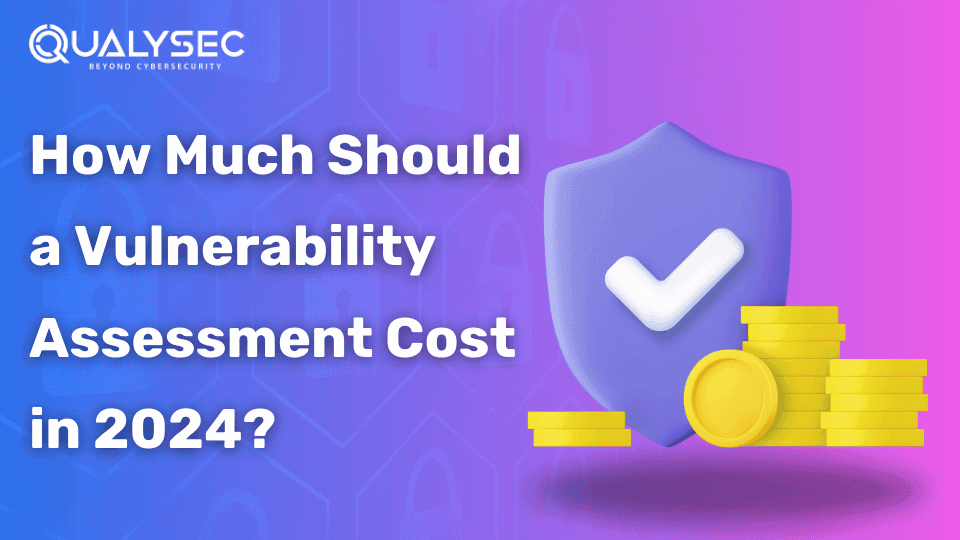

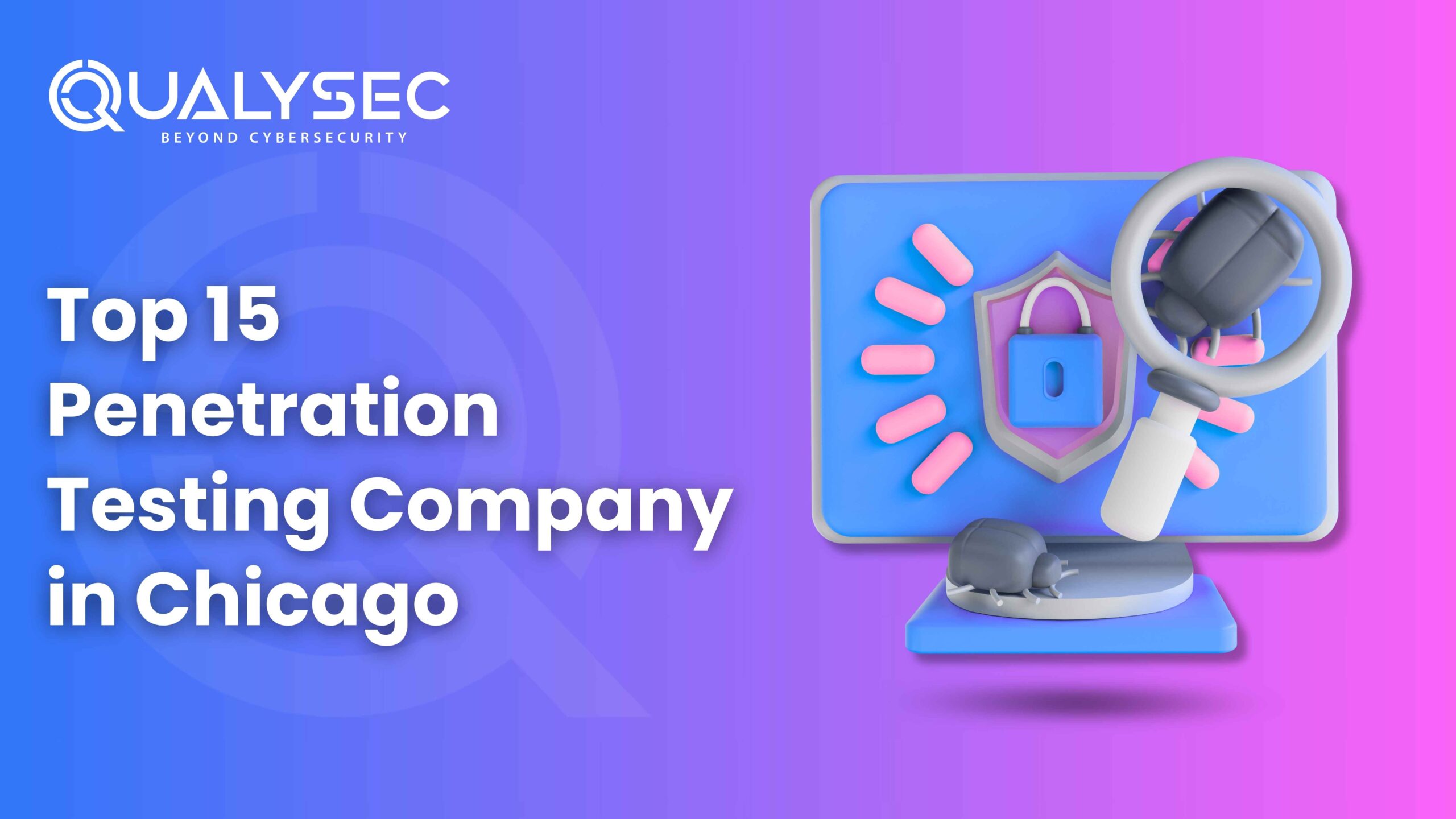
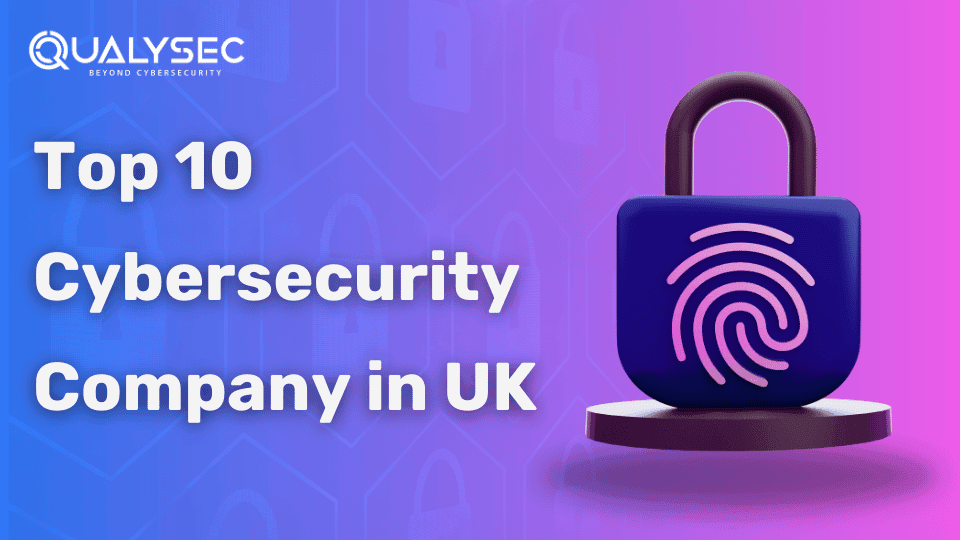
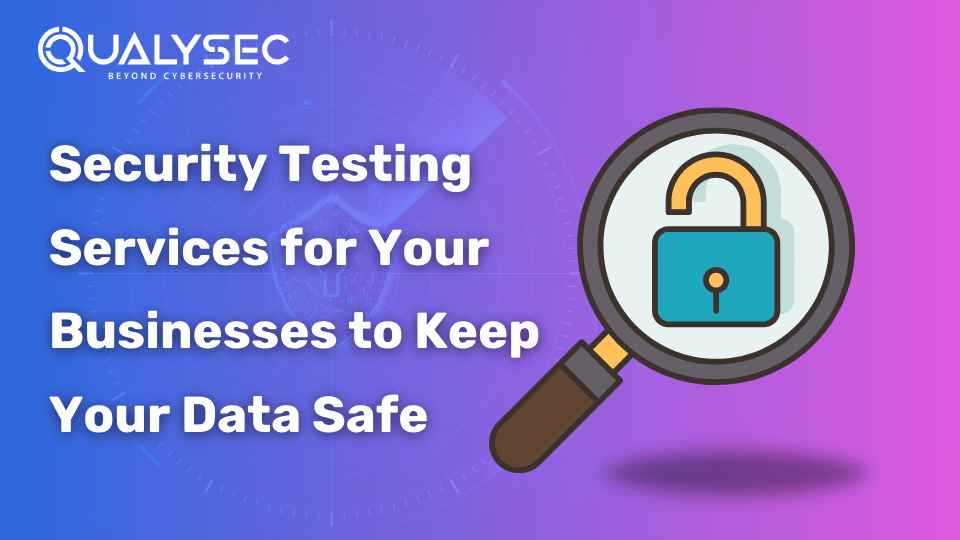
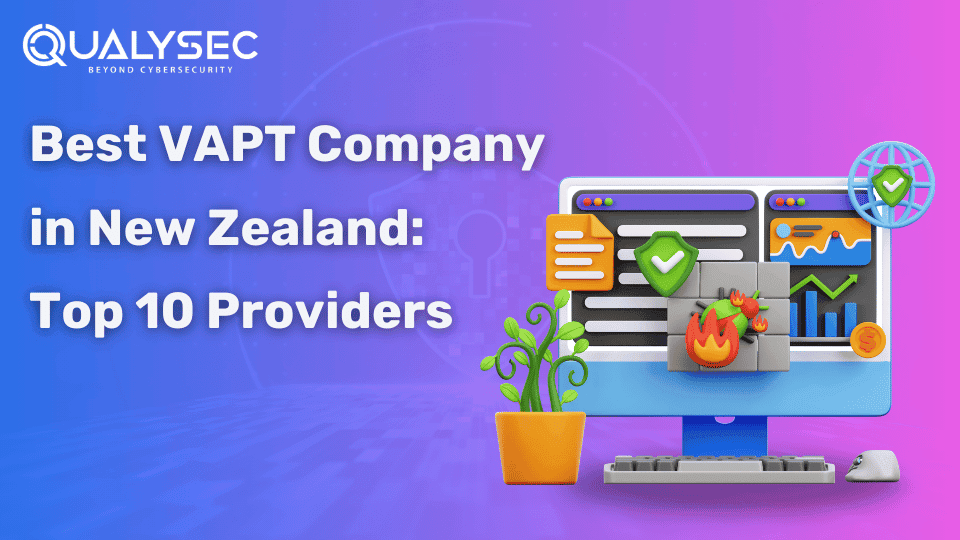
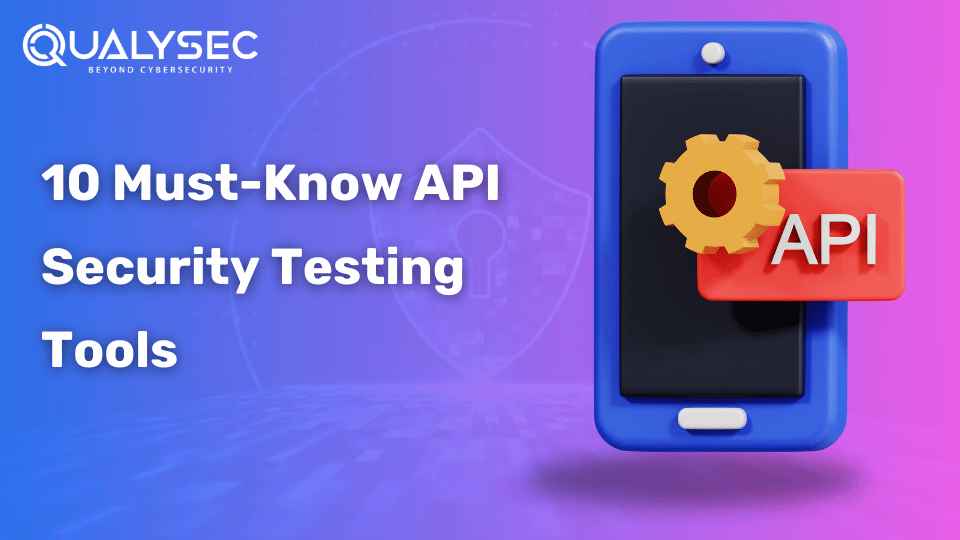
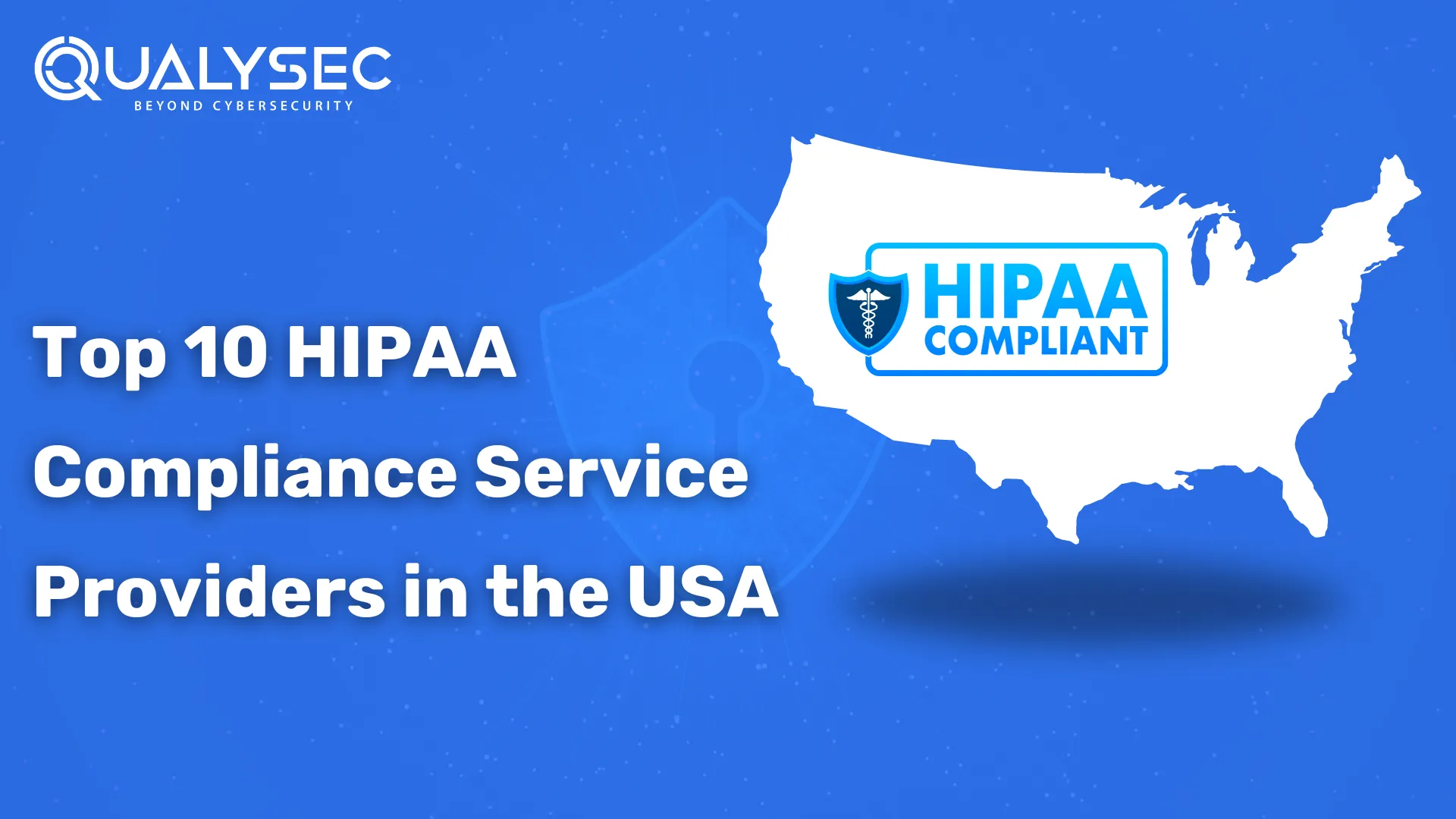
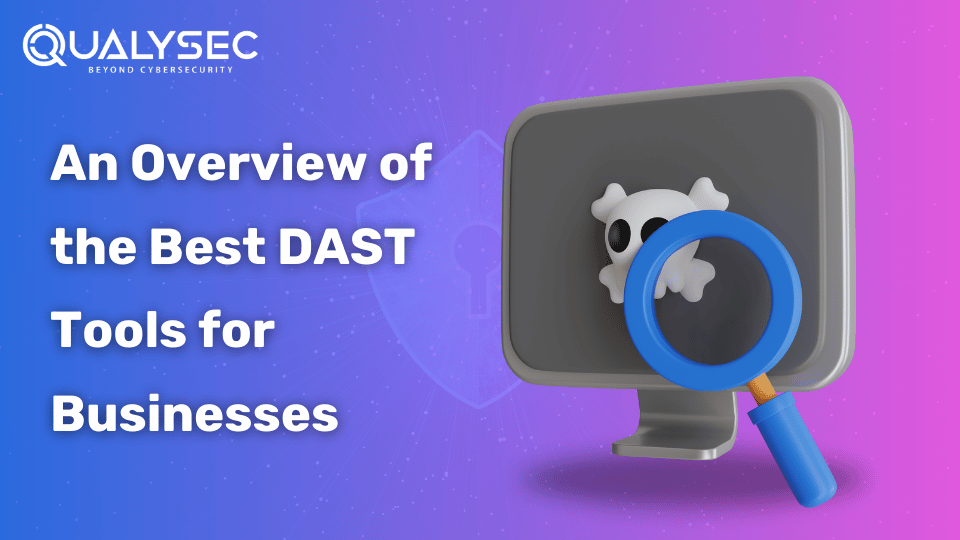
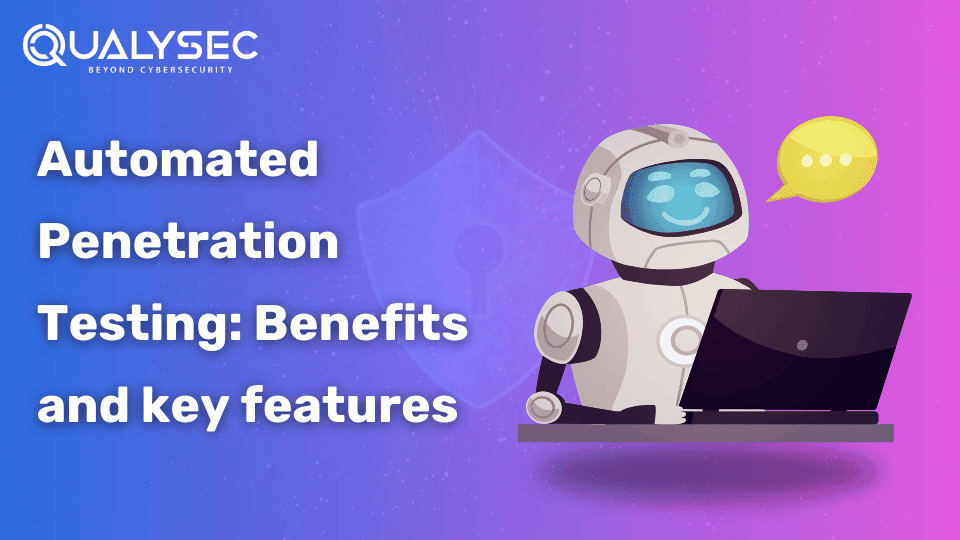
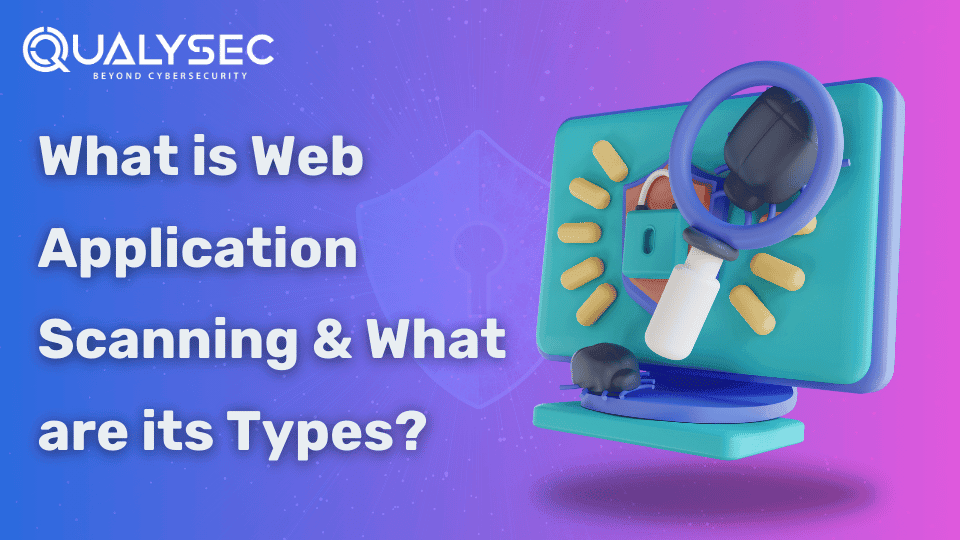
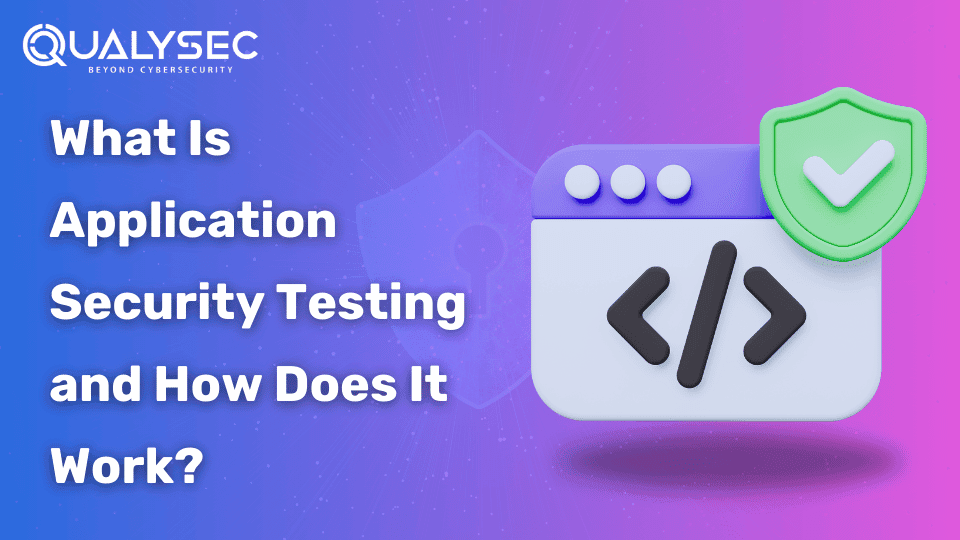
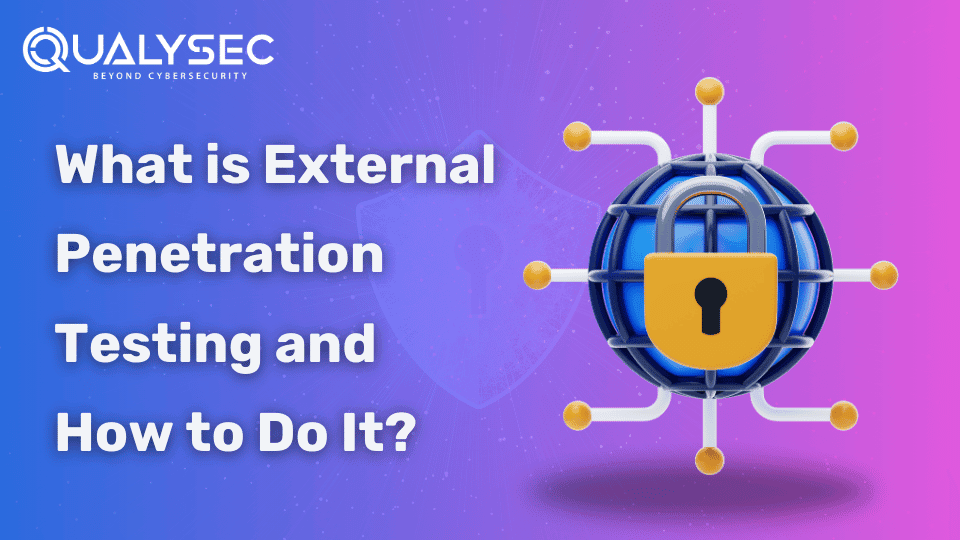
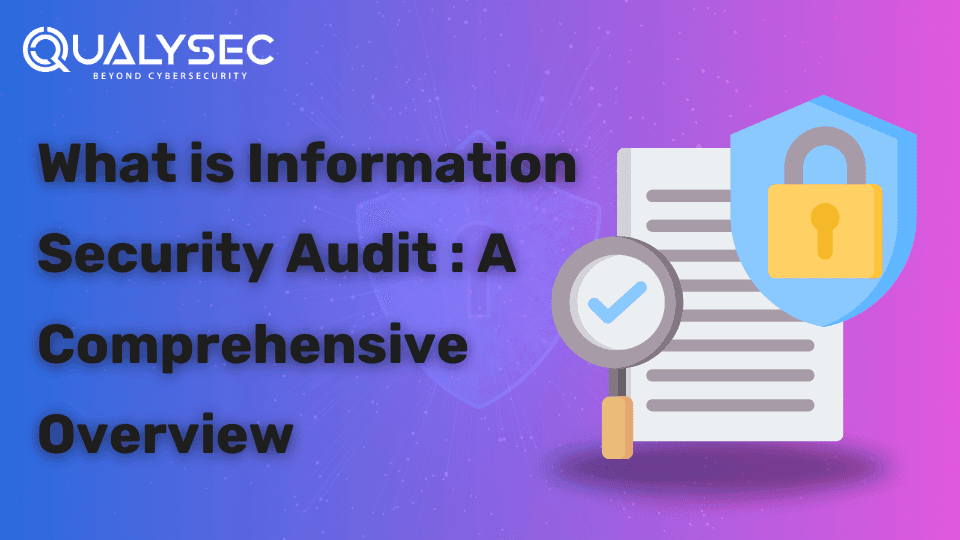
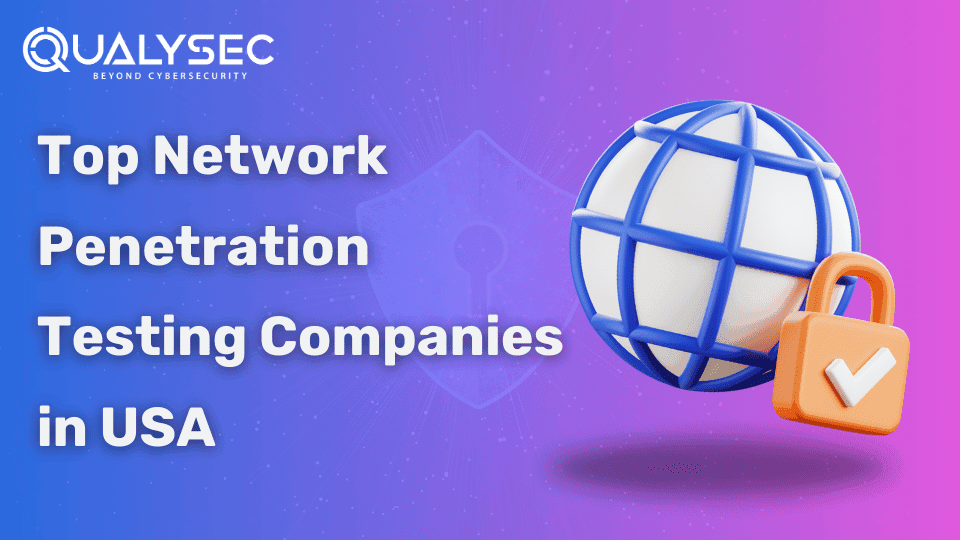
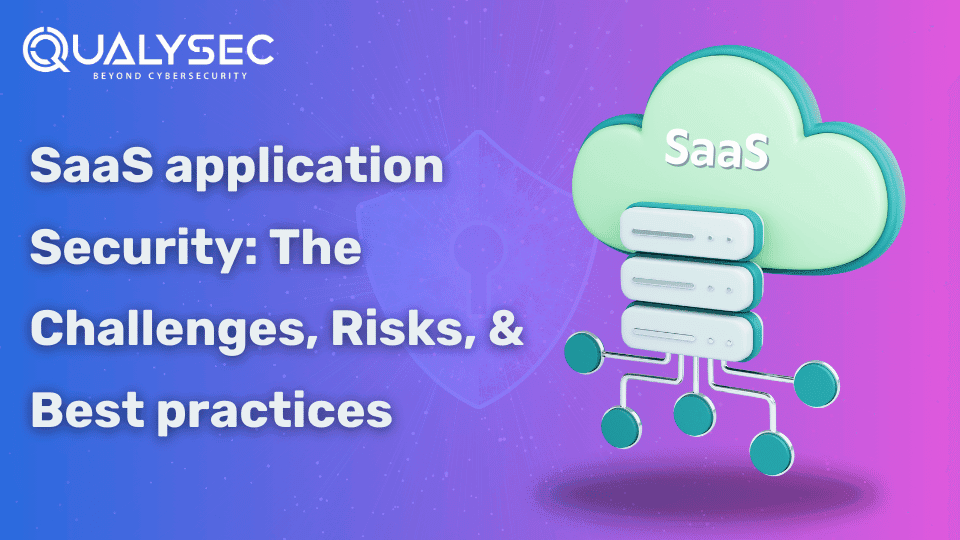
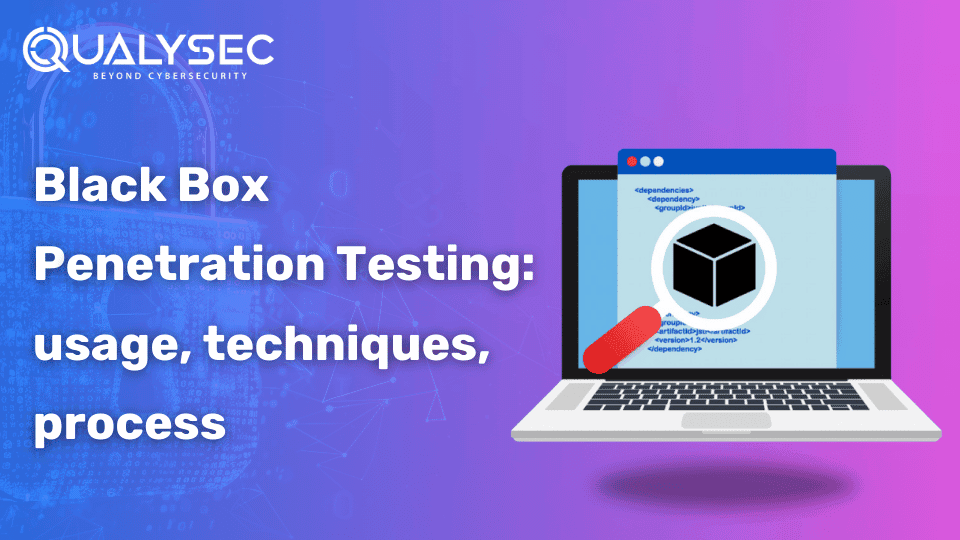
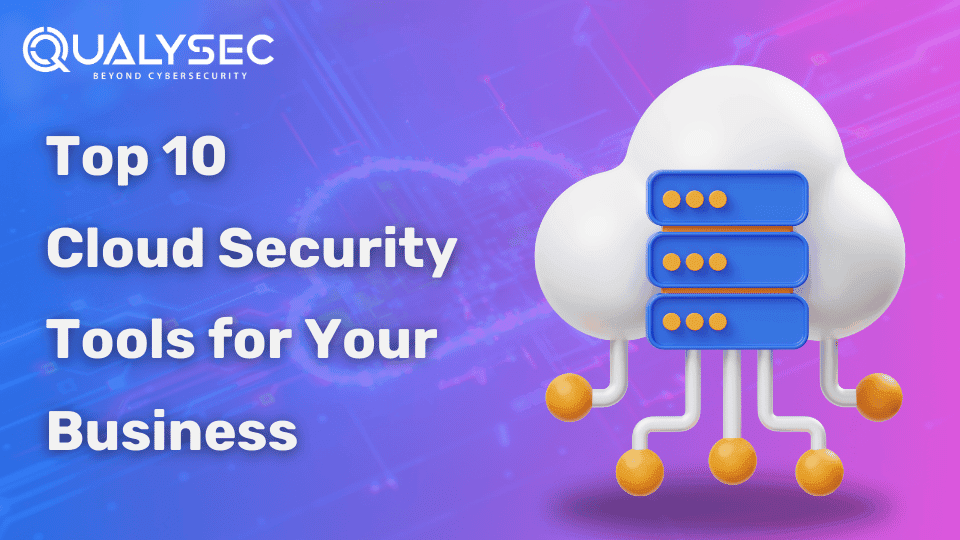

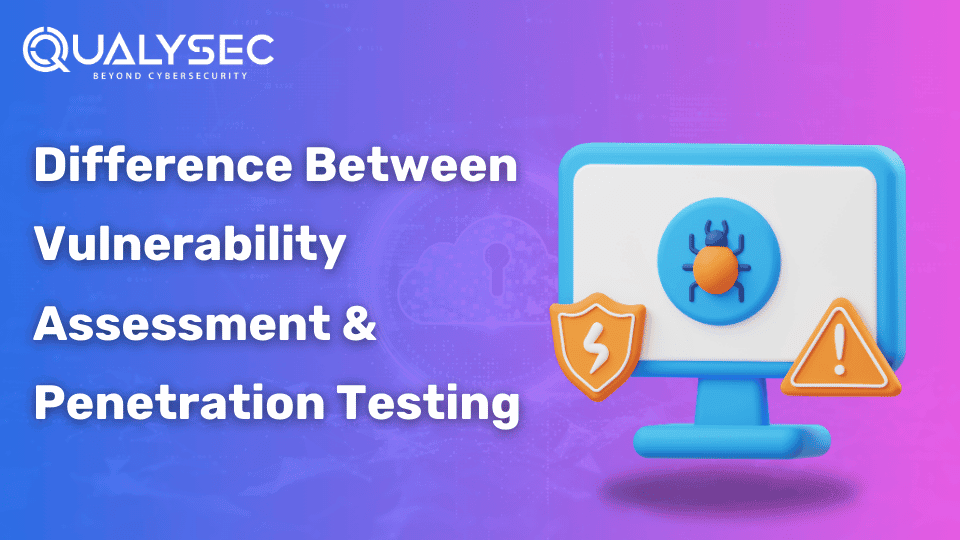
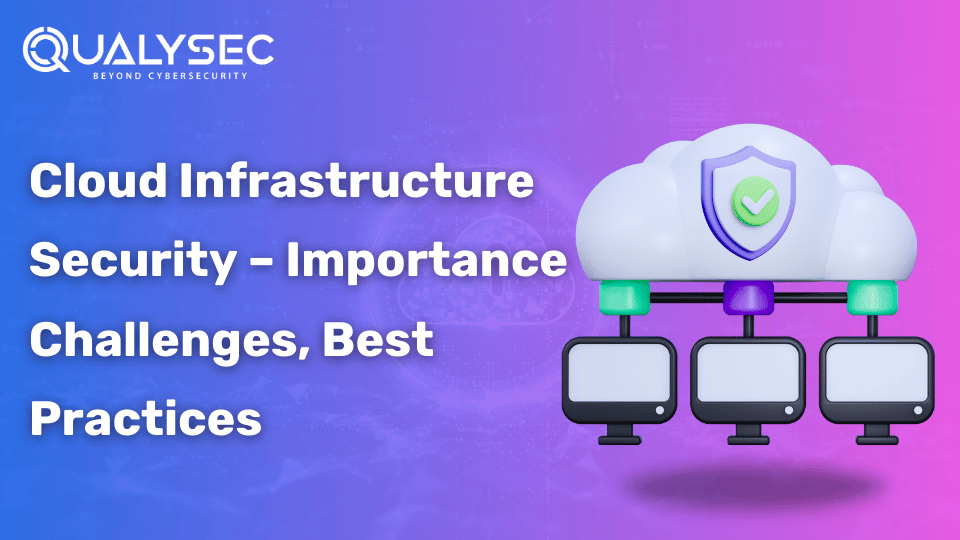
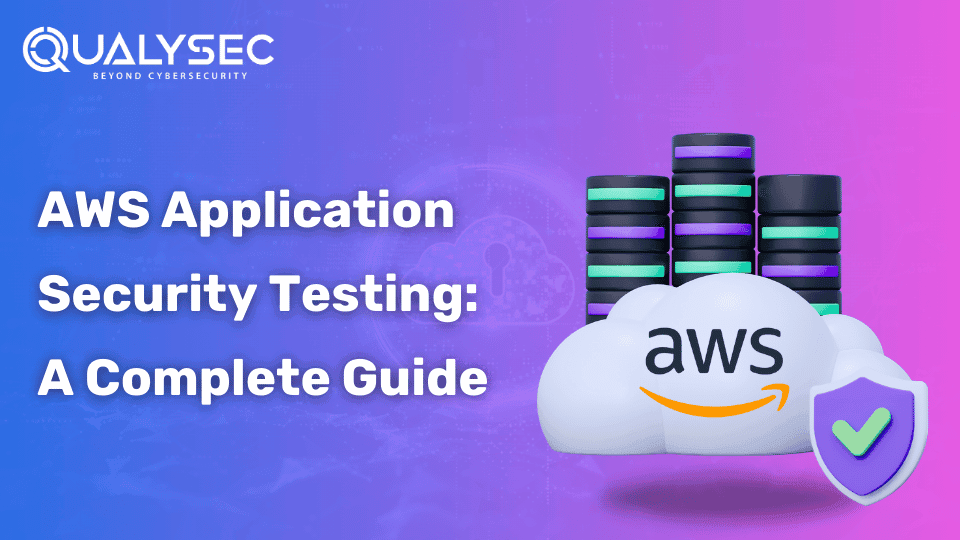
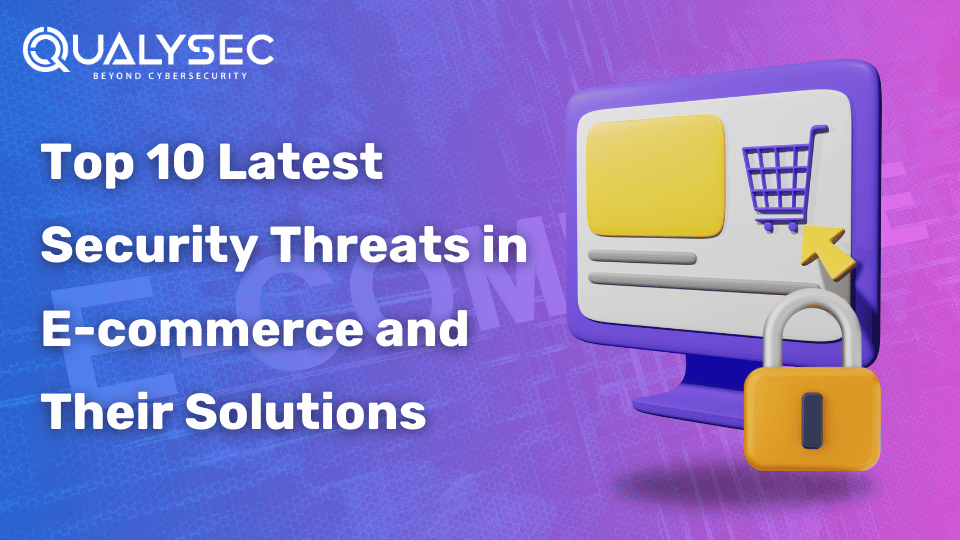

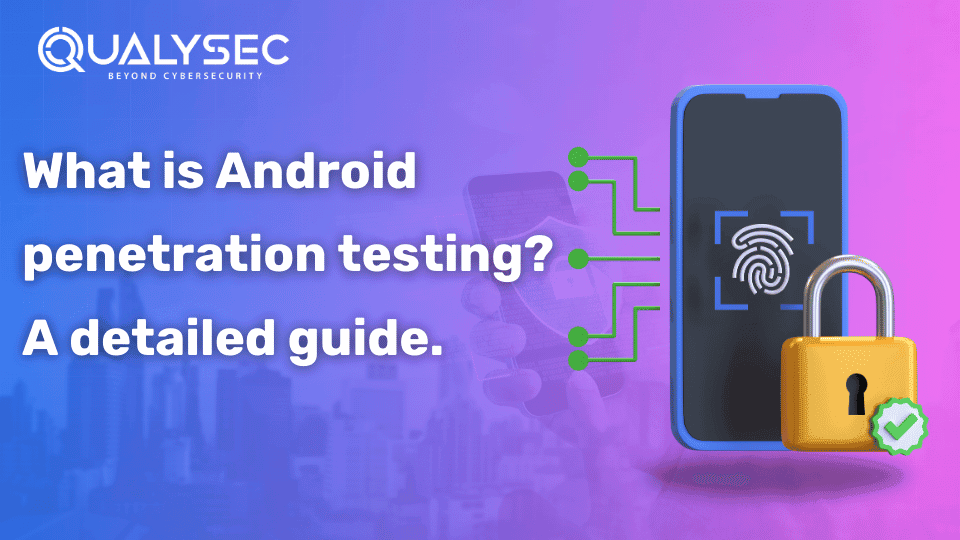


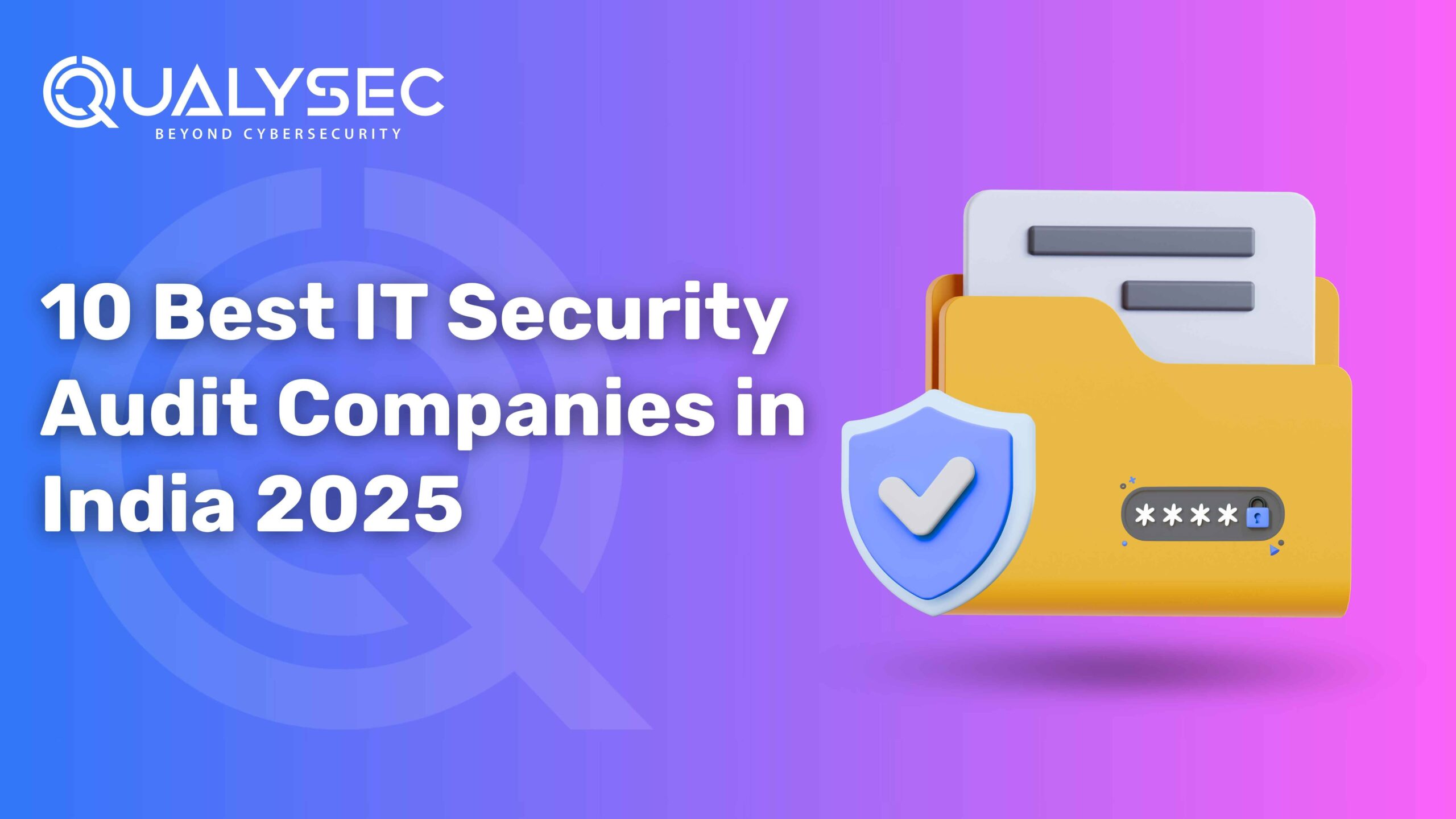



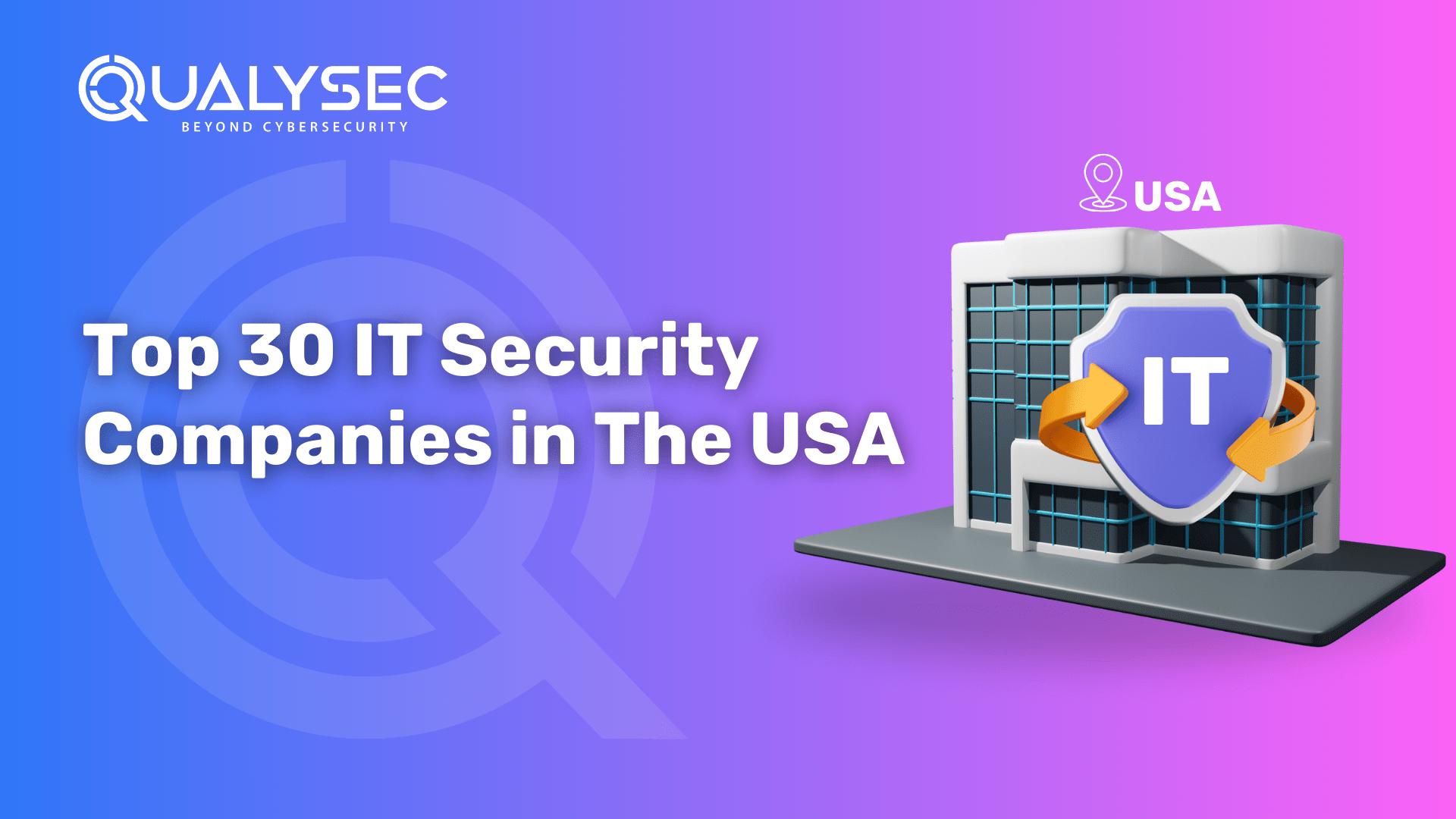
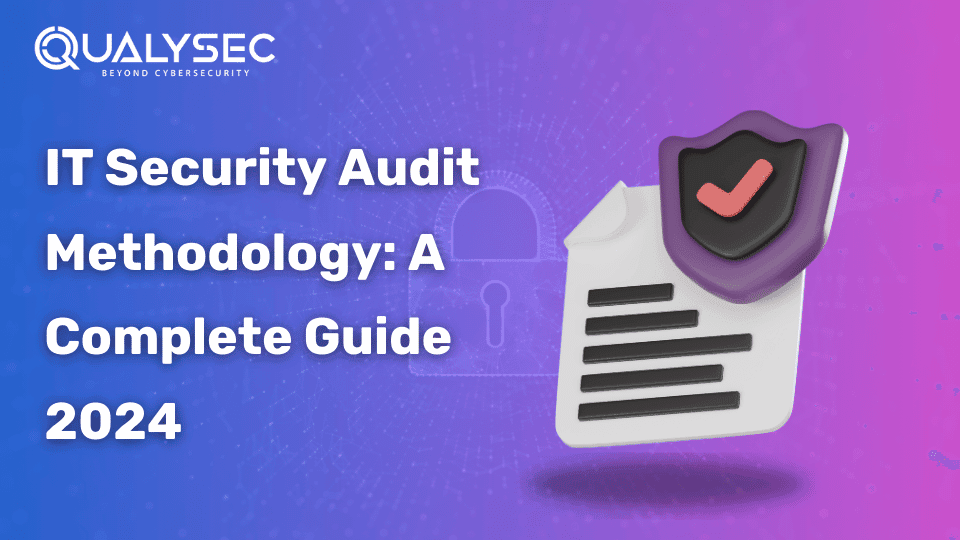
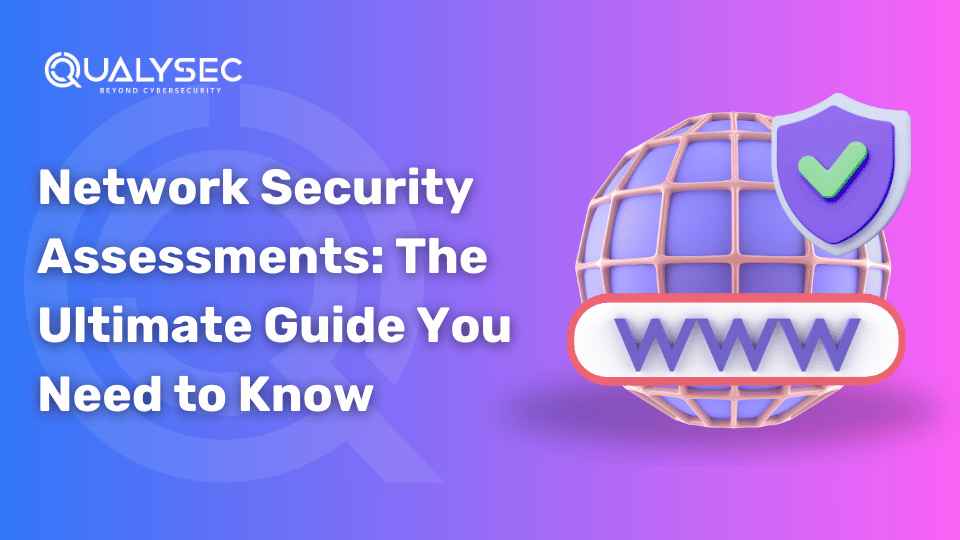
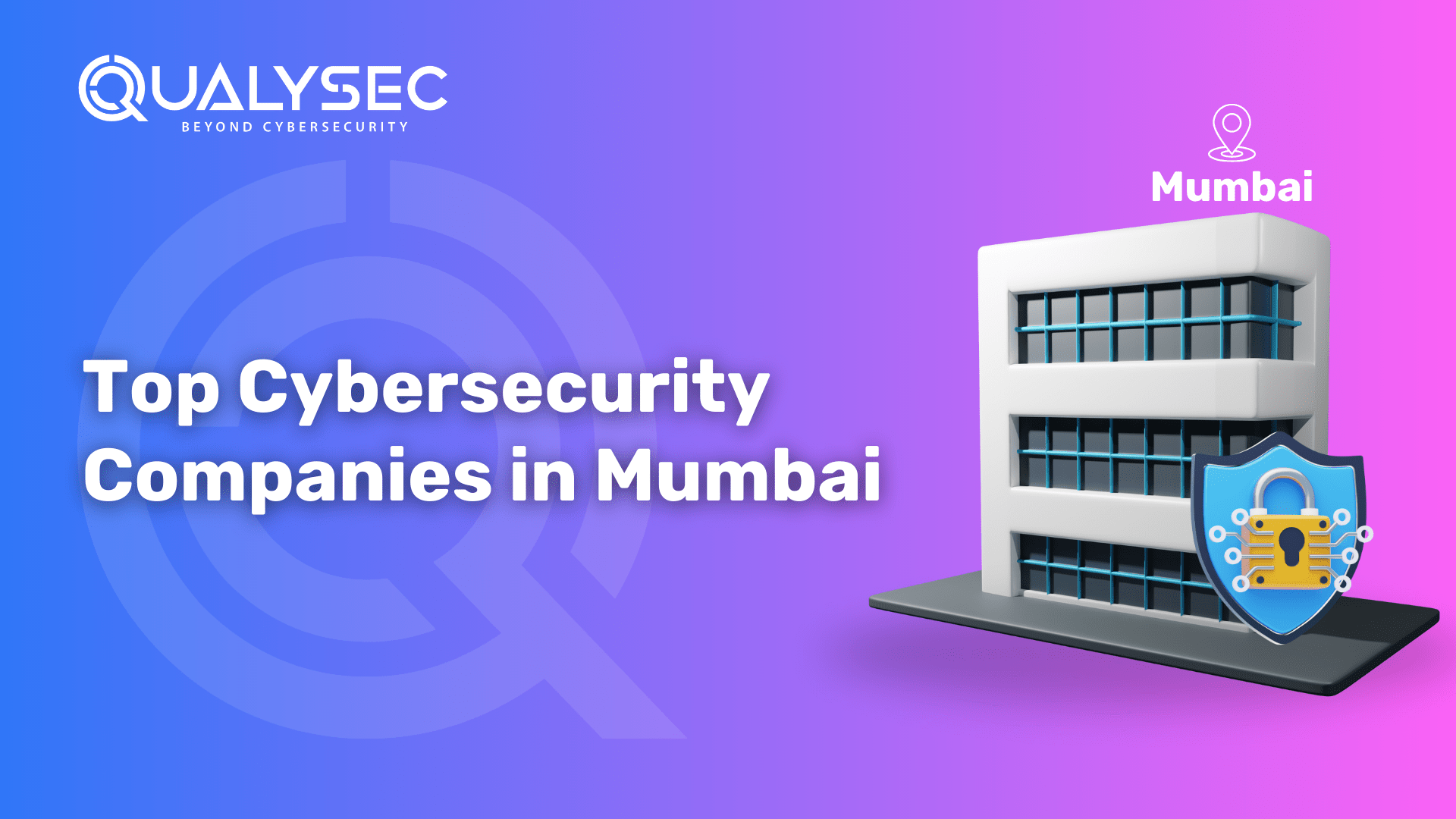

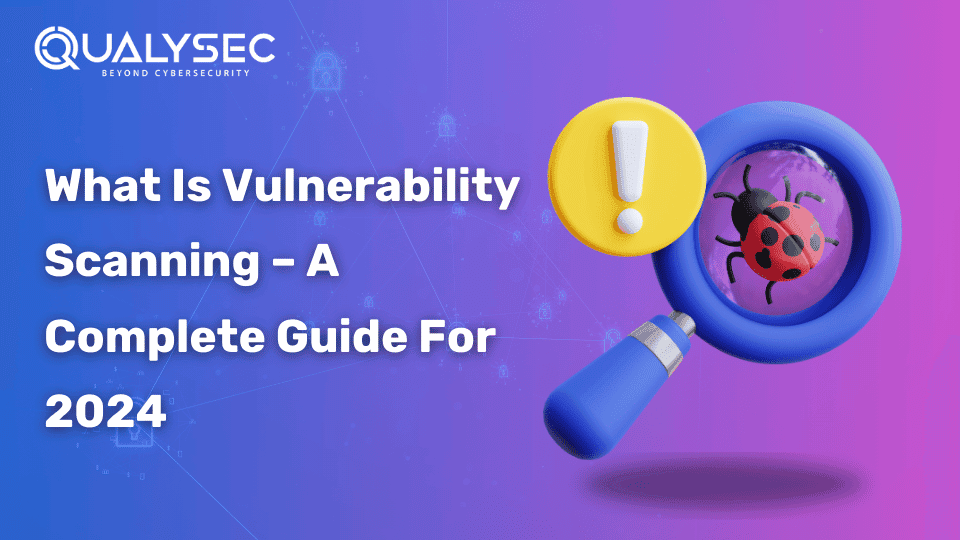
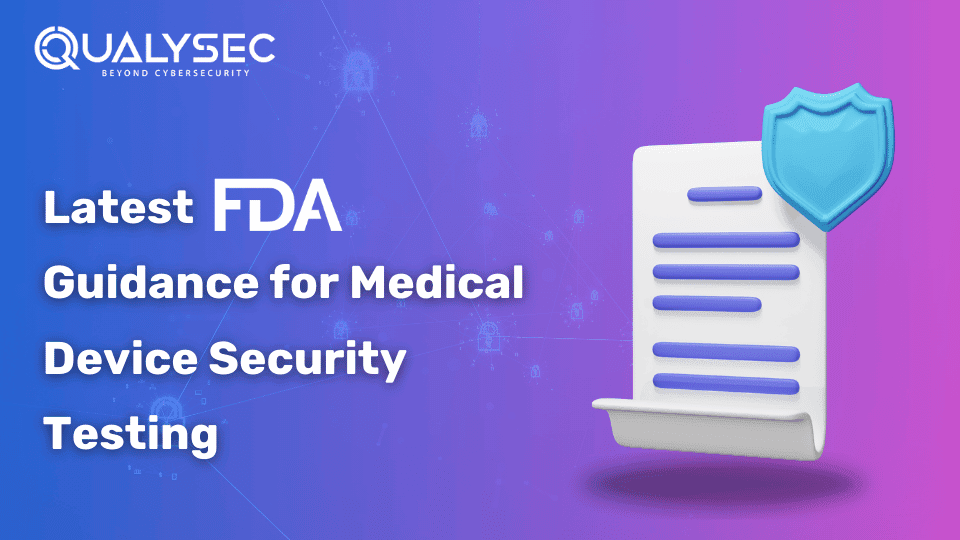
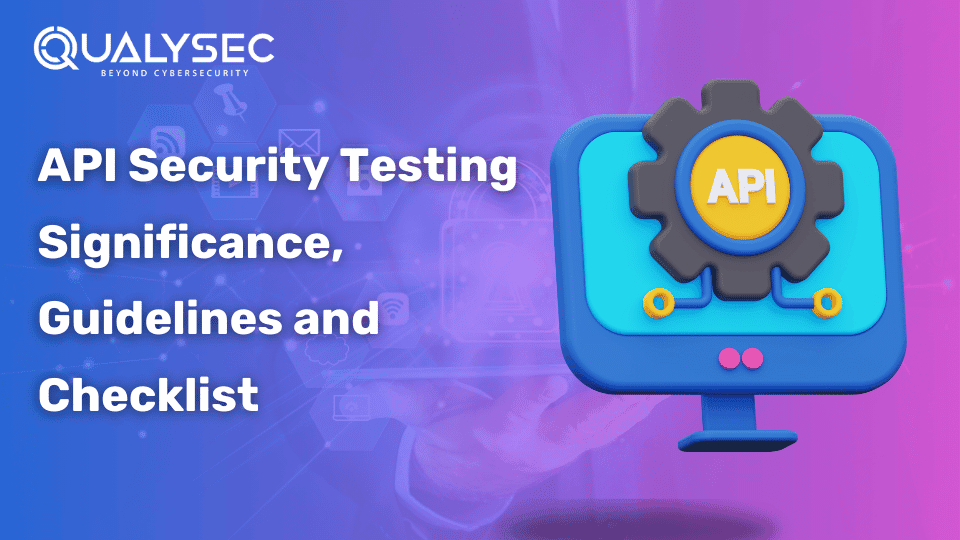
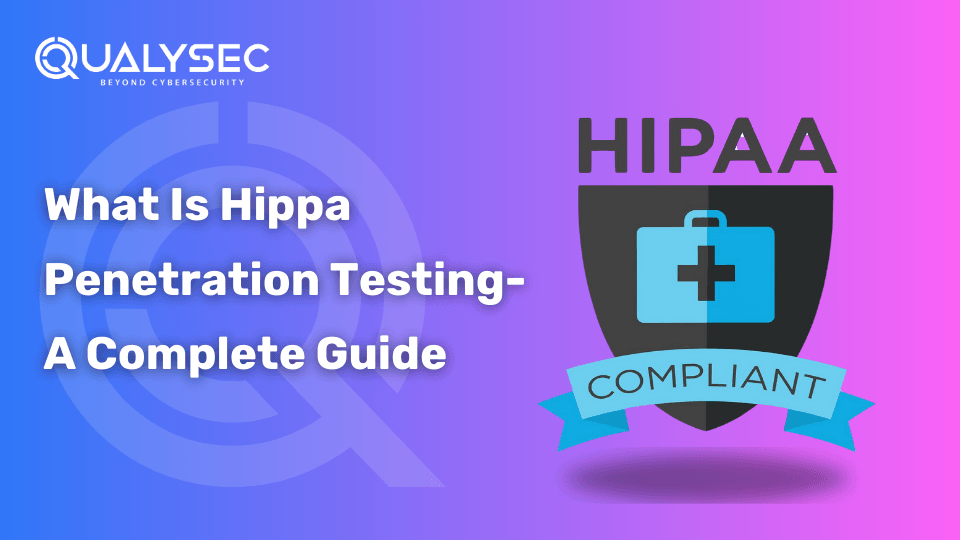
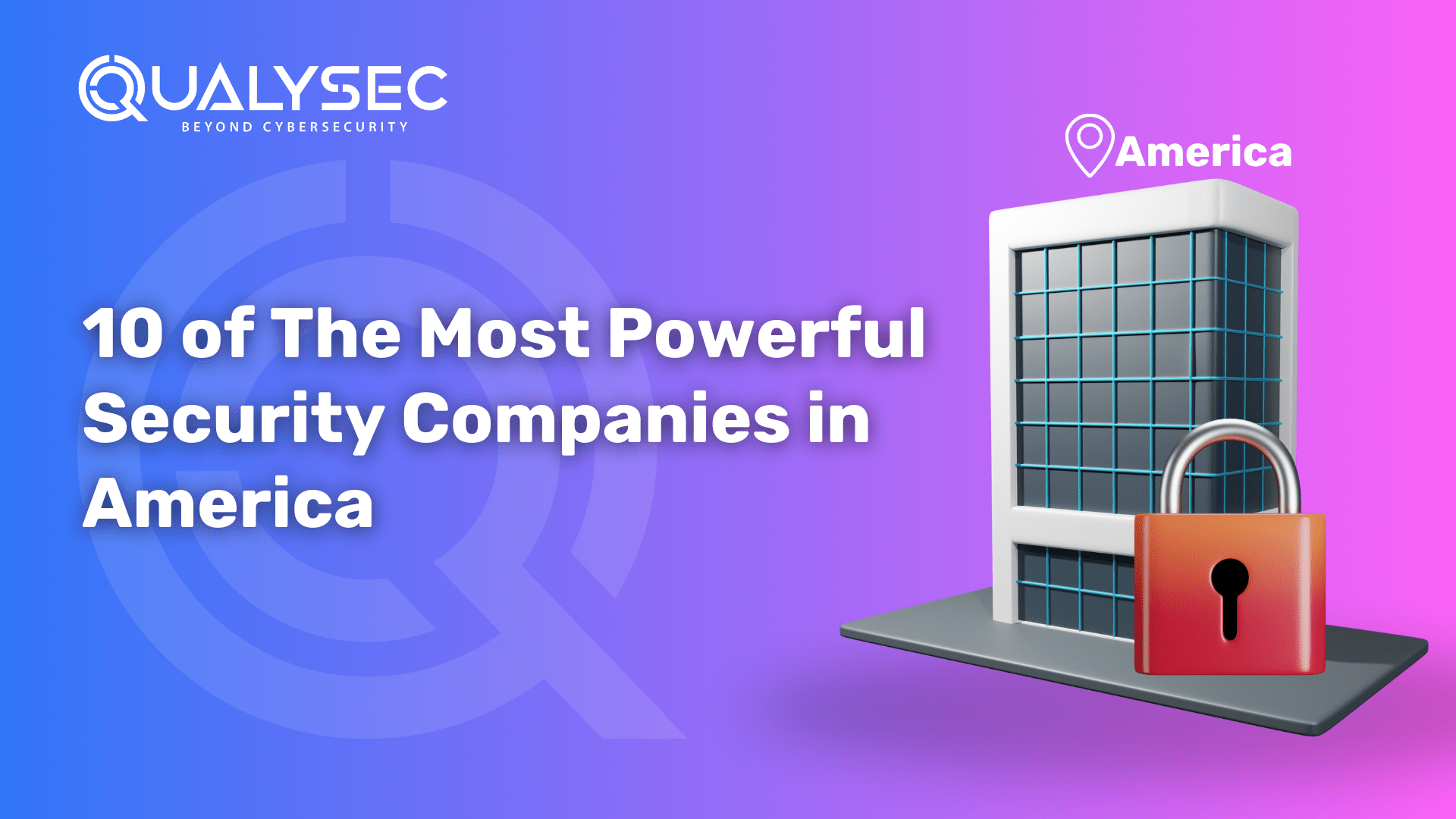

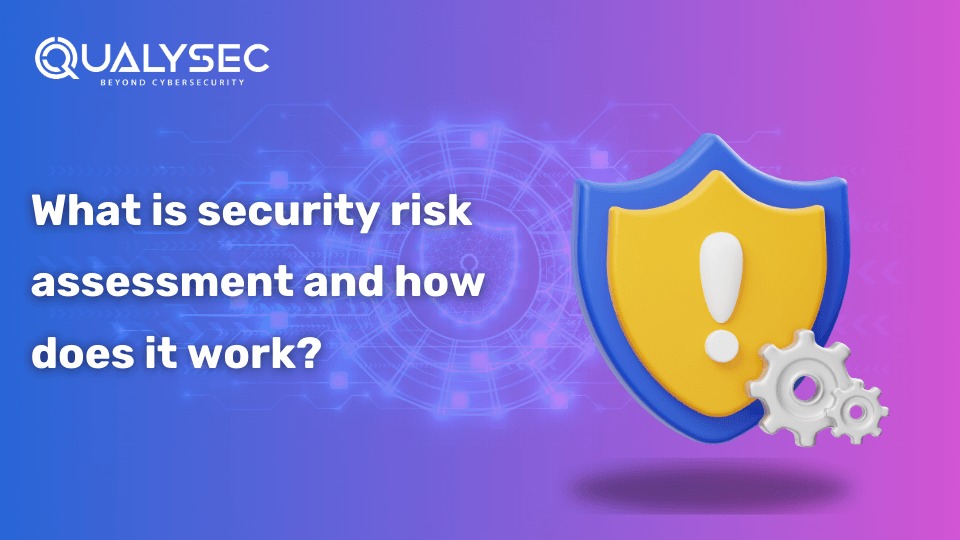
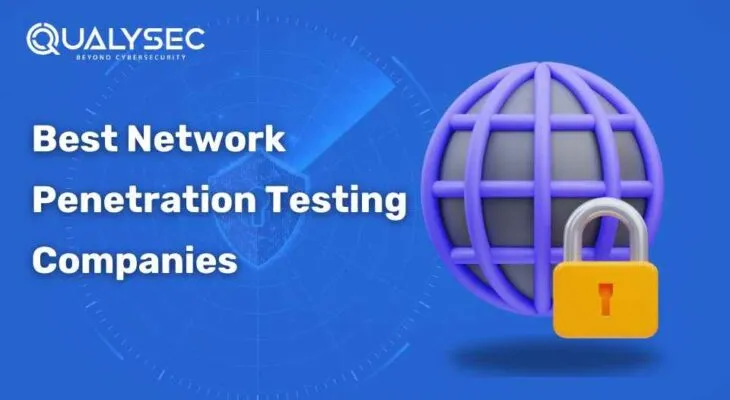
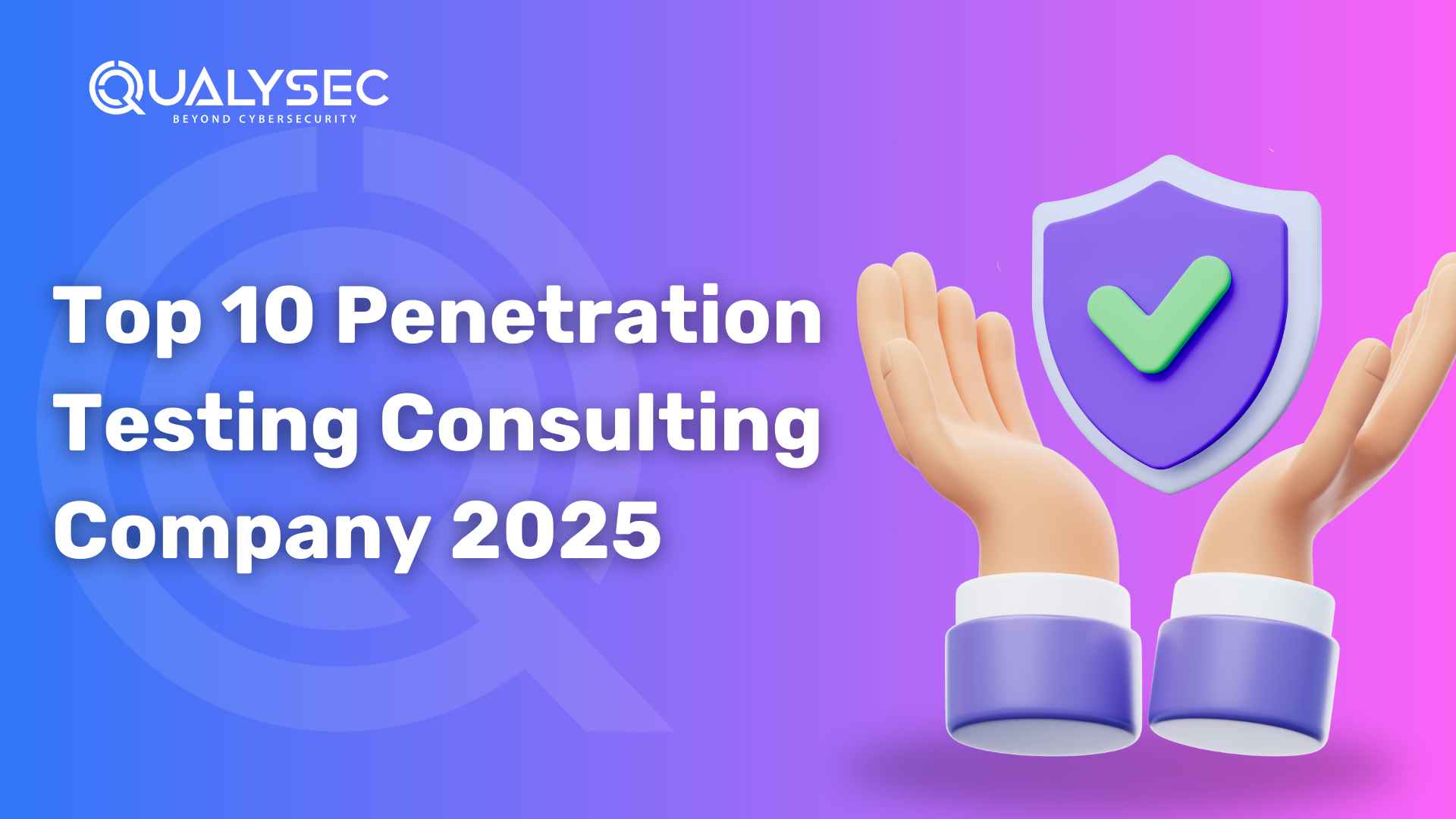
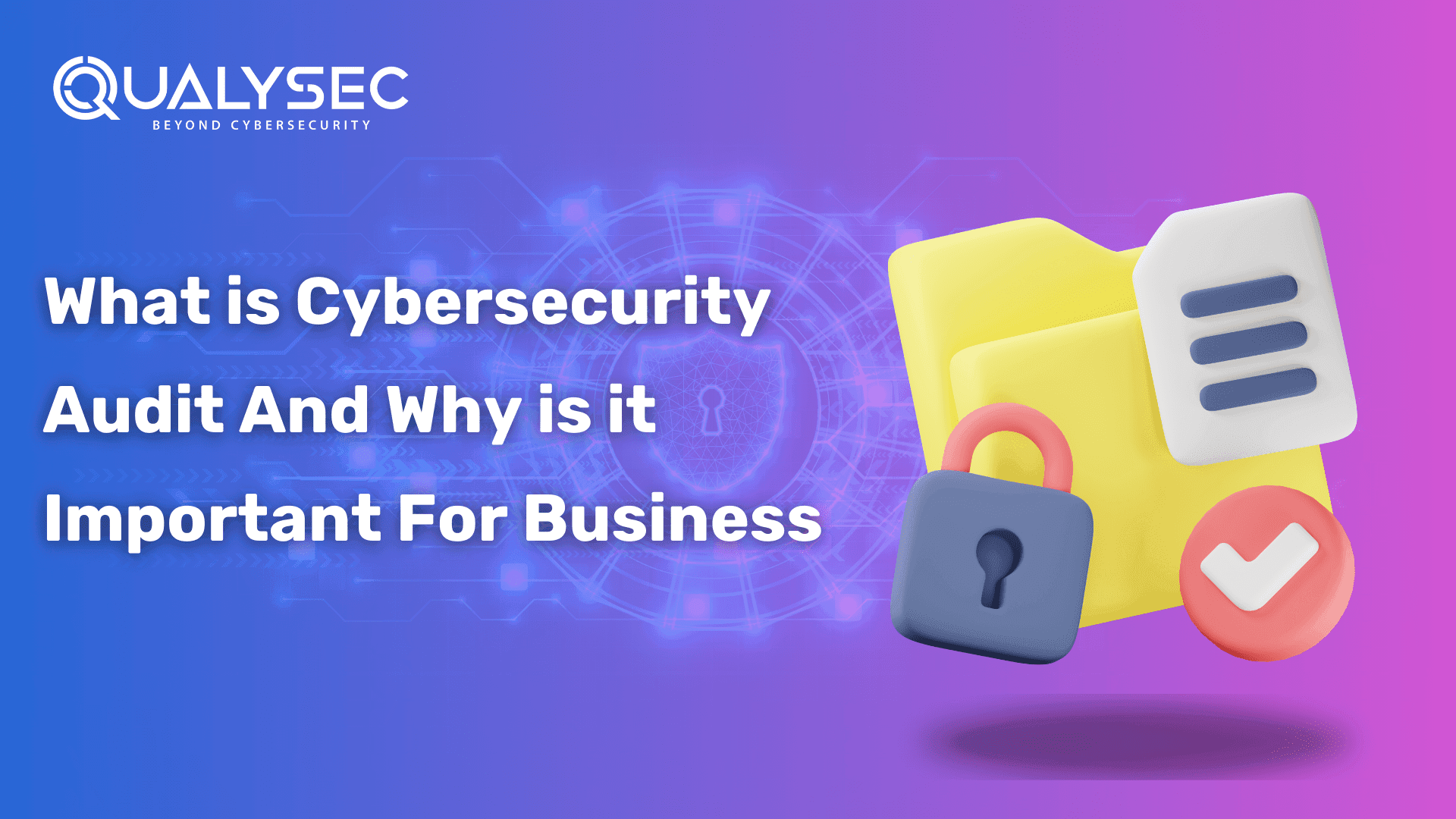
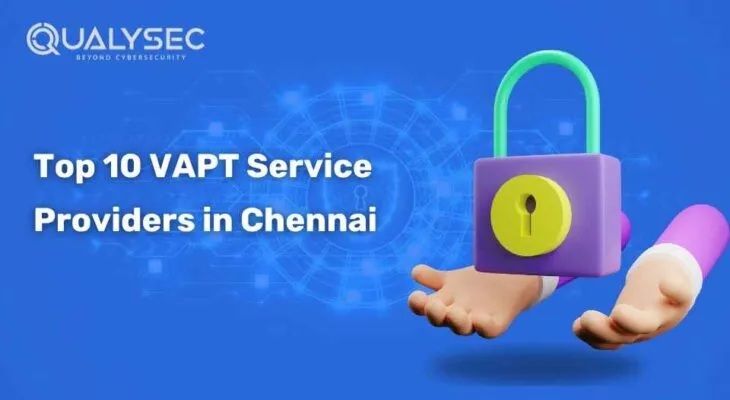
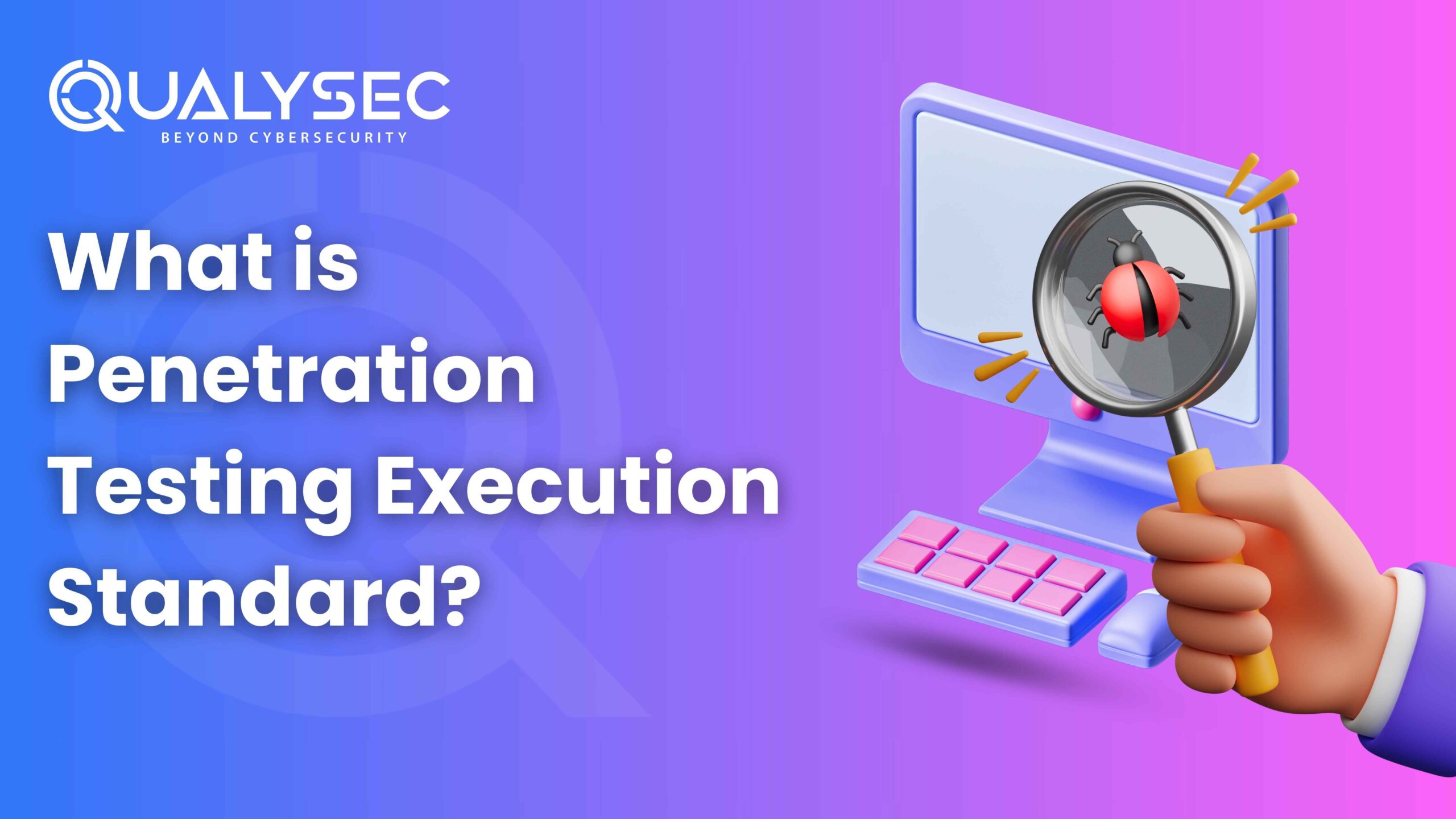
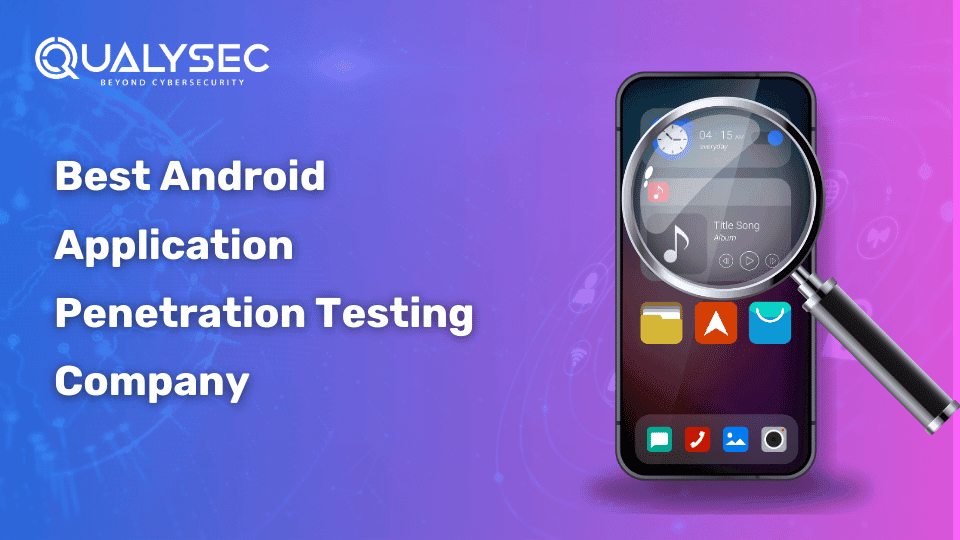
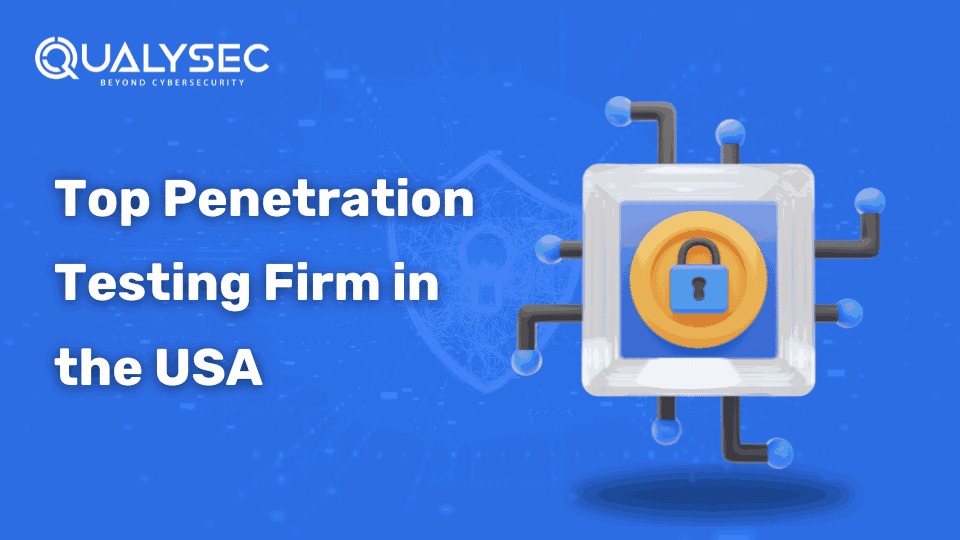

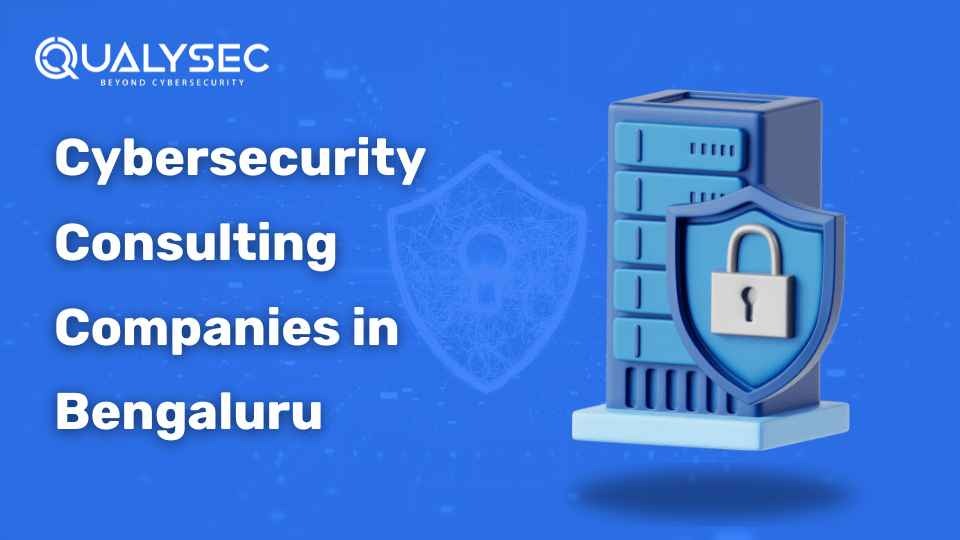


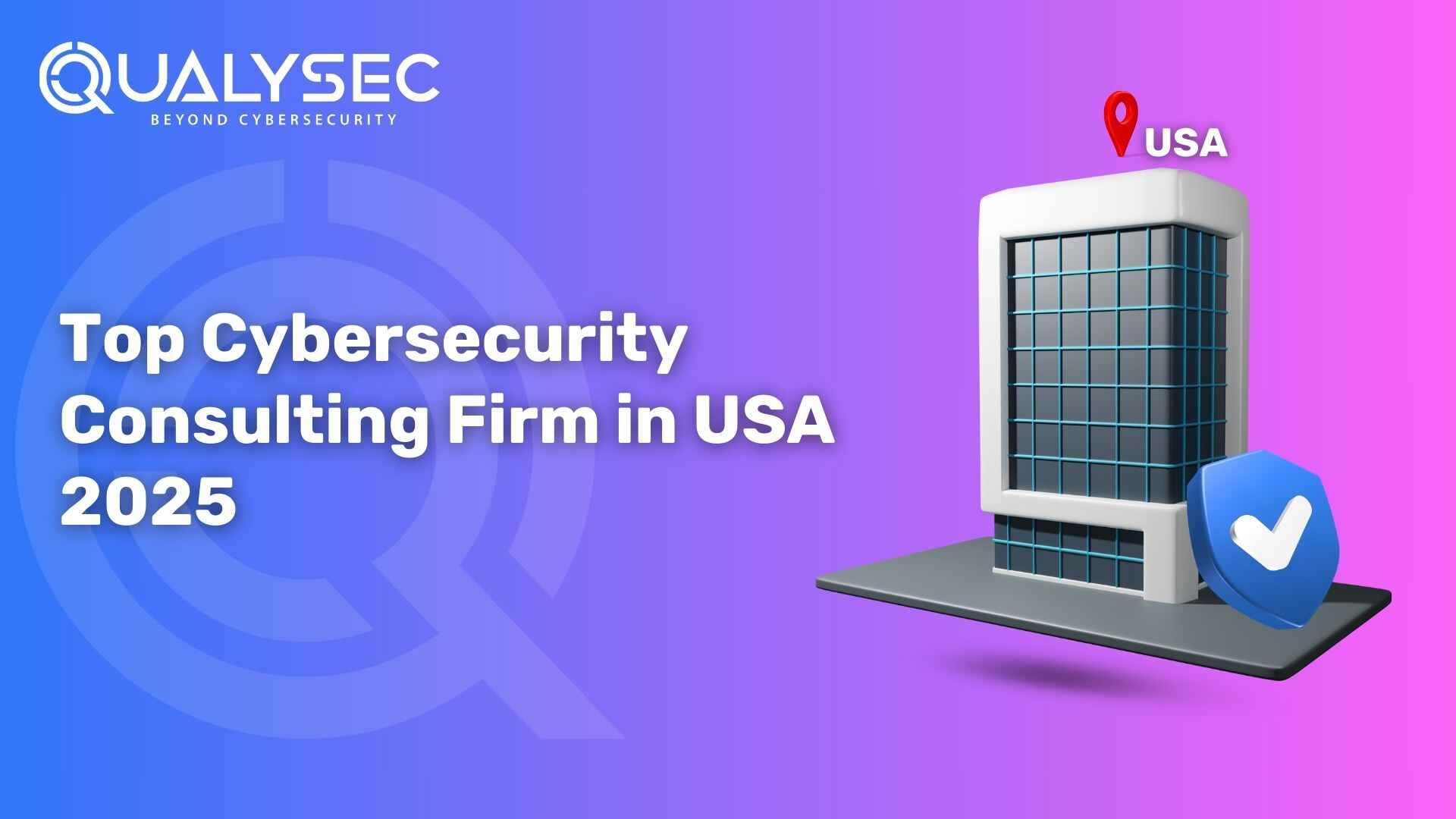
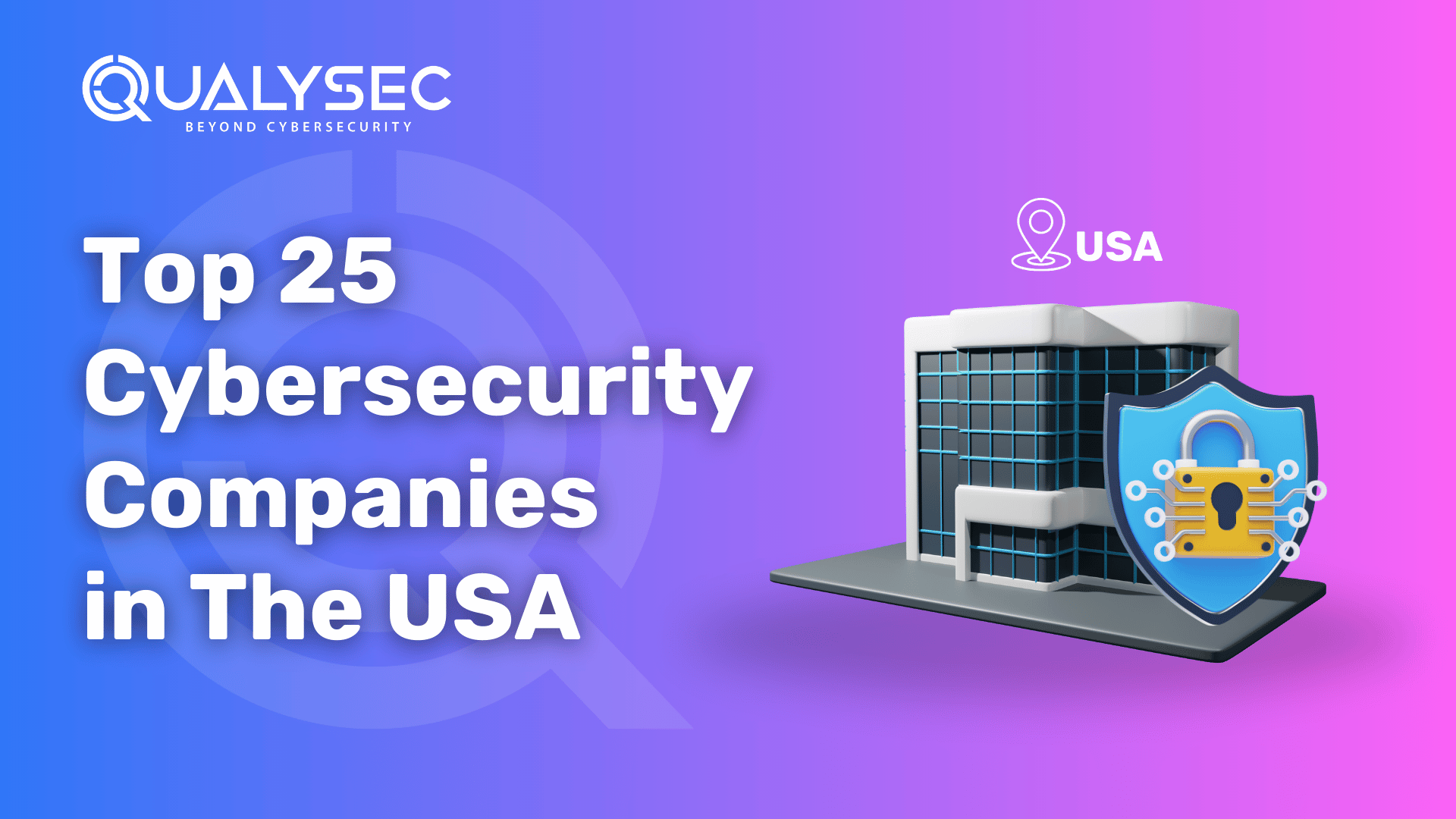

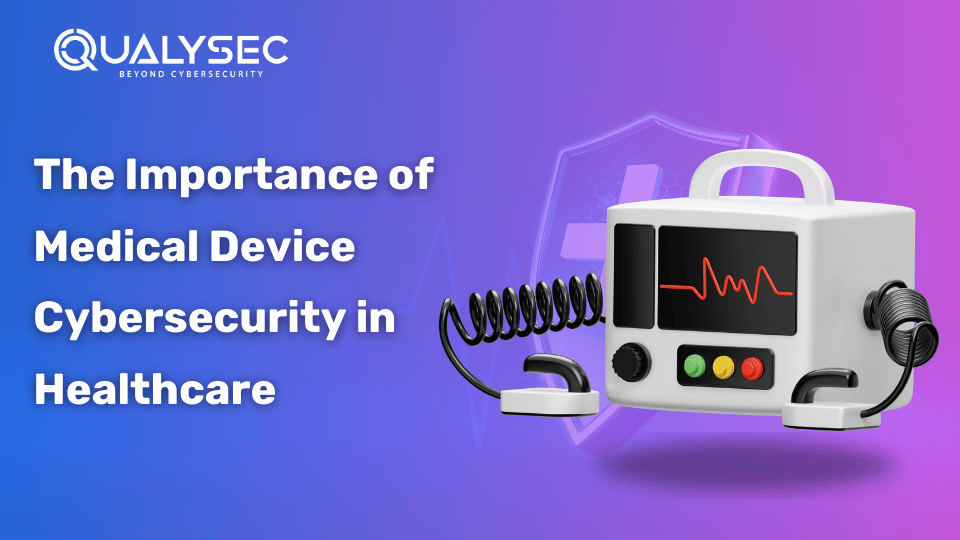

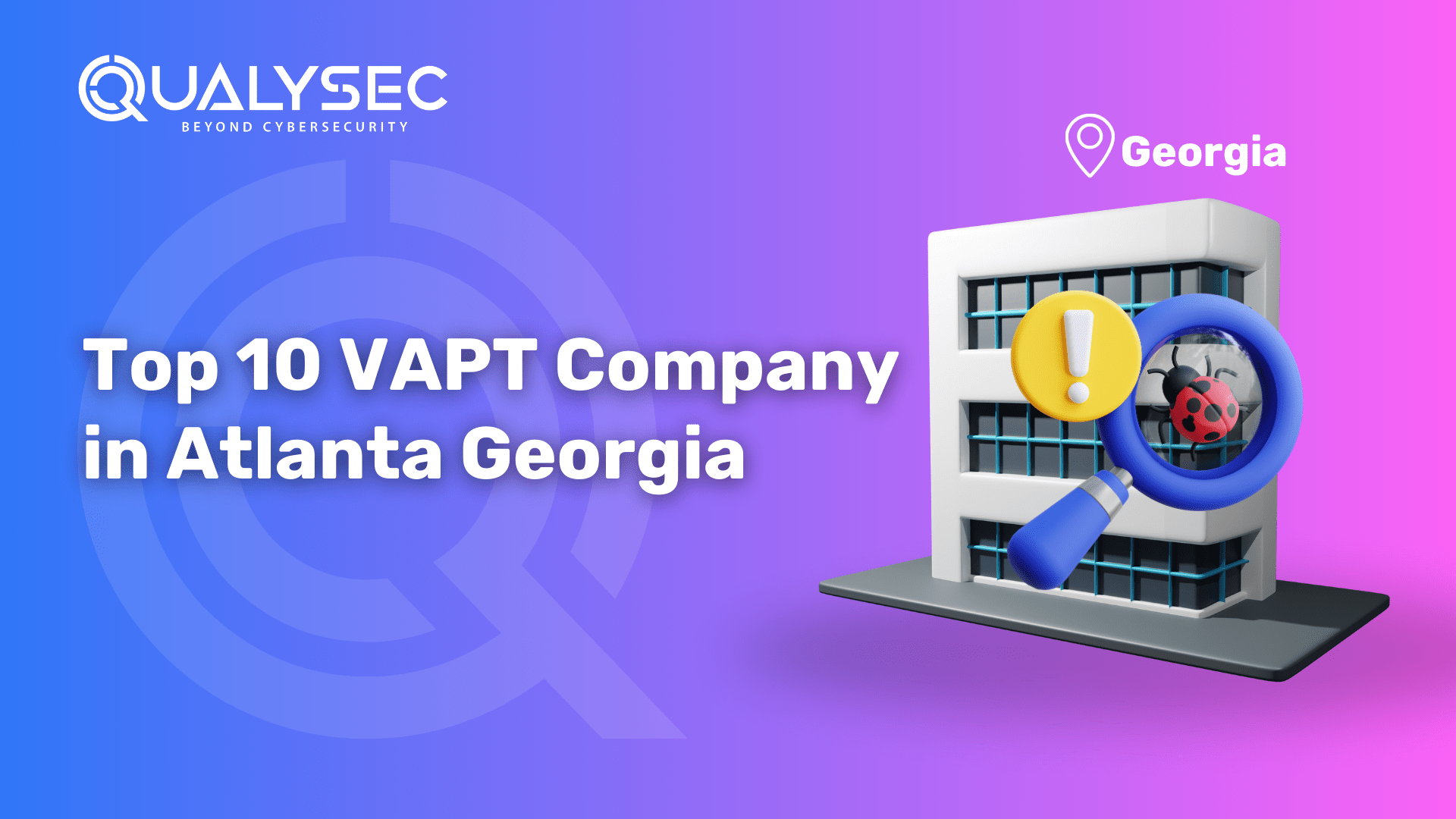
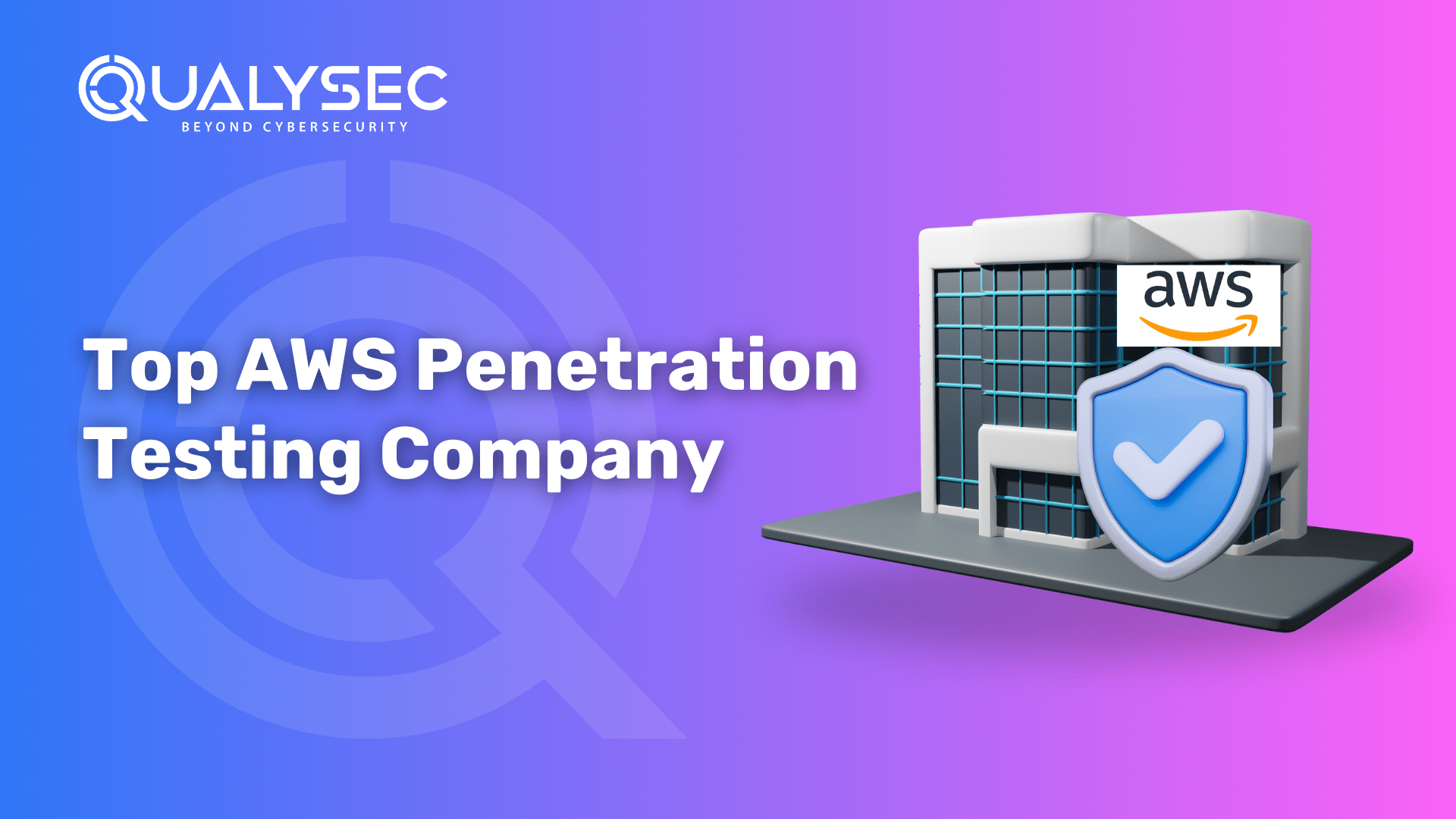
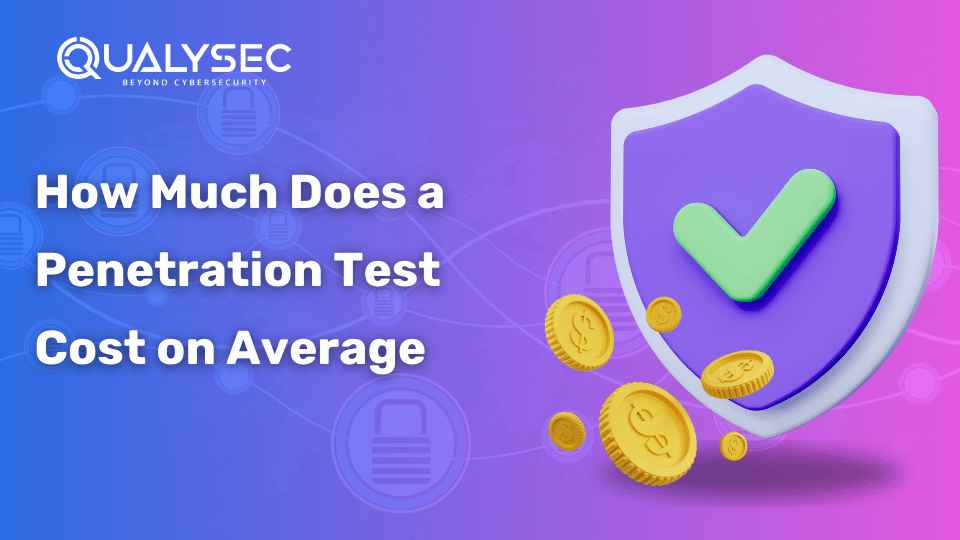
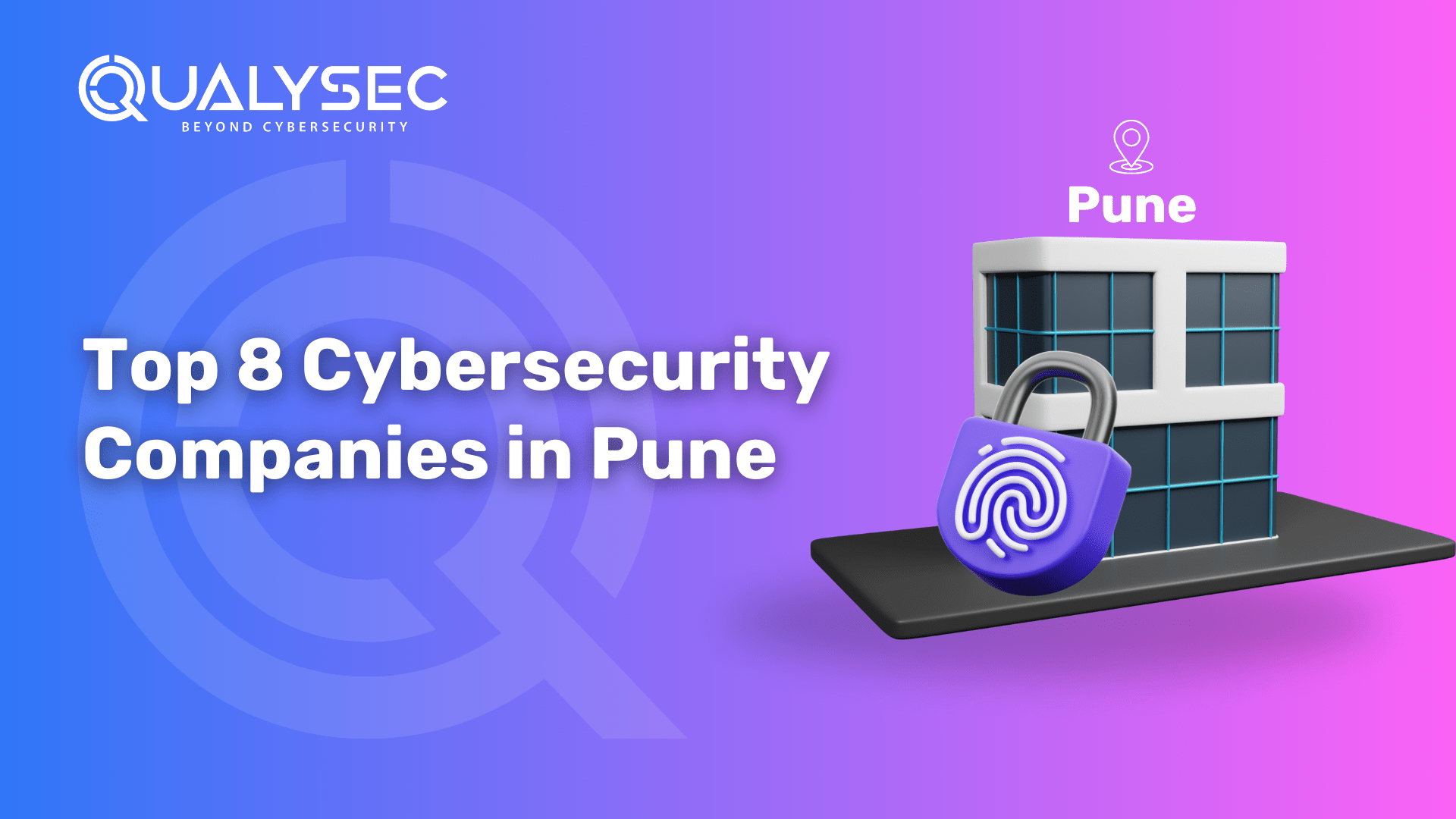
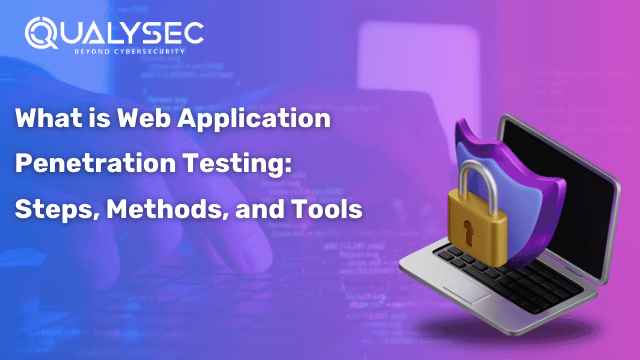

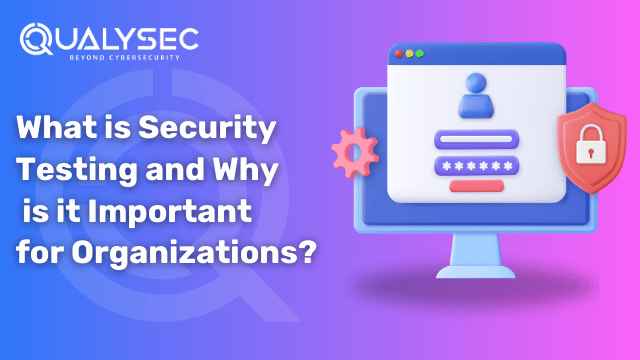

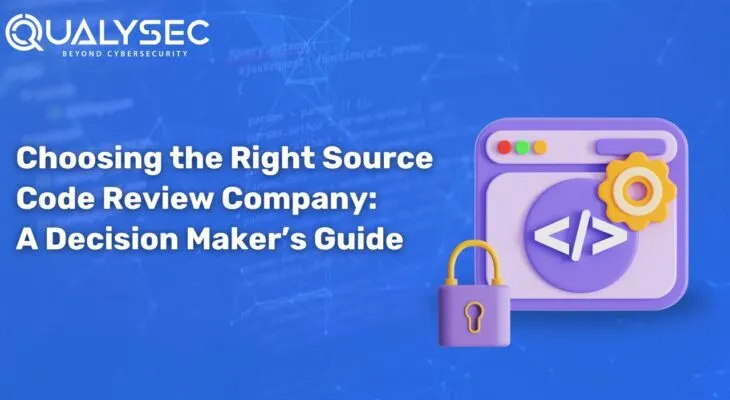
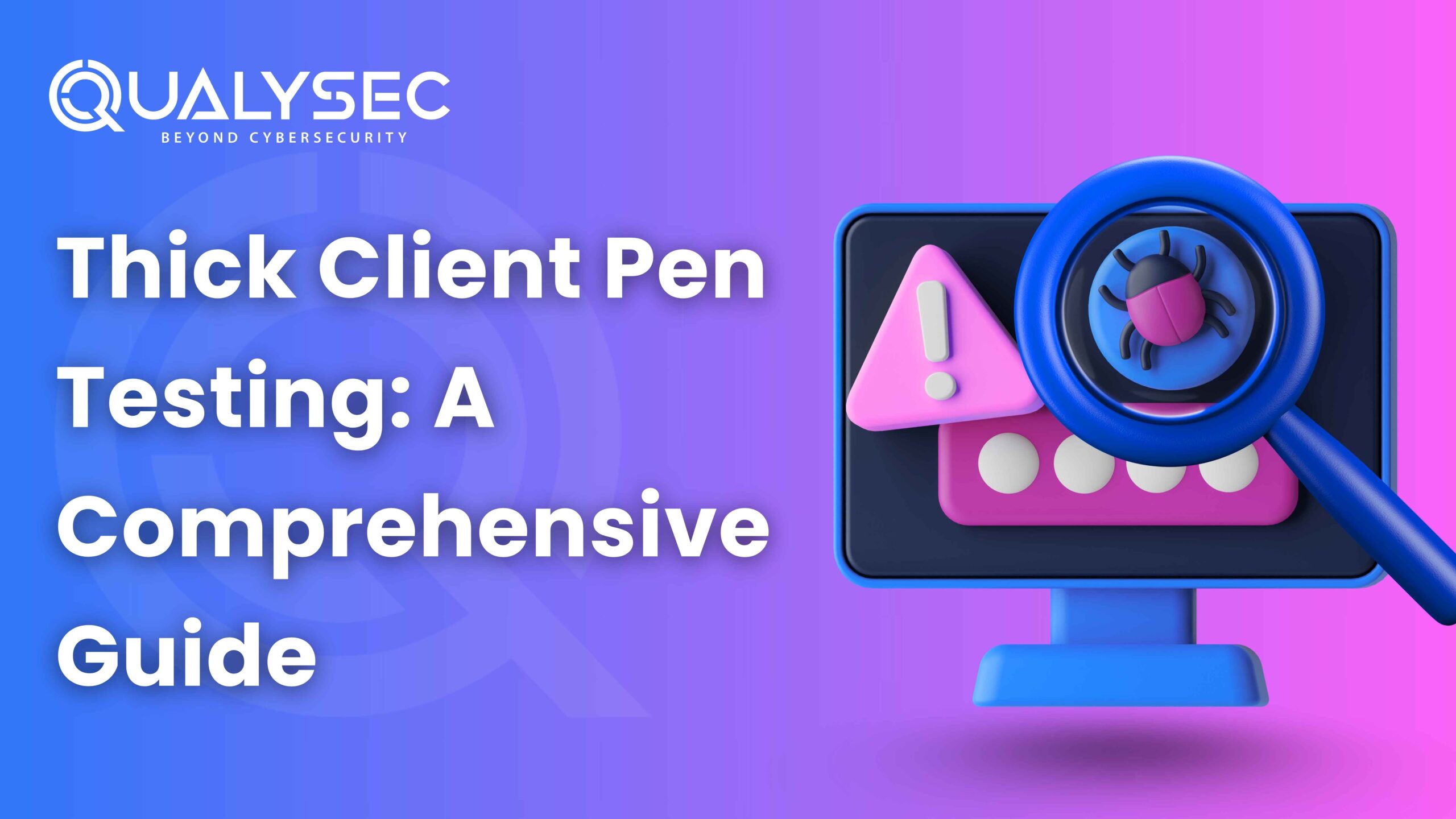

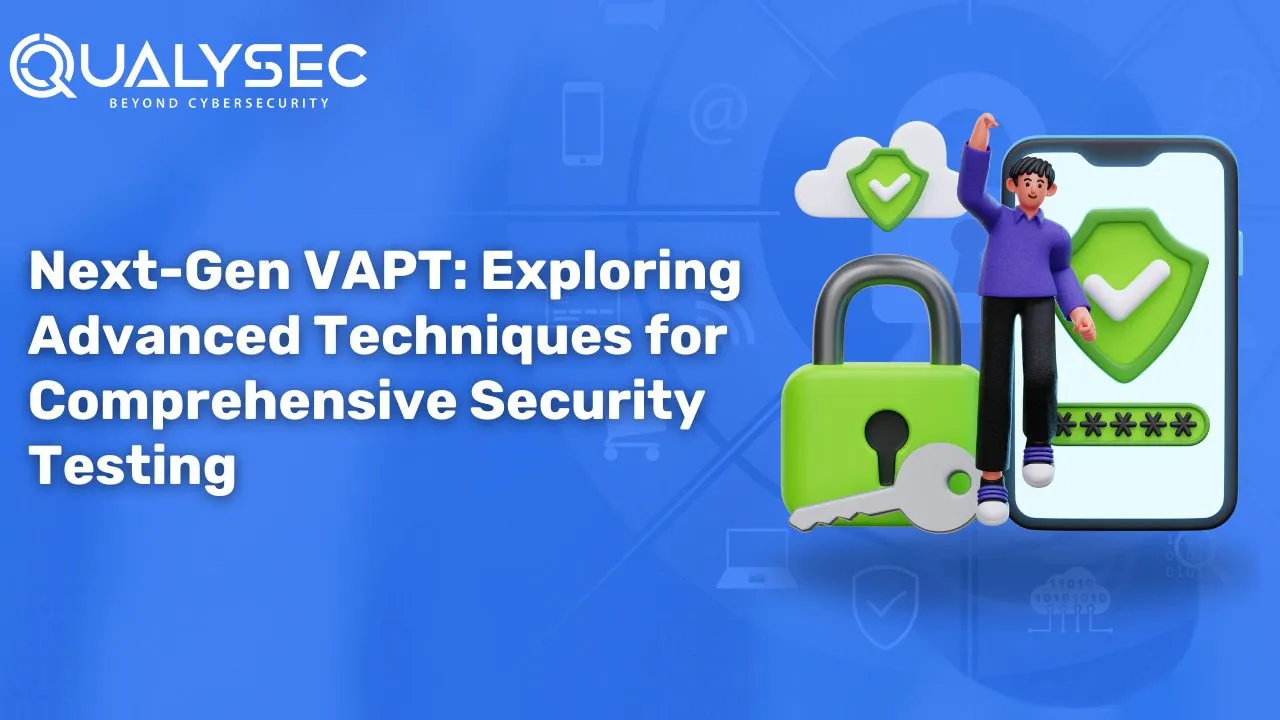
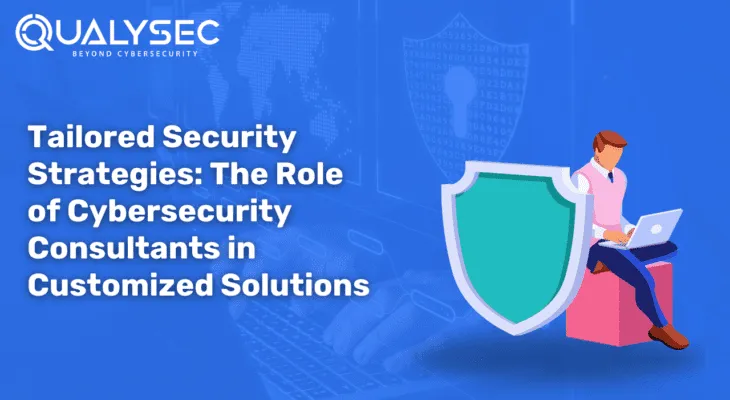

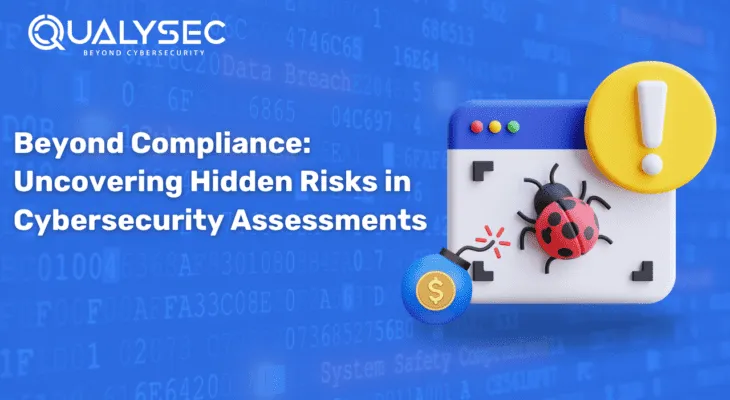
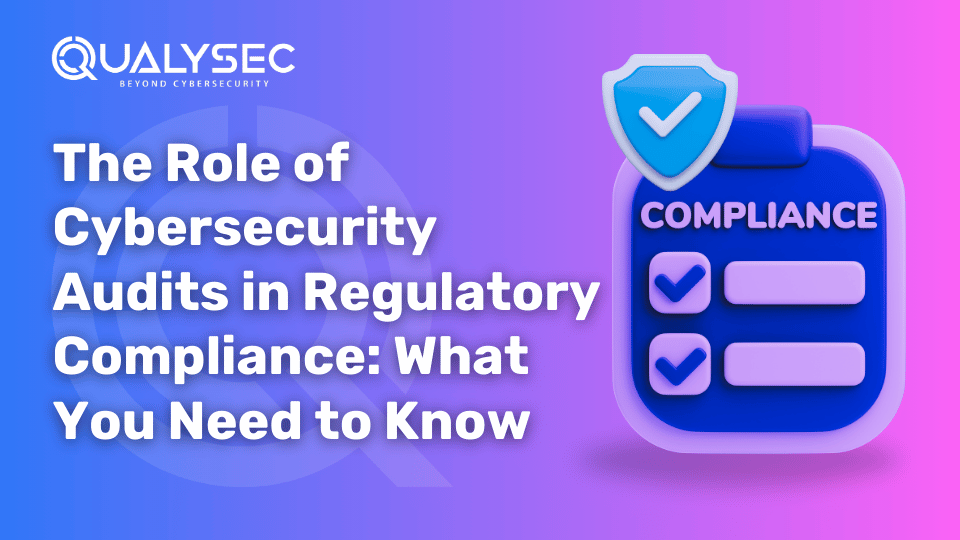
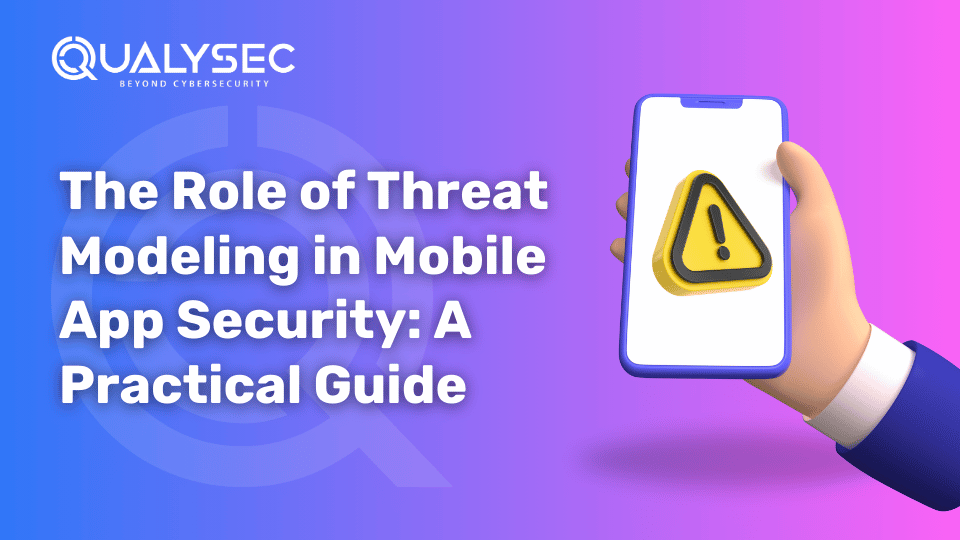
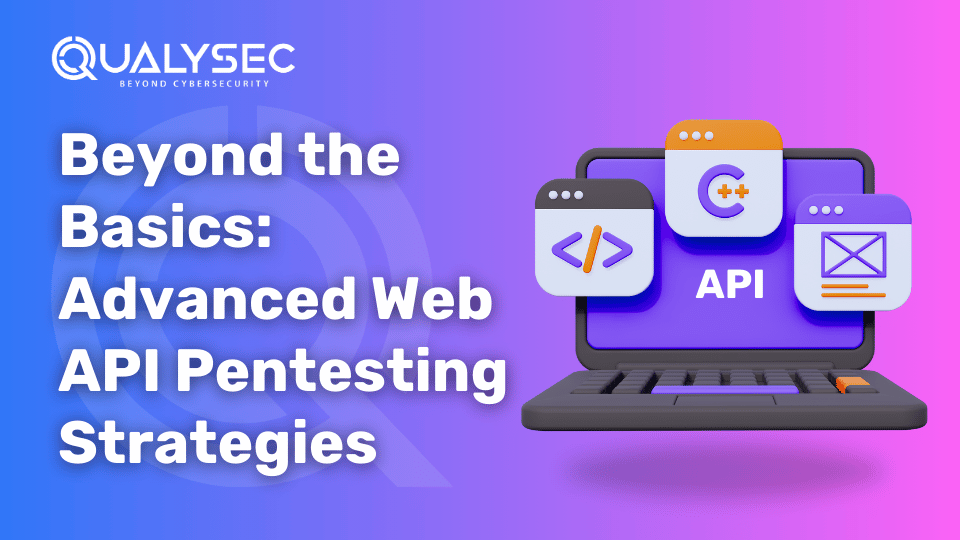
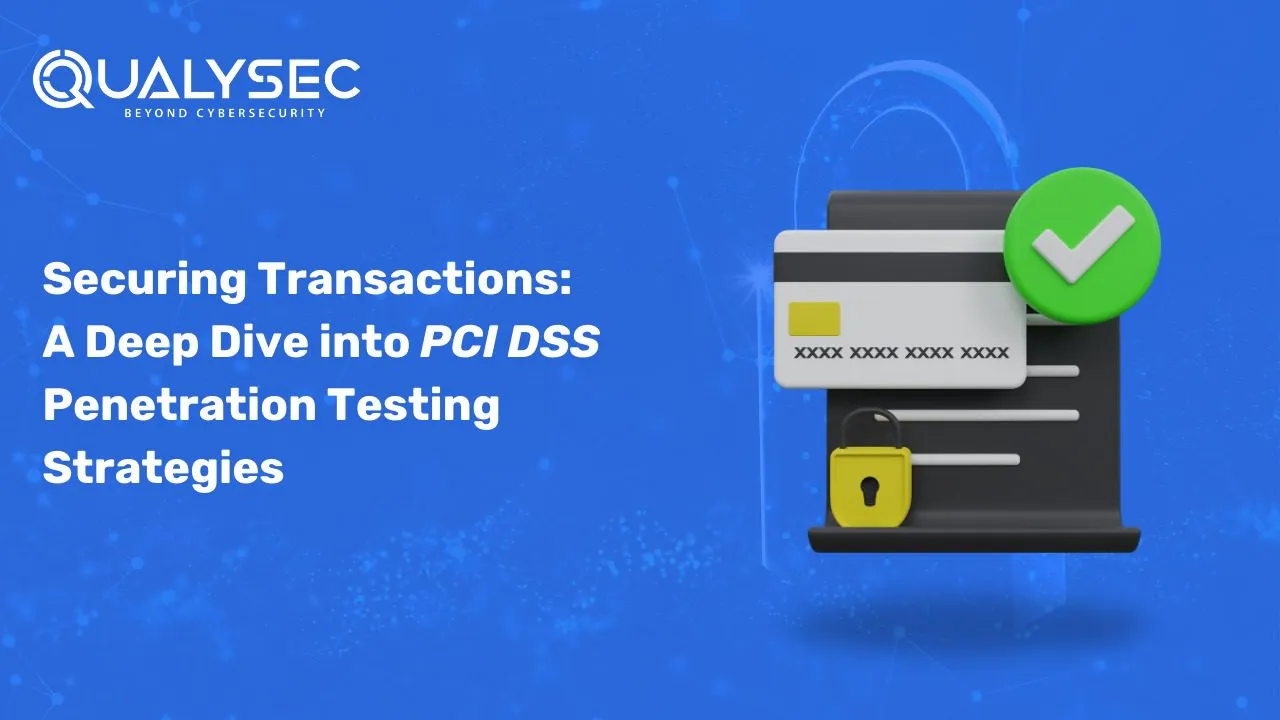
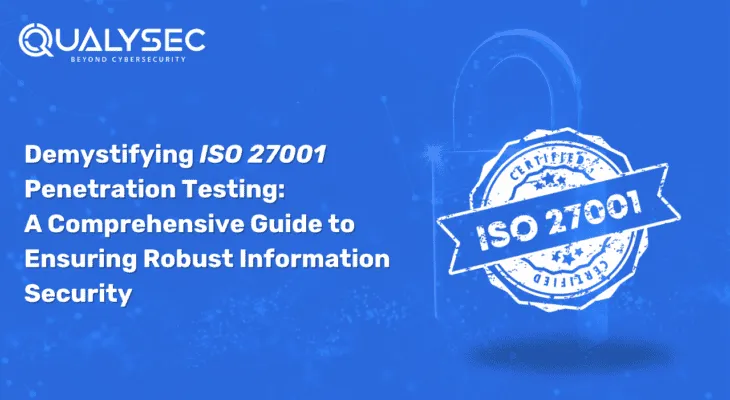

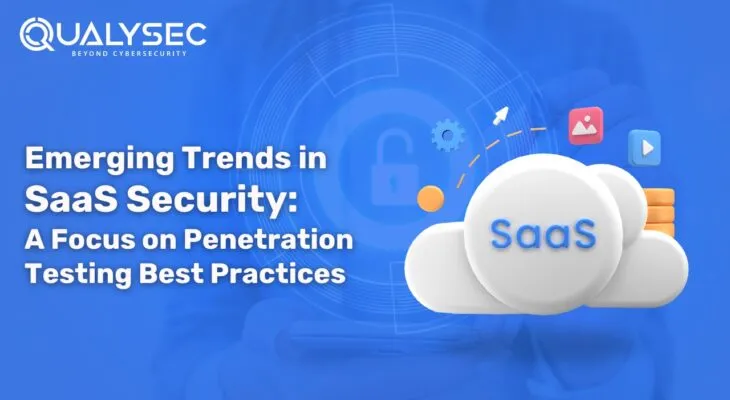
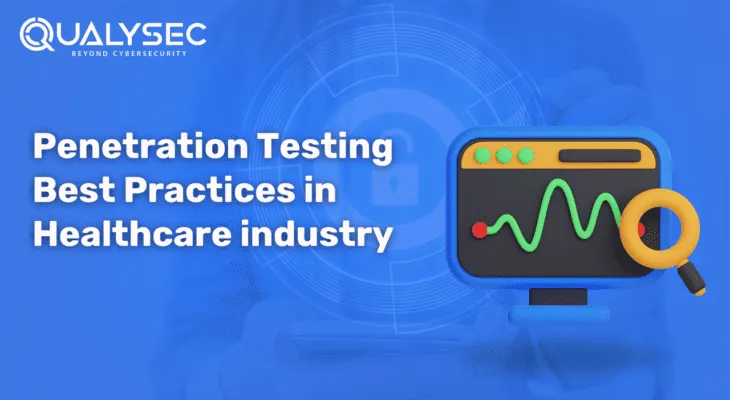
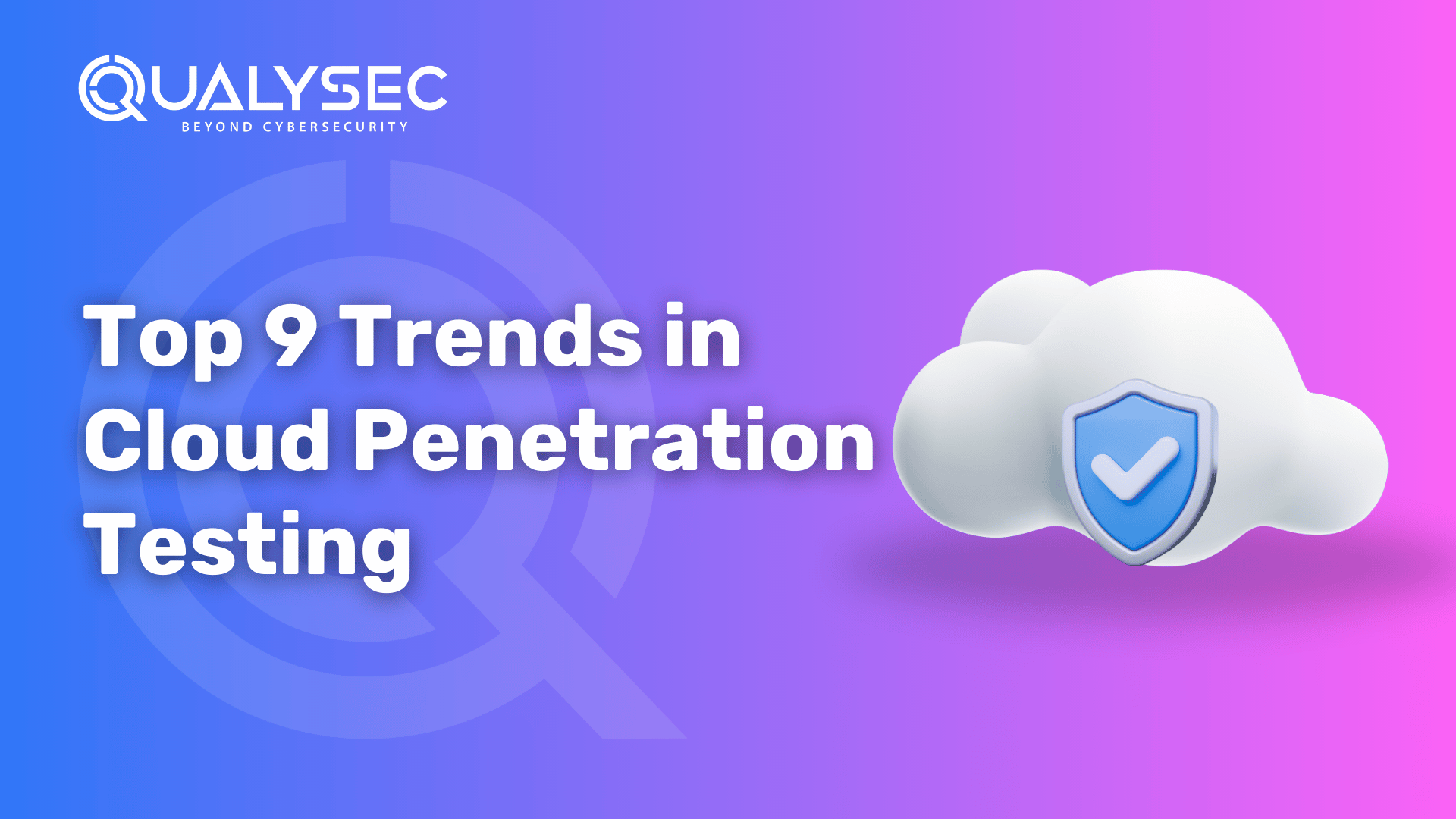
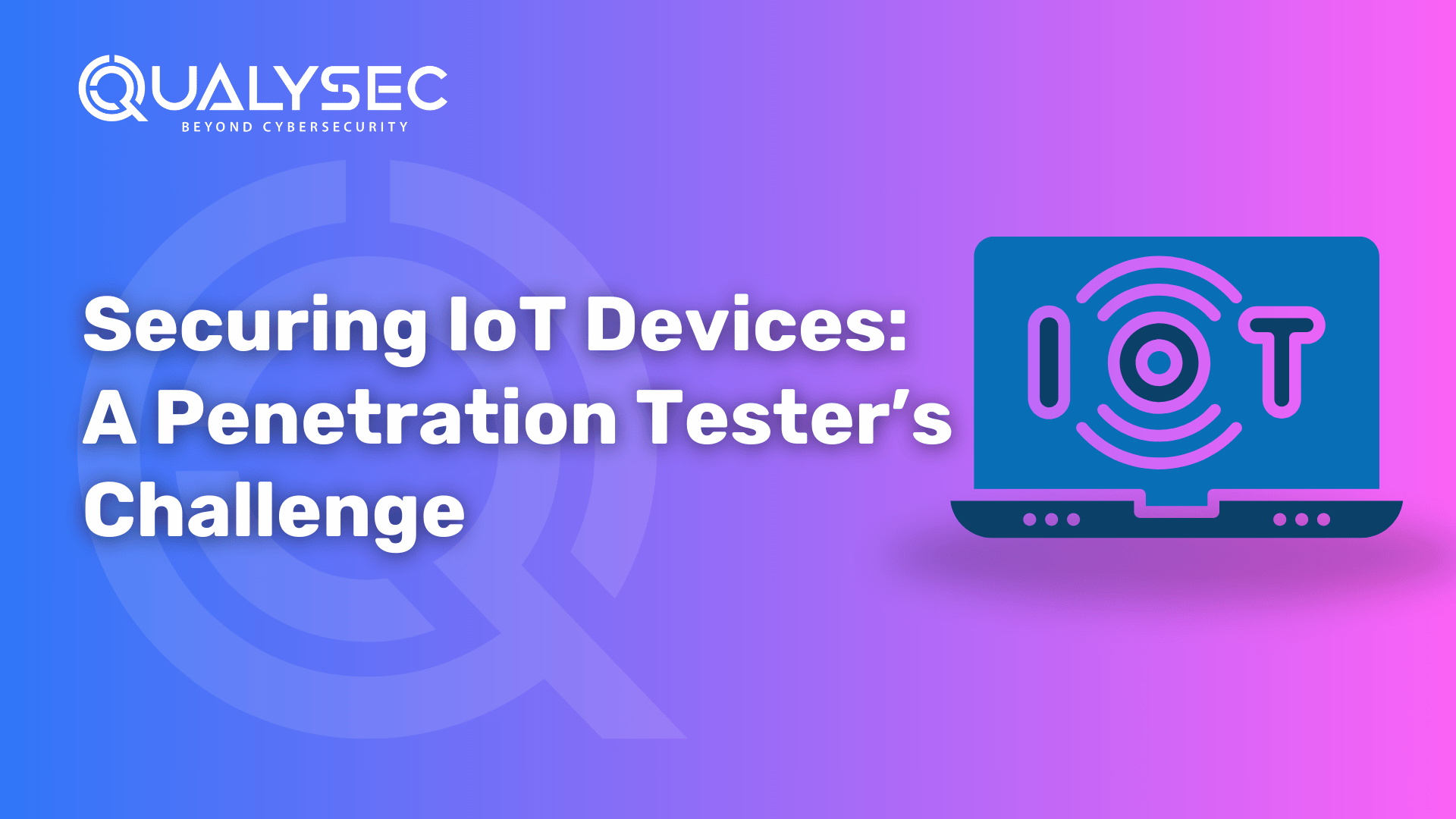
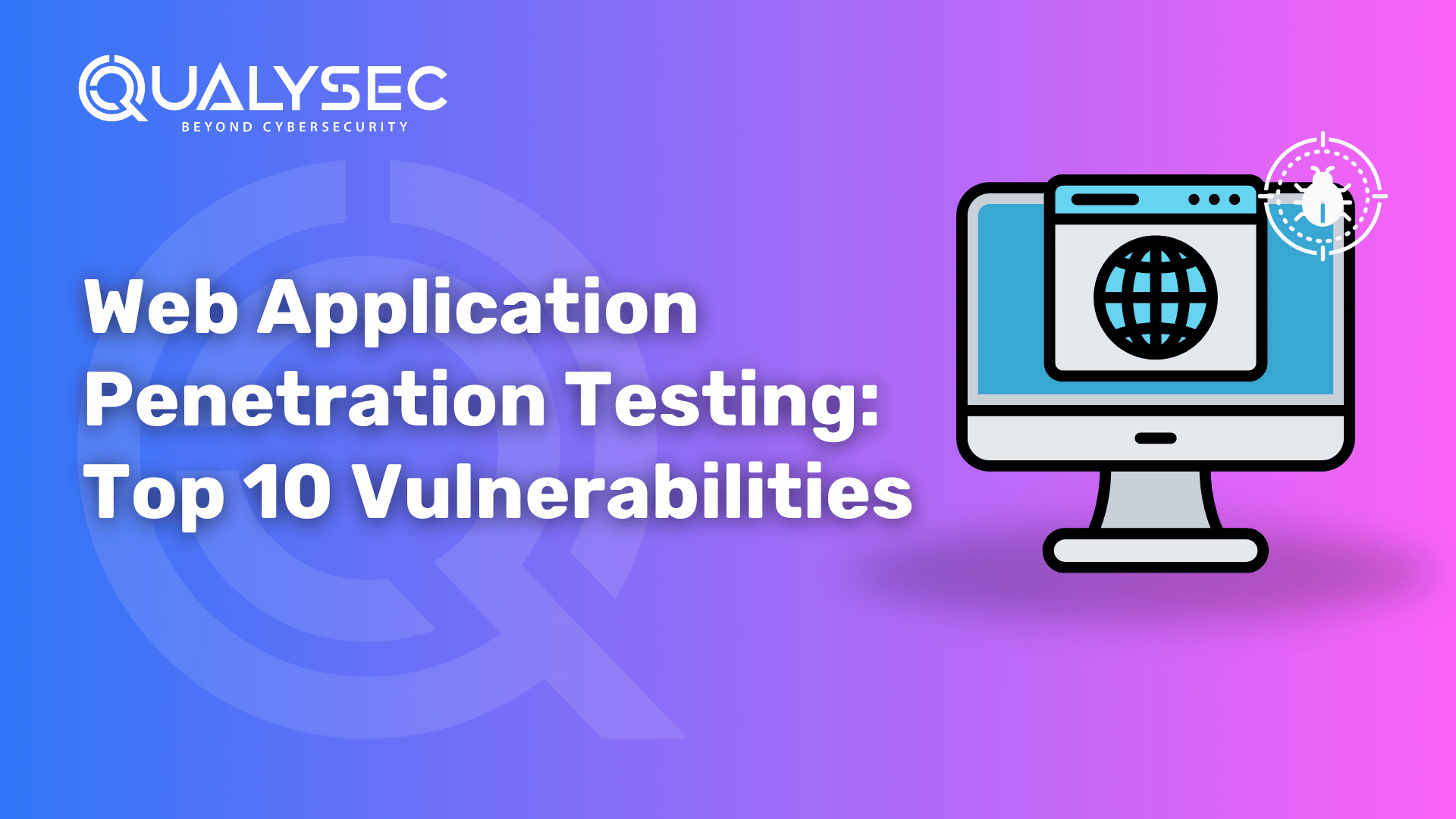
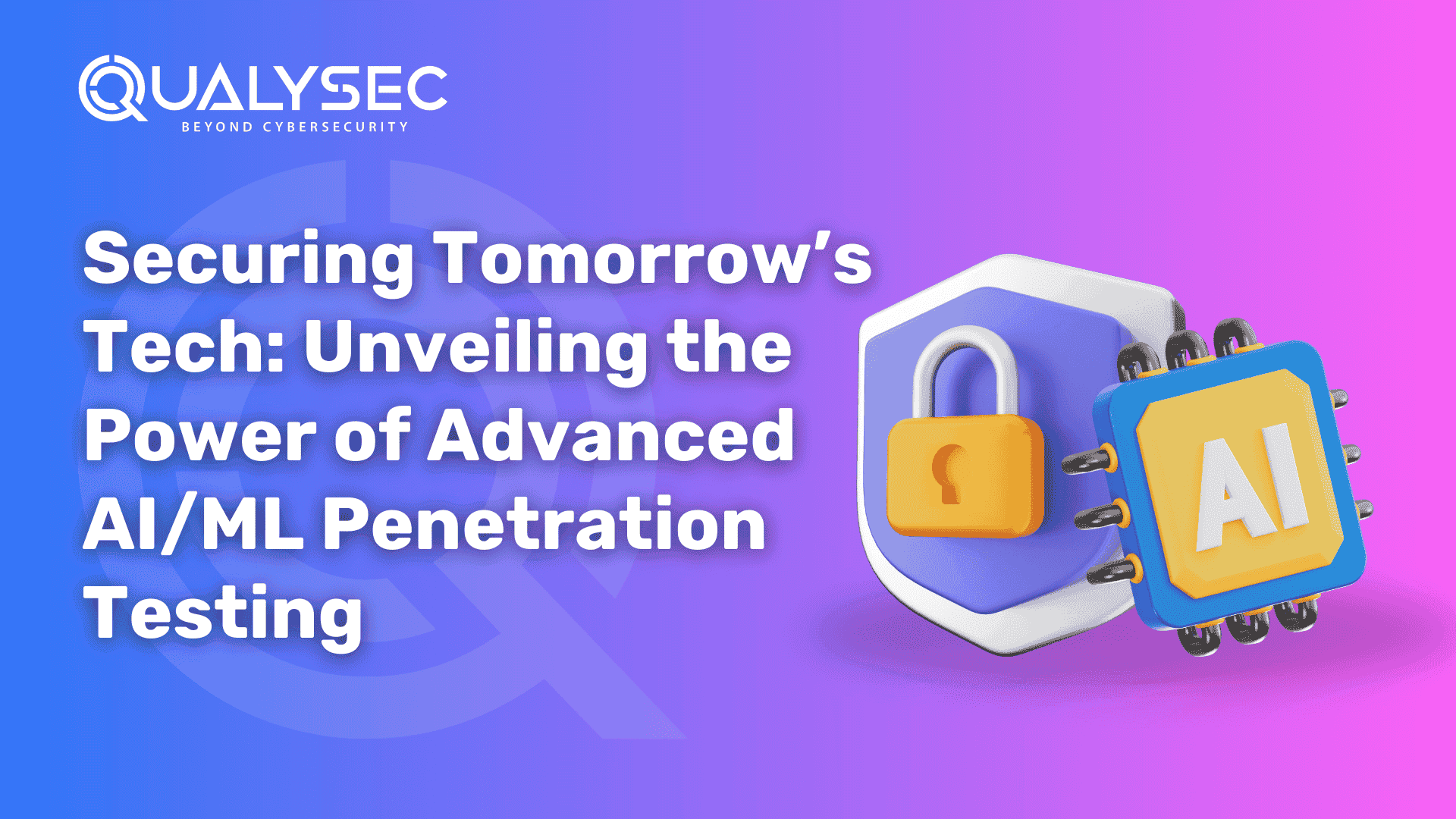
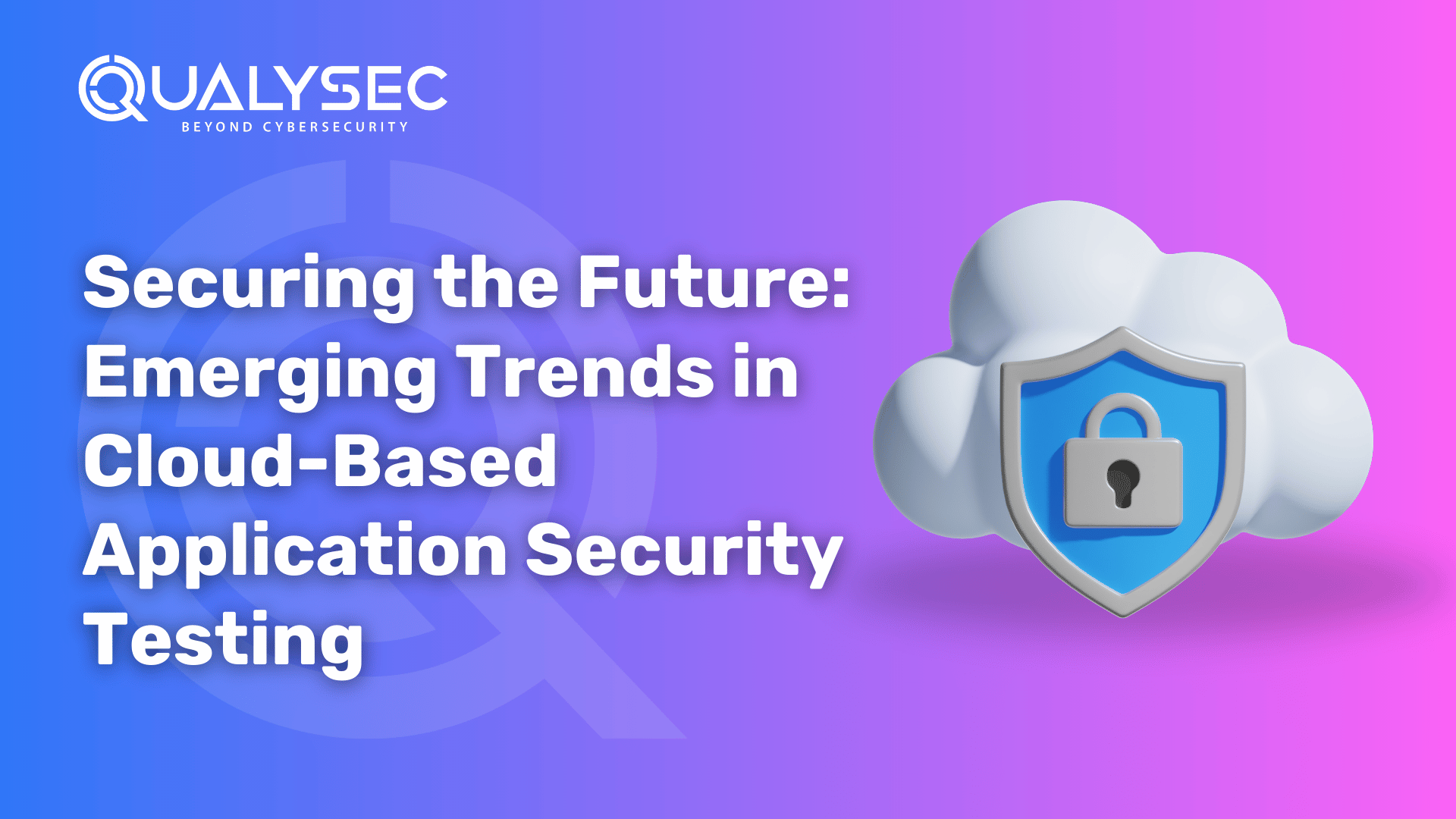
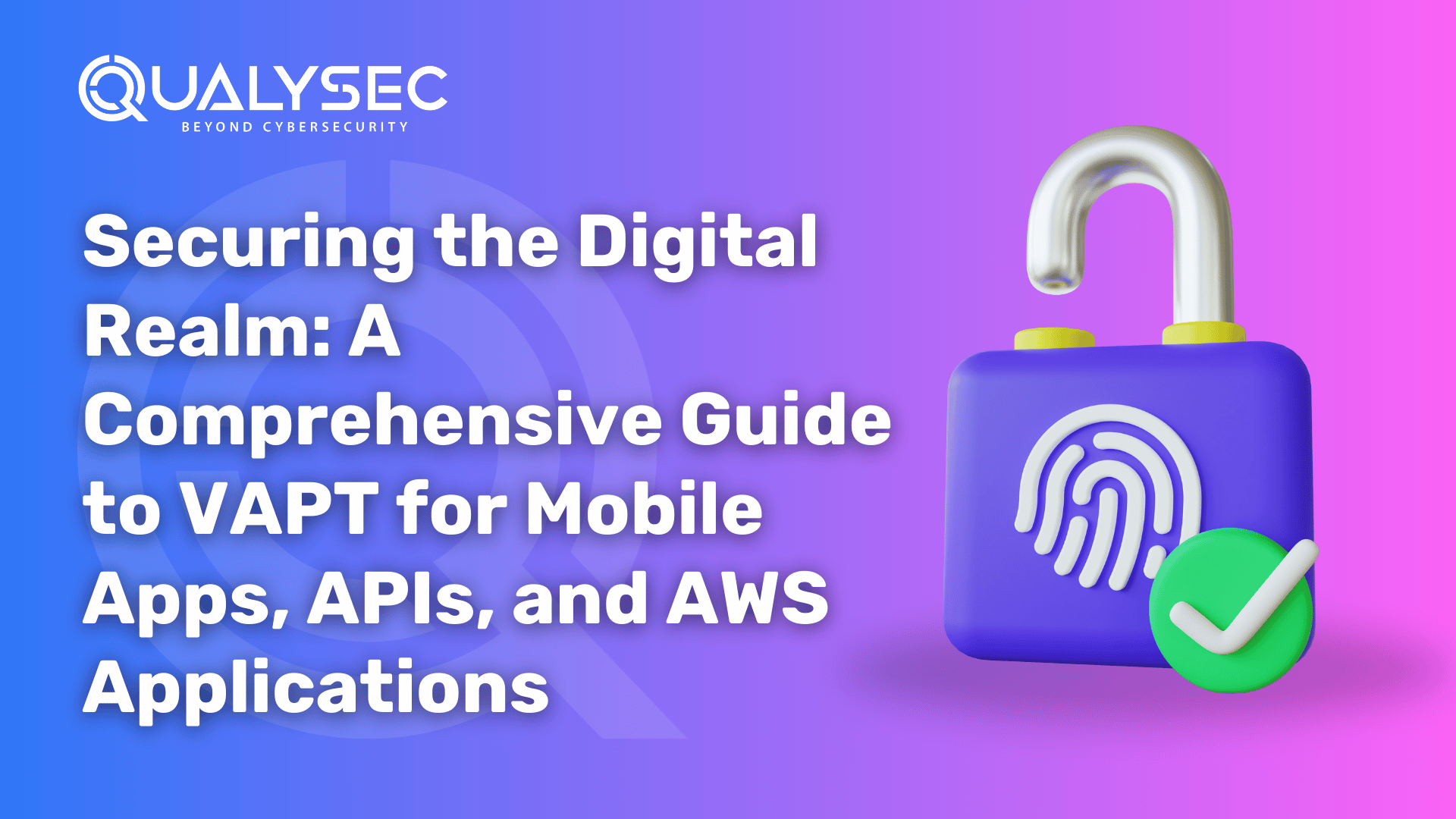
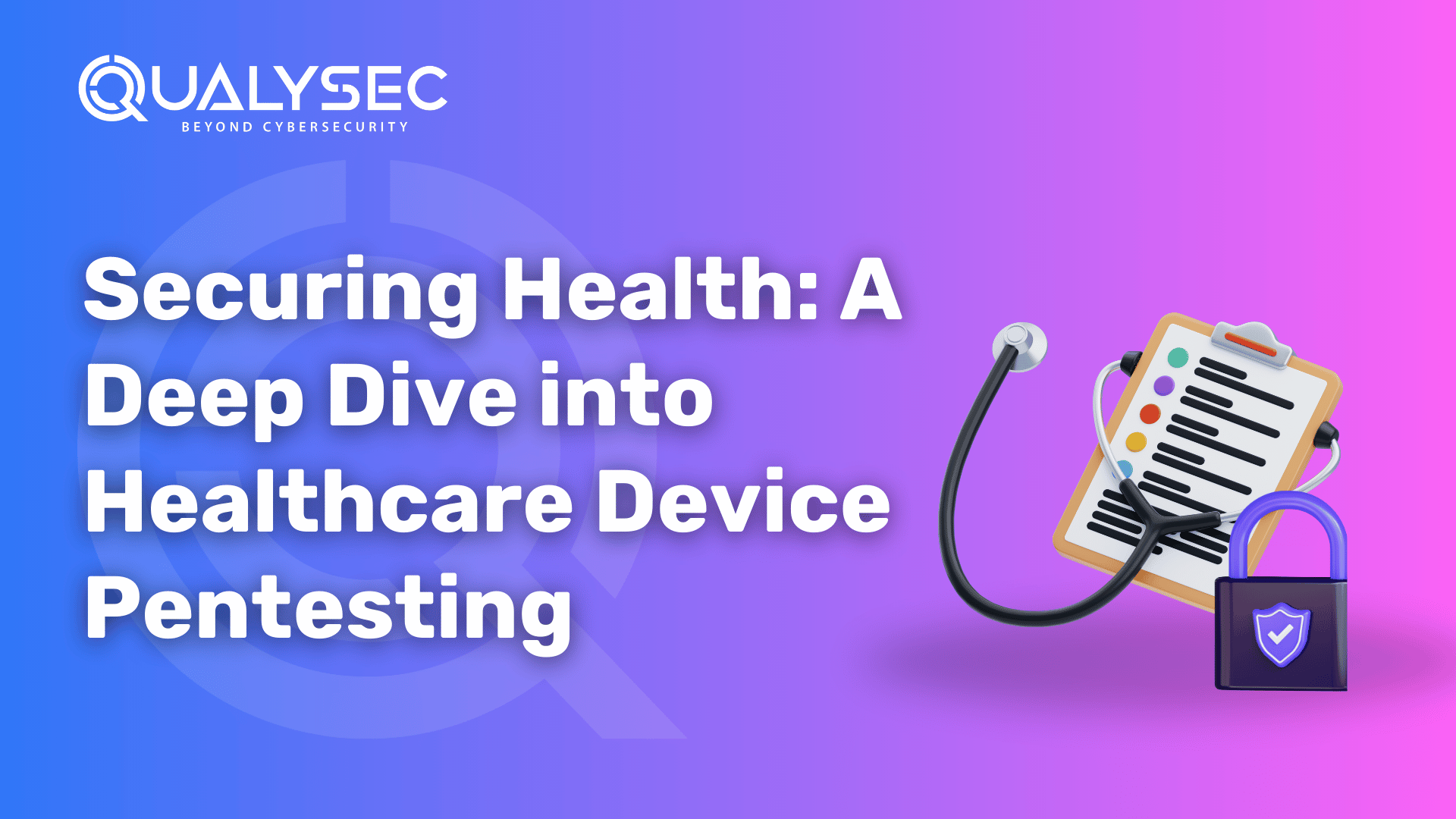

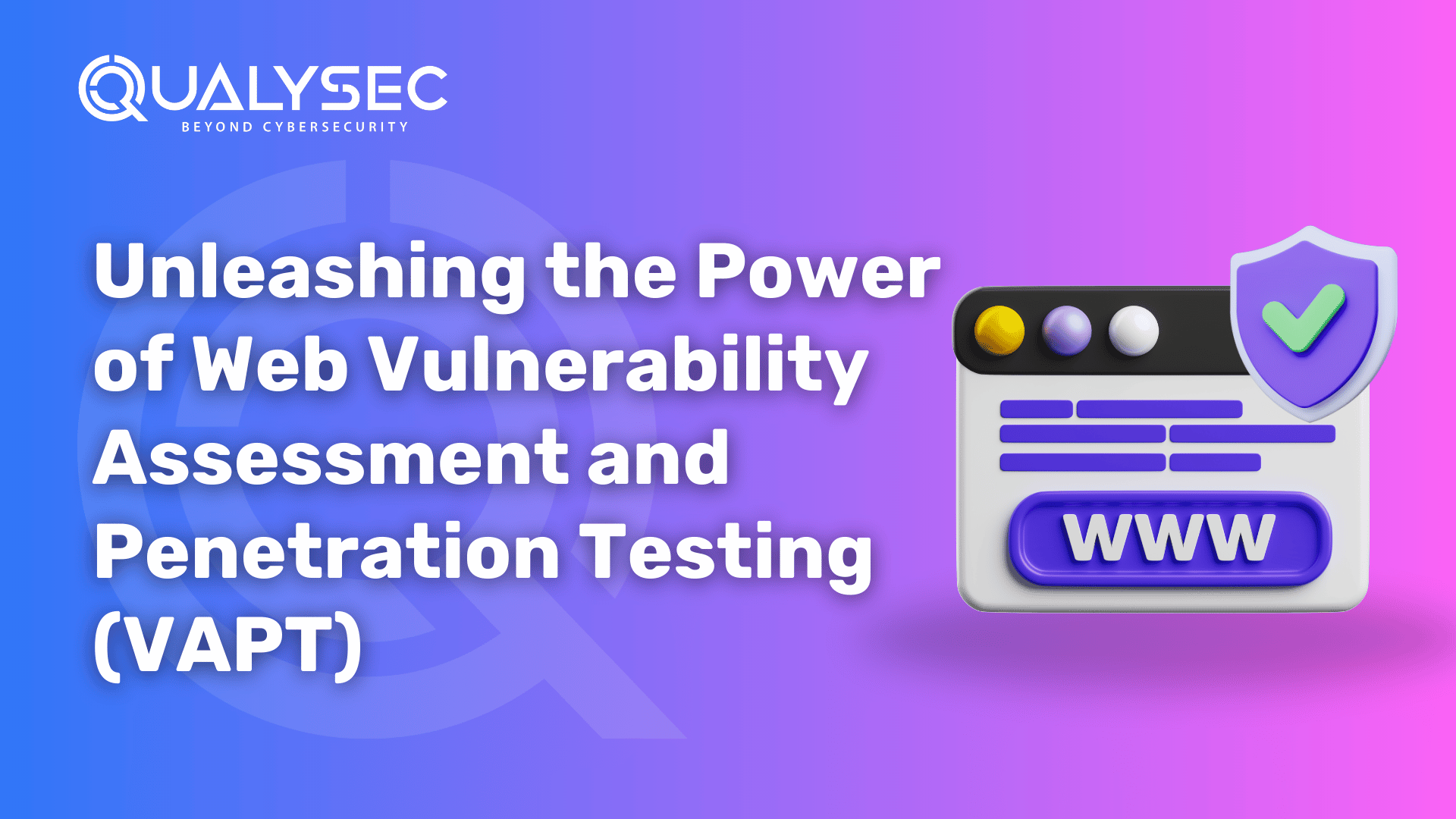
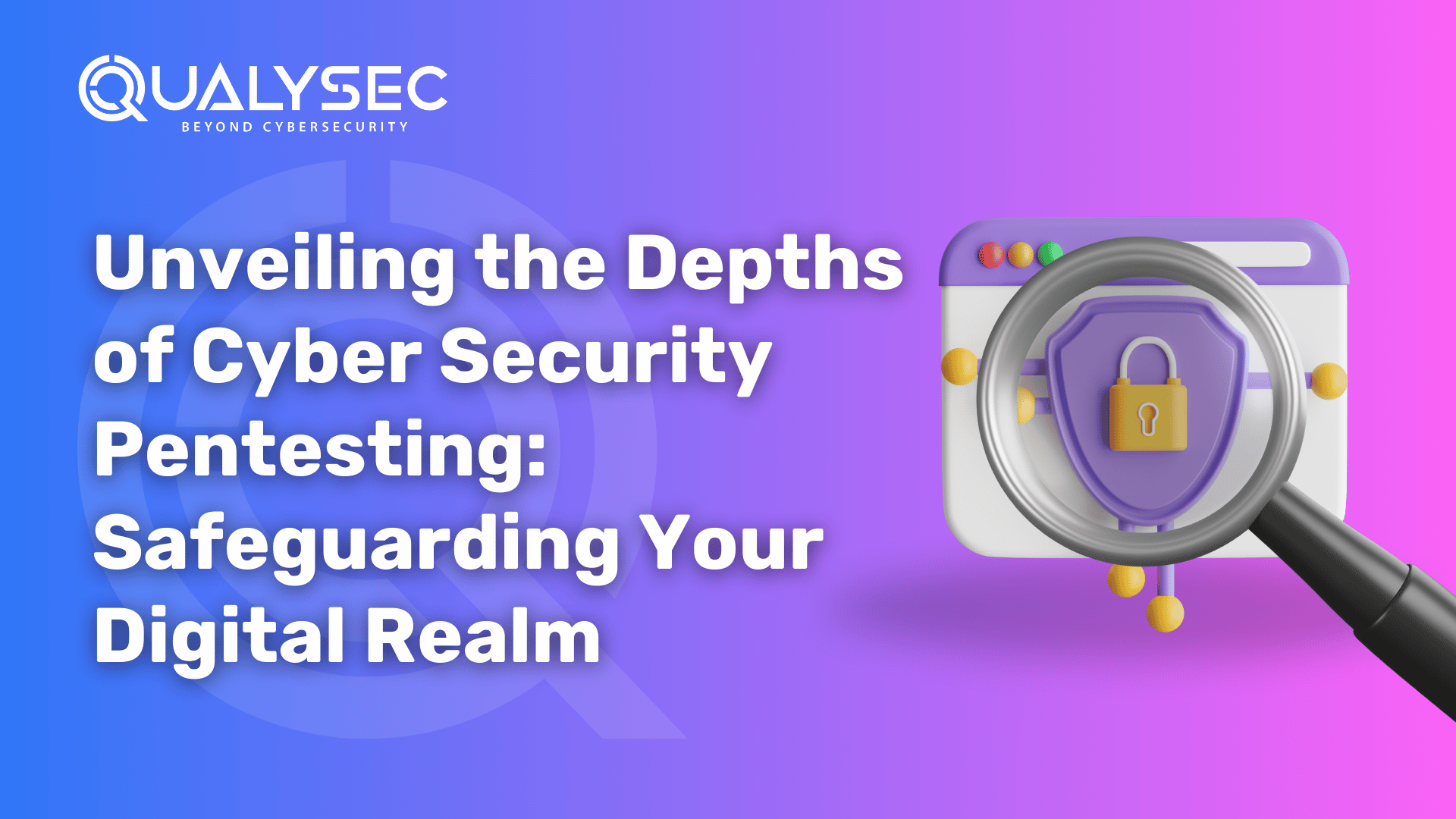
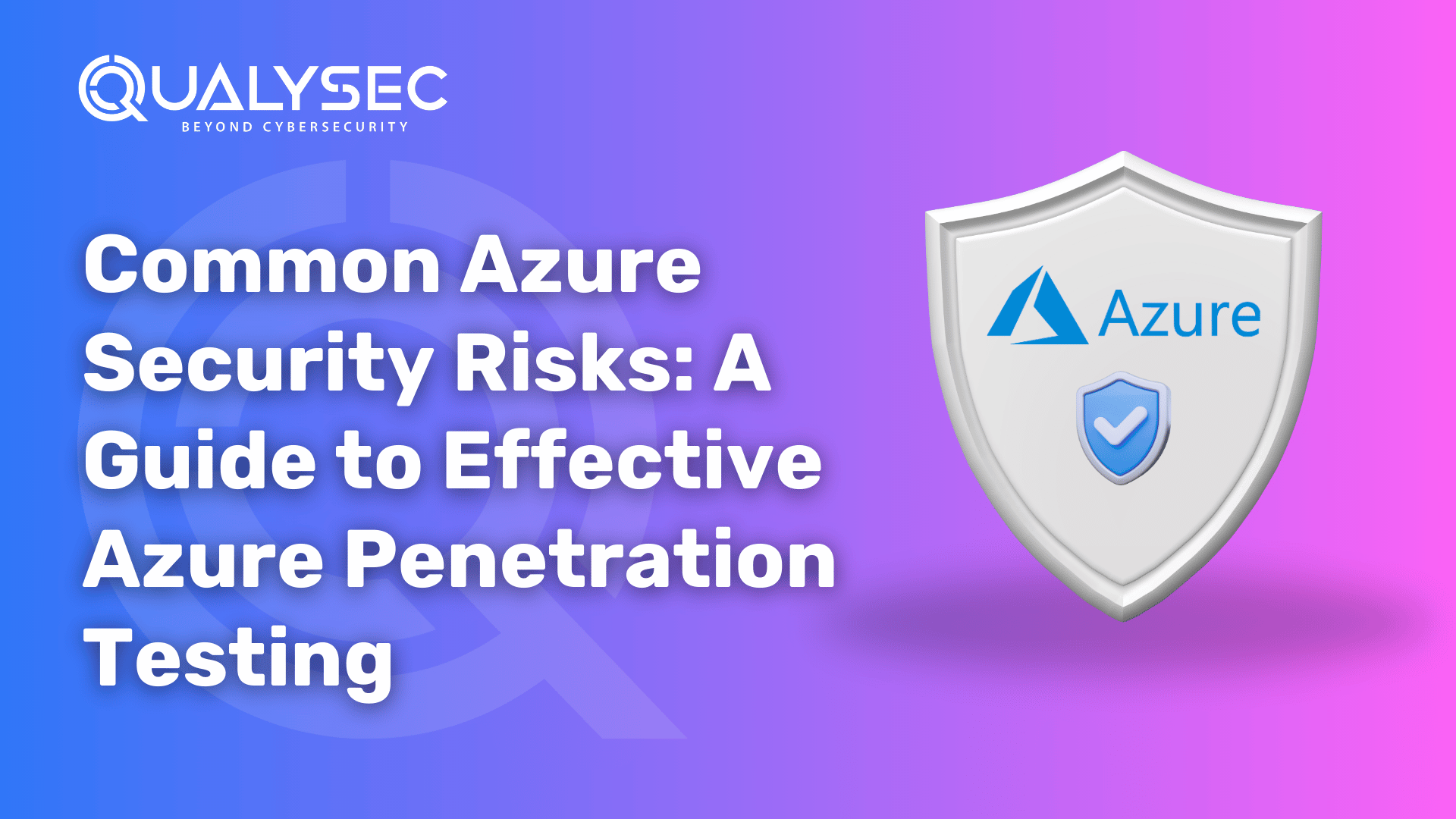
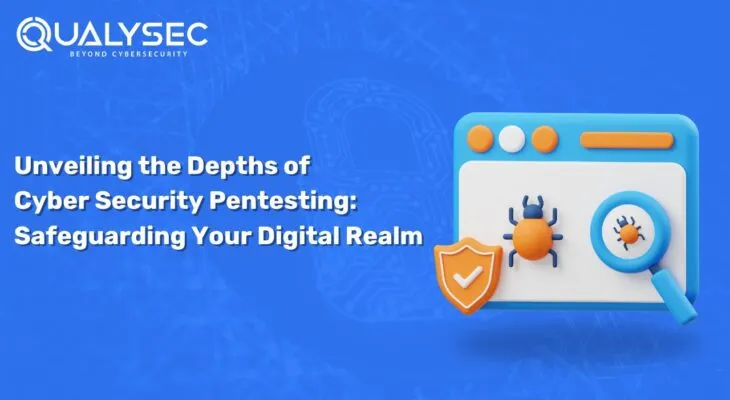
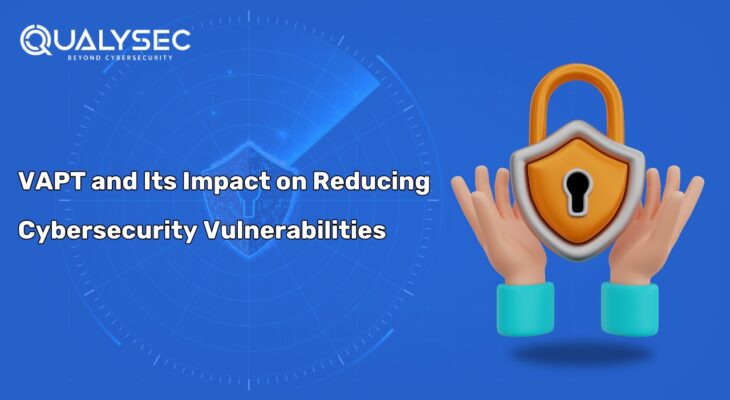
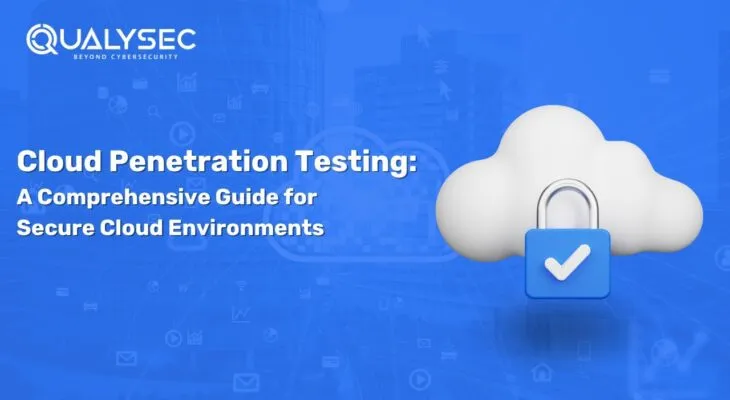
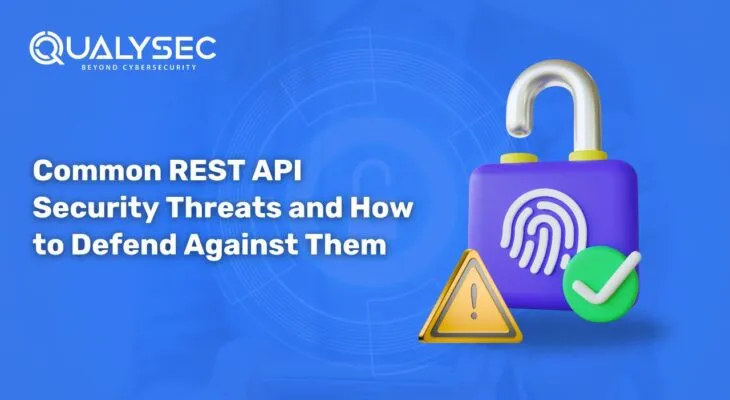
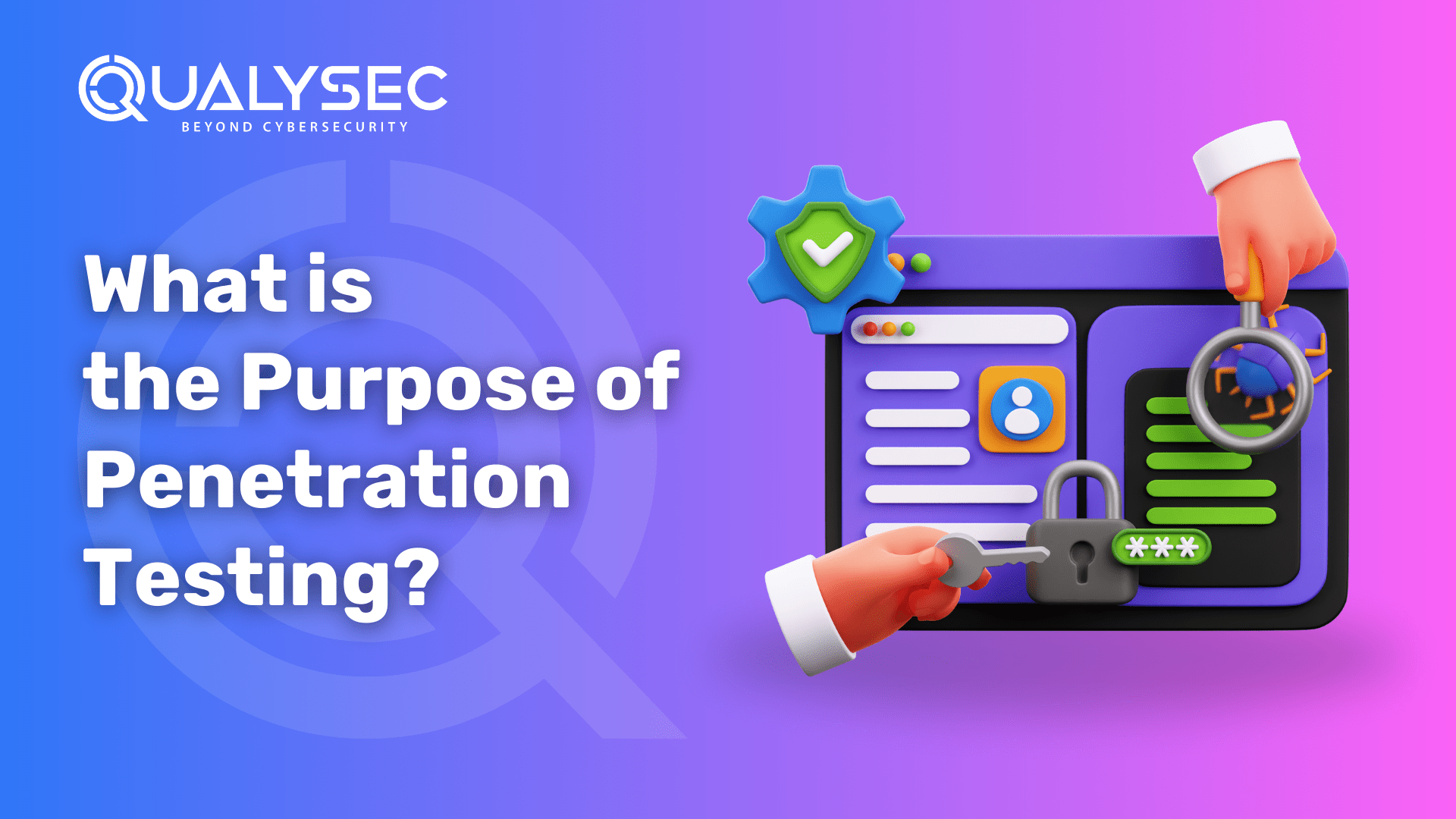
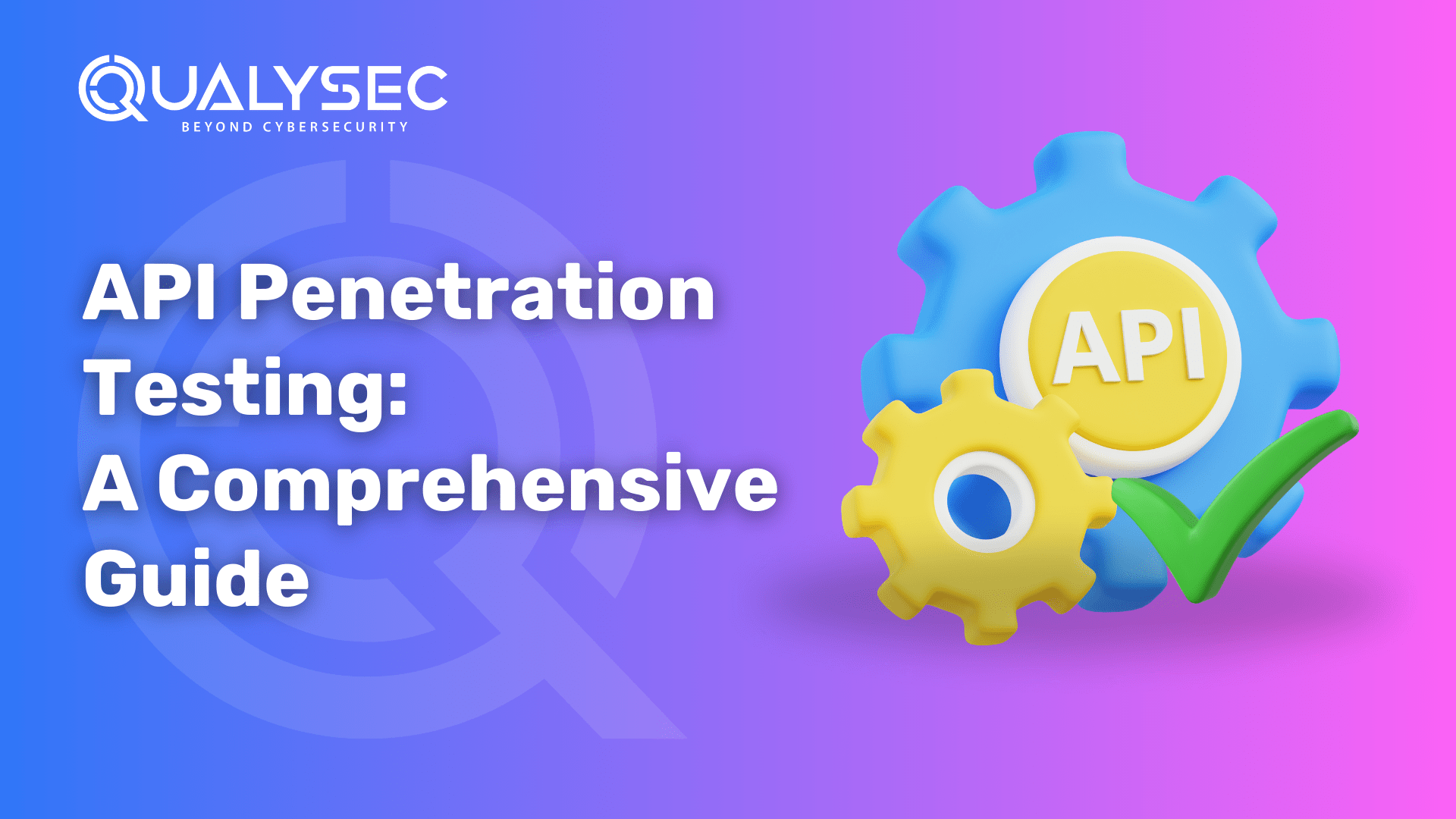
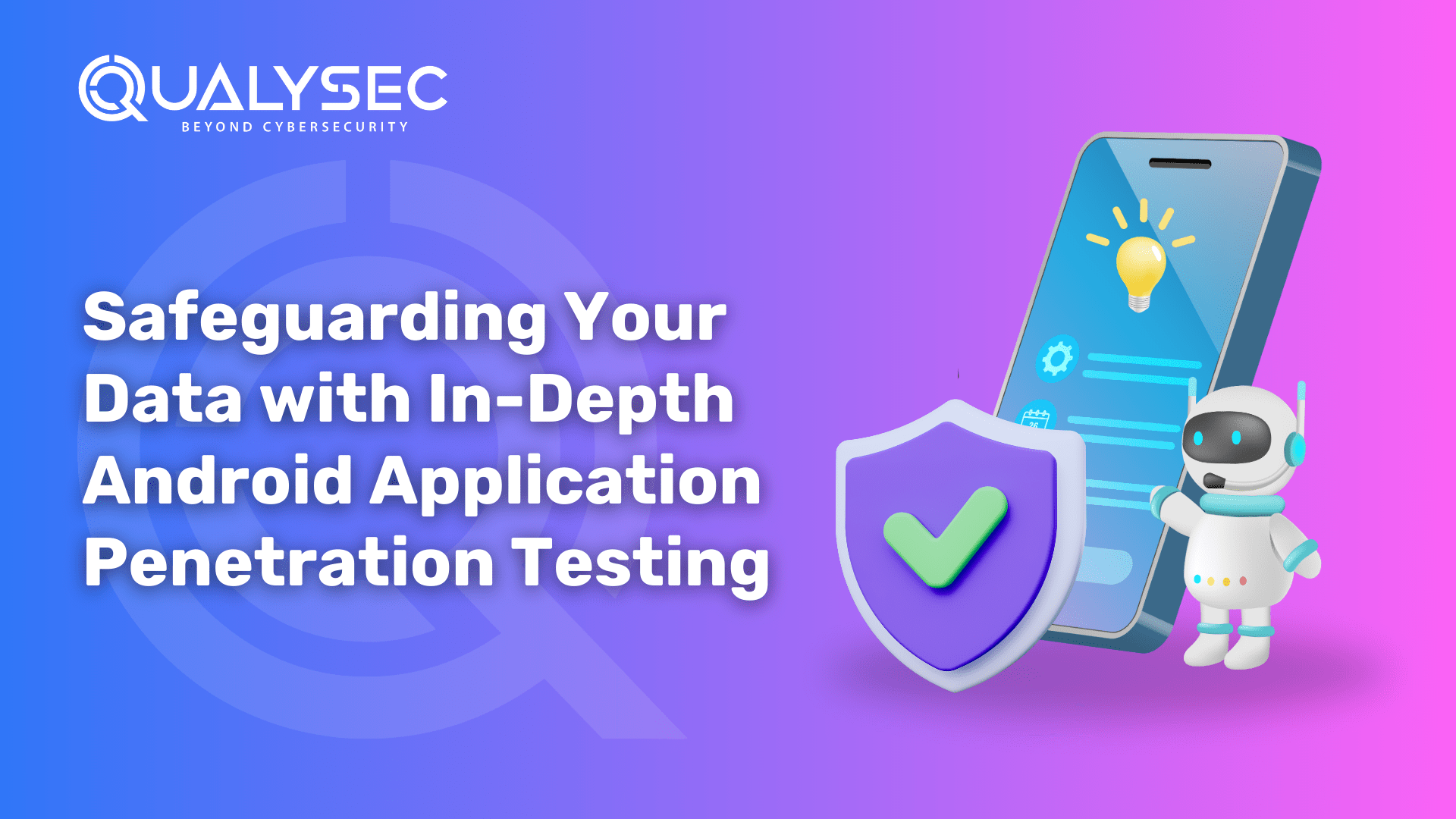

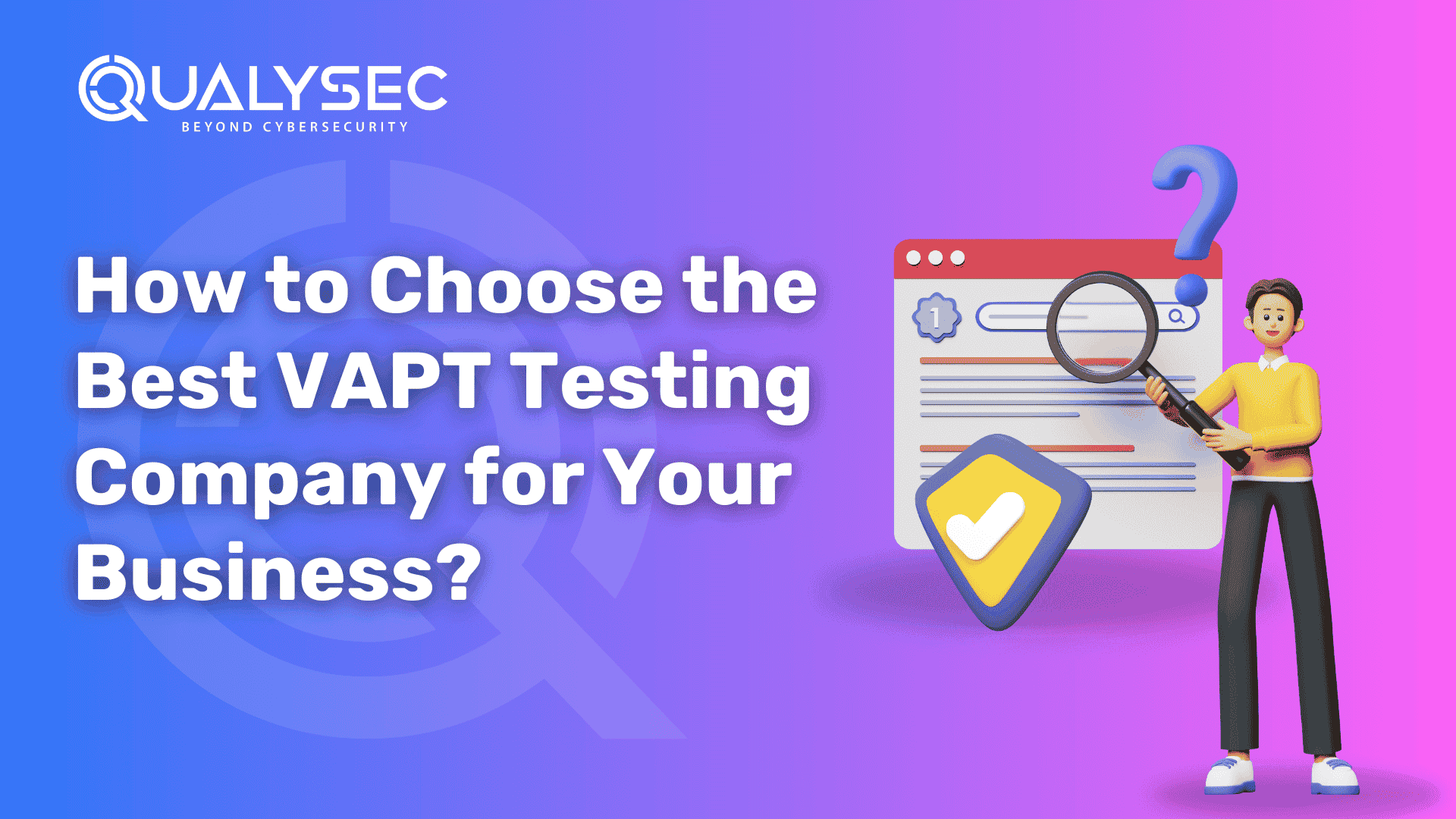
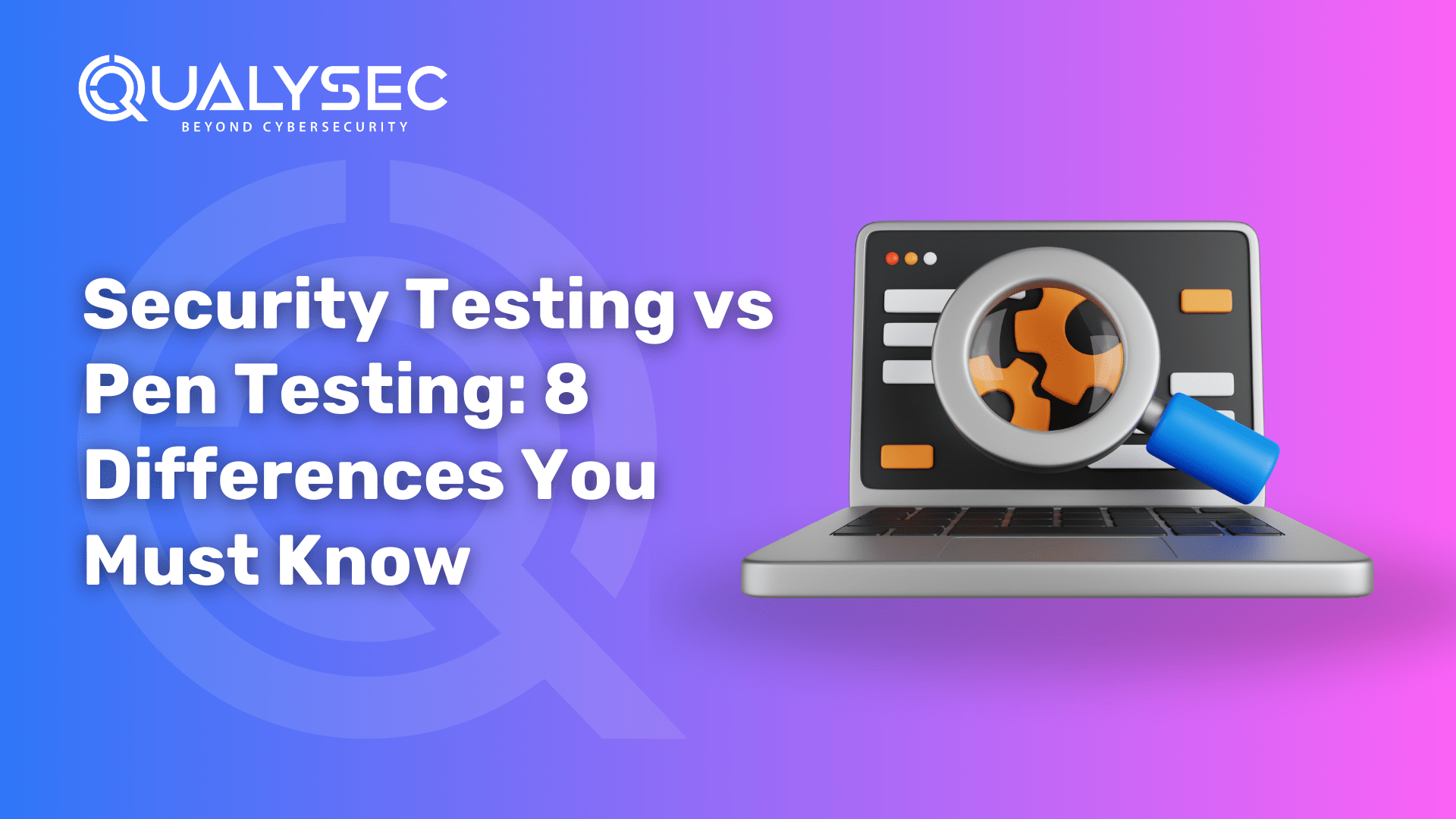
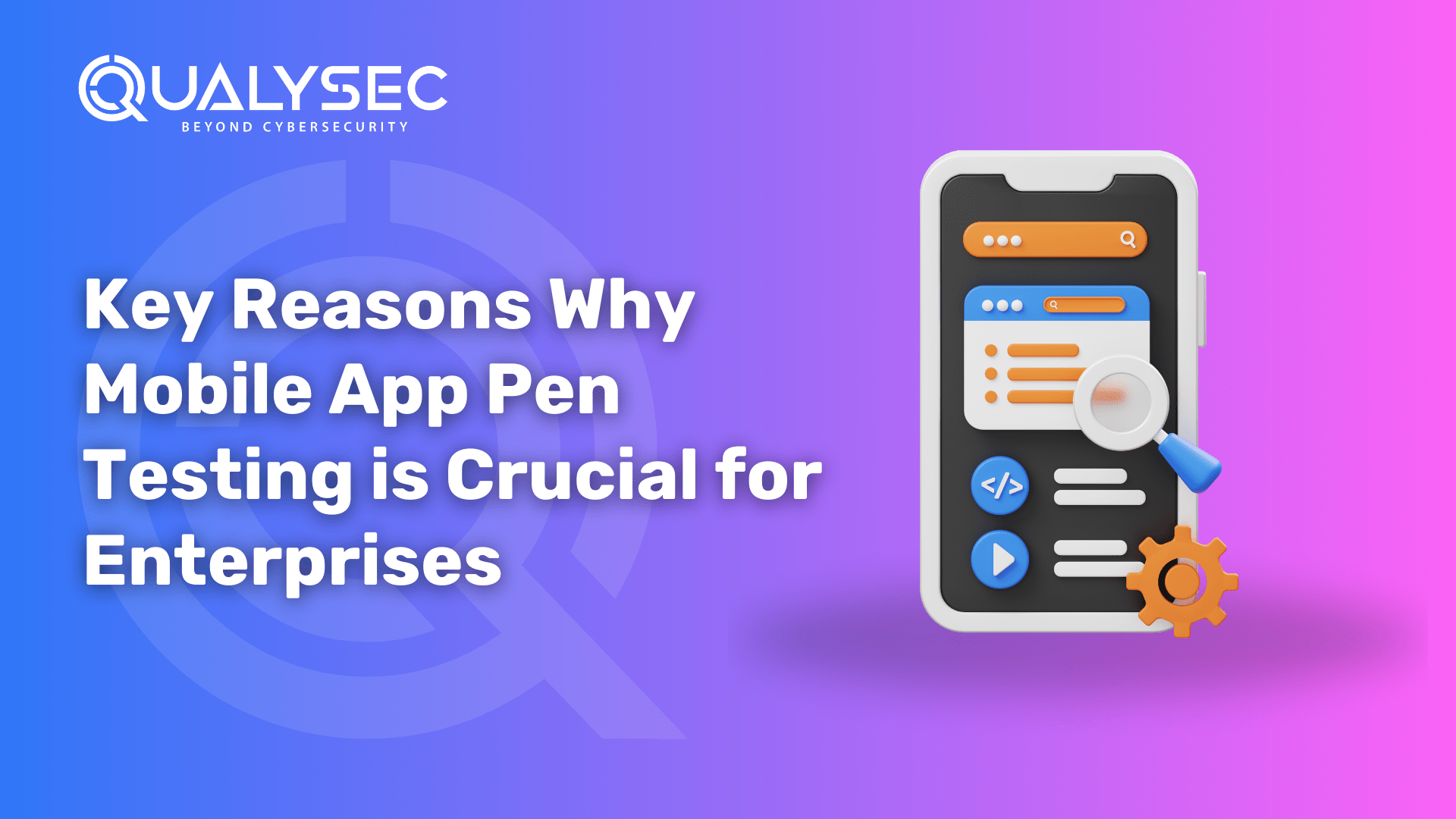
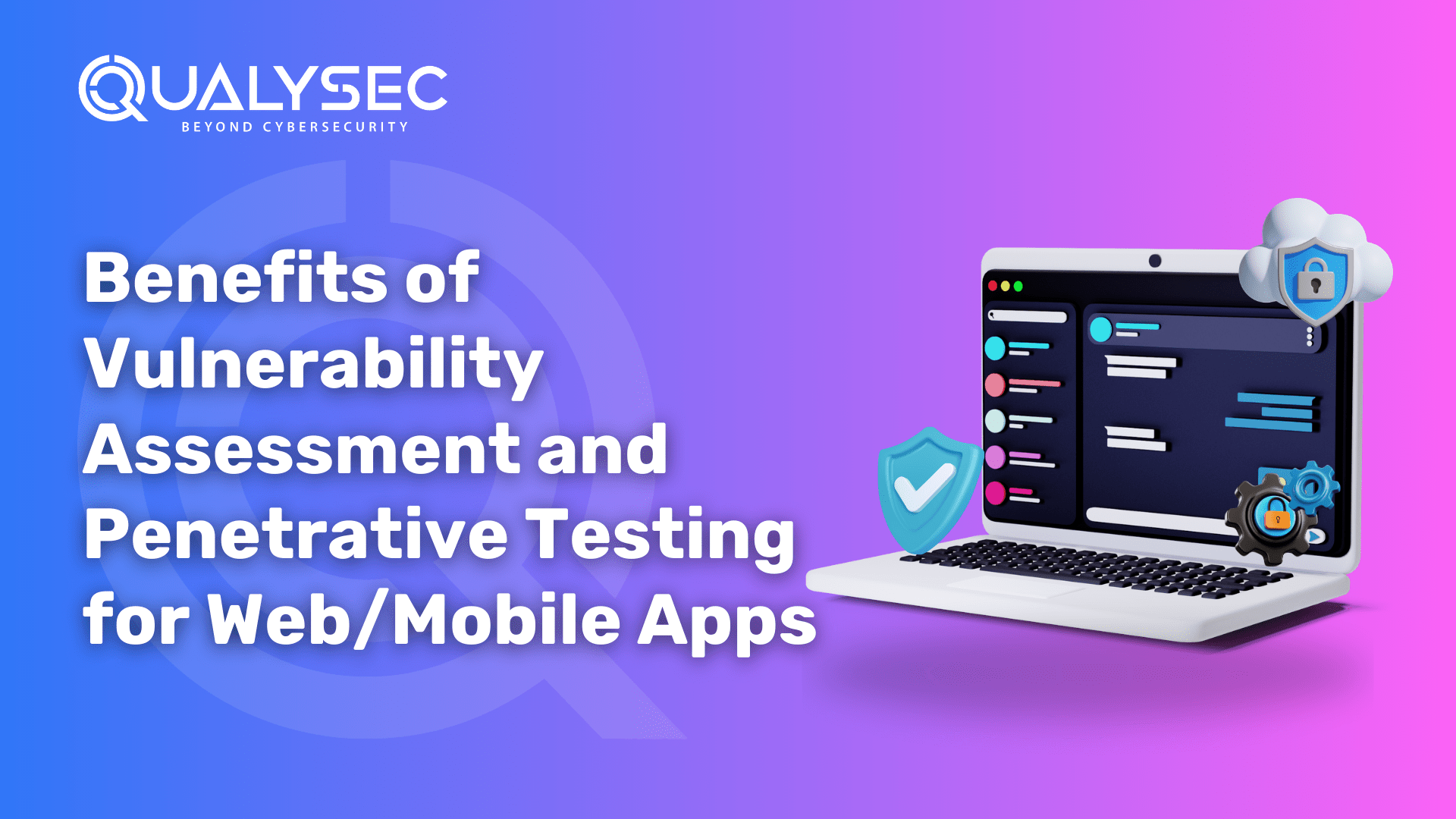
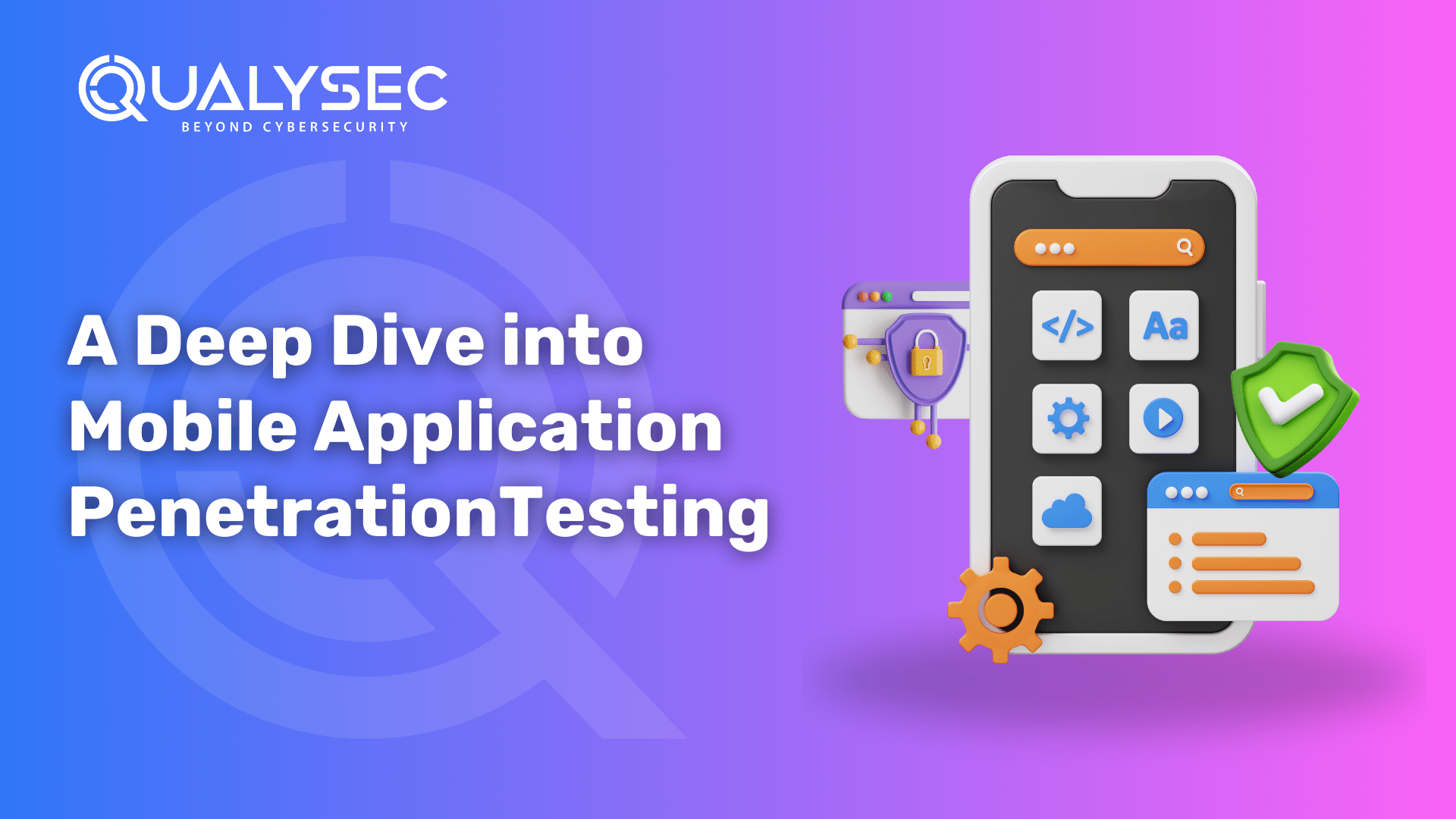

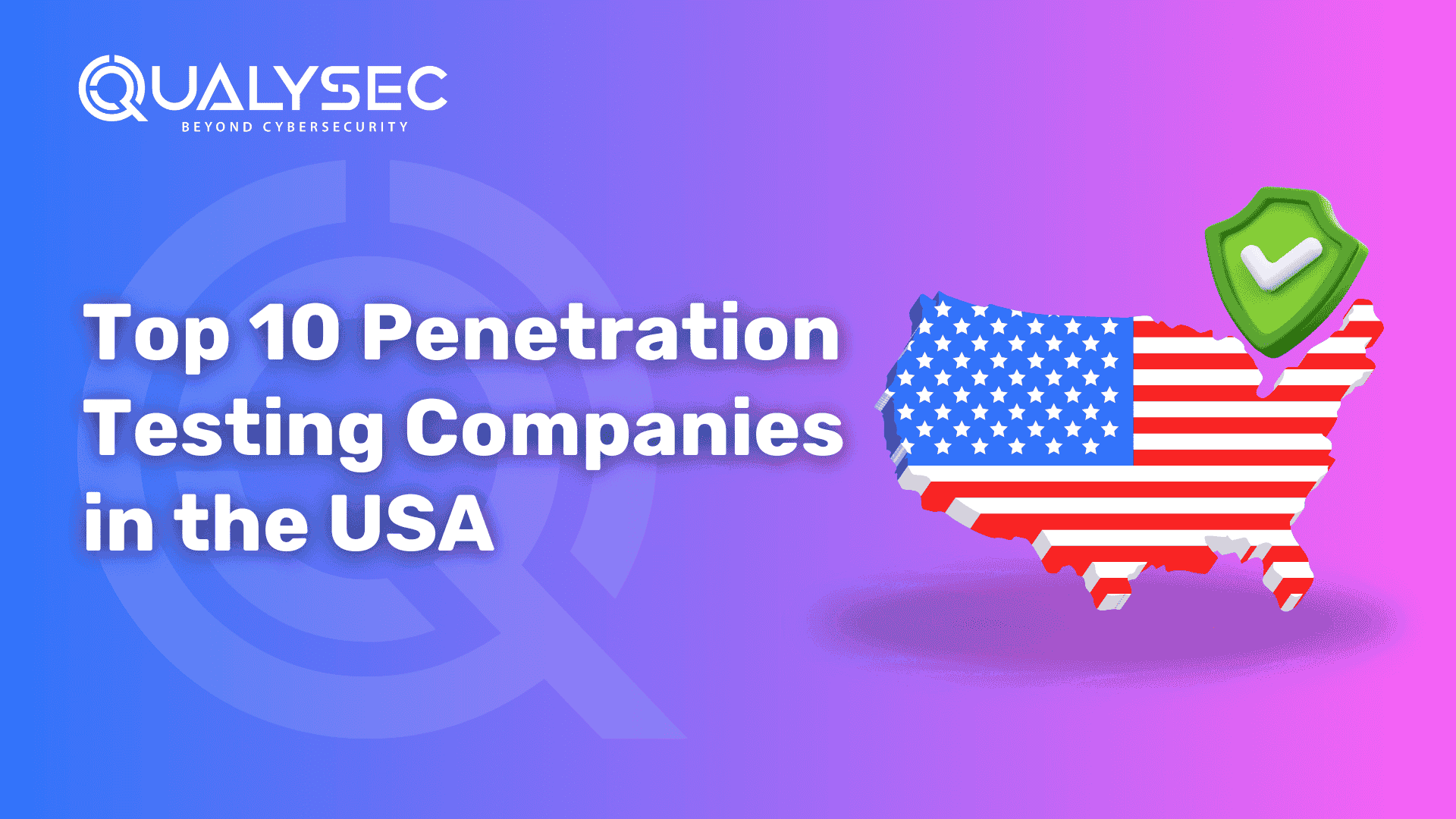
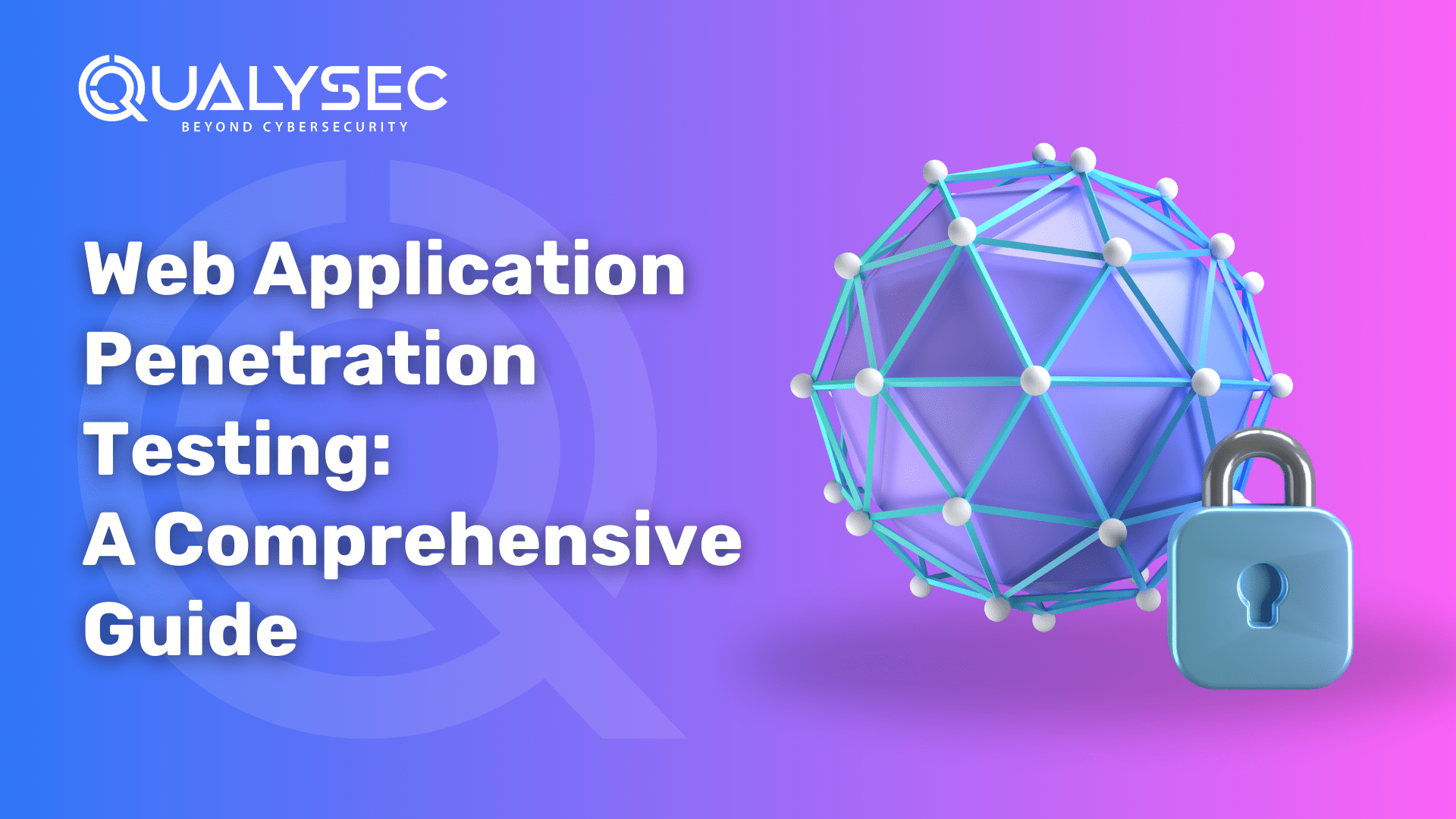
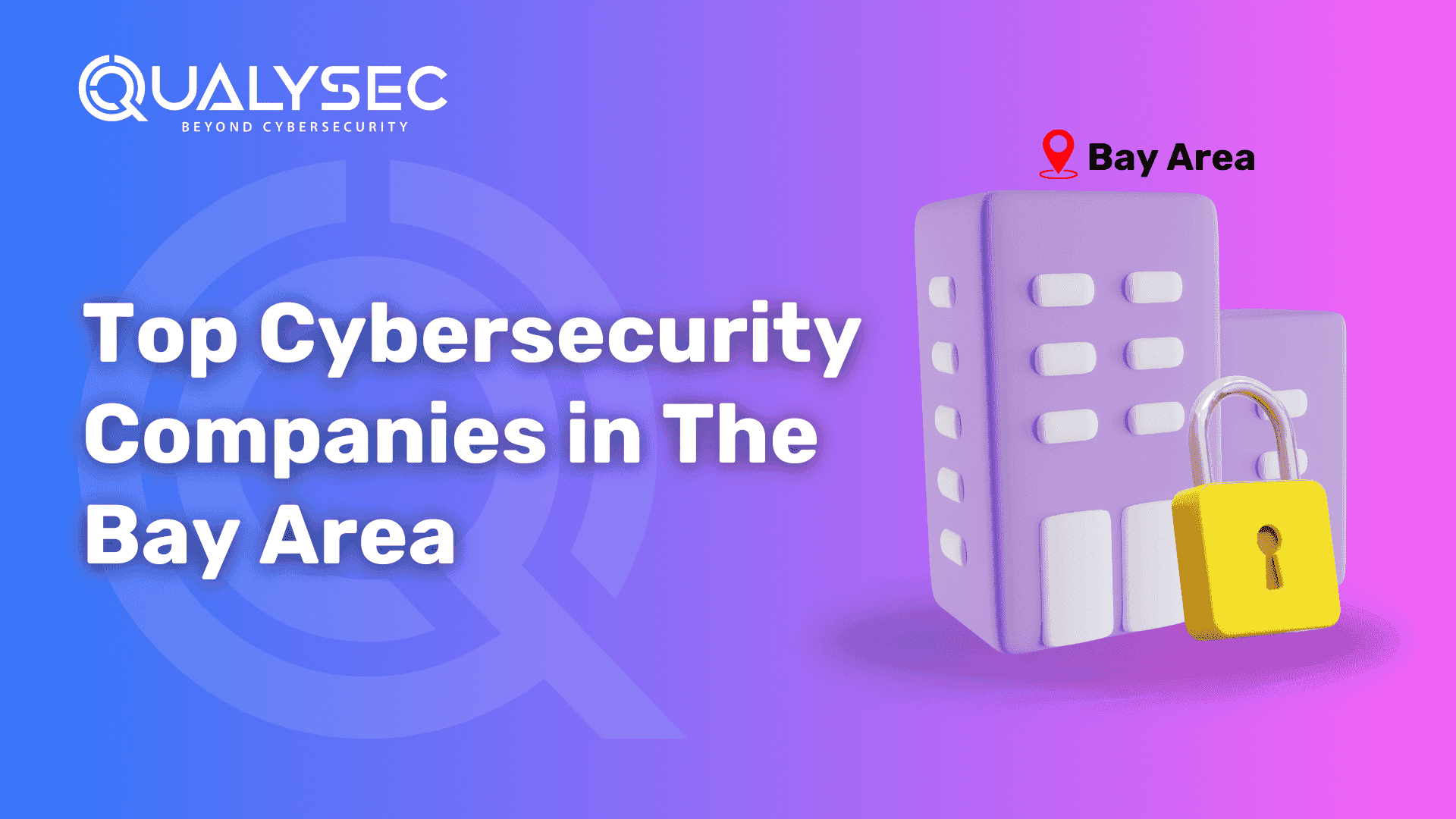
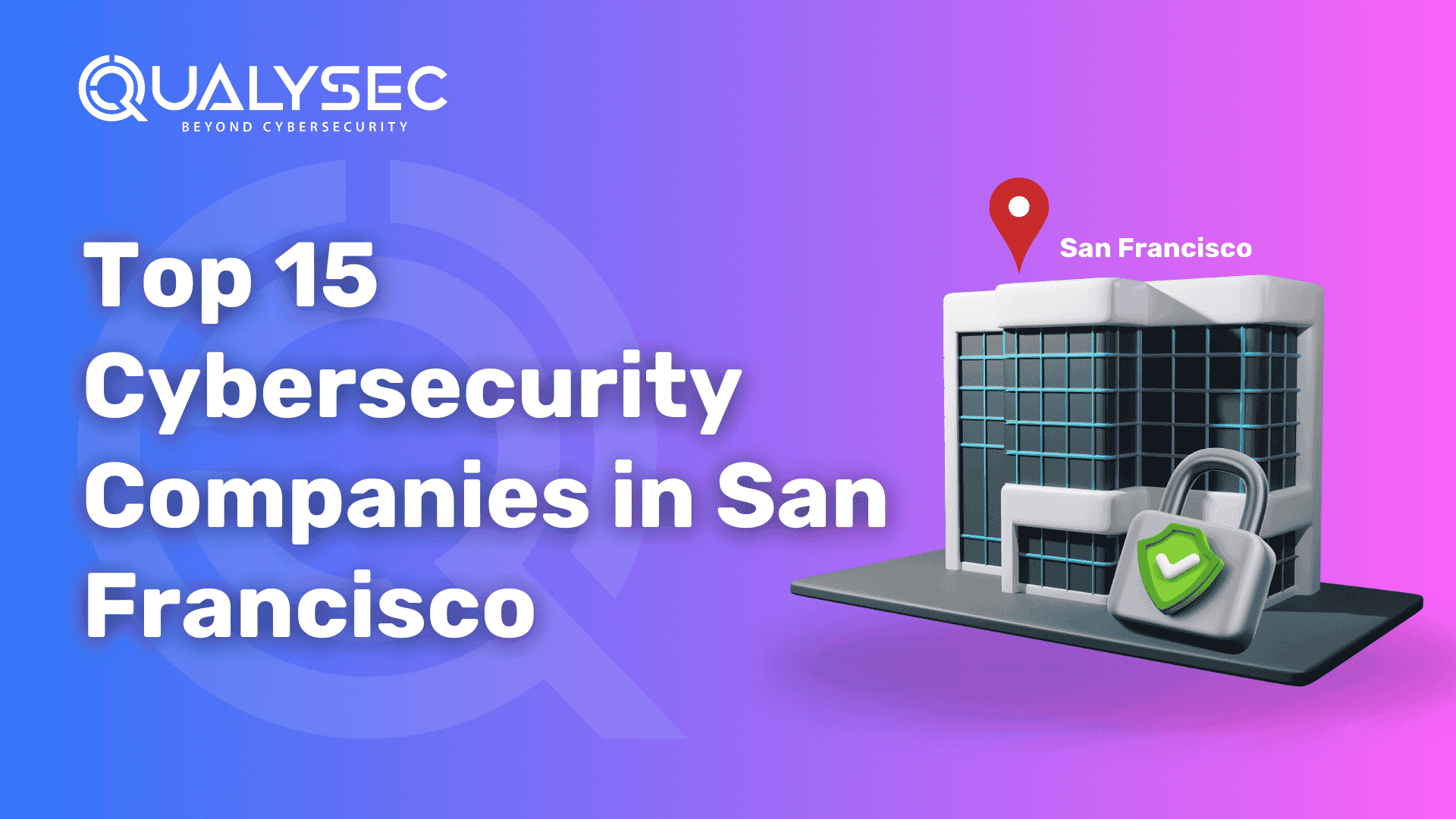
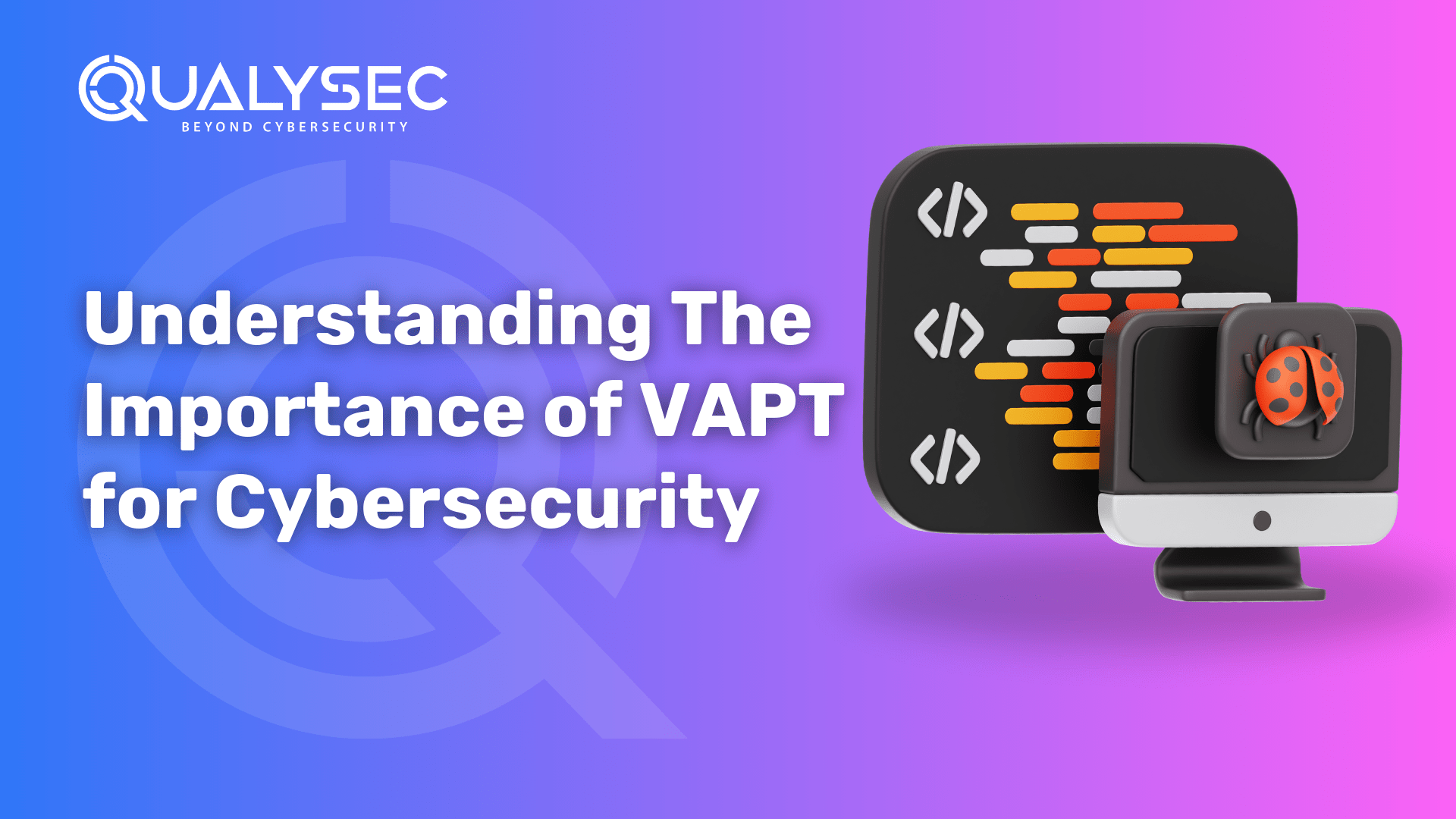
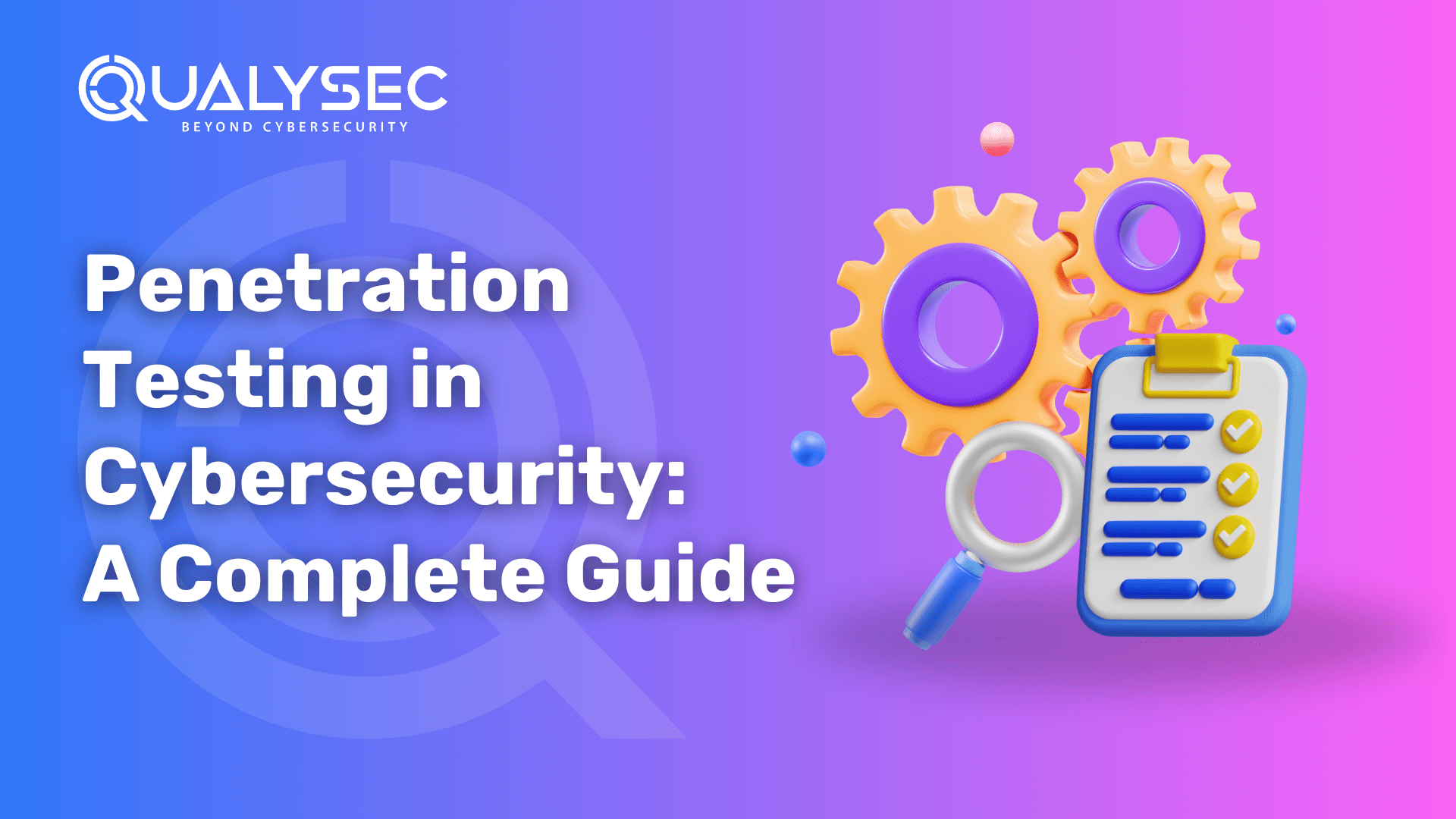


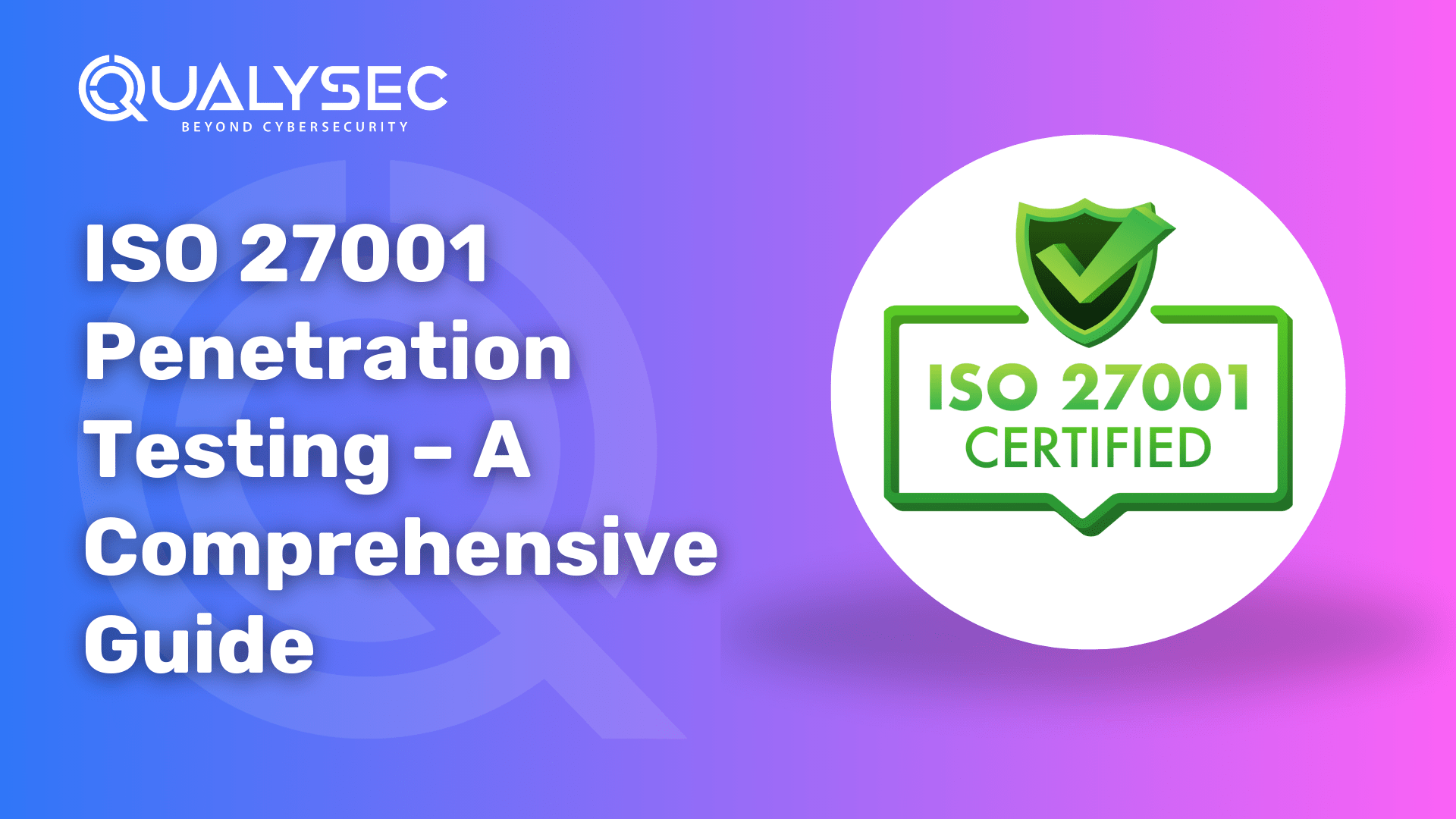
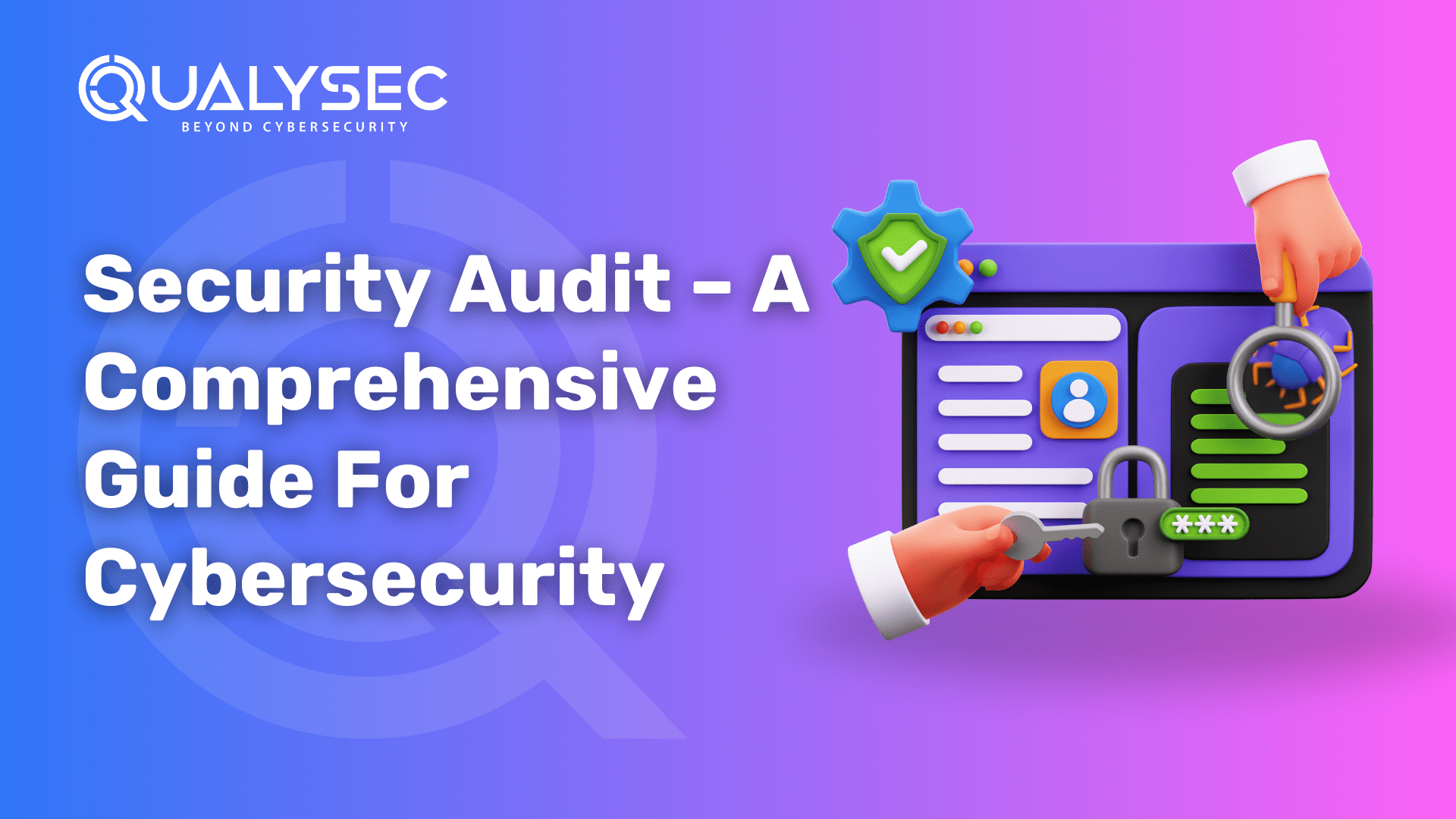
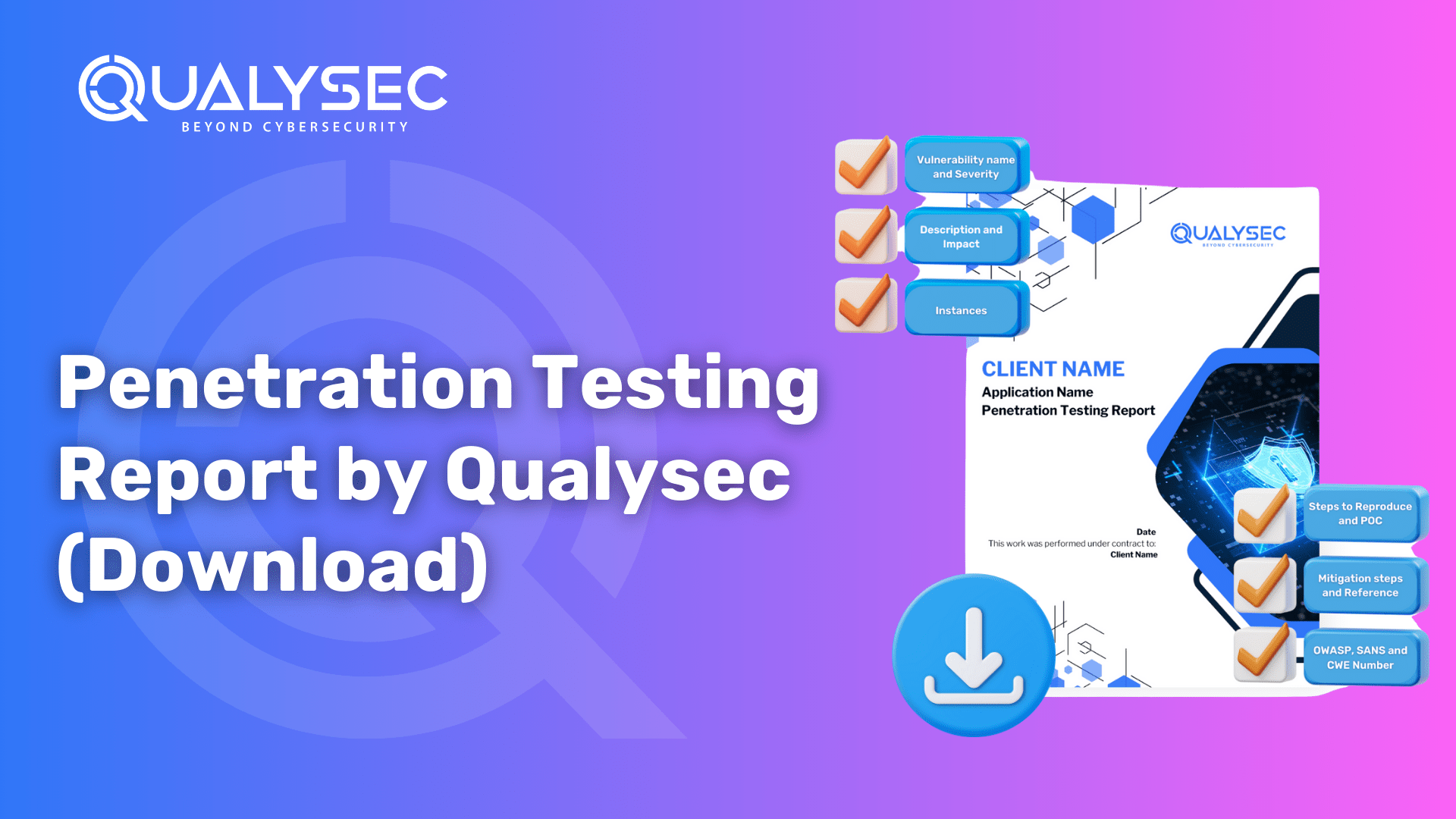
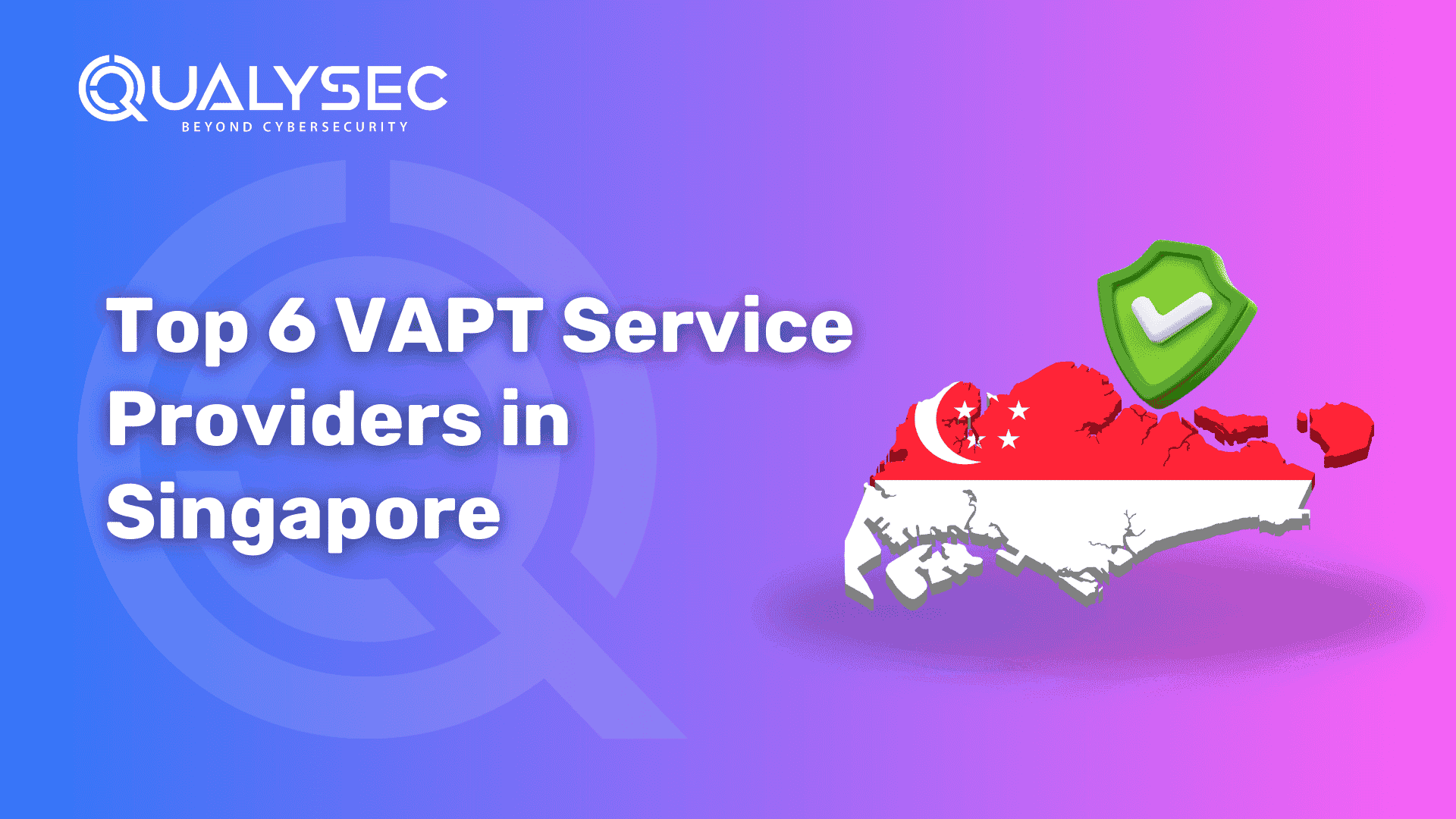
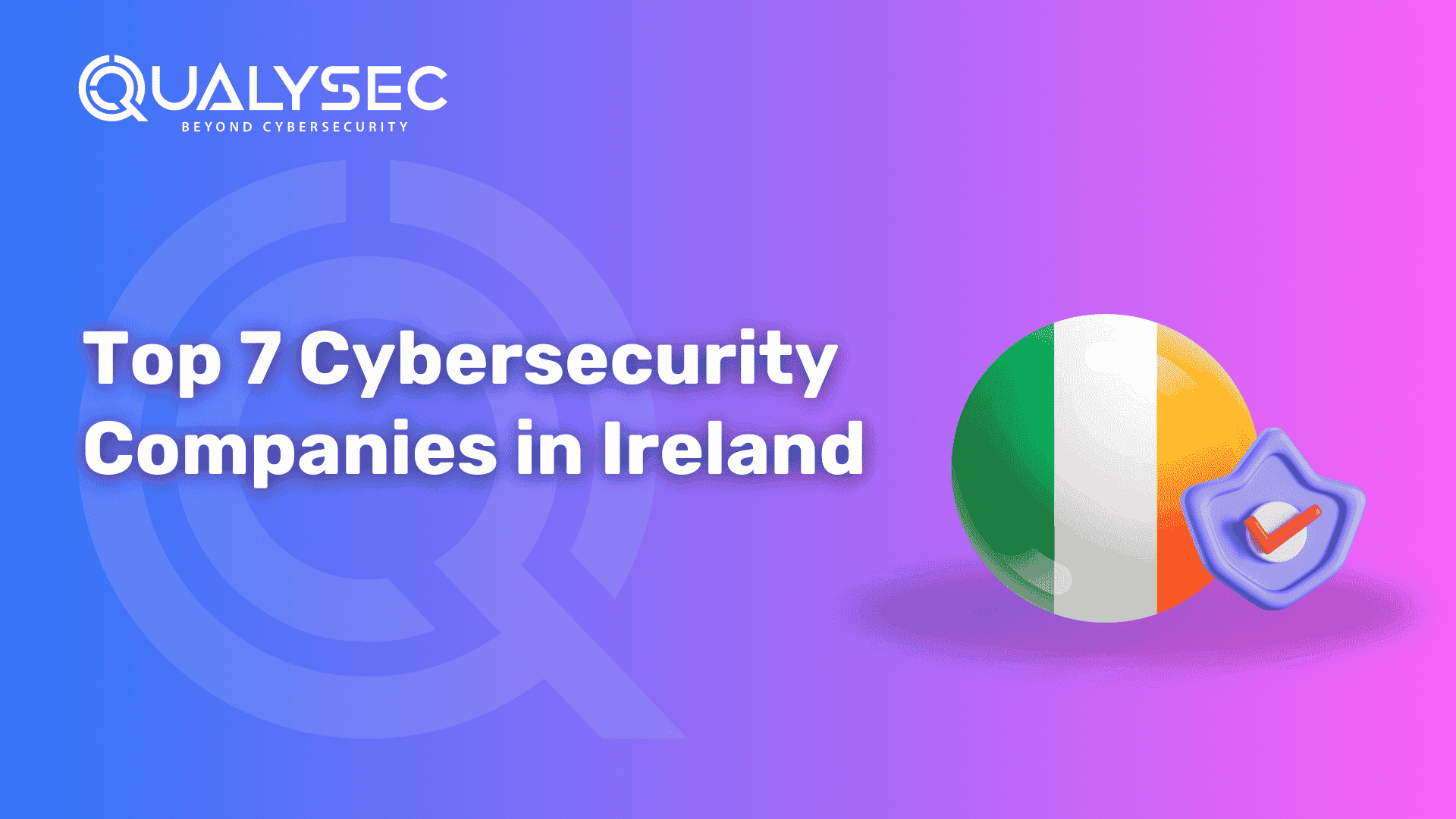
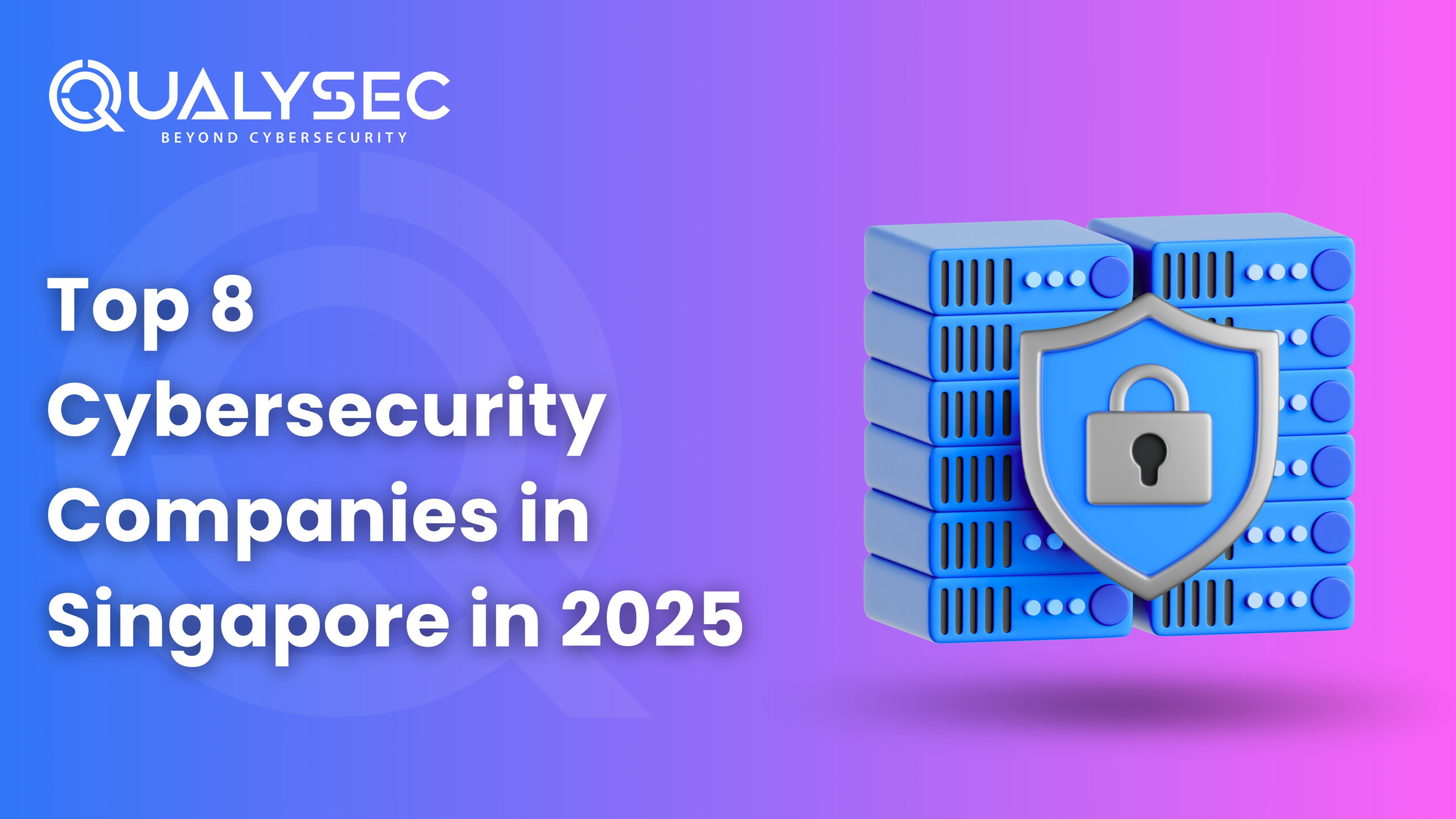
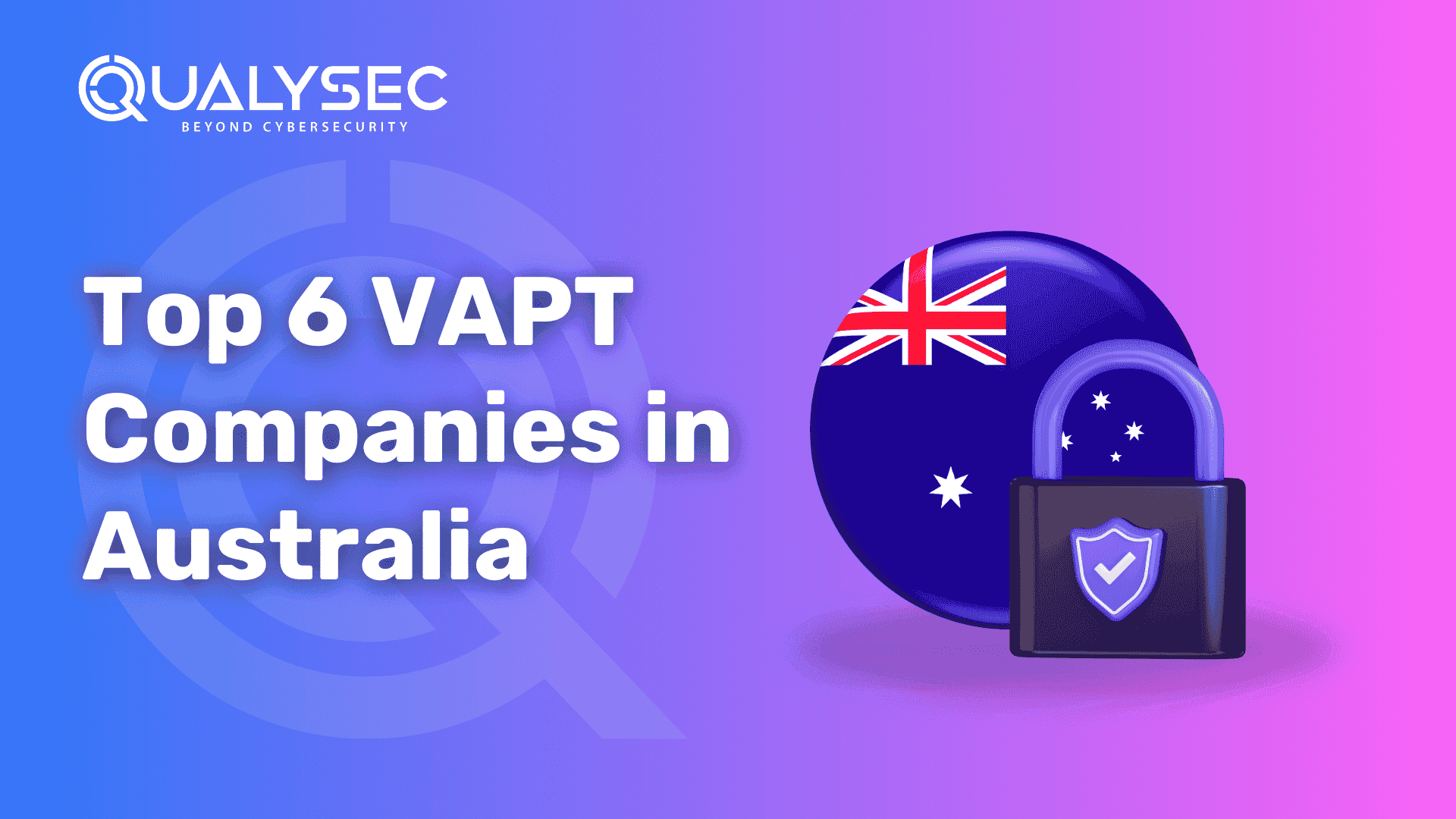
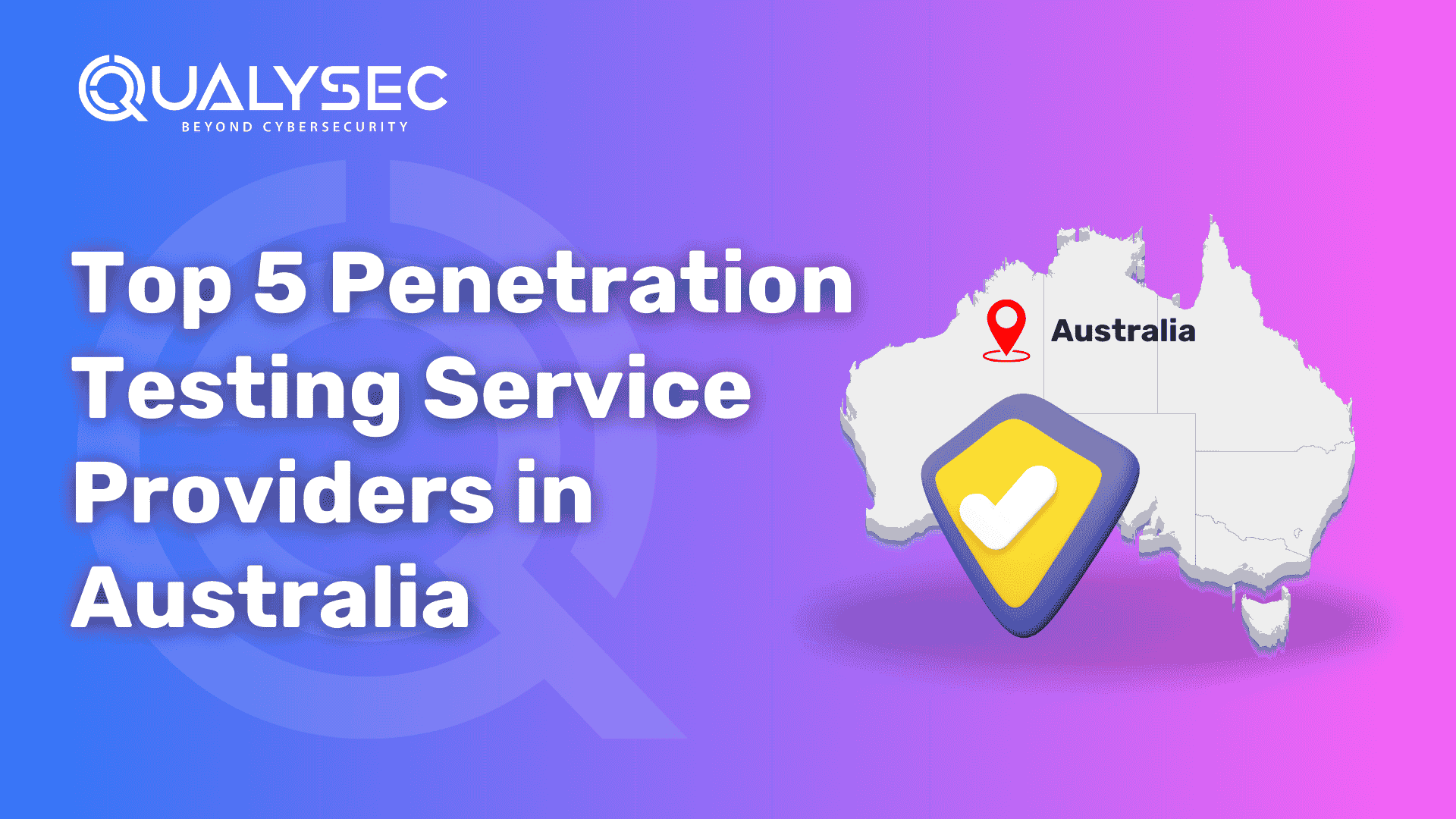
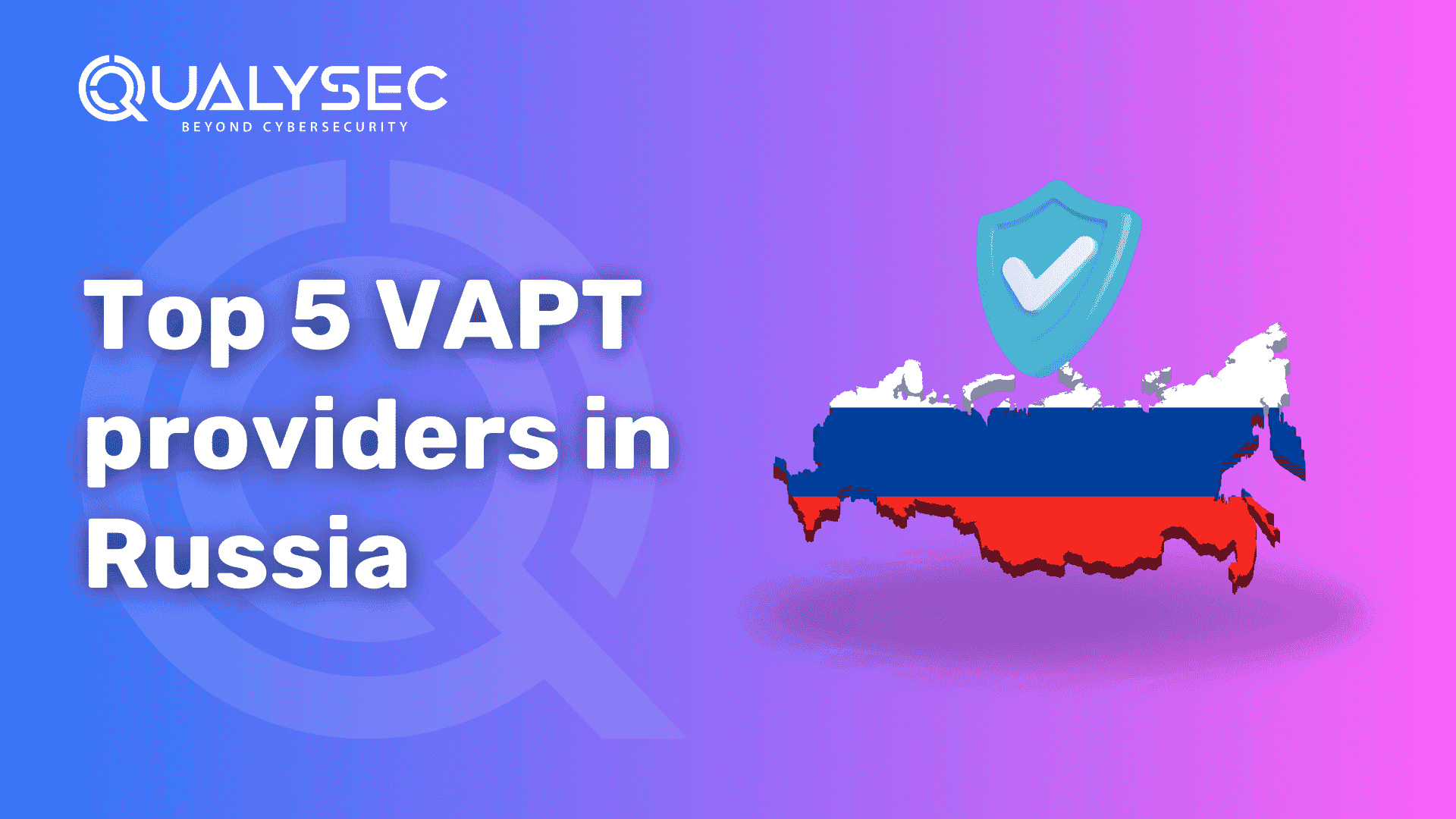
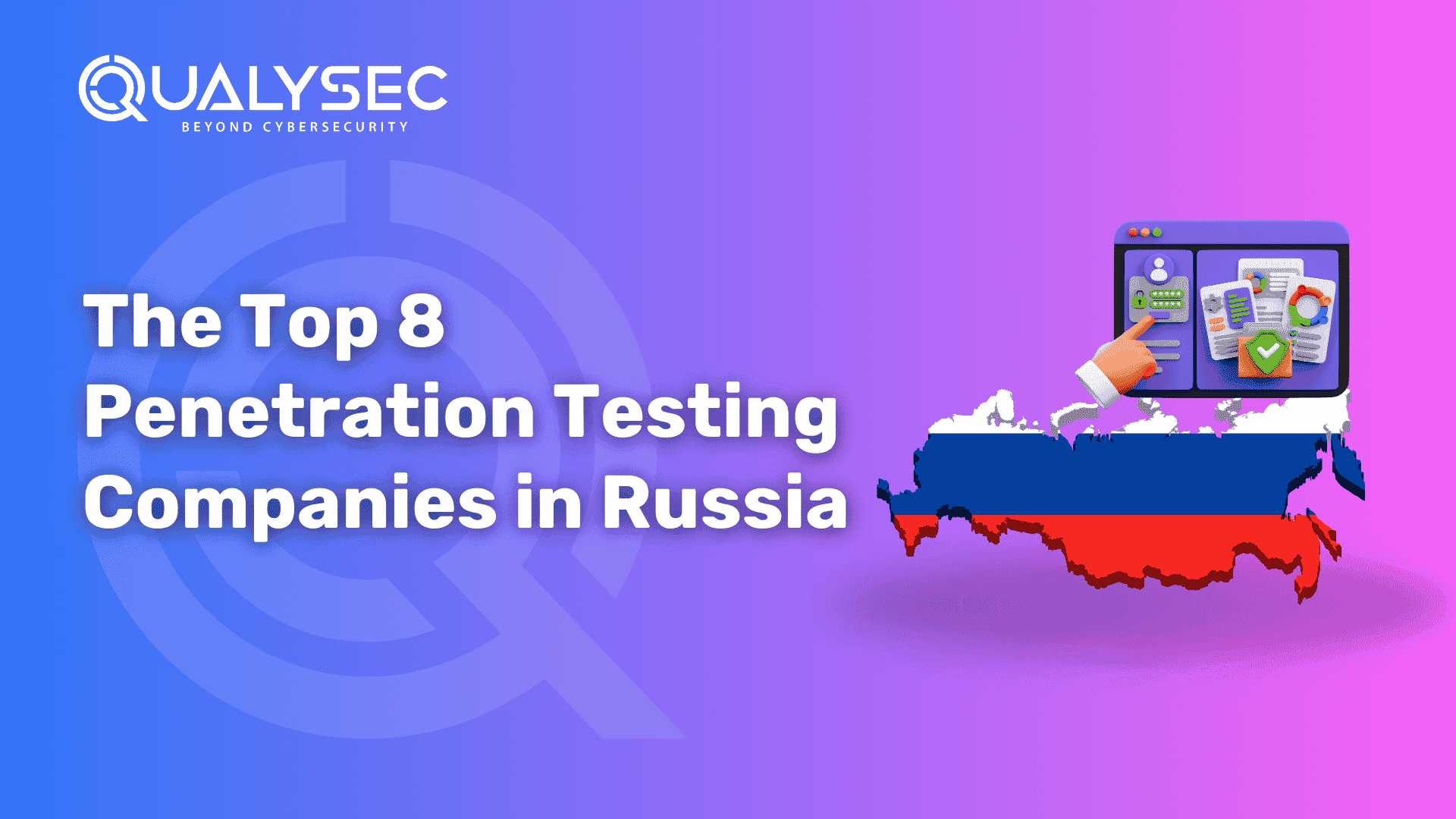
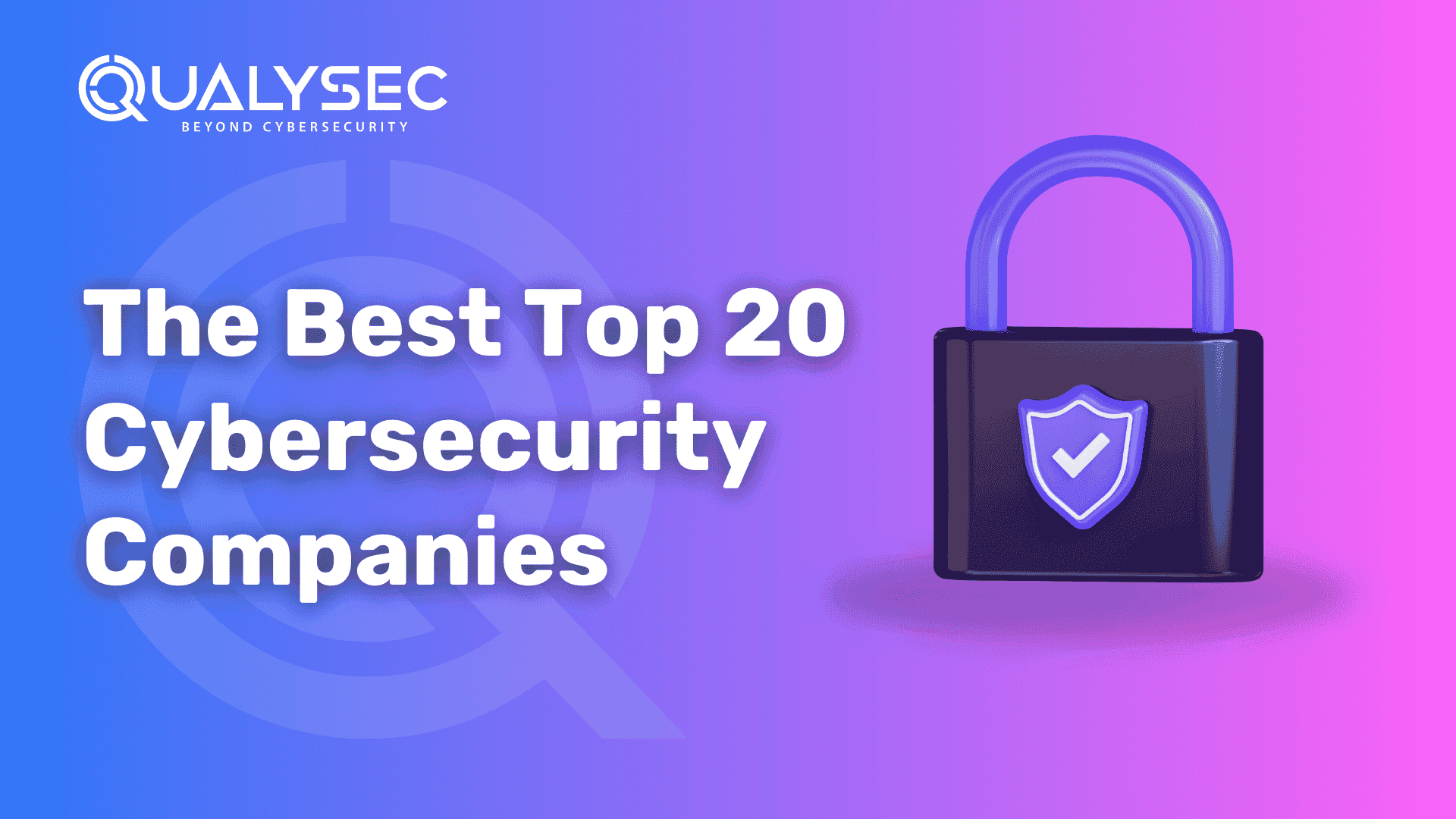
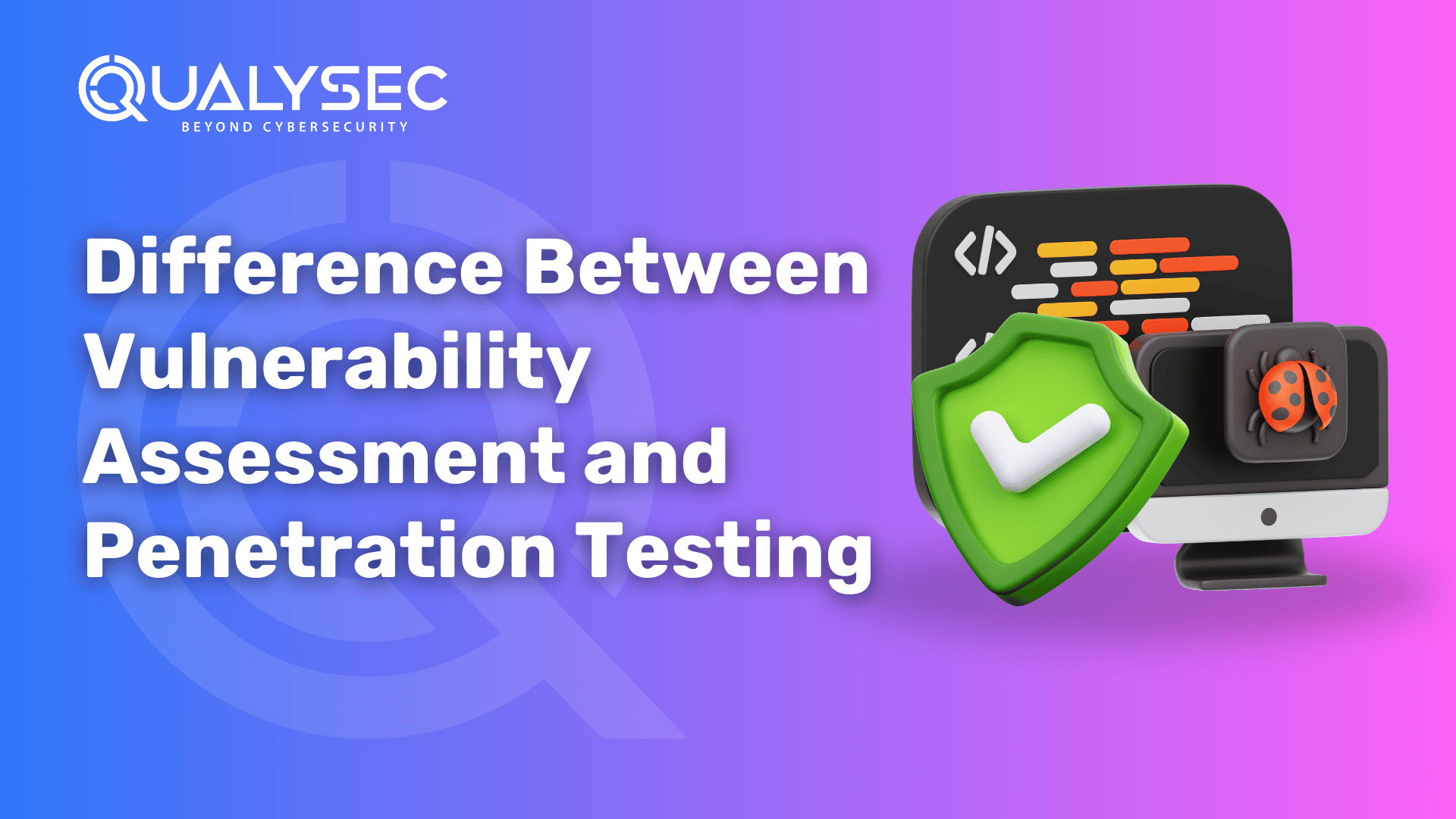
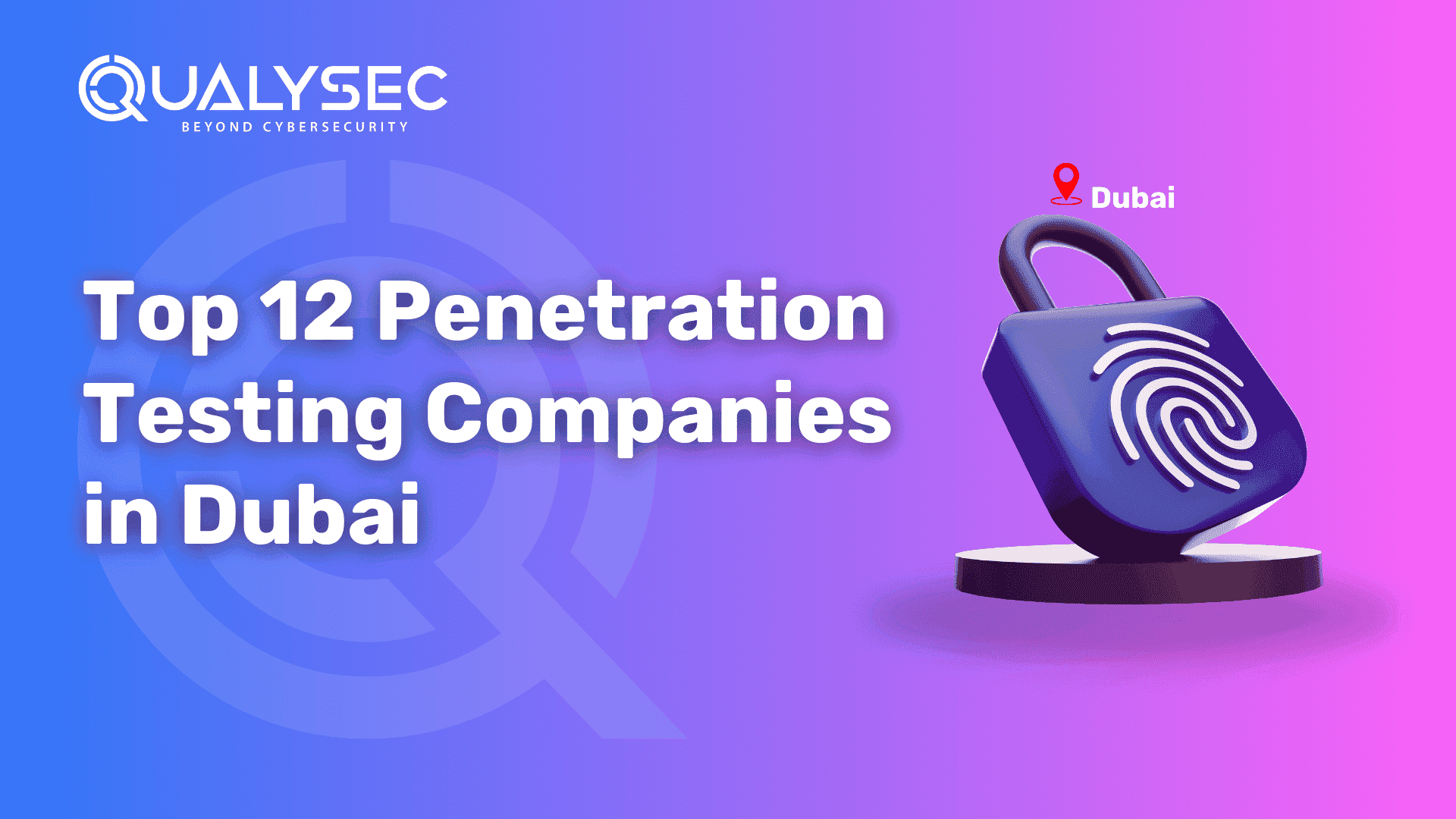
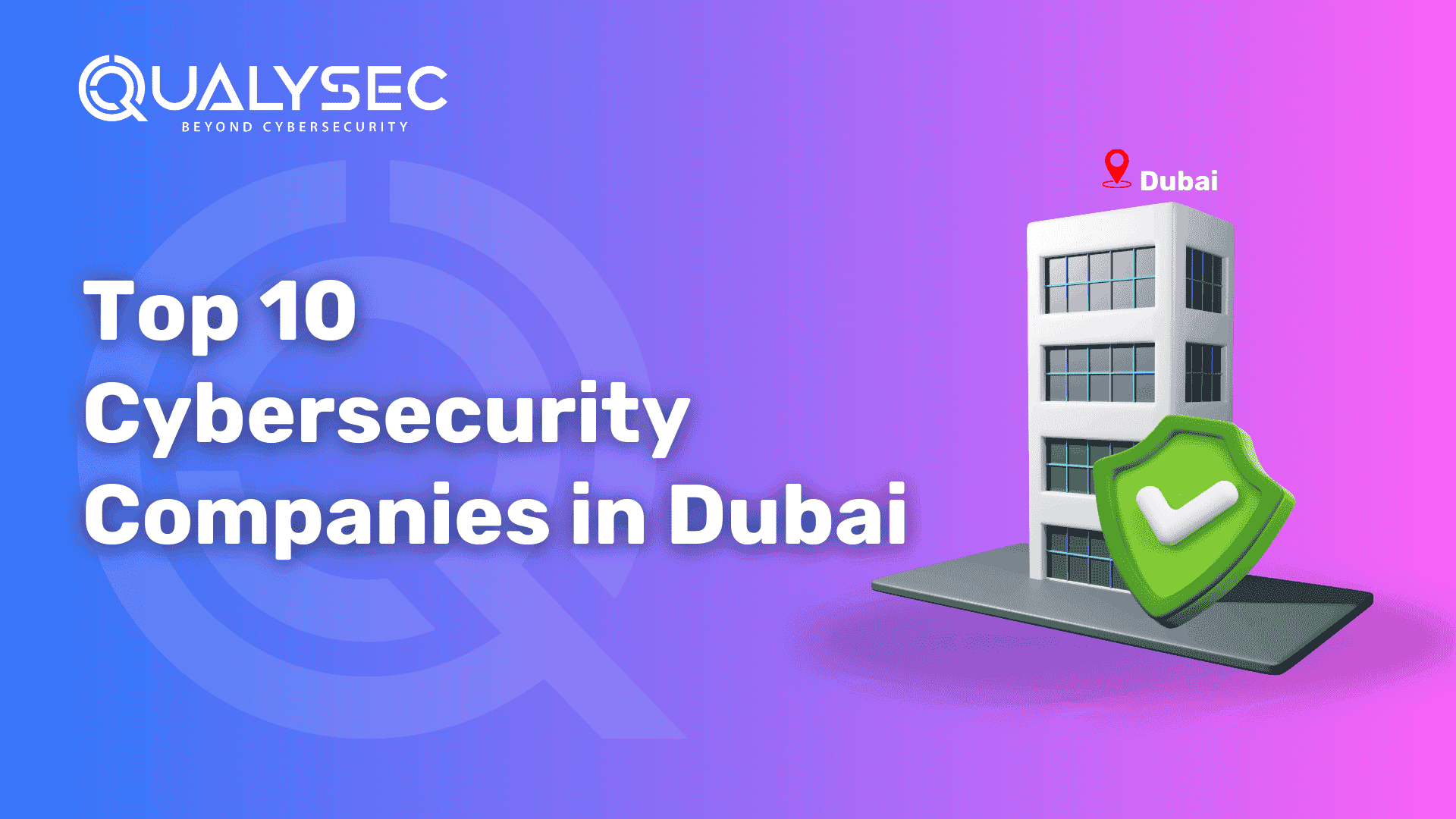
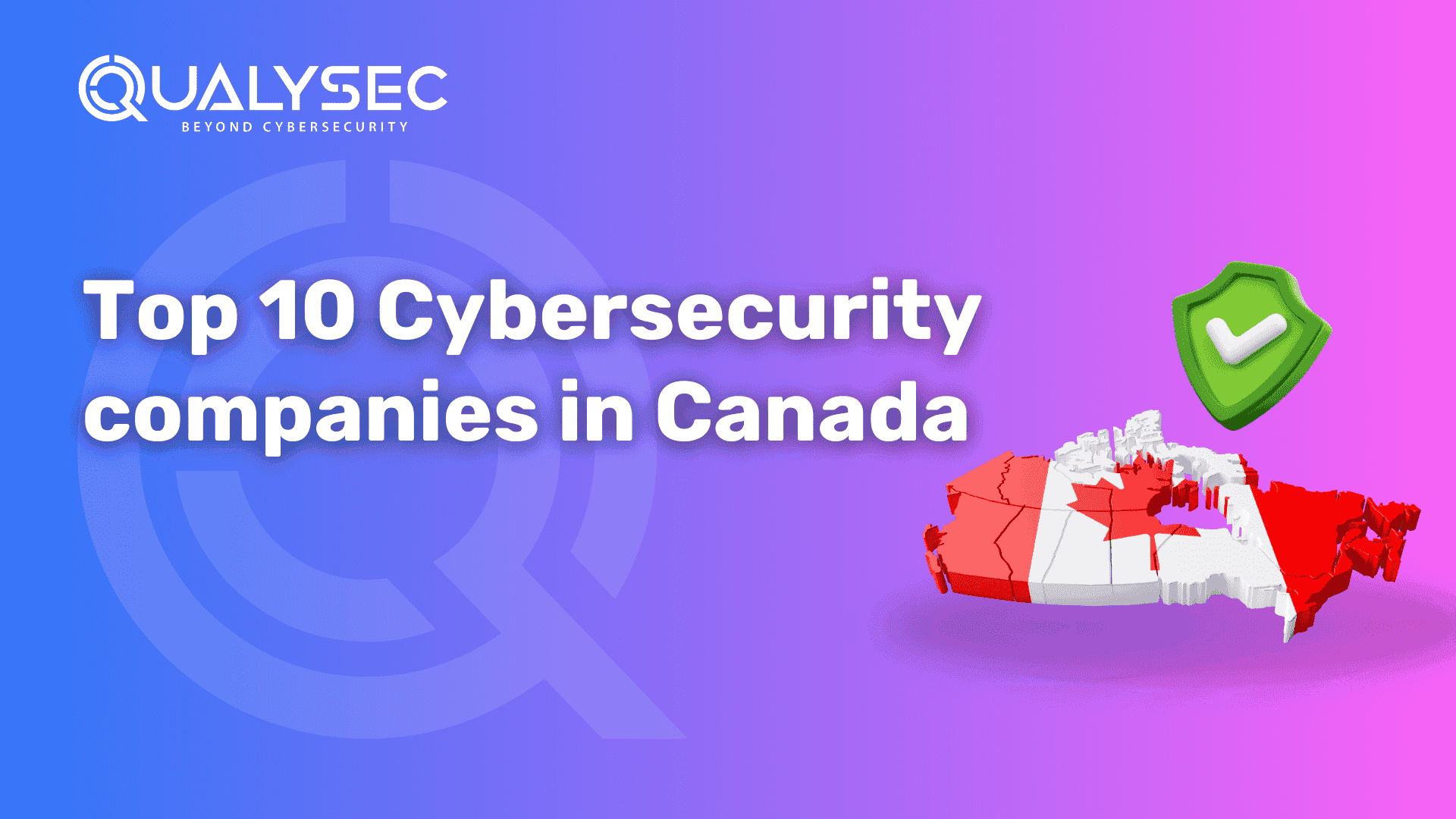



0 Comments